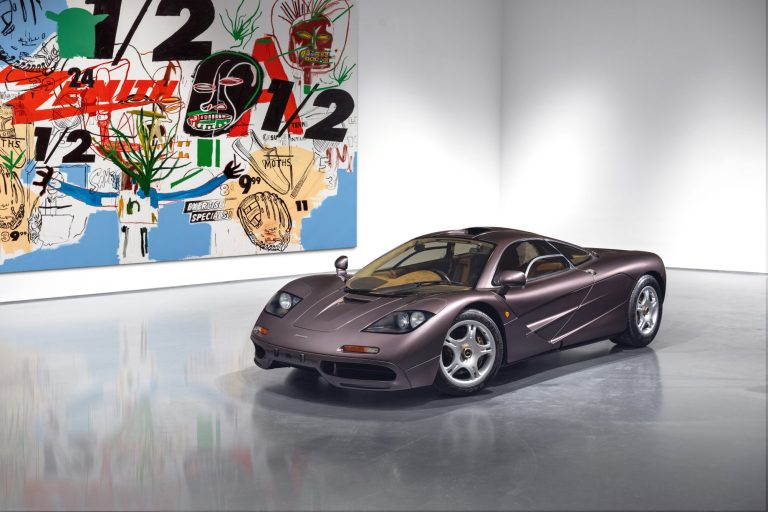
1995 McLaren F1 For Sale
From time to time, special cars come into the spotlight. One of these is the McLaren F1 which showcased the huge leaps in automotive engineering


From time to time, special cars come into the spotlight. One of these is the McLaren F1 which showcased the huge leaps in automotive engineering
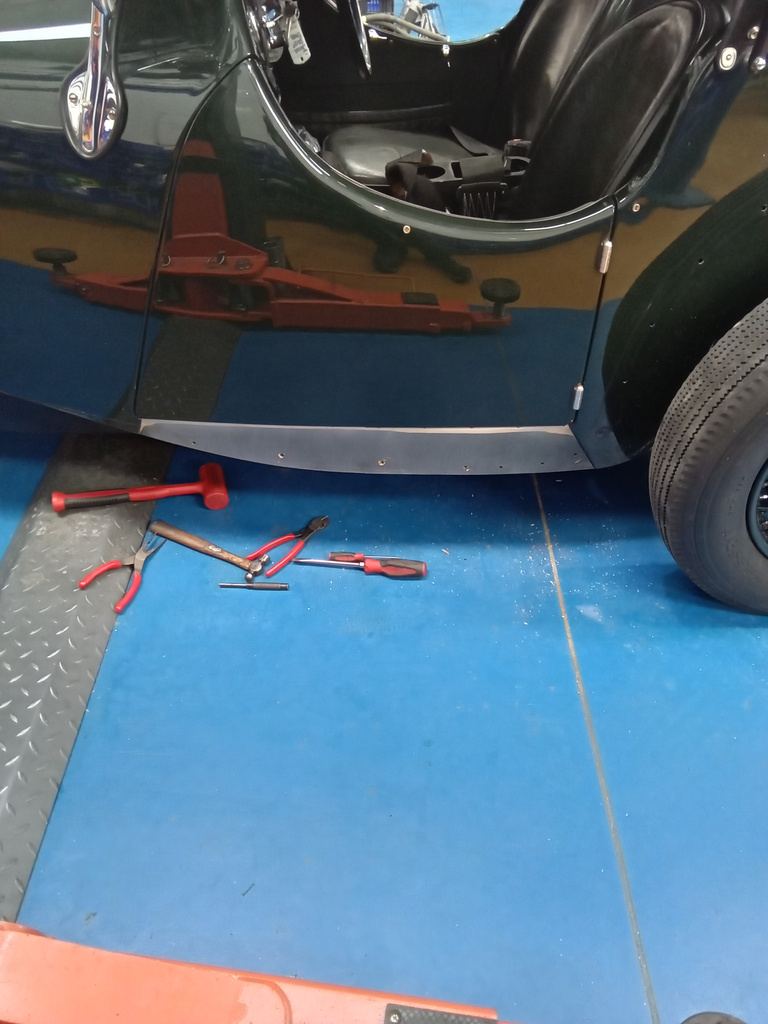
Technician Julian has been working on our 1939 Jaguar SS100. He has fitted new rear leaf springs as well as the reconditioned shock absorber. He
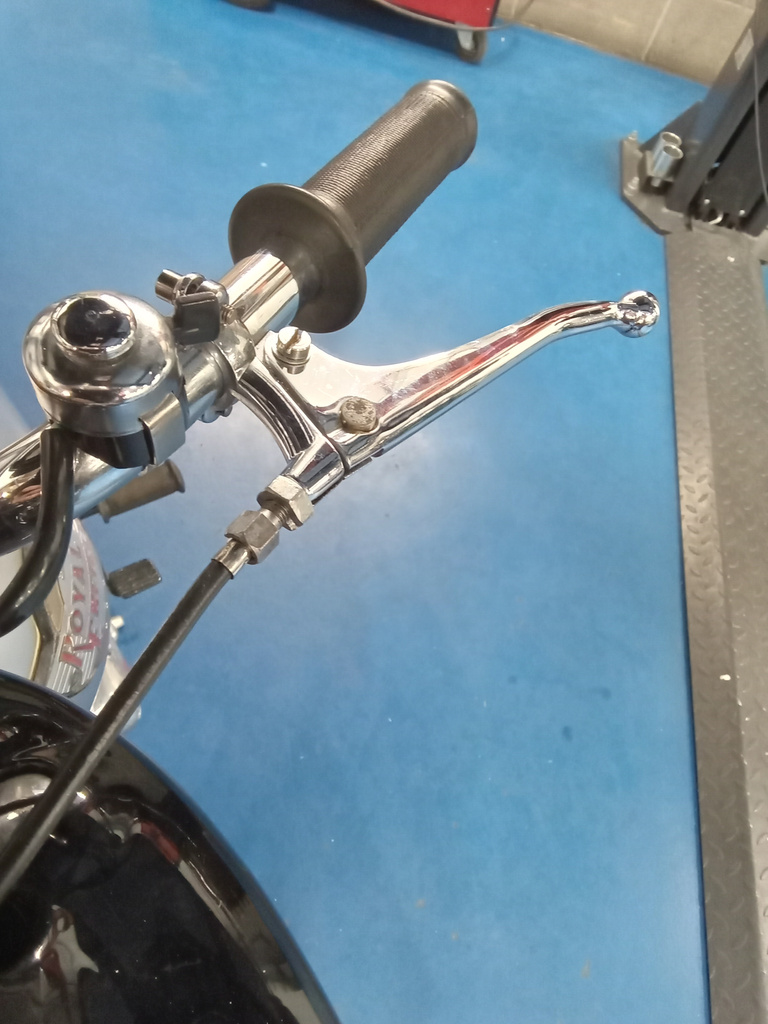
Our 1960 Royal Enfield Single has continued to make progress with technician Paul. He fitted the fuel cap, started the bike and test rode it.
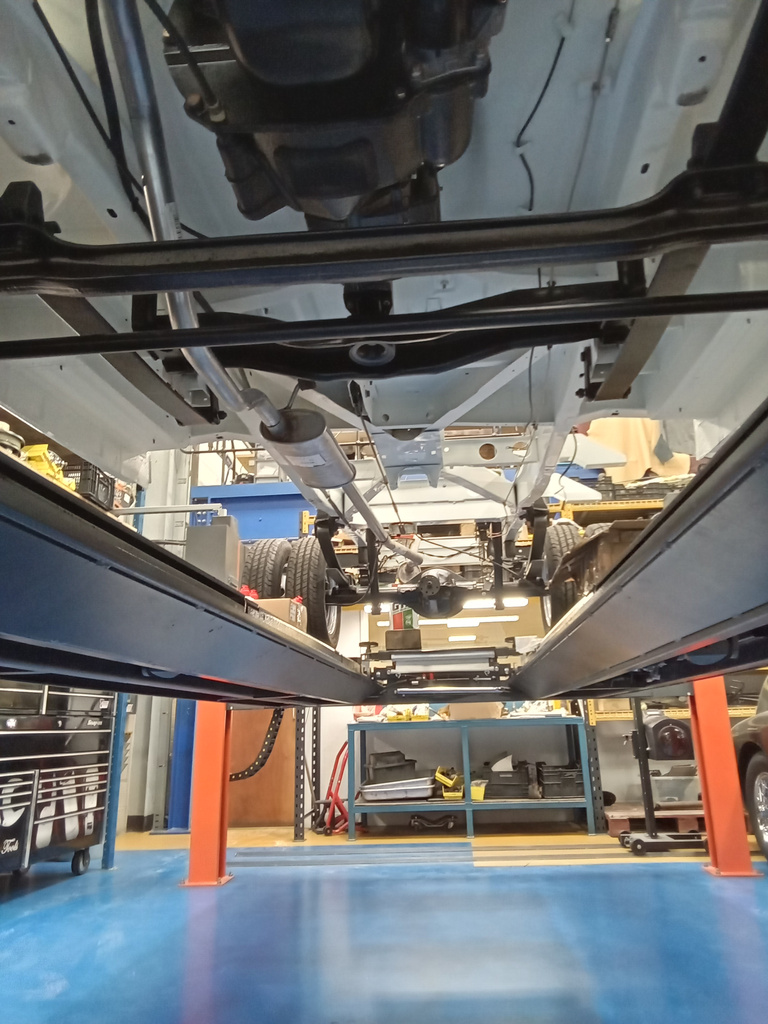
Steve has been continuing his work on our Ford Transit MKII Tipper. The rear fog light switch wasn’t working due to dirty internal contacts. Steve
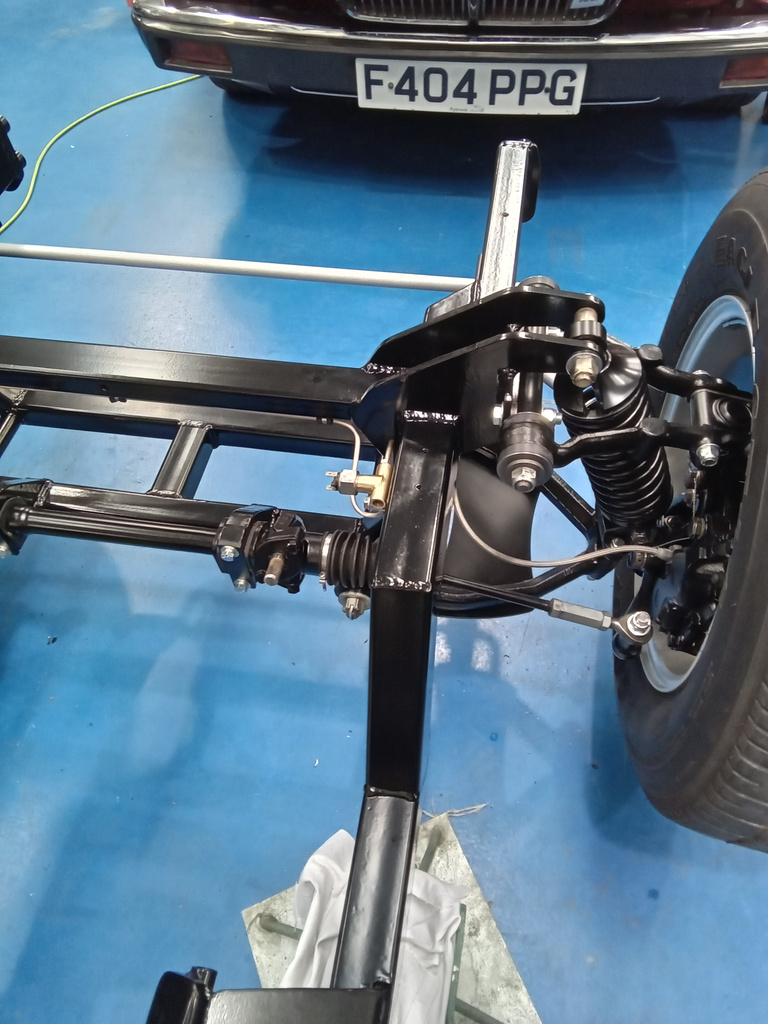
The front suspension of our 1975 AC Cobra Replica is now complete with new coilovers and an anti-roll bar fitted. The differential has been rebuilt

The Bridge Classic Cars 2005 Mercedes Vito recently came into the workshop so Jonn could give it a health check. Here’s what he did:

Craig recently received an email from Mike who used to own one of our former projects – a 1961 Ford Consul. Mike was kind enough
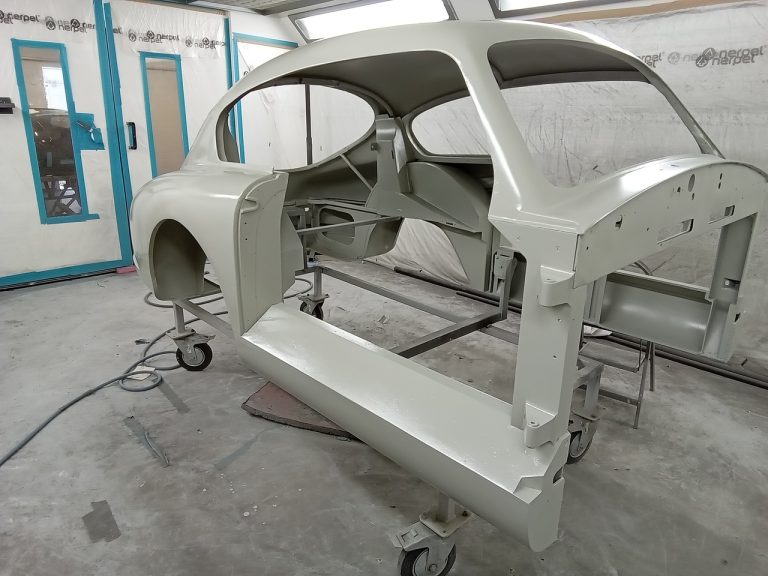
Paintshop manager Chris has been prepping the interior and exterior of the body of our 1953 Aston Martin DB2/4 ready for epoxy primer and paint.
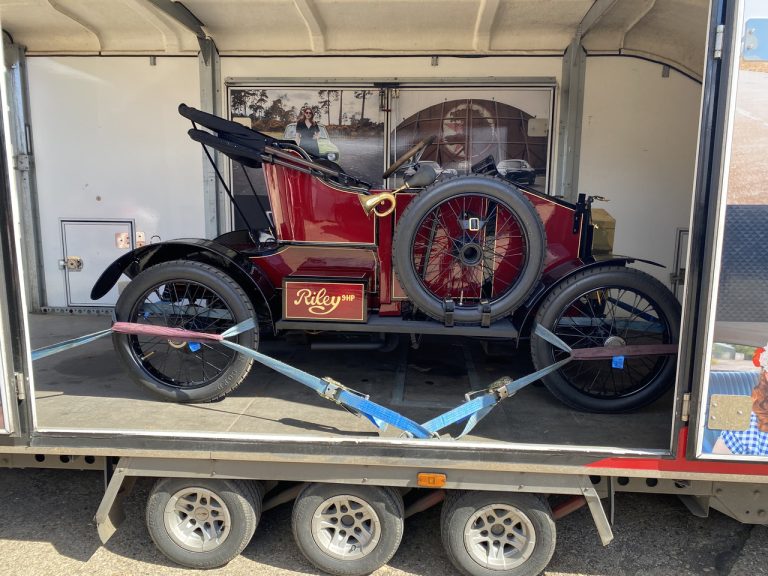
Tony recently collected our 1905 Riley 9HP and transported it back to the Bridge Classic Cars workshop. Now that it is back with us, we
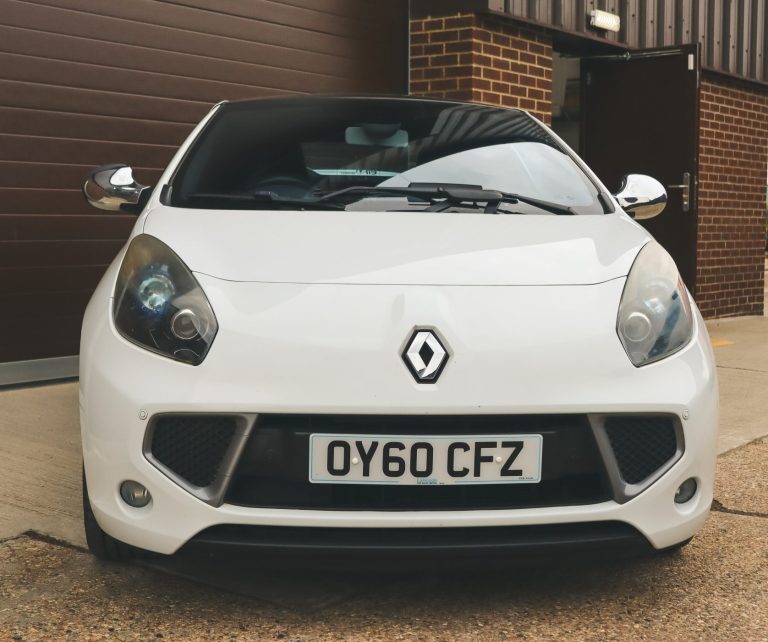
We have recently welcomed a more modern arrival into the Bridge Classic Cars workshop – our 2010 Renault Wind Collection. Only 200 of these were
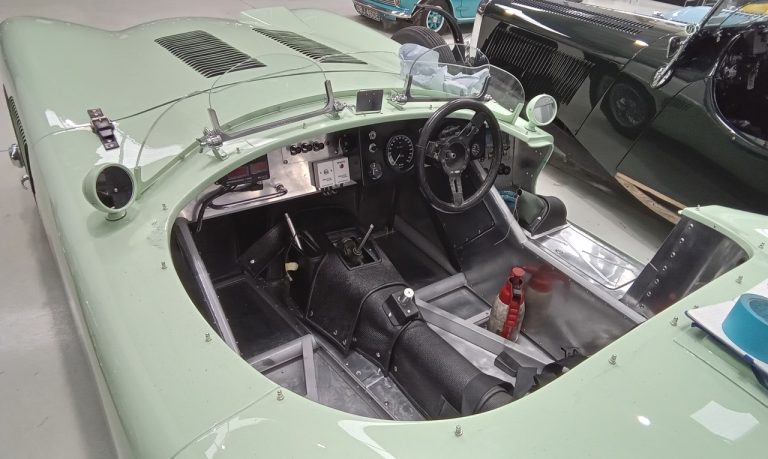
Jonn has been looking after our 2022 Bridge C-Type Replica. Here are his notes: Continue to work through list of jobs. Drill,dash and fit passengers

Both Paul and Lydia have been working on our 1956 Jensen 541. Once Paul had changed over the rear suspension leaf springs to the correct
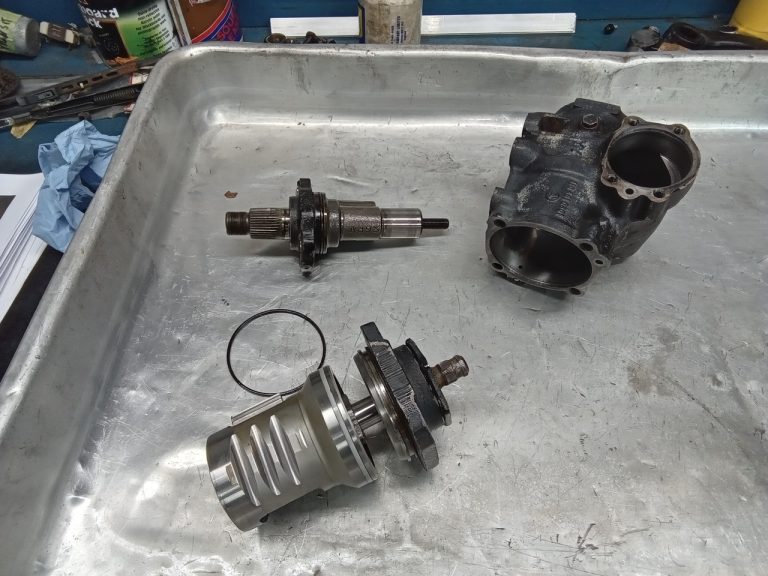
Steve has removed the power steering box of our 1988 Mercedes 300SL. Once it was removed, it was stripped and cleaned ready for new seals

Our 1960 MGA has been in the Bridge Classic Cars paintshop. After being stripped to bare metal, Mauro applied epoxy primer to the front wings,
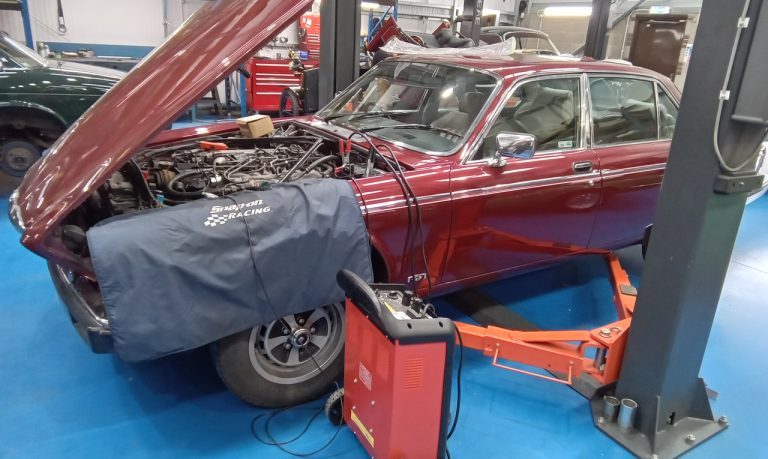
As our 1989 Daimler Double Six is being prepared to be won through Bridge Classic Cars Competitions, Jon has been completing some repairs. Here is
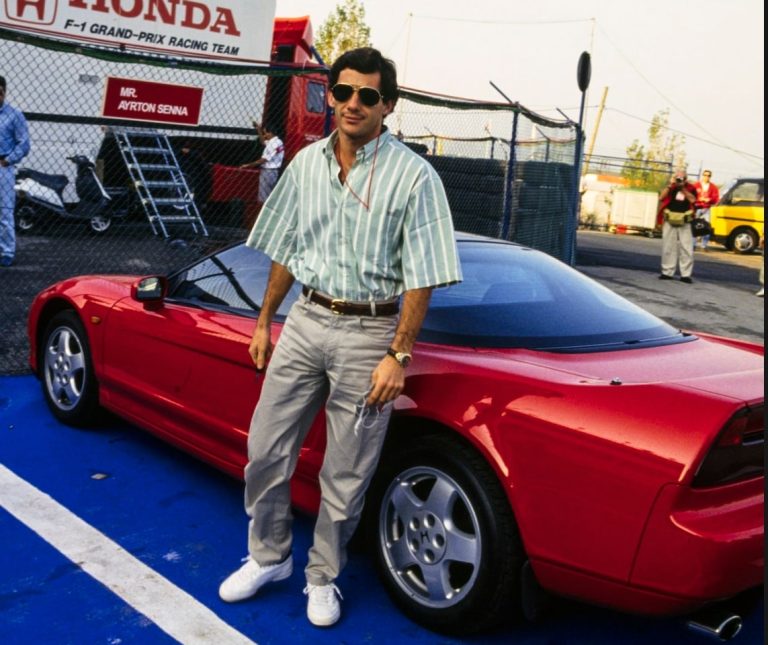
Formula 1 legend and three-time World Champion, Ayrton Senna’s personal Honda NSX has recently become available for purchase on Auto Trader, for the price of
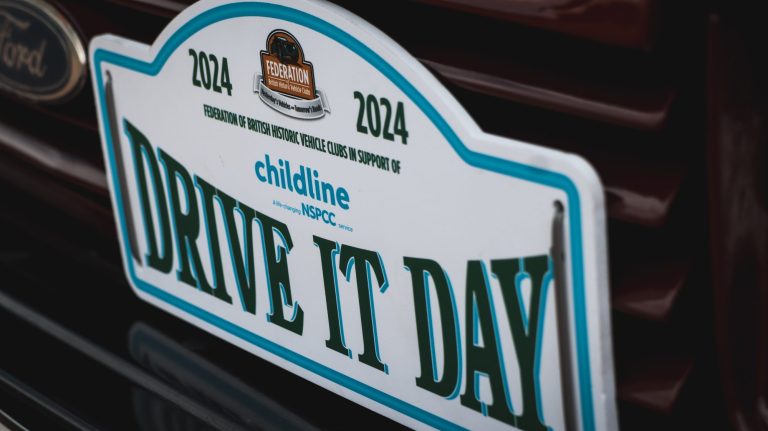
Another year of Drive It Day, another brilliant turnout. Unlike last year, the weather remained dry and bright. There was a massive variety of cars

Our 1958 Austin Healey 100/6 has just arrived at the Bridge Classic Cars workshop. Once it has been inspected and assessed, with any repairs being
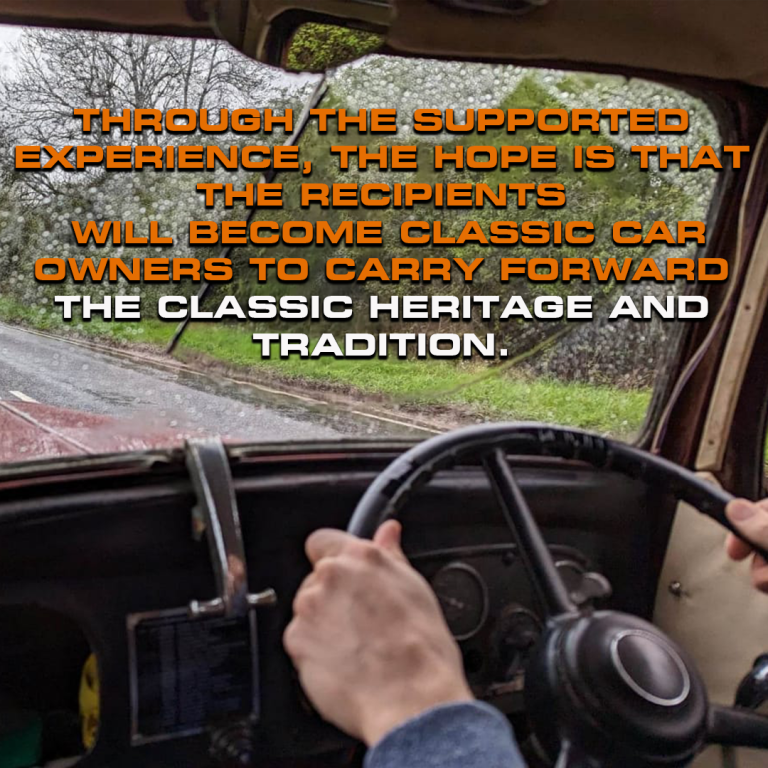
Bob Wilkinson created the Classic Car Loan Project (CCLP) which is proving itself to be very successful at bringing younger generations into the world of

Tony recently transported our 1965 Land Rover Series 2a from our secure storage facility back to the Bridge Classic Cars workshop before delivering it to

In preparation for our 1979 Triumph Spitfire to be delivered to its new owner (who won it through Bridge Classic Cars Competitions), Jonn has been
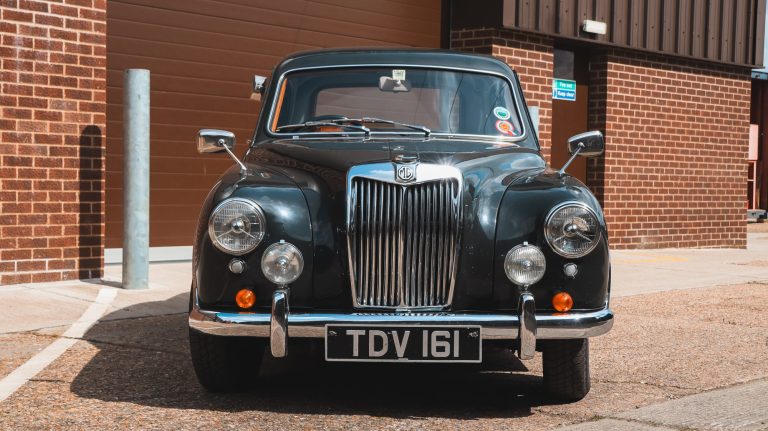
Earlier today, our 1955 MG Magnette arrived at the Bridge Classic Cars workshop. This new arrival is a little bit different though – it’s actually

Following the sale of Led Zeppelin manager Peter Grant’s Ferrari Dino GTS, Car & Classic has announced the auction of another legendary vehicle with a
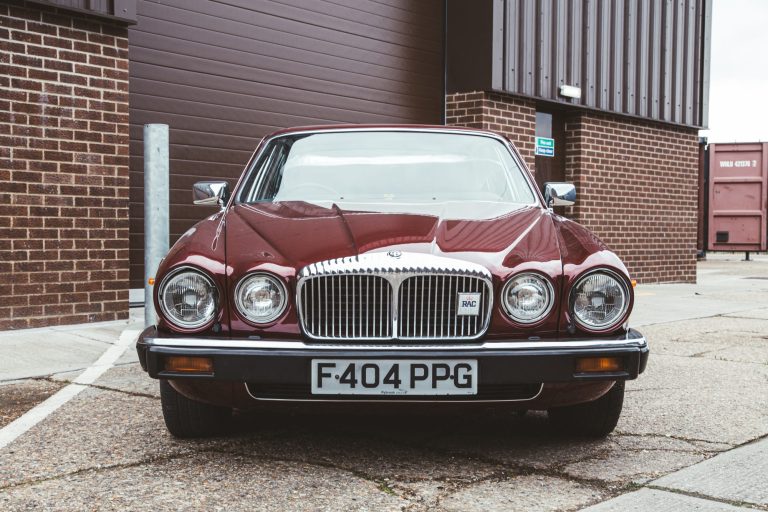
Our 1989 Daimler Double Six has arrived at the Bridge Classic Cars workshop. It will now be inspected and assessed before we decide its future.

Our 1954 Jaguar XK120 has made some great progress as of late. As you can see from the pictures below, things are starting to come
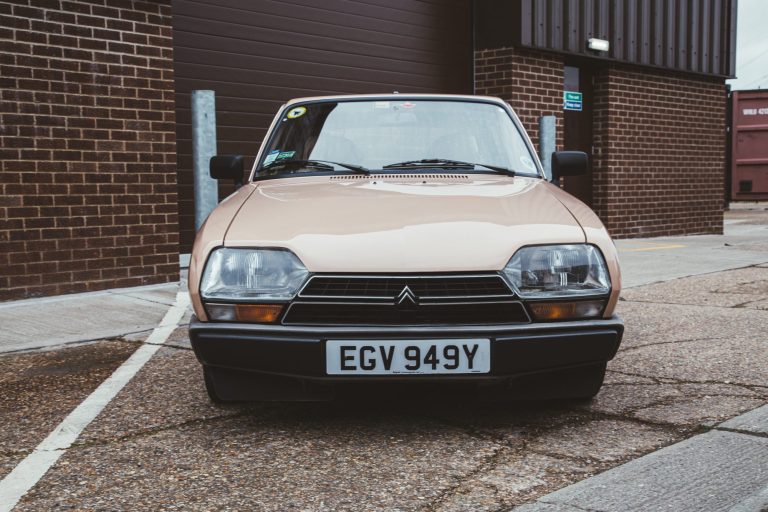
We recently welcomed our 1982 Citroen GSA into the Bridge Classic Cars workshop for a service. Technician Jonn checked all of the lights and levels
“Hi Craig, I have just seen your recent blog post regarding spotting the red TR3A you gave away in 2021…. well, after you guys took
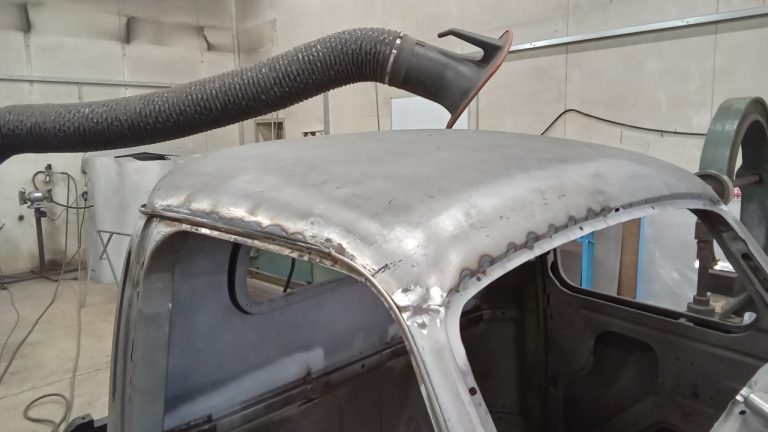
Our 1951 Austin Devon has been with Christian in the fabrication bay for more work recently. He painted the roof, modified the roof and mounting
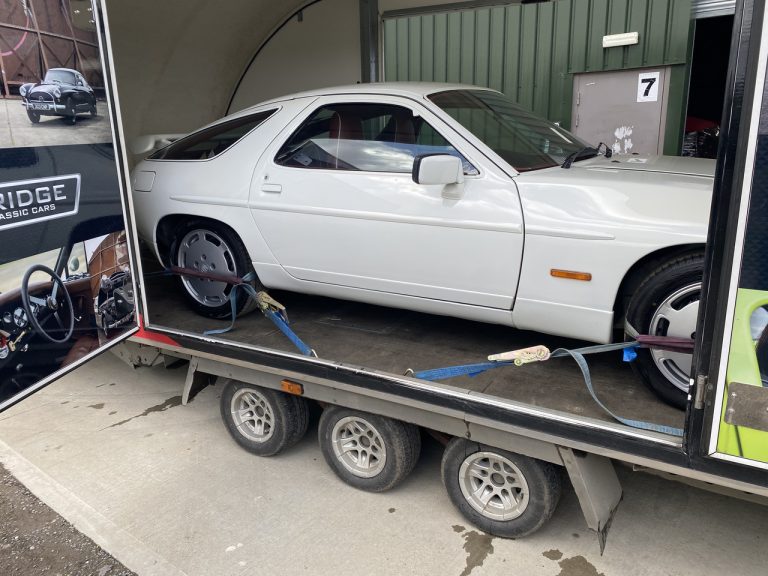
Our 1989 Porsche 928 S has been collected by Tony and transported back to the Bridge Classic Cars workshop.

As our 1956 Jensen 541 continues to make good progress through its restoration journey here at Bridge Classic Cars, Paul has been assembling the seat
From time to time, special cars come into the spotlight. One of these is the McLaren F1 which showcased the huge leaps in automotive engineering and design throughout the 20th Century. While all 106 F1s are clearly special, the one coming up for auction is another level special – a 1995 McLaren F1 is the only one finished in Creighton Brown with only 254 miles on the clock.
Expected to sell for more than $20 million (approximately £16 million), this ultra-rare example will go under the hammer at a sealed bid auction, through Sotheby’s Sealed starting on May 13th.
Designed to be the ultimate driver’s car, the McLaren F1 had a carbon fibre monocoque chassis coupled with a BMW-designed 6.1-litre V12 engine. The F1 even achieved a record-breaking top speed of 240.1 mph, holding the record for nearly a decade.
It’s not just its speed that makes this one special though, it is the only one finished in Creighton Brown over a Light Tan and Brazilian Brown colour scheme. With only 410 kilometres (~254 miles) on the odometer, it looks to be one of the finest examples of the McLaren F1, boasting both rarity and condition.
Inside the cabin, you’ll find a central driving position flanked by two passenger seats. With only 106 McLaren F1s ever produced, each one offering bespoke customisation, these vehicles are celebrated as true pieces of automotive history.
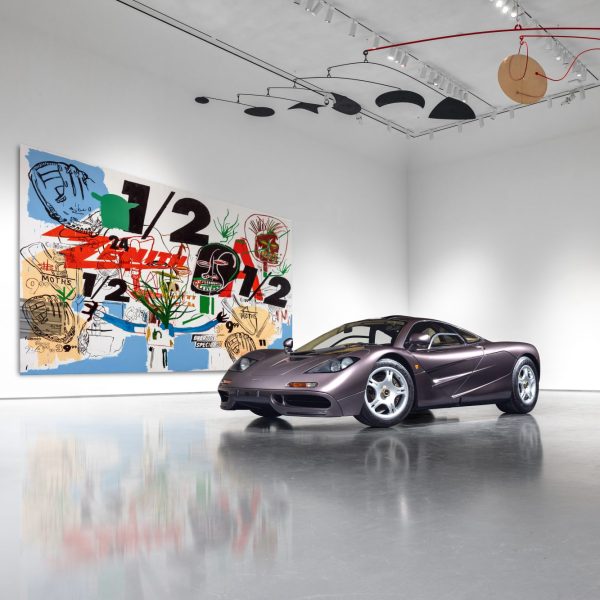
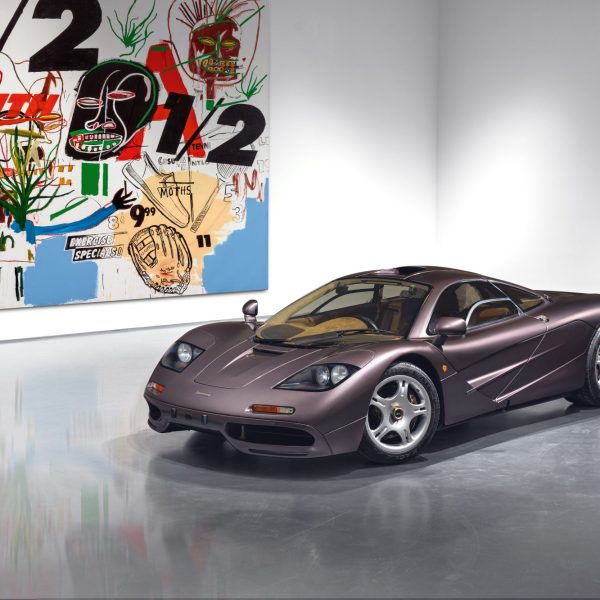
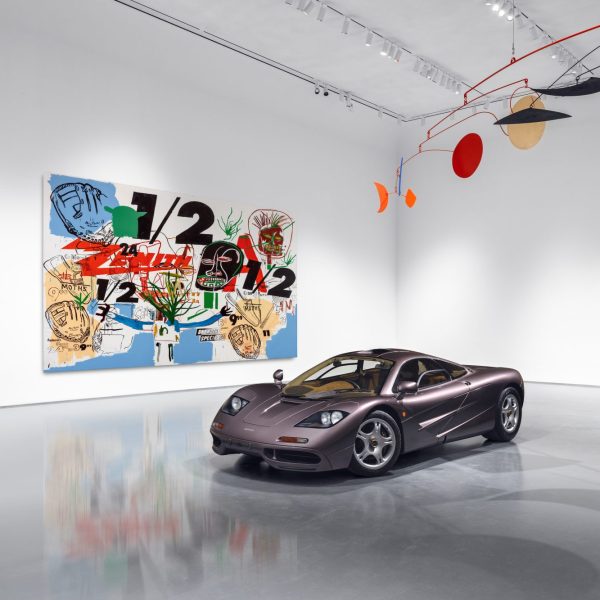

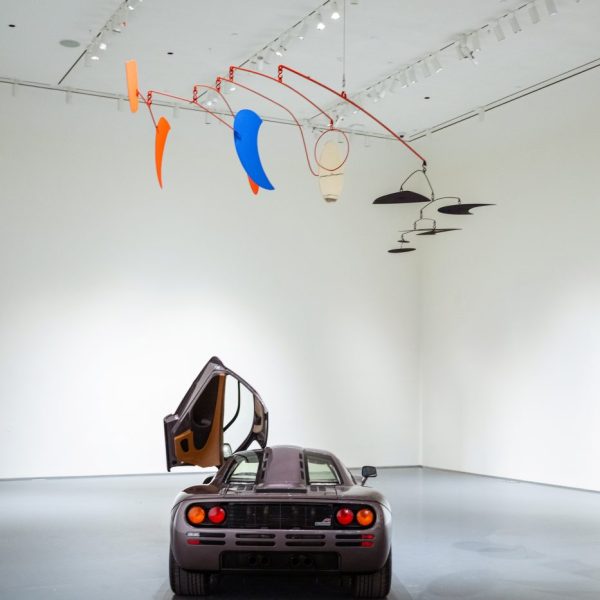
As well as its looks, speed, and rarity, the McLaren F1’s racing pedigree further enhances its legendary status. Despite being initially designed for road use, it made history by taking victory at the 1995 24 Hours of Le Mans on its debut, becoming one of only three makes to achieve this. This success underscored the F1’s ability on both the road and the track, highlighting it as the gold standard of modern supercars.
Enhancing its collectability, the car comes with a range of desirable original accessories, including custom-fitted luggage tailored to match the car’s interior upholstery, a FACOM tool chest, a tool roll, and a one-off matching TAG Heuer watch made for the McLaren F1 inscribed with the car’s chassis number. As one of only 64 standard road cars built, ownership of this car is restricted to a small, elite group worldwide due to its rarity and sheer desirability.
Shelby Myers, Head of Private Sales, RM Sotheby’s said: “From the moment it launched, the McLaren F1 was a classic. Priced at nearly one million dollars, it was the most expensive car ever offered for sale at the time. Despite this, true enthusiasts could easily justify its eye-watering price tag considering the innovations and technologies it utilized by Gordon Murray in his uncompromising pursuit of creating the greatest driver’s car of all time. In the eyes of many, it achieved that lofty goal when new, and is still considered one of the best-driving cars ever produced over thirty years since its introduction. Often dubbed as ‘the modern-day Ferrari 250 GTO,’ very few assets have experienced the value appreciation seen in the McLaren, drawing comparisons to timeless artwork showcased in the world’s most renowned museums. It’s not just a vehicle; it’s a masterpiece.”
Technician Julian has been working on our 1939 Jaguar SS100.
He has fitted new rear leaf springs as well as the reconditioned shock absorber. He has also fitted the lower side panels ready to be painted.

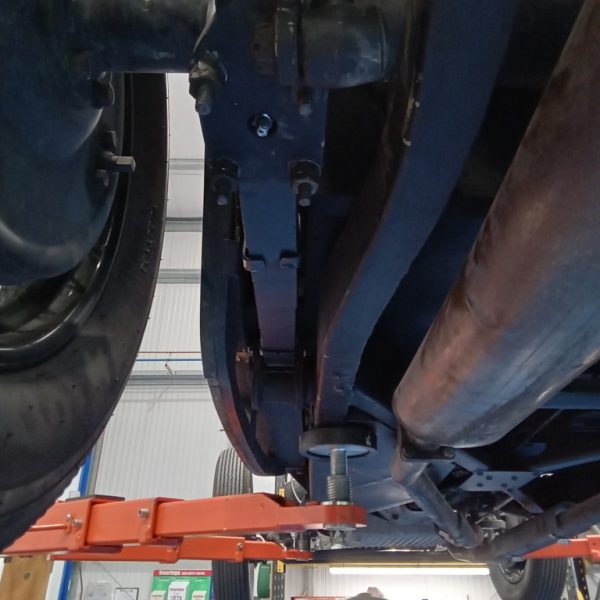
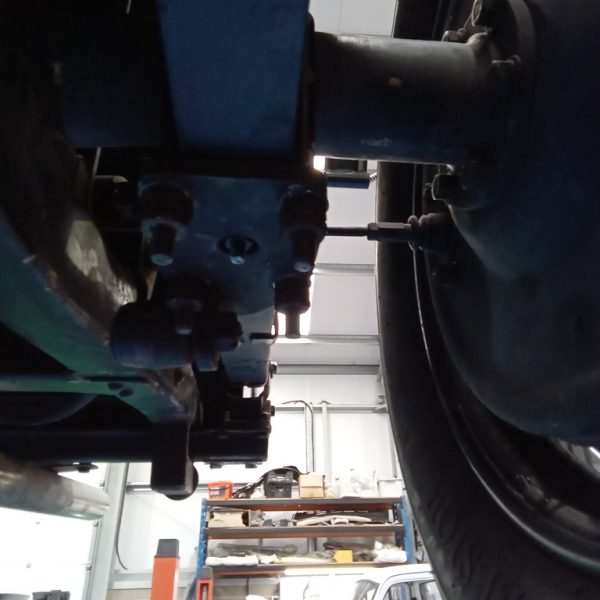
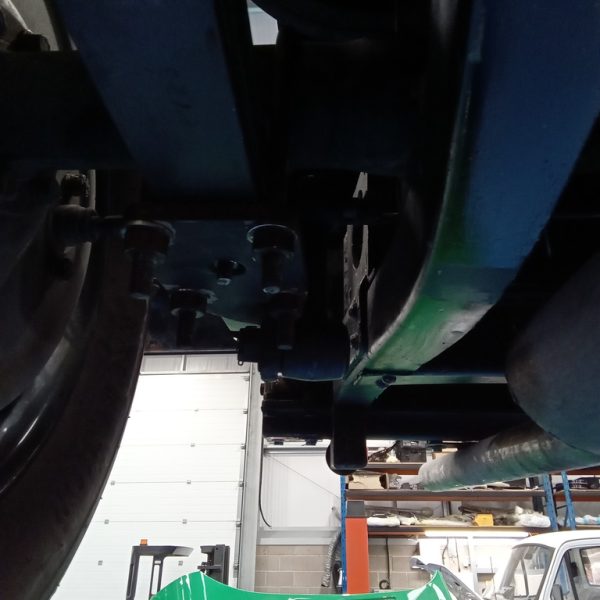
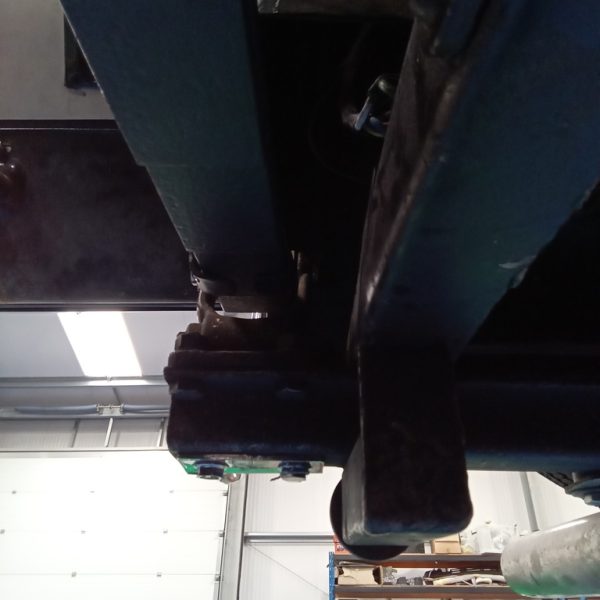
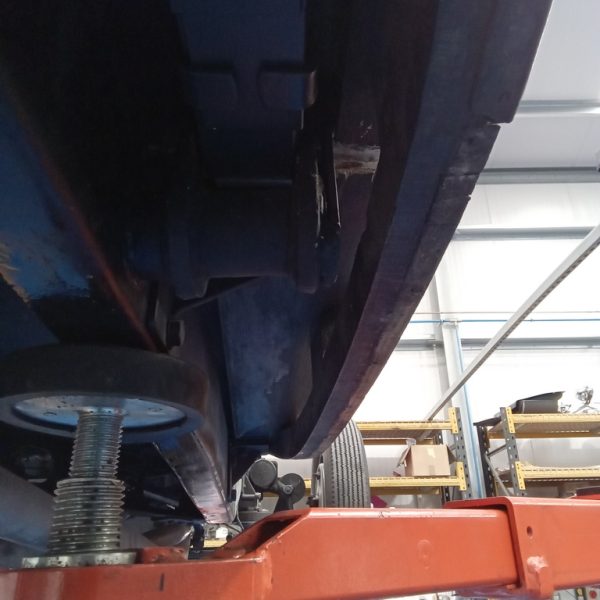
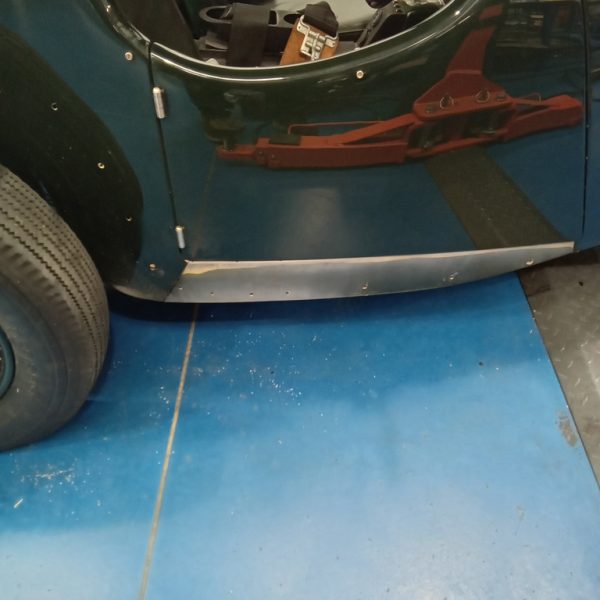
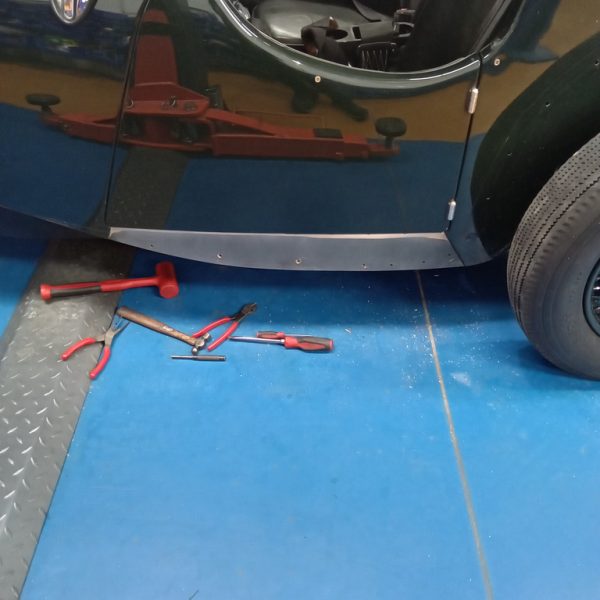
Our 1960 Royal Enfield Single has continued to make progress with technician Paul. He fitted the fuel cap, started the bike and test rode it. He found that the clutch was dragging slightly so the clutch cable was removed and shorten to enable adjustment.
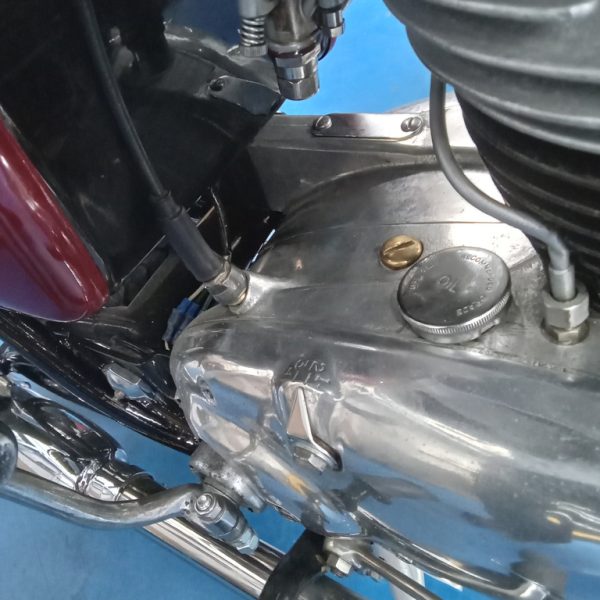
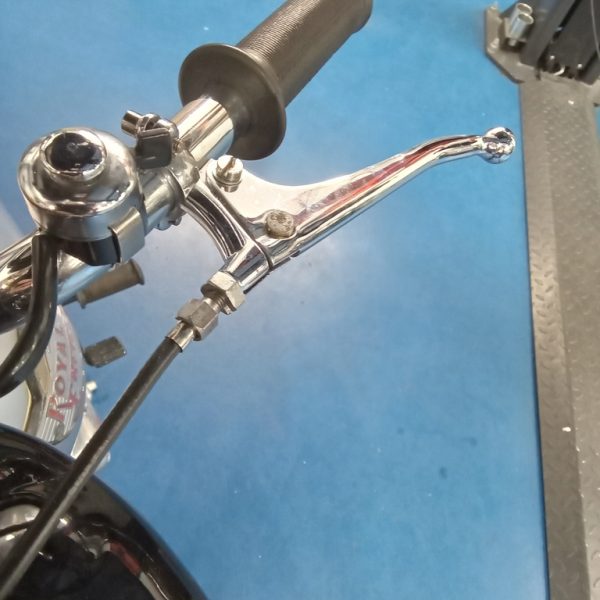
Steve has been continuing his work on our Ford Transit MKII Tipper.
The rear fog light switch wasn’t working due to dirty internal contacts. Steve removed the switch and cleaned the contacts to rectify the issue.
He also temporarily fitted the exhaust to check the fitment before welding on a new rear box mount and spraying system.
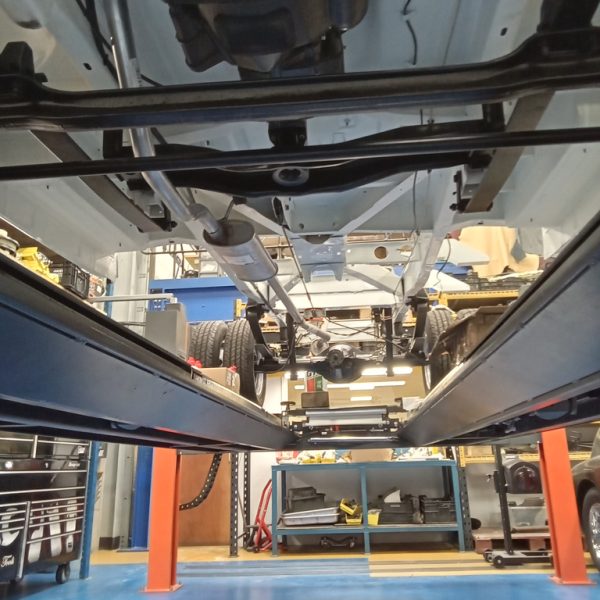
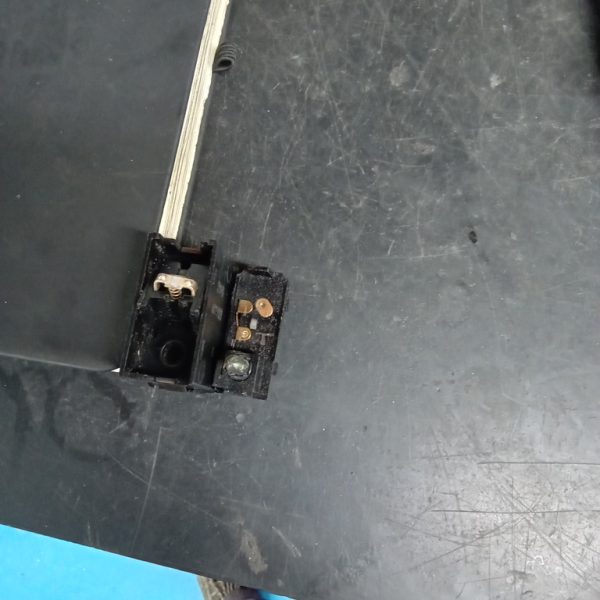

The front suspension of our 1975 AC Cobra Replica is now complete with new coilovers and an anti-roll bar fitted. The differential has been rebuilt and the rear suspension and brakes are also complete with new brake discs and pipes. The fuel tank has been cleaned and fitted with new fuel lines and hose clips.
Mauro also painted various components of our Cobra Replica in dtm satin black as well as painting the gearbox, brake and clutch pedals, and the radiator cross member in silver.

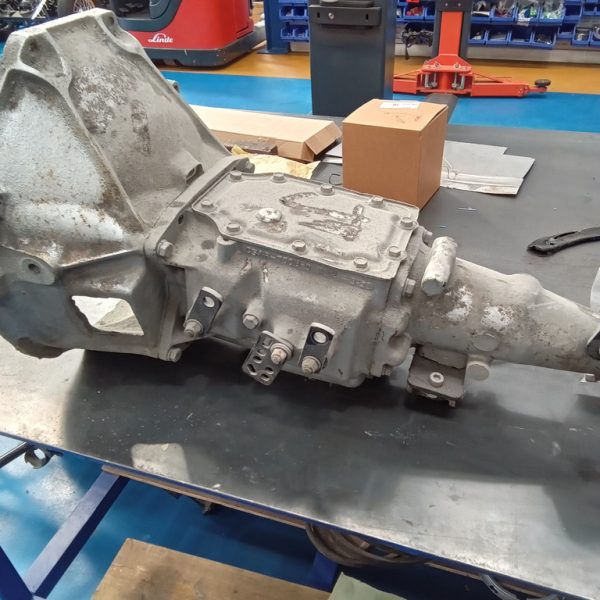
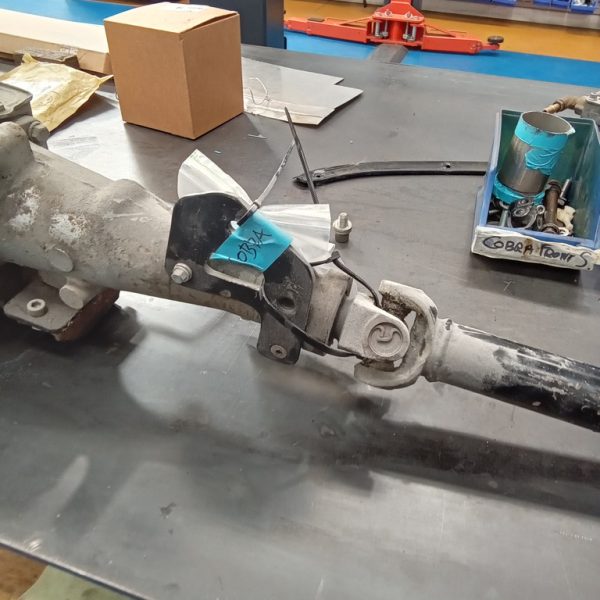
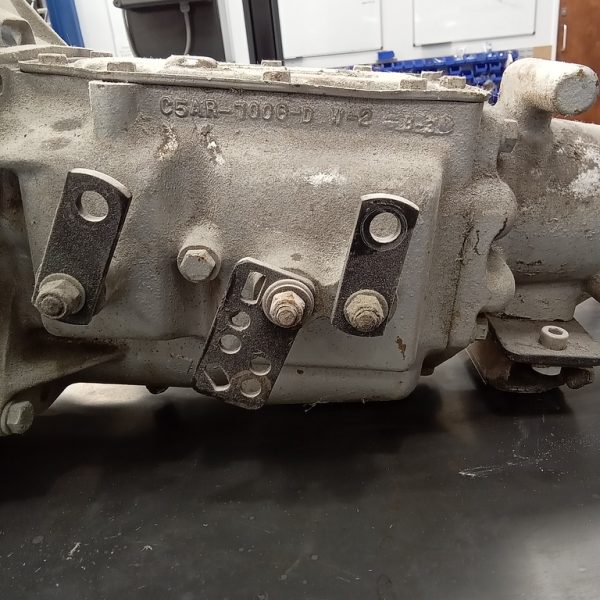
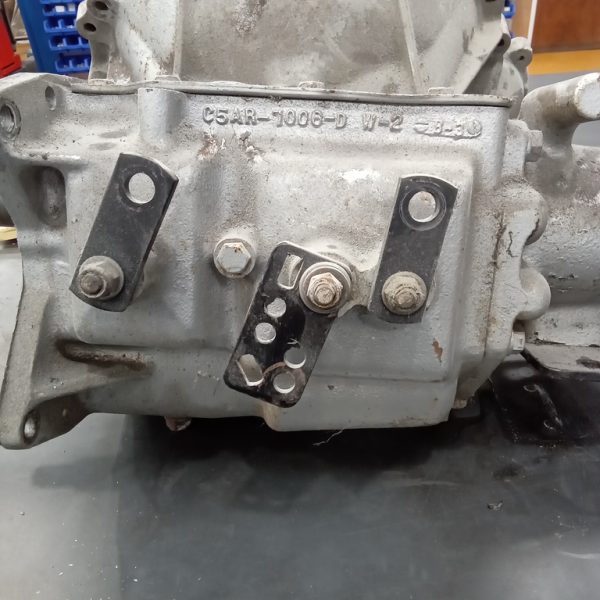
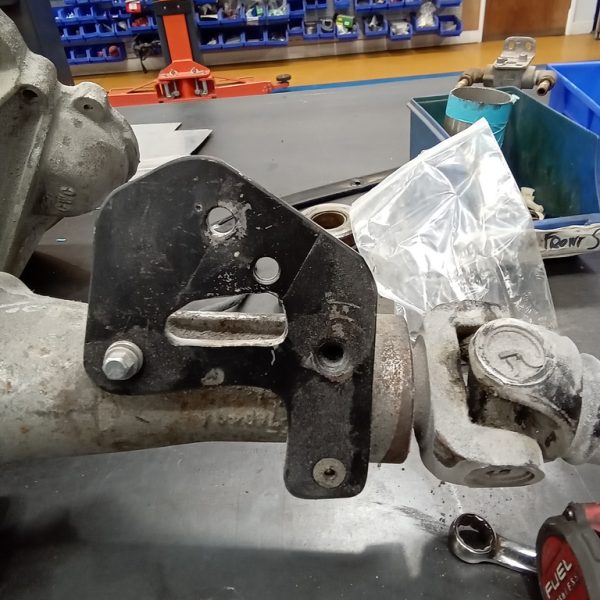
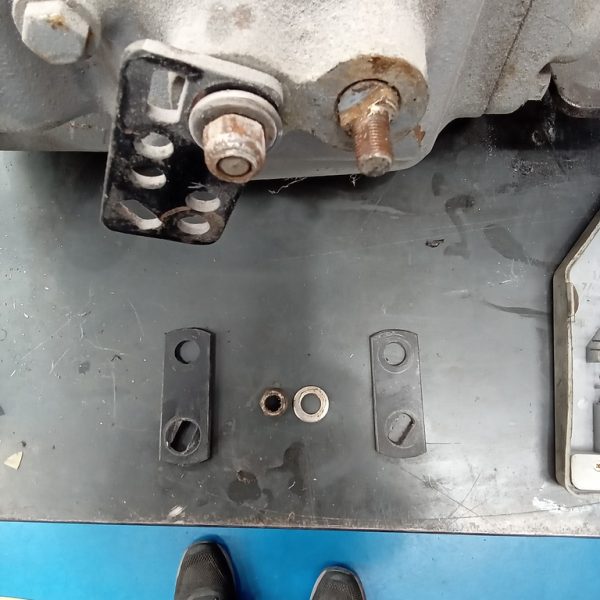
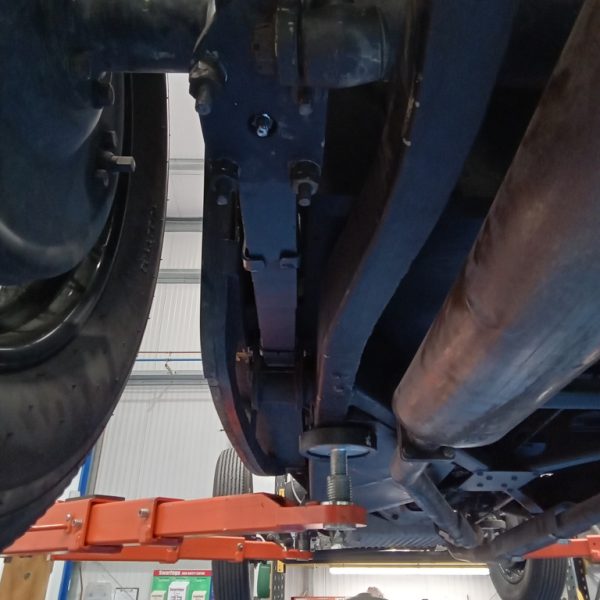

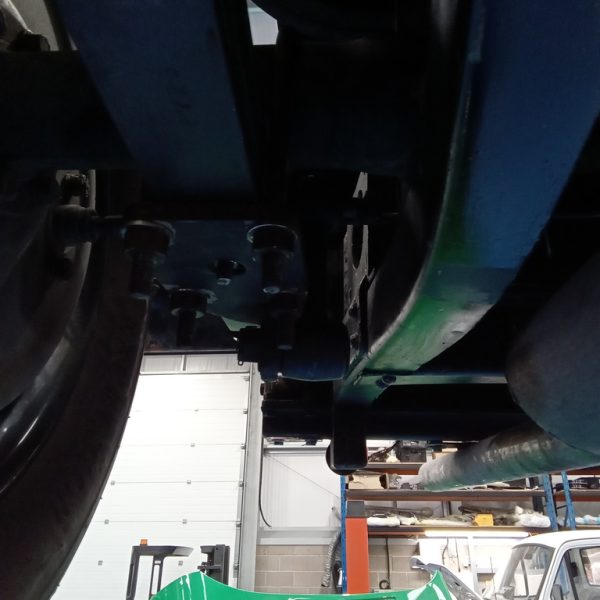

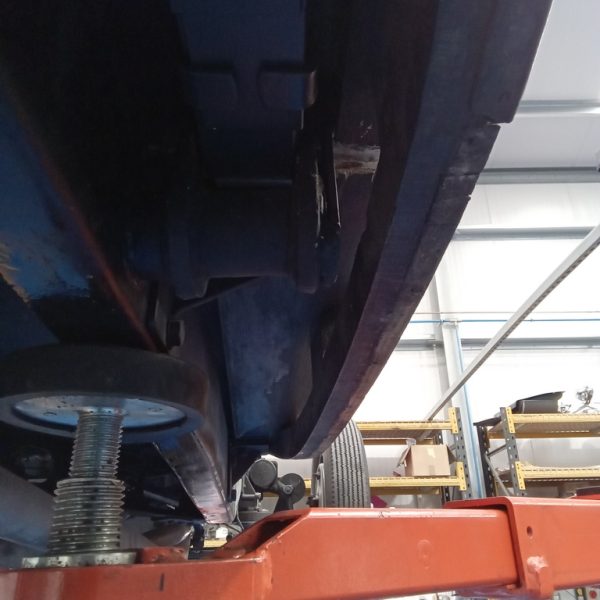



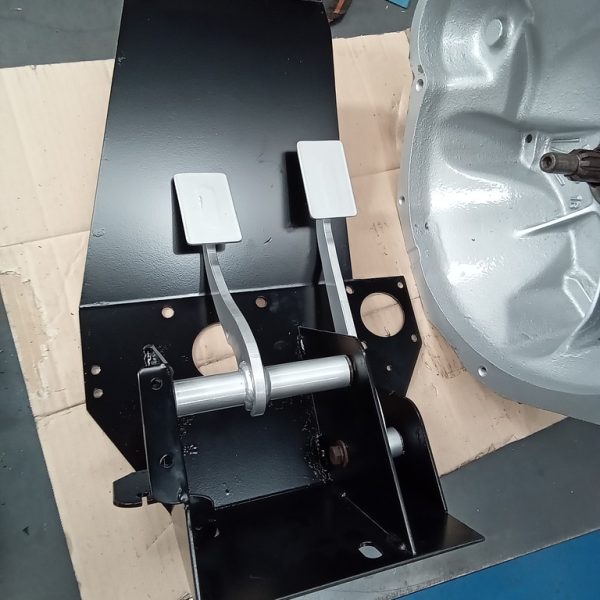
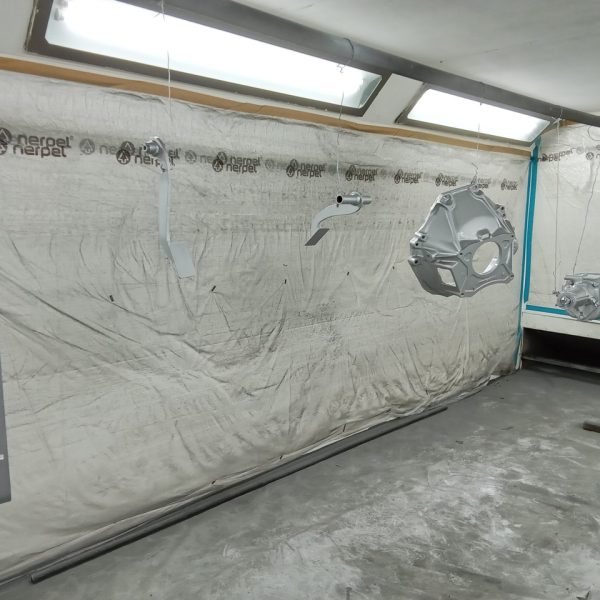
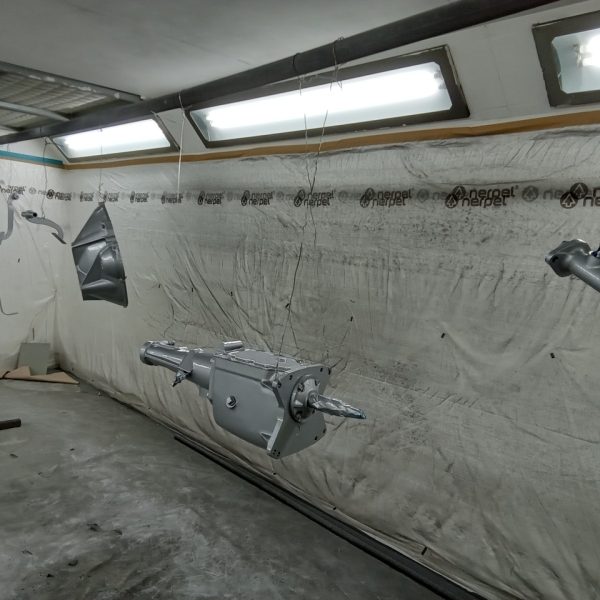
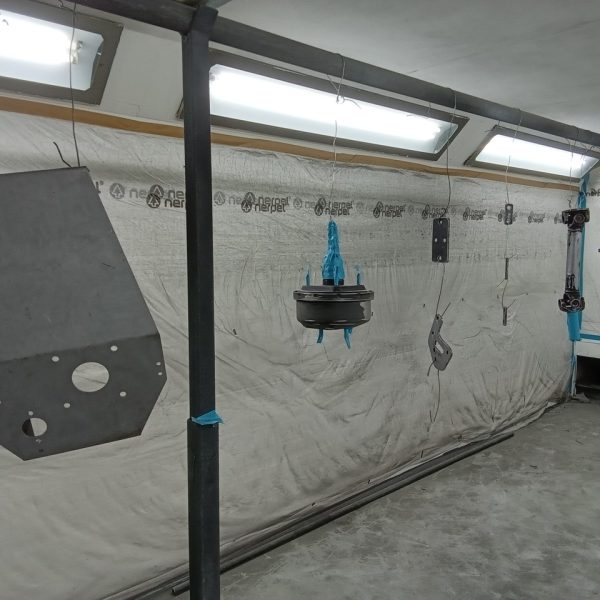
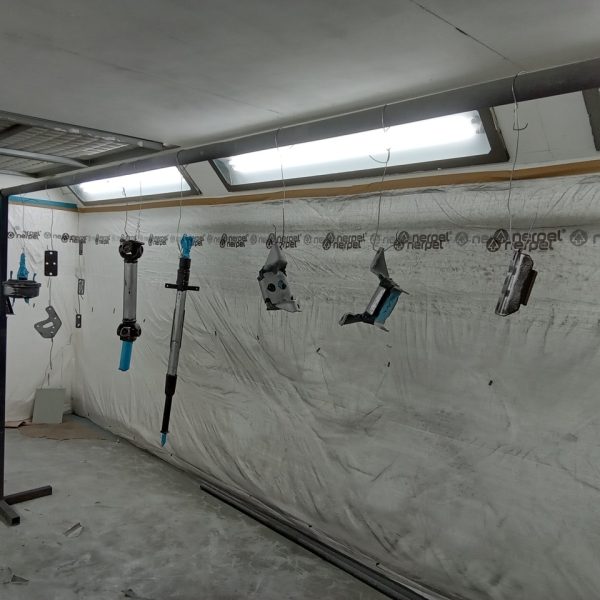
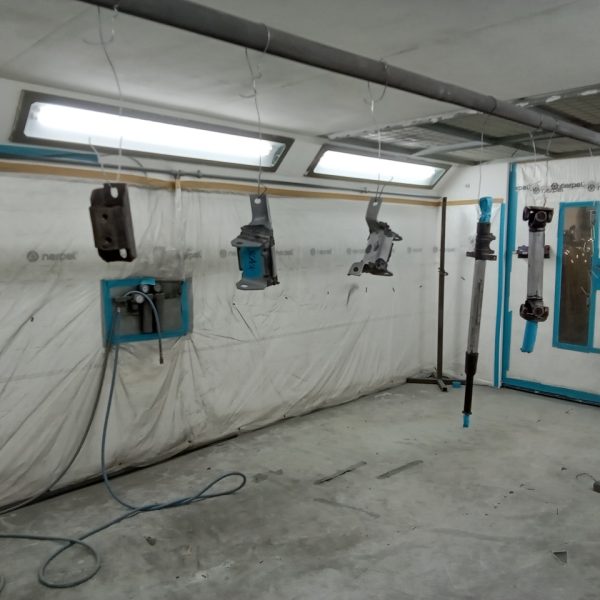




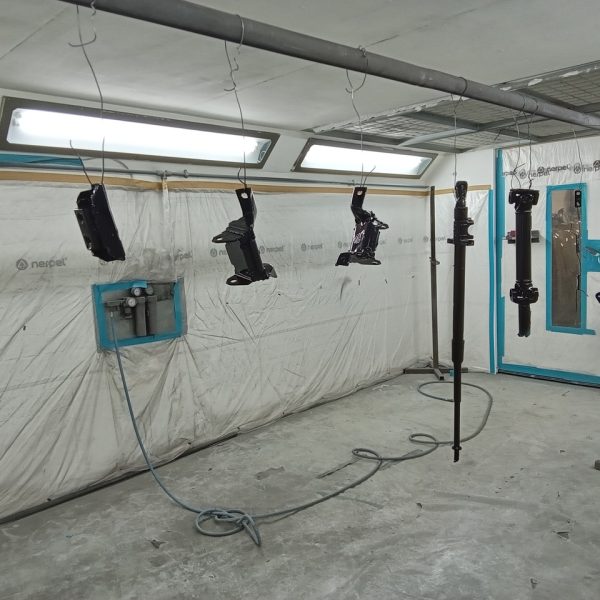
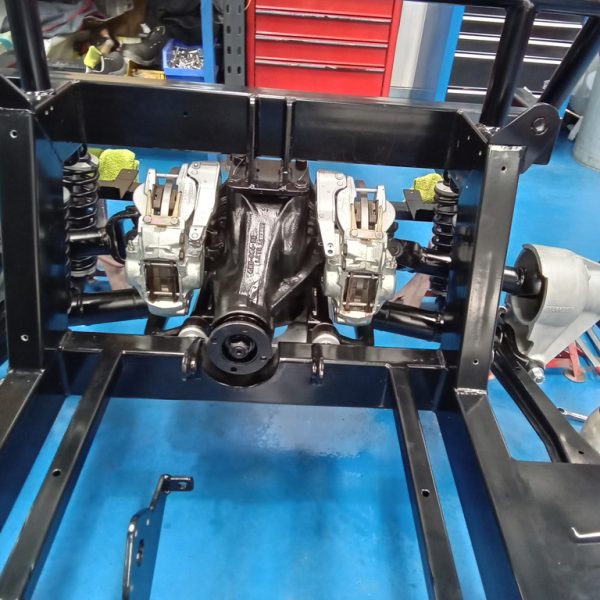
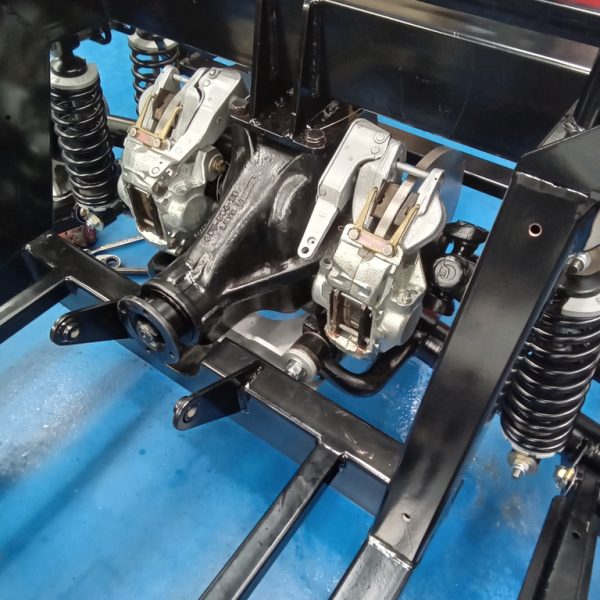
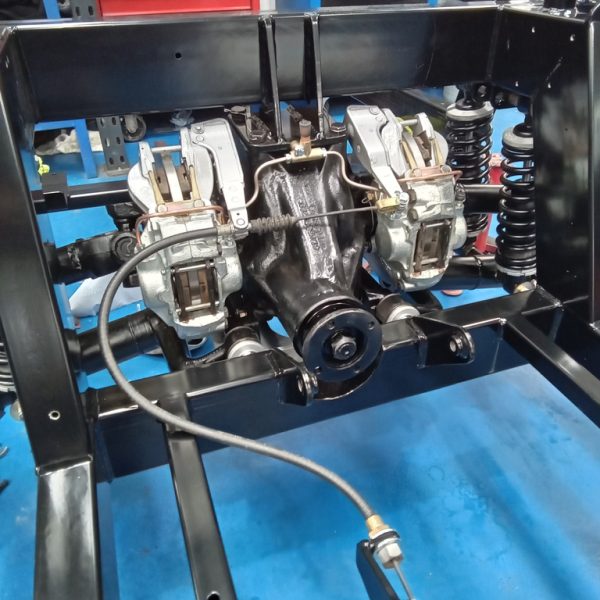


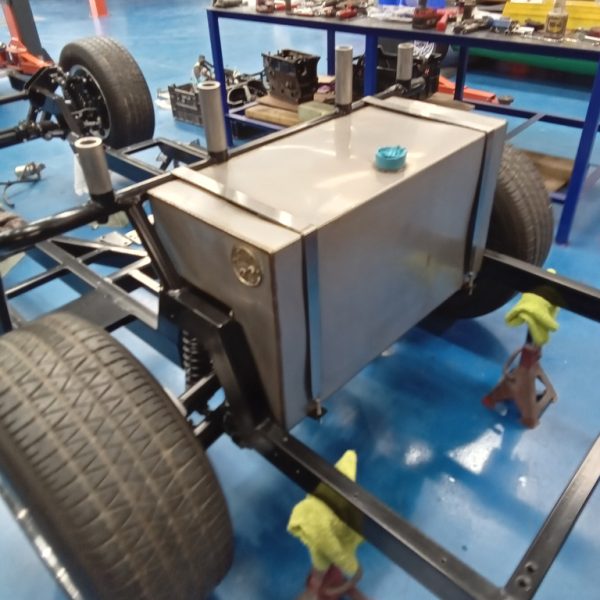
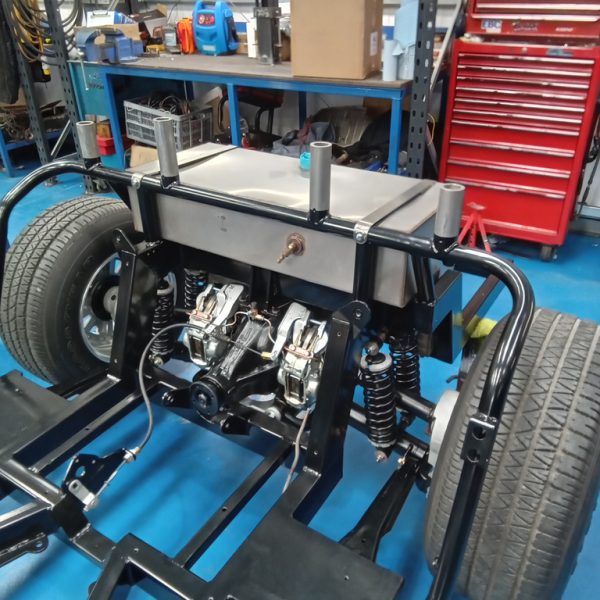
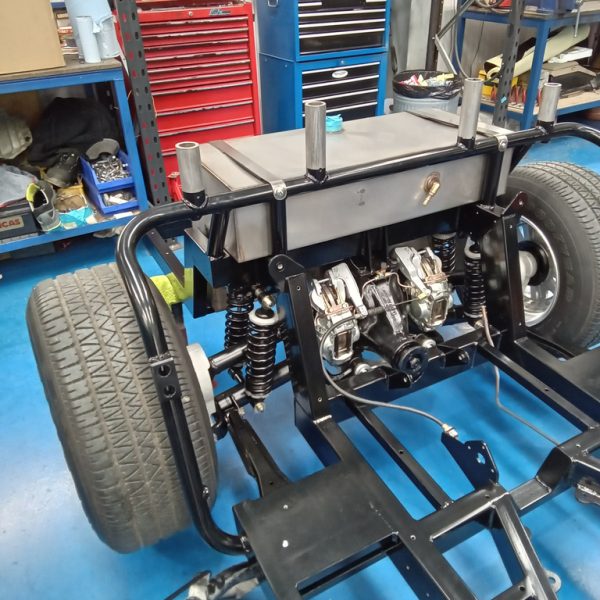
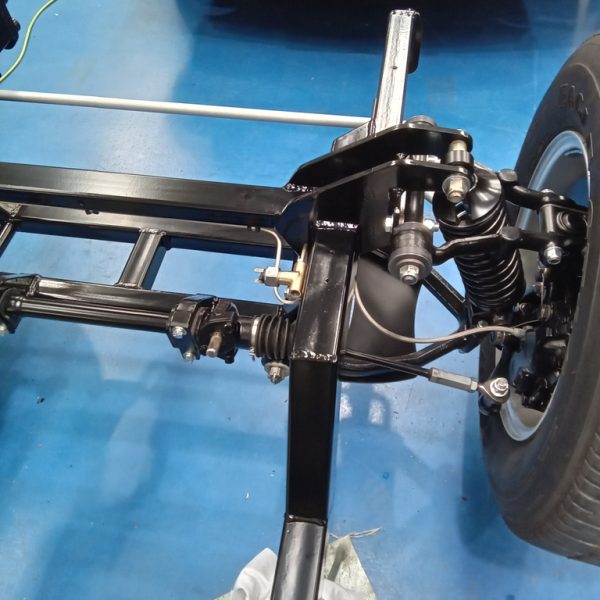

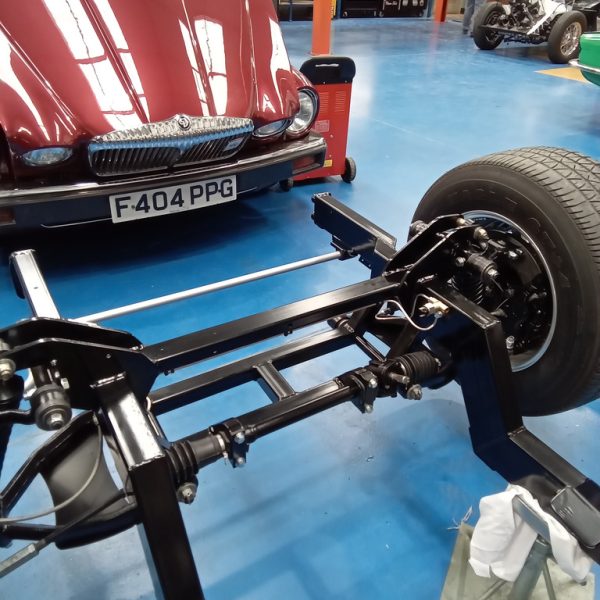
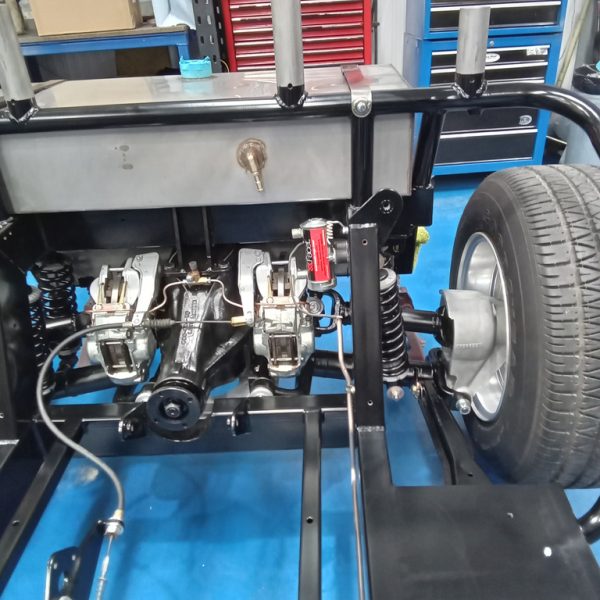
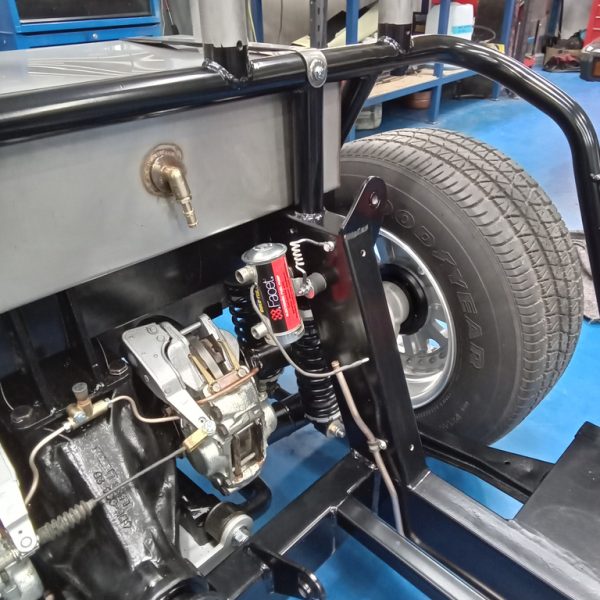
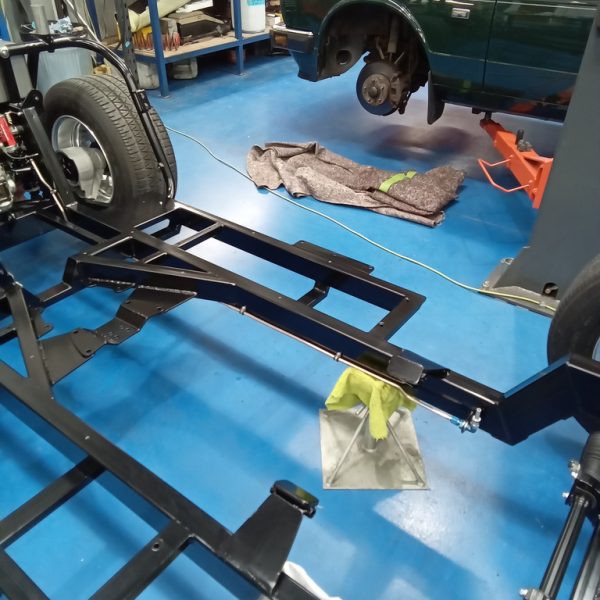
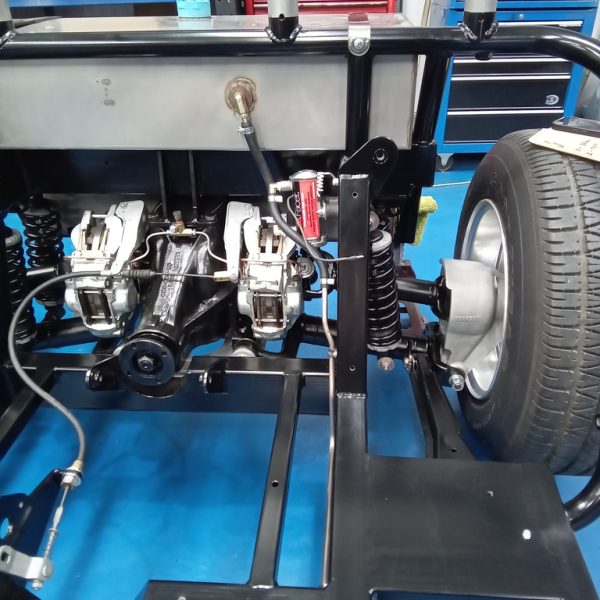
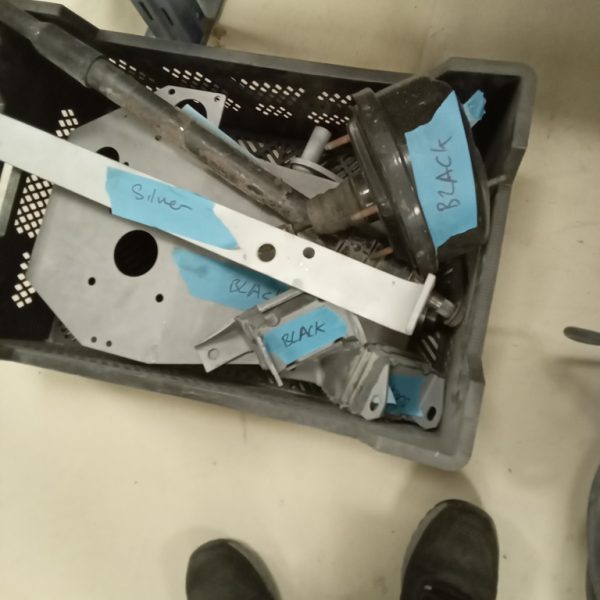
The Bridge Classic Cars 2005 Mercedes Vito recently came into the workshop so Jonn could give it a health check. Here’s what he did:
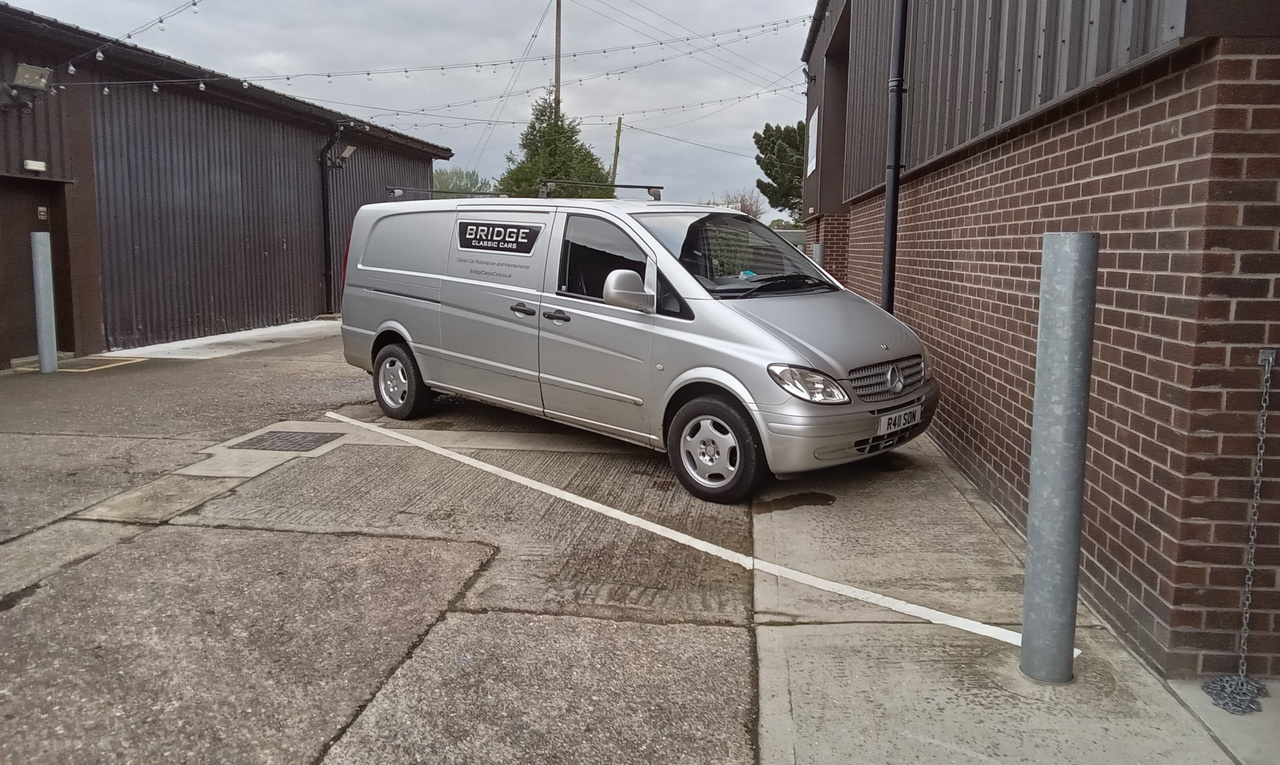
Craig recently received an email from Mike who used to own one of our former projects – a 1961 Ford Consul. Mike was kind enough to send us some photos of the car during his ownership and we think it looks great!

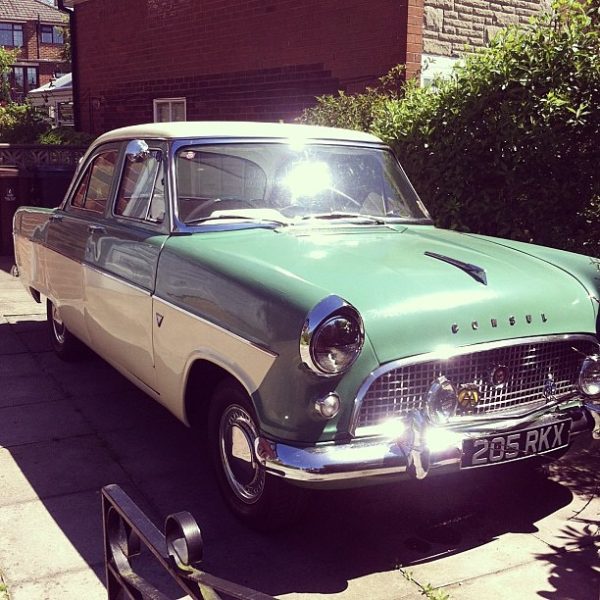
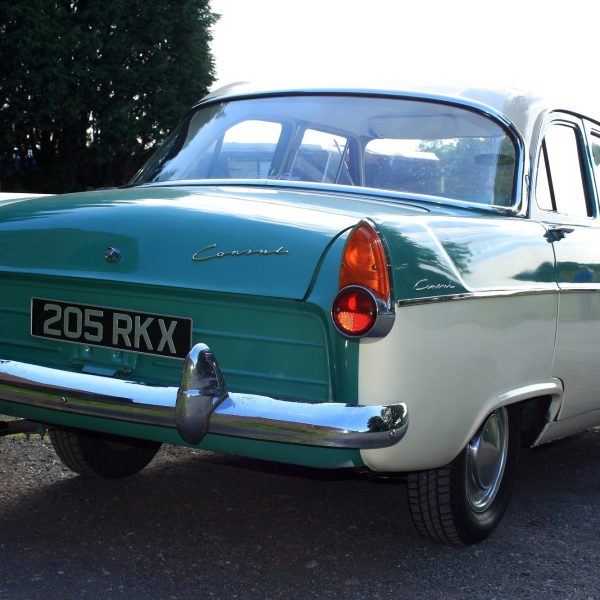
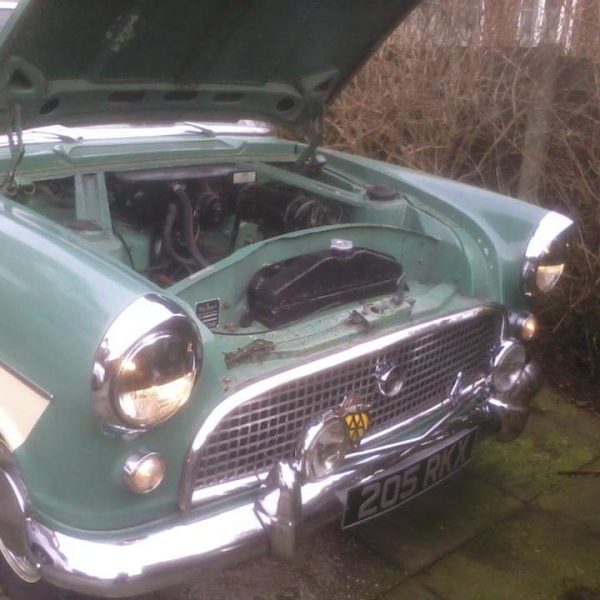
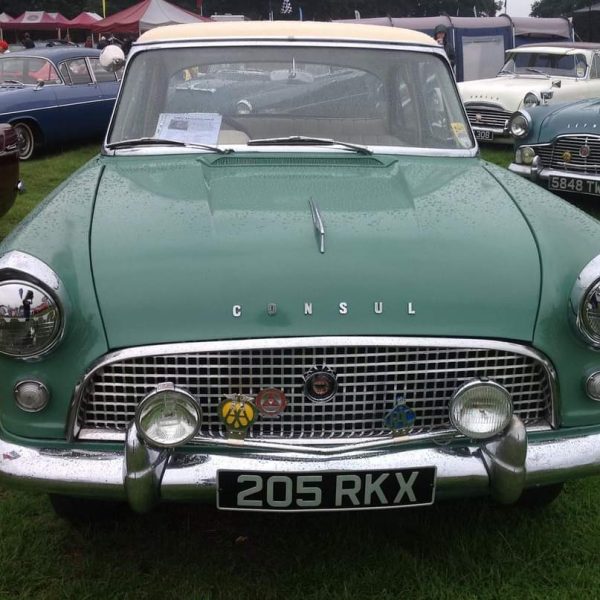
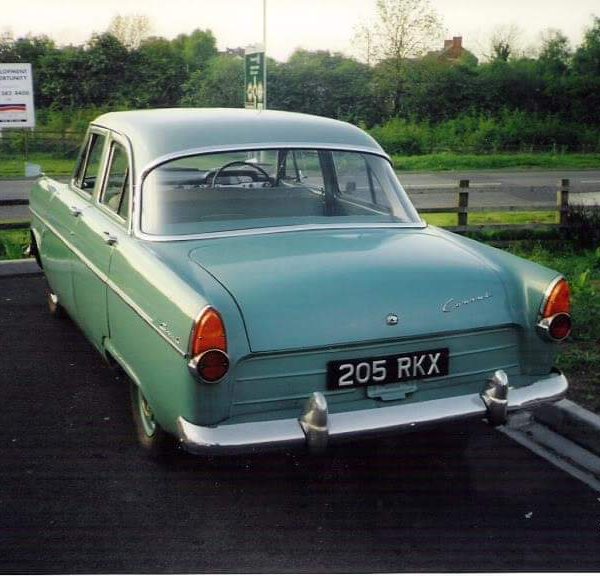
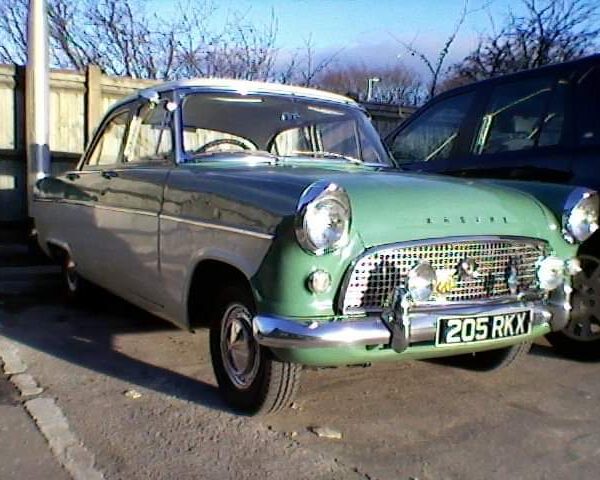
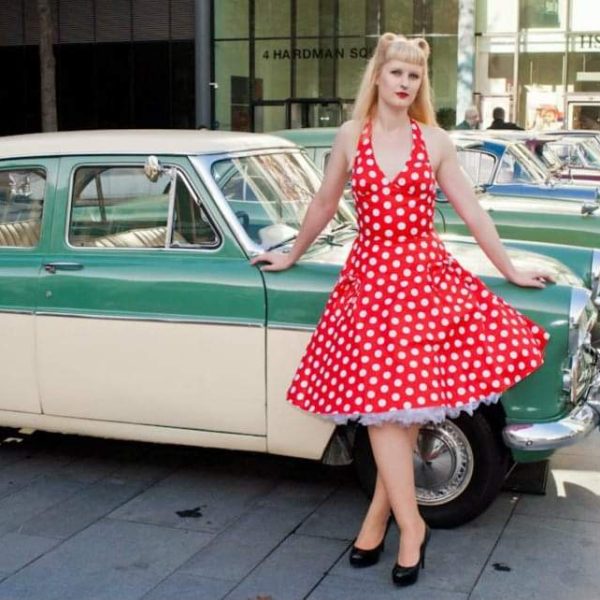


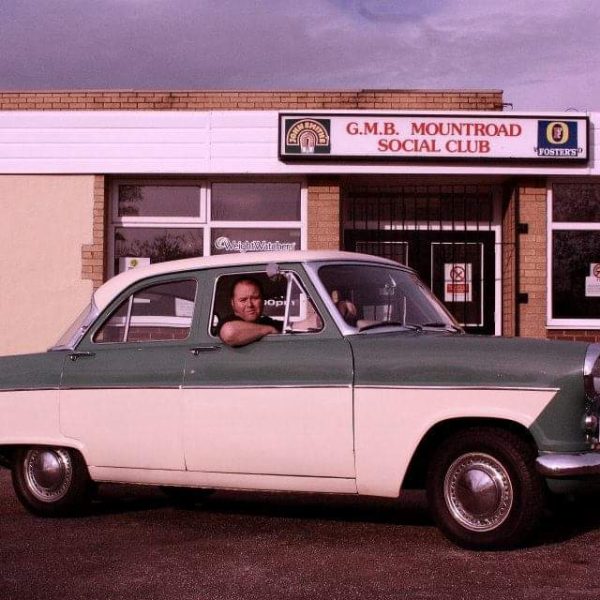
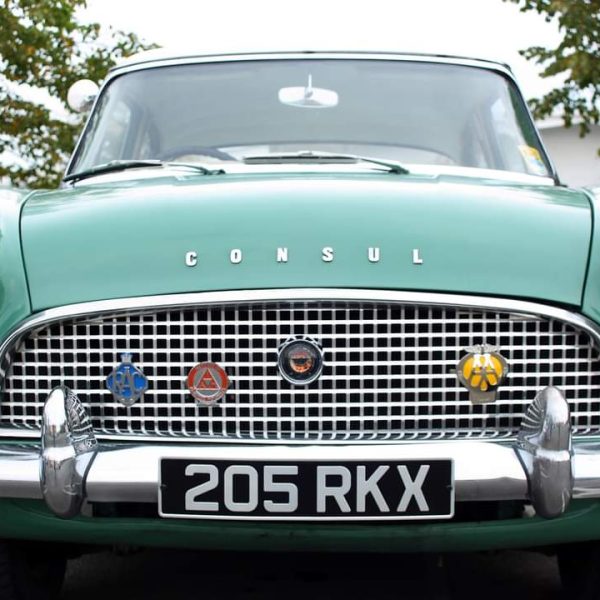
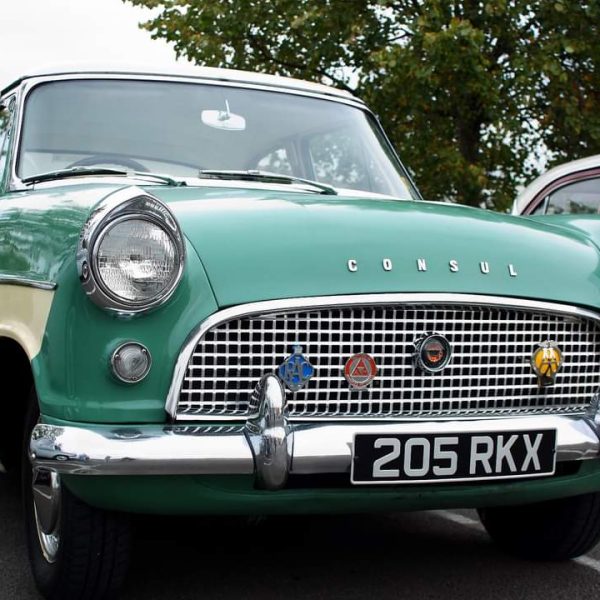
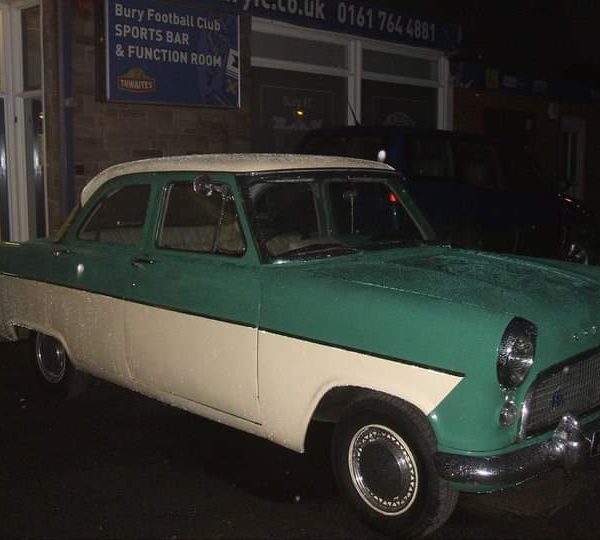
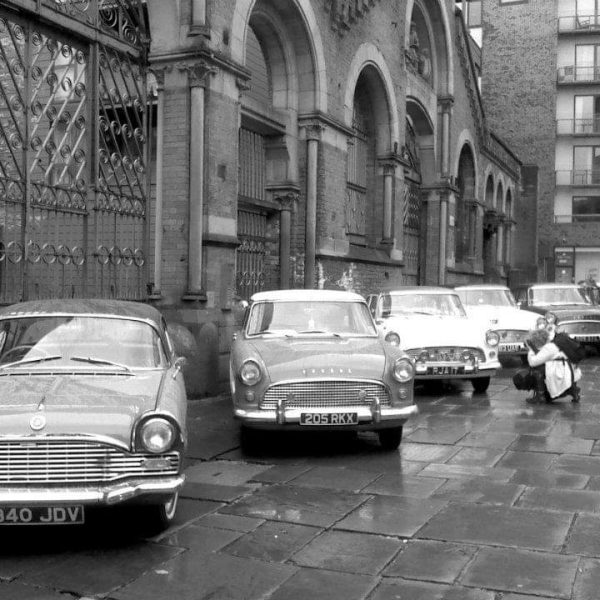
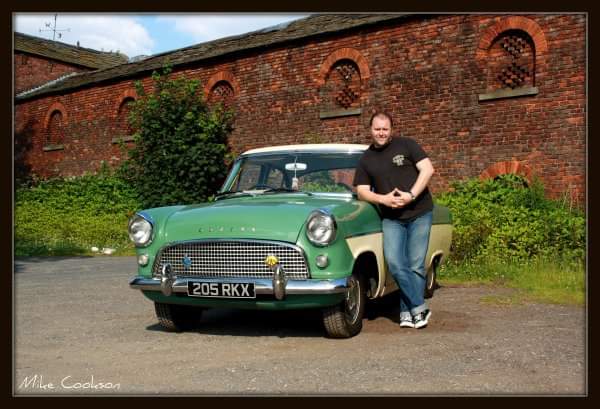
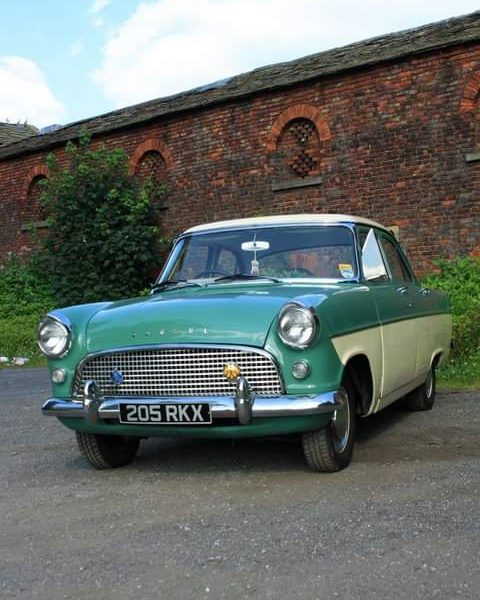
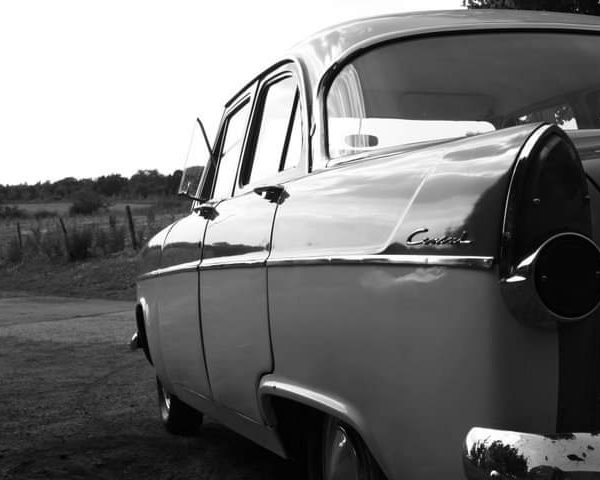

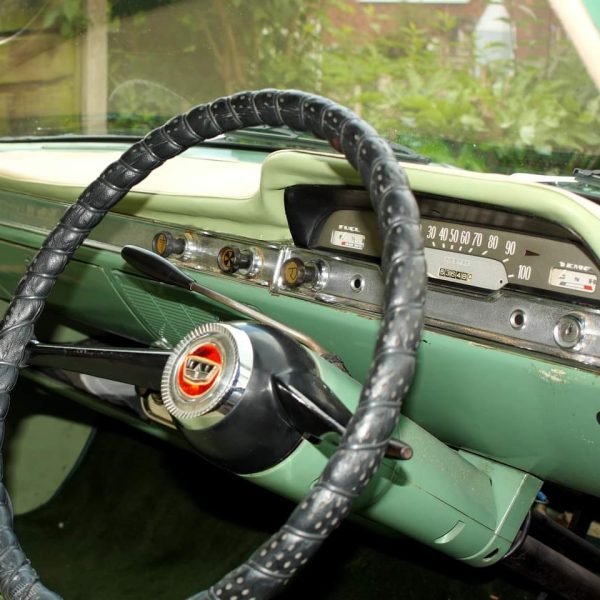


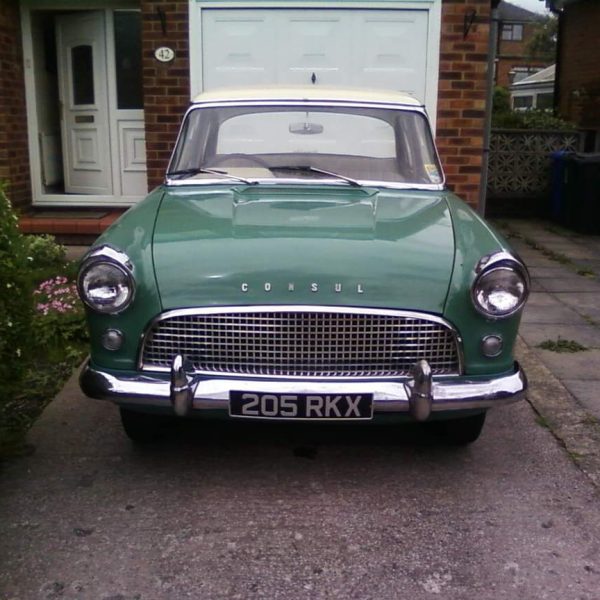
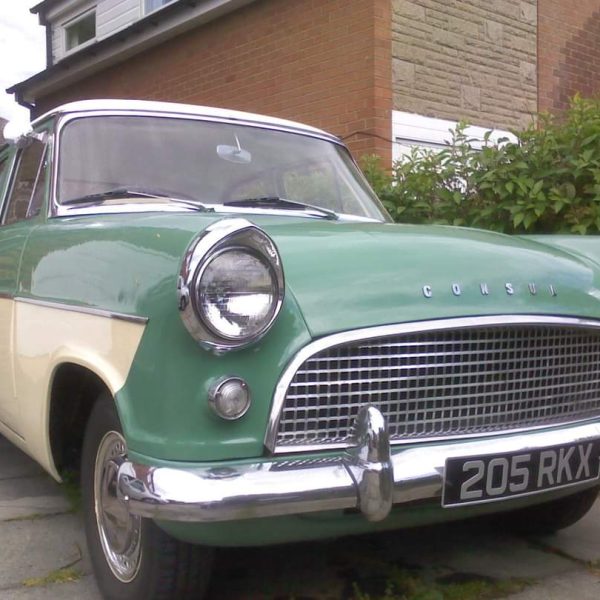
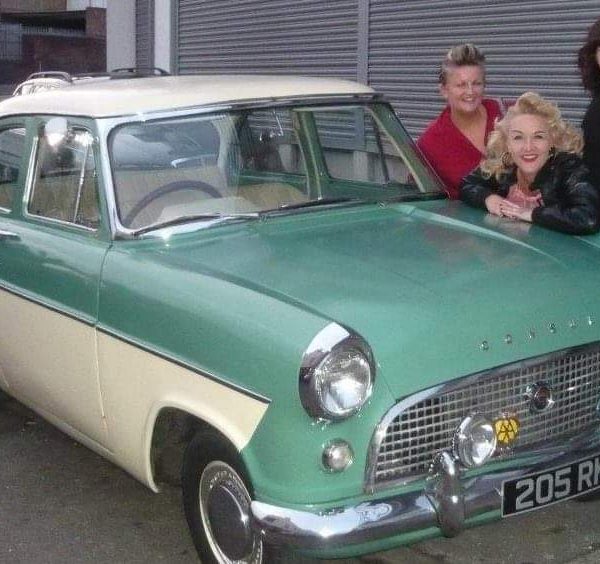
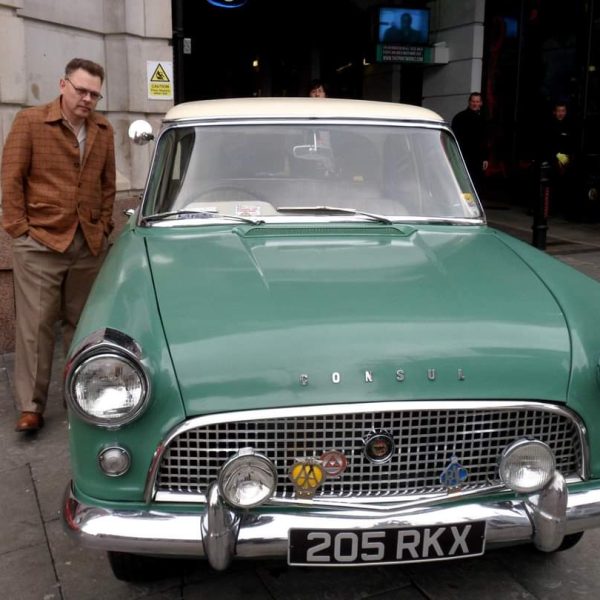


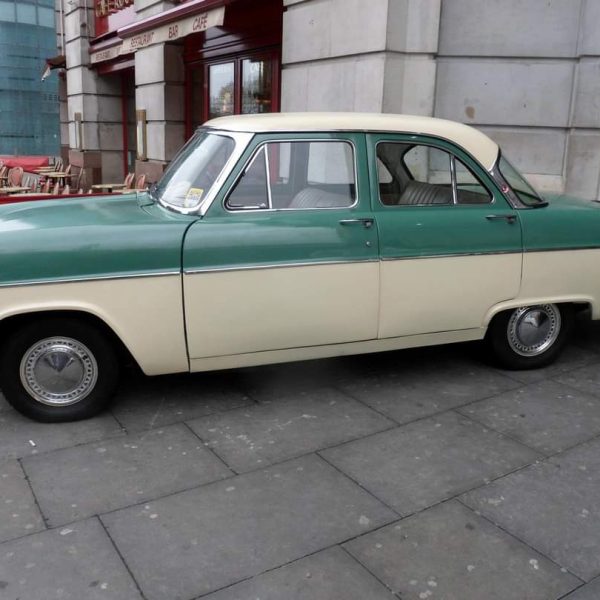
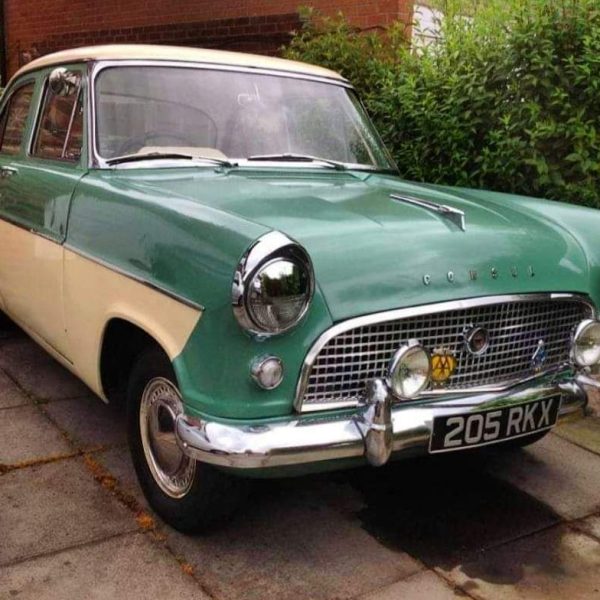
Paintshop manager Chris has been prepping the interior and exterior of the body of our 1953 Aston Martin DB2/4 ready for epoxy primer and paint.



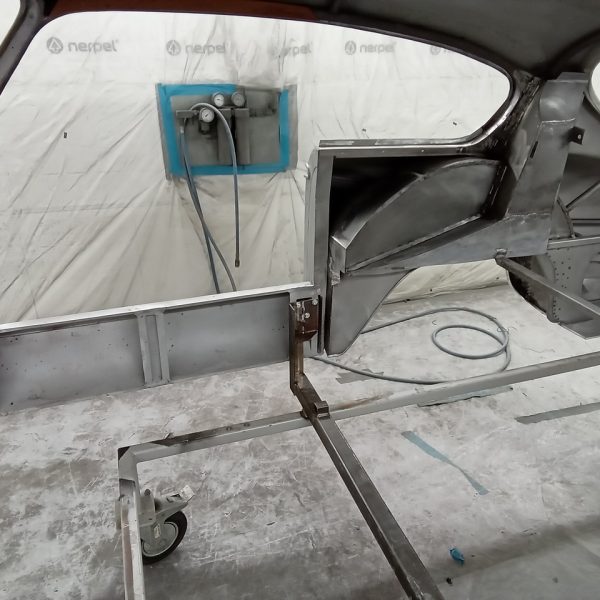
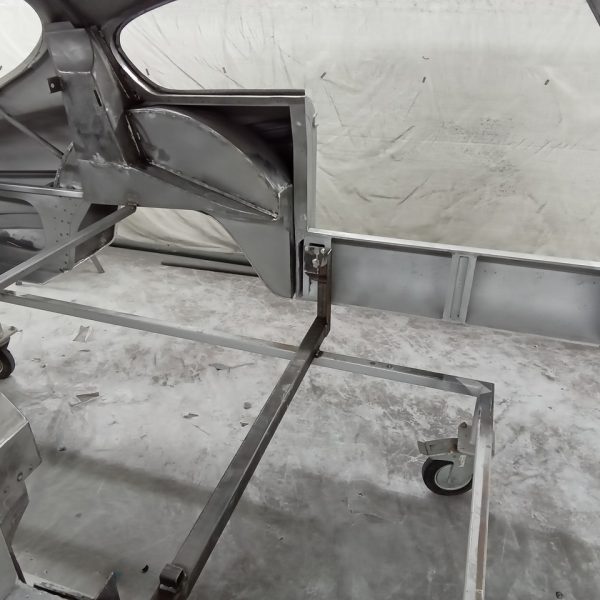
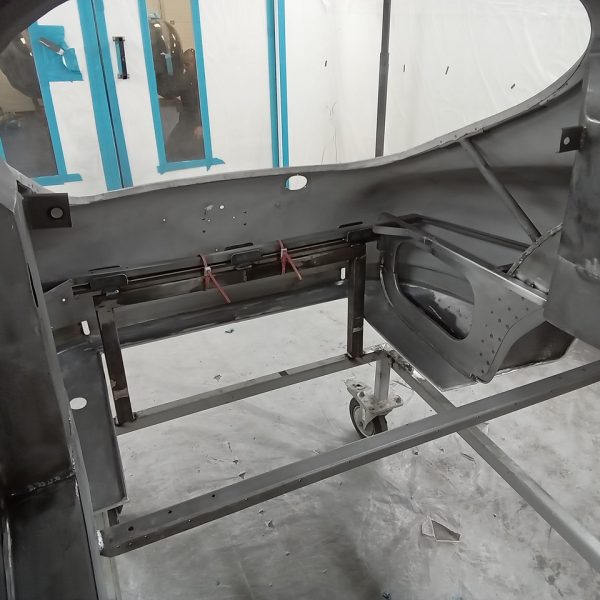

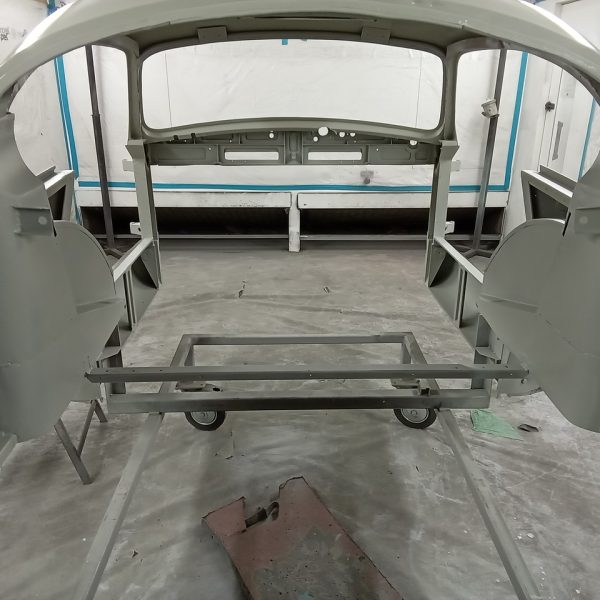
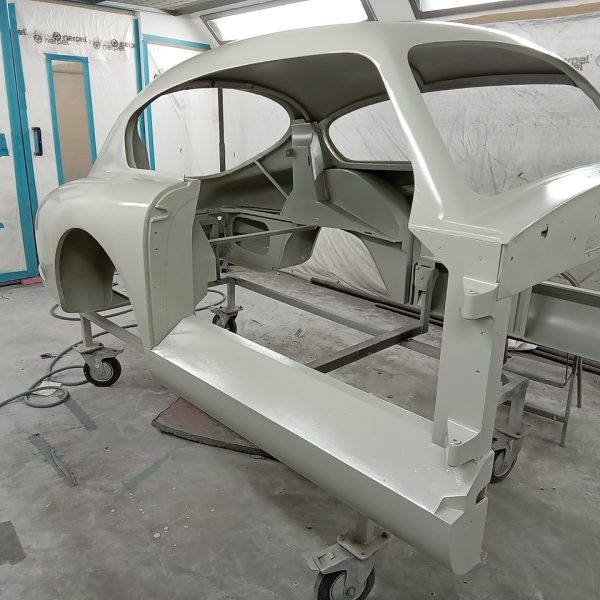
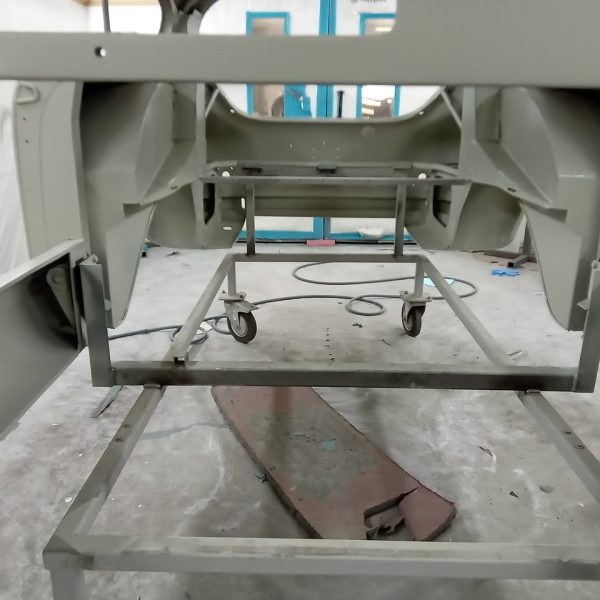


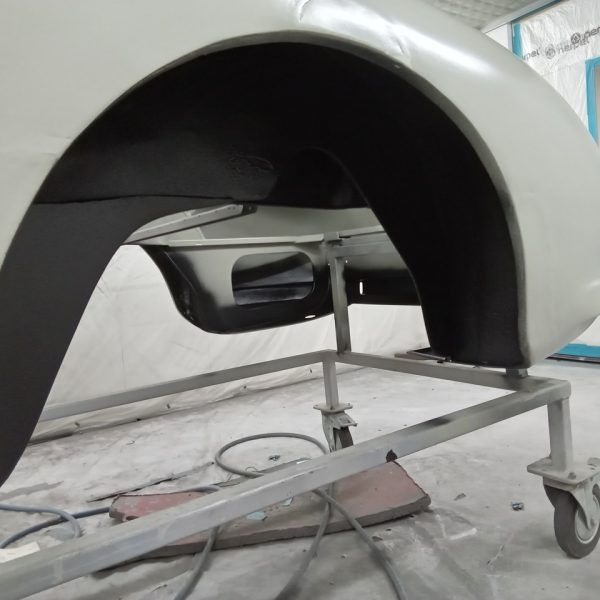

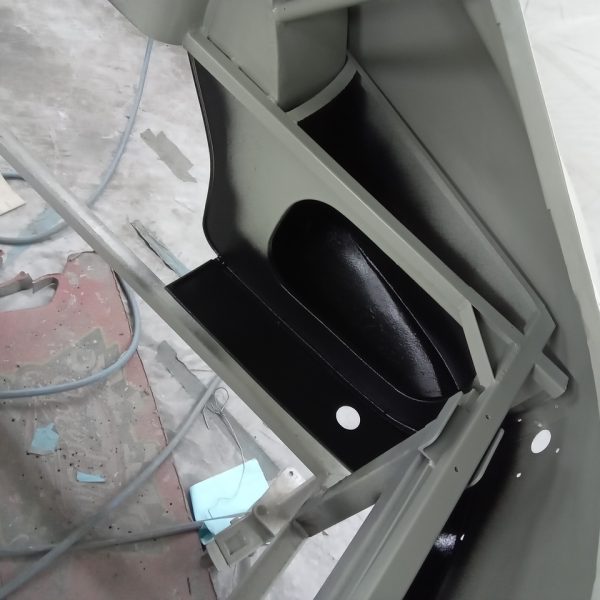

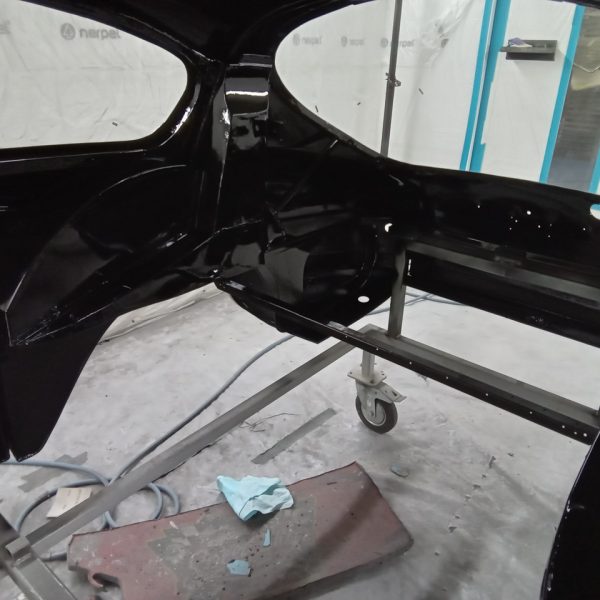
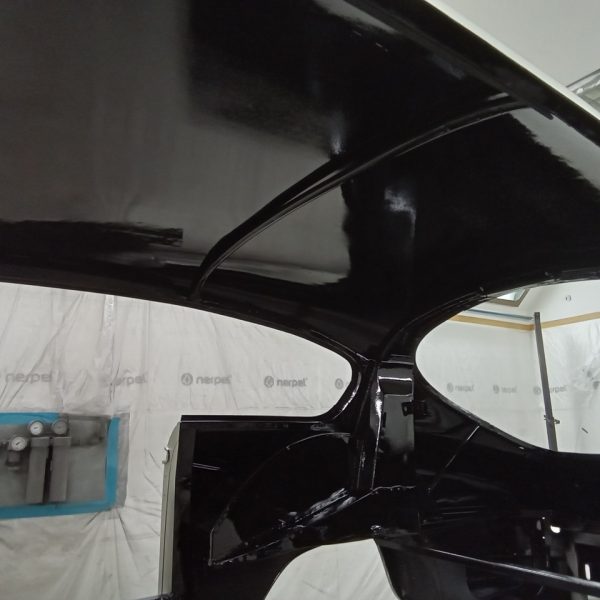
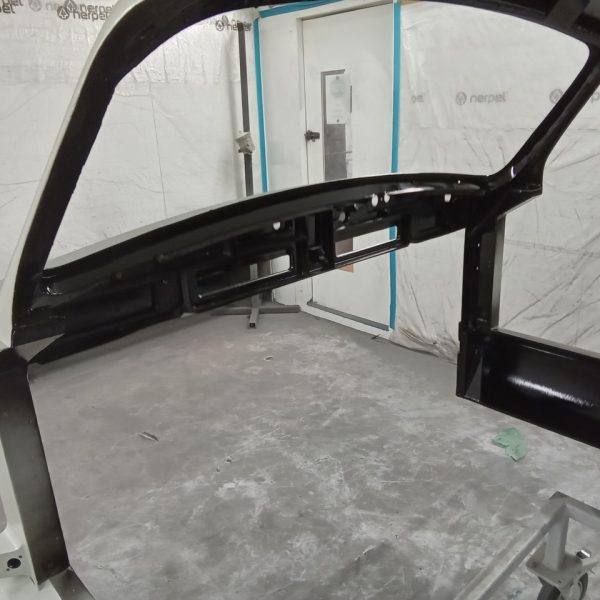
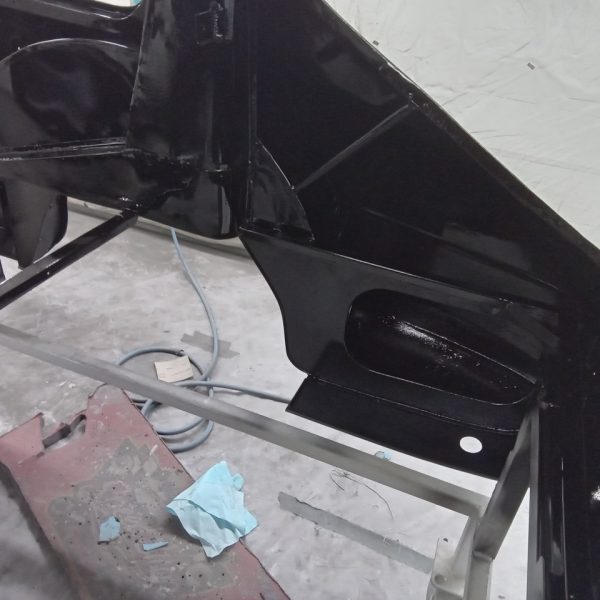

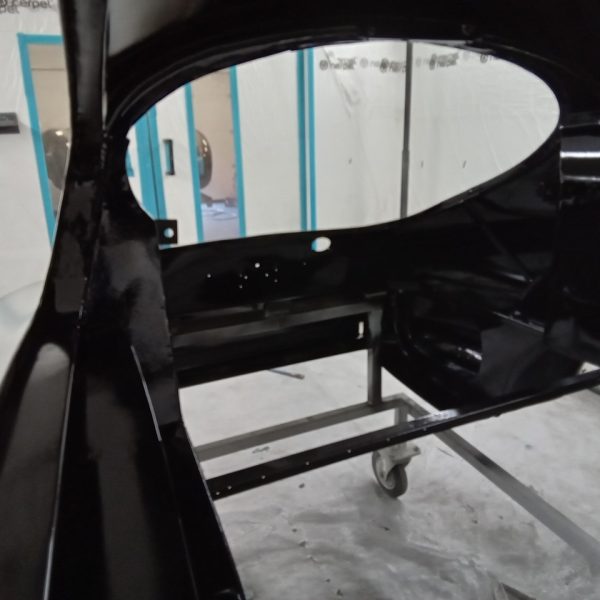
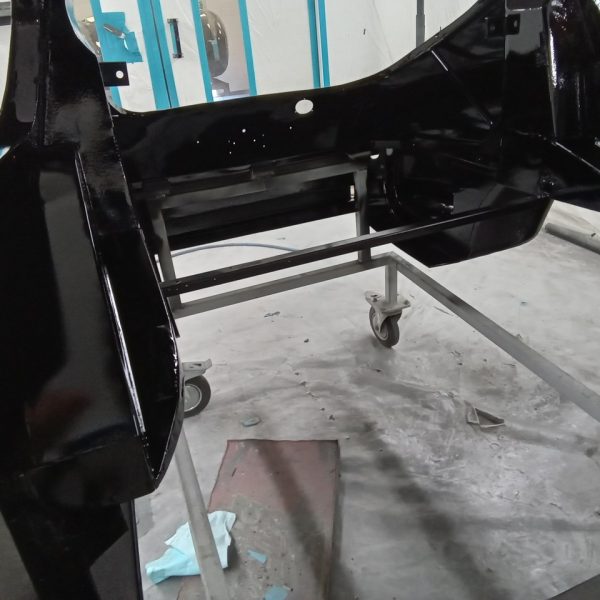
Tony recently collected our 1905 Riley 9HP and transported it back to the Bridge Classic Cars workshop.
Now that it is back with us, we can continue getting it ready for its first drive!
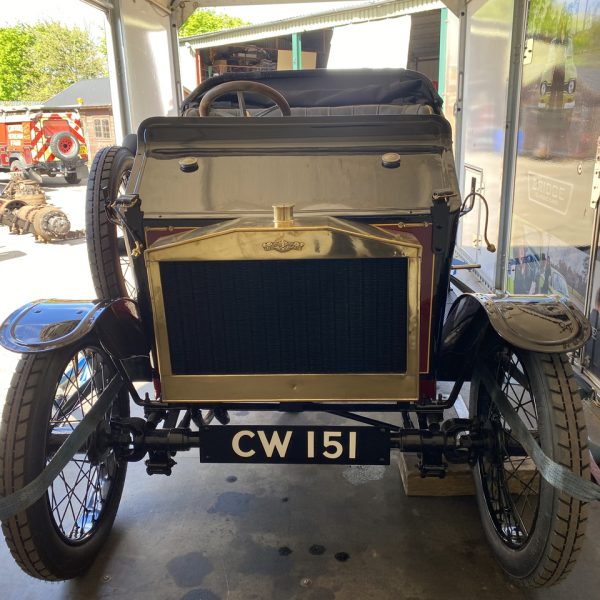
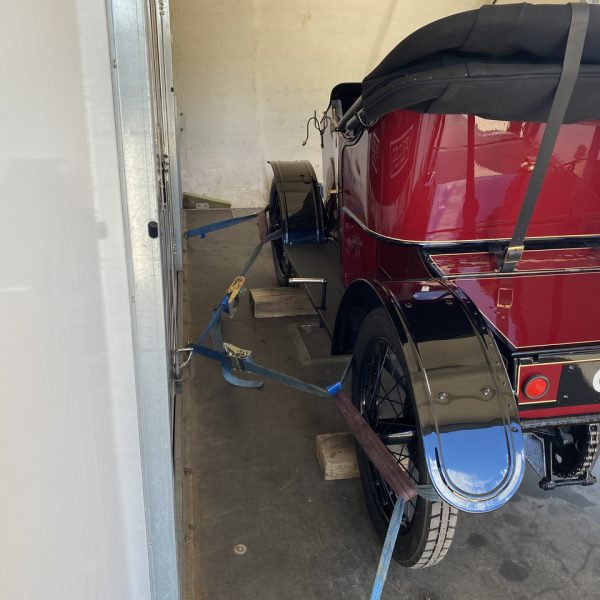

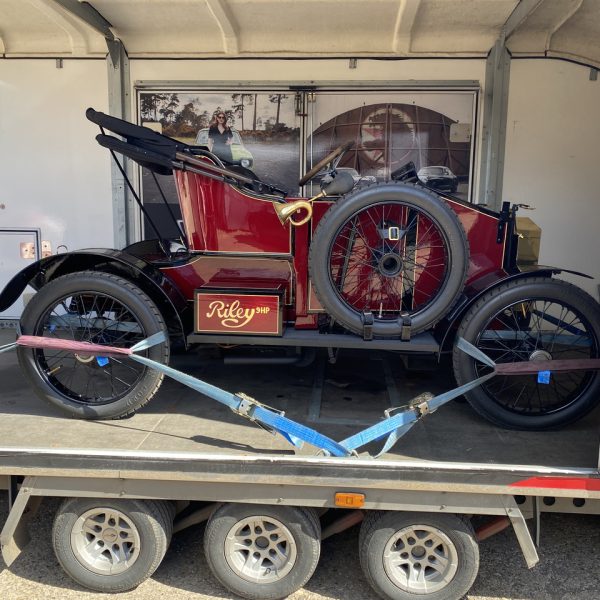
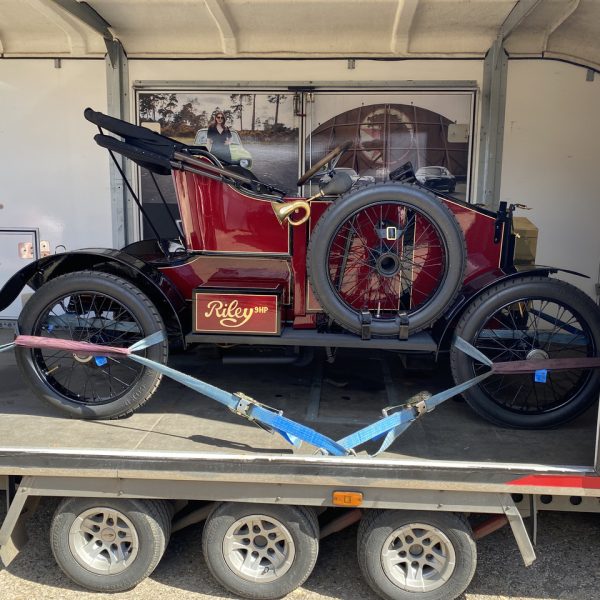
We have recently welcomed a more modern arrival into the Bridge Classic Cars workshop – our 2010 Renault Wind Collection.
Only 200 of these were made so it’s great to see one in the workshop with us for a little while.

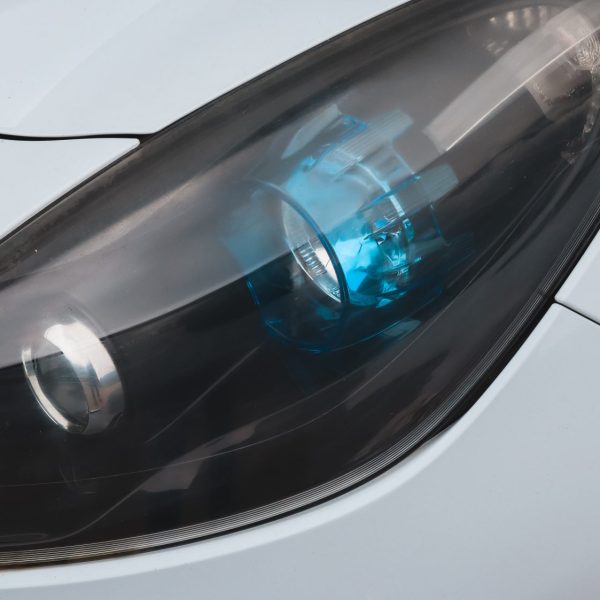
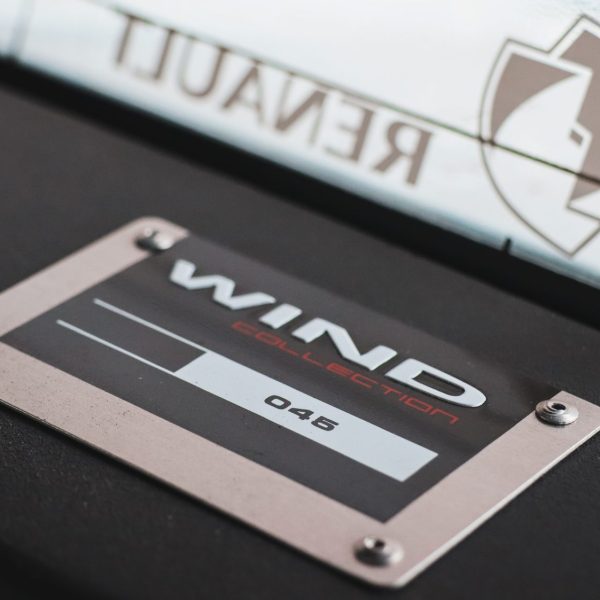
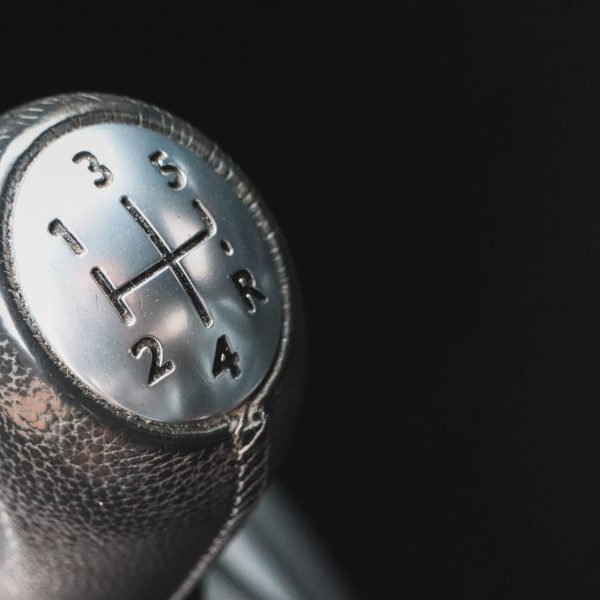
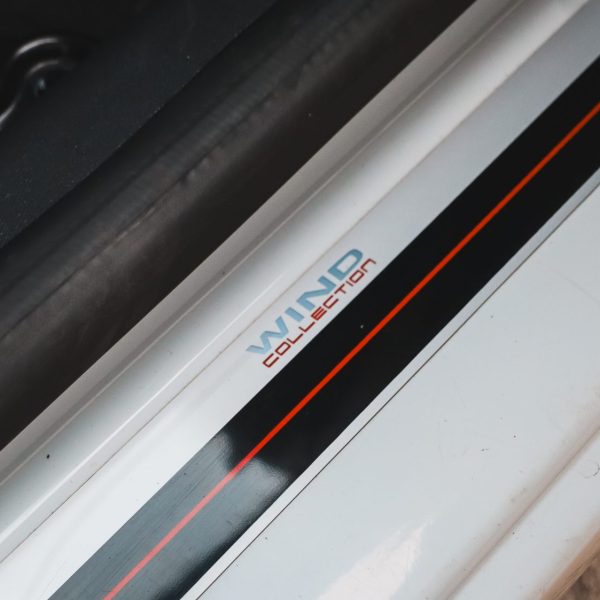

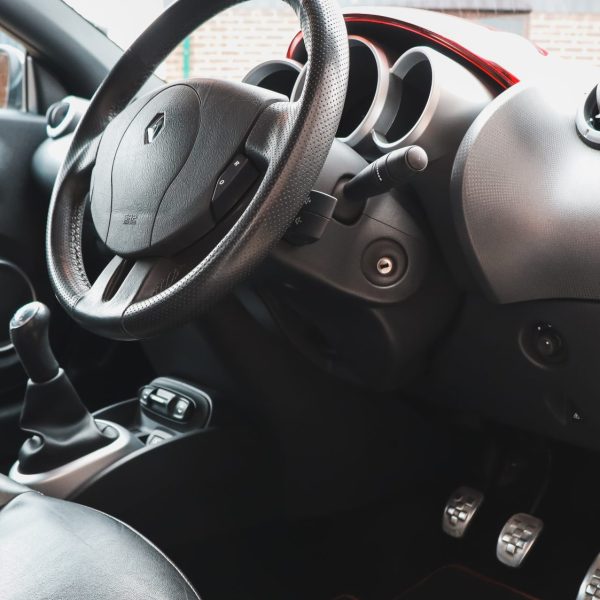
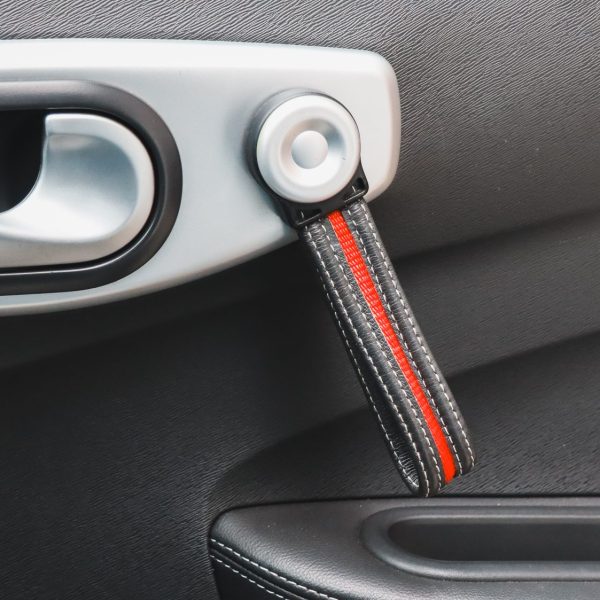

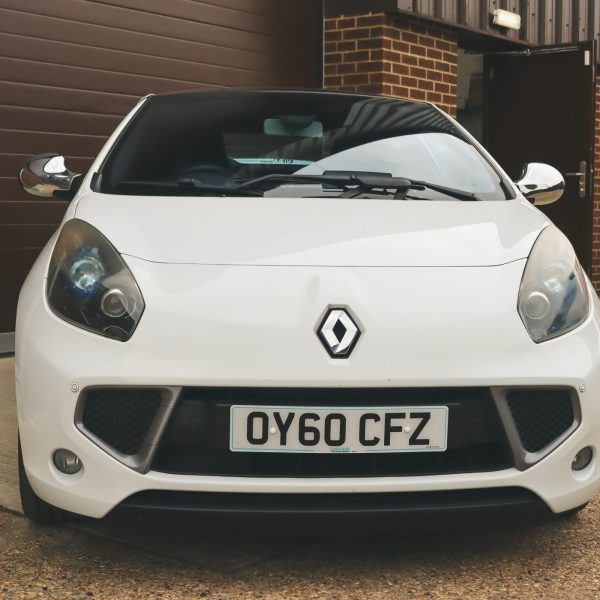

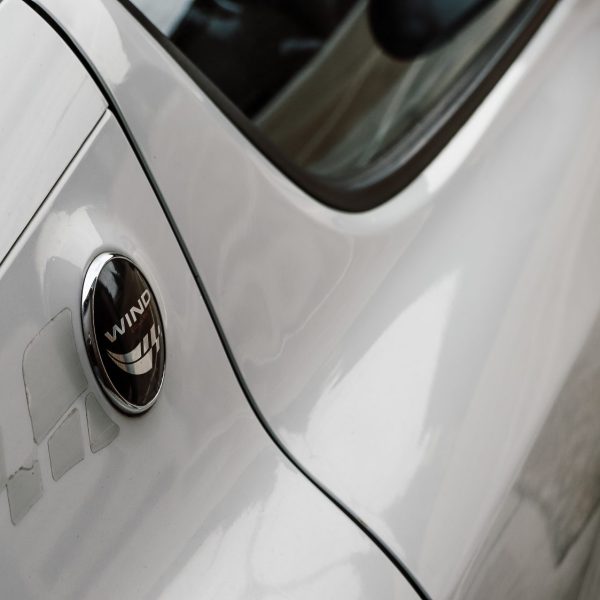
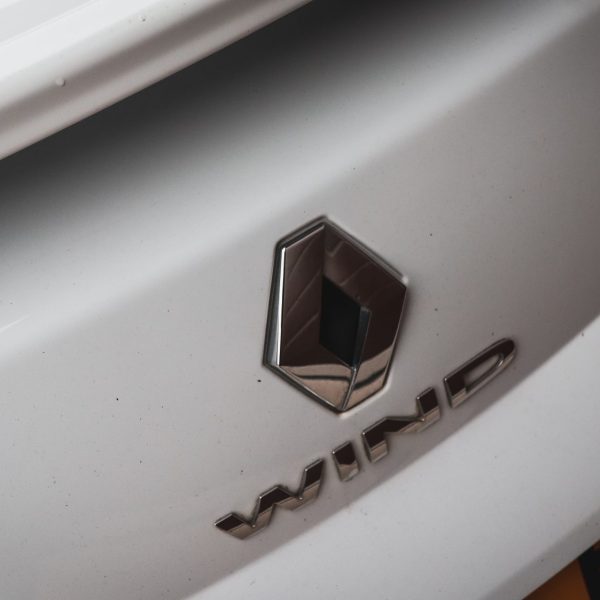
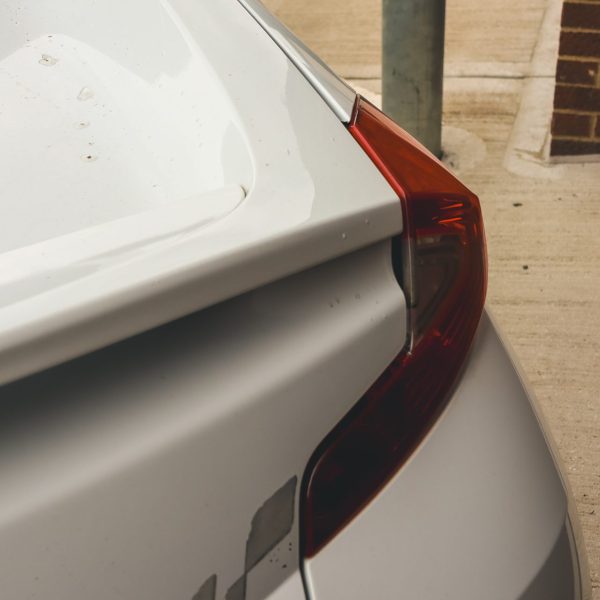


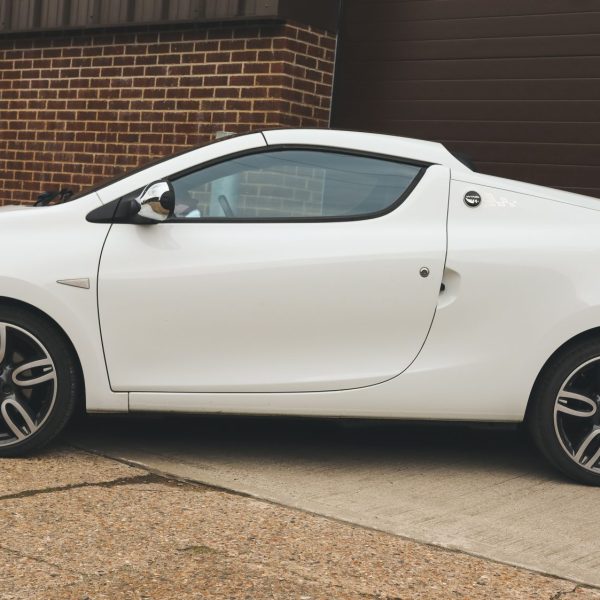

Jonn has been looking after our 2022 Bridge C-Type Replica.
Here are his notes:
Continue to work through list of jobs. Drill,dash and fit passengers grab handle. Secure all wiring under dash. Mask up areas around interior and polish alloy inside. Work slowly through car around inside panels visible when interior installed.
Continue to polish interior. Go over each panel a few times to get to a desired finish.
Finish polishing interior panels. Clean and hoover out. Fit gear lever cover and gaiter. Fit tunnel cover and mats to front.
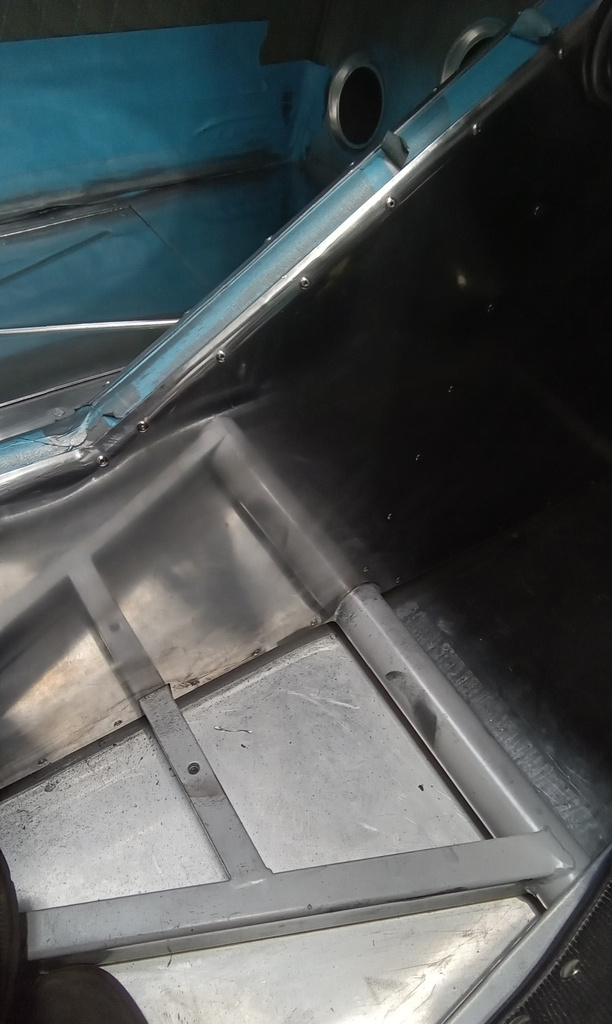


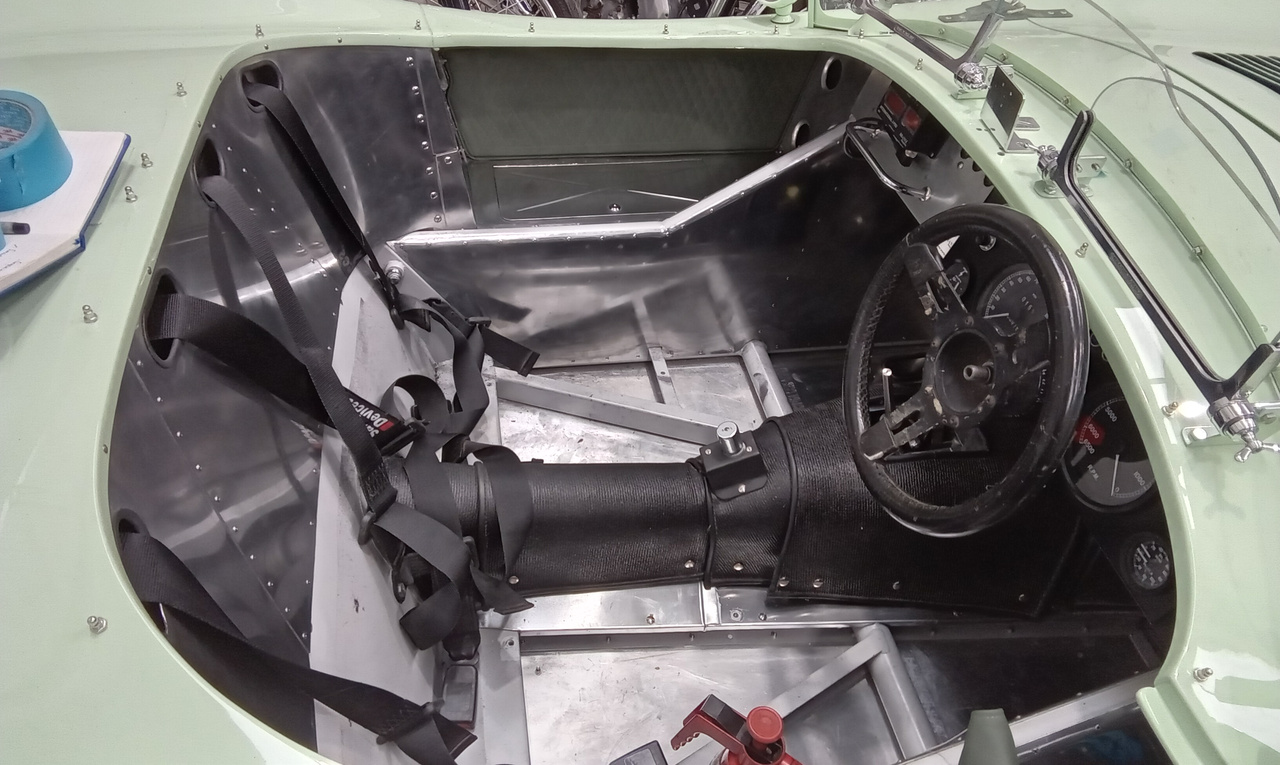

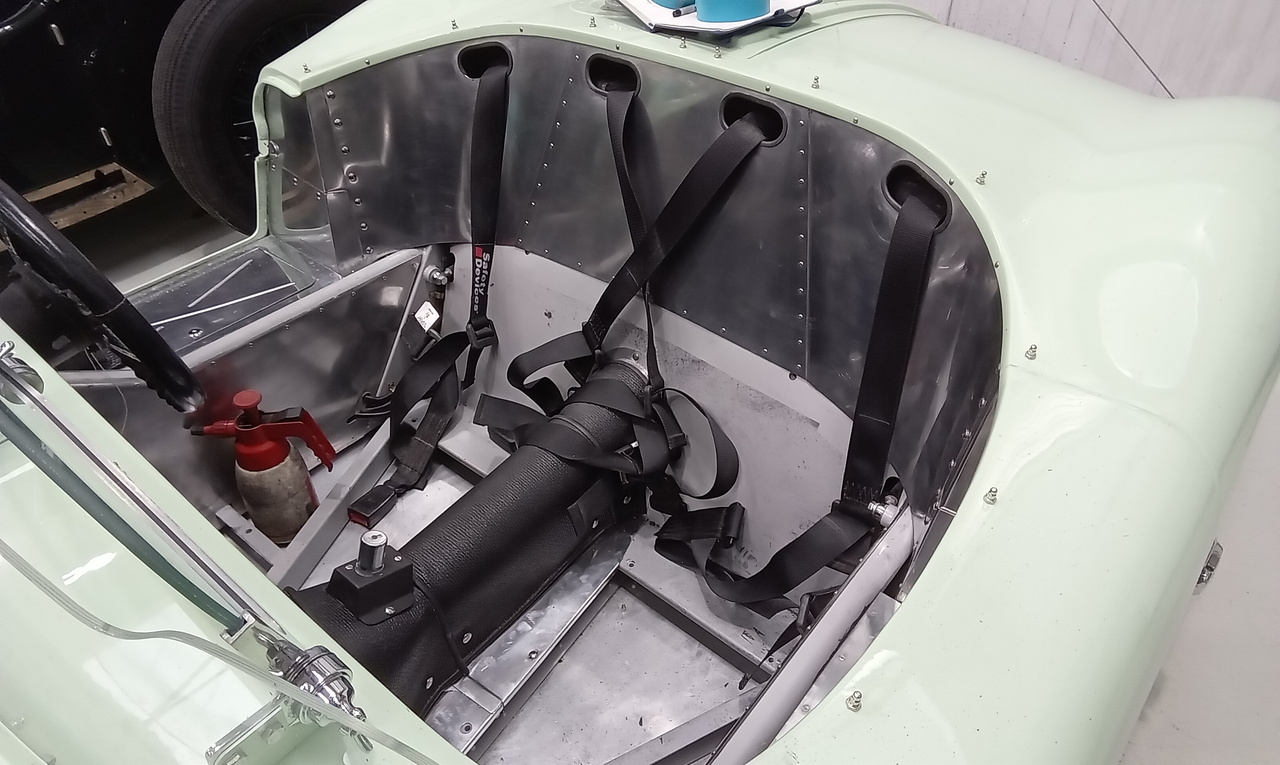
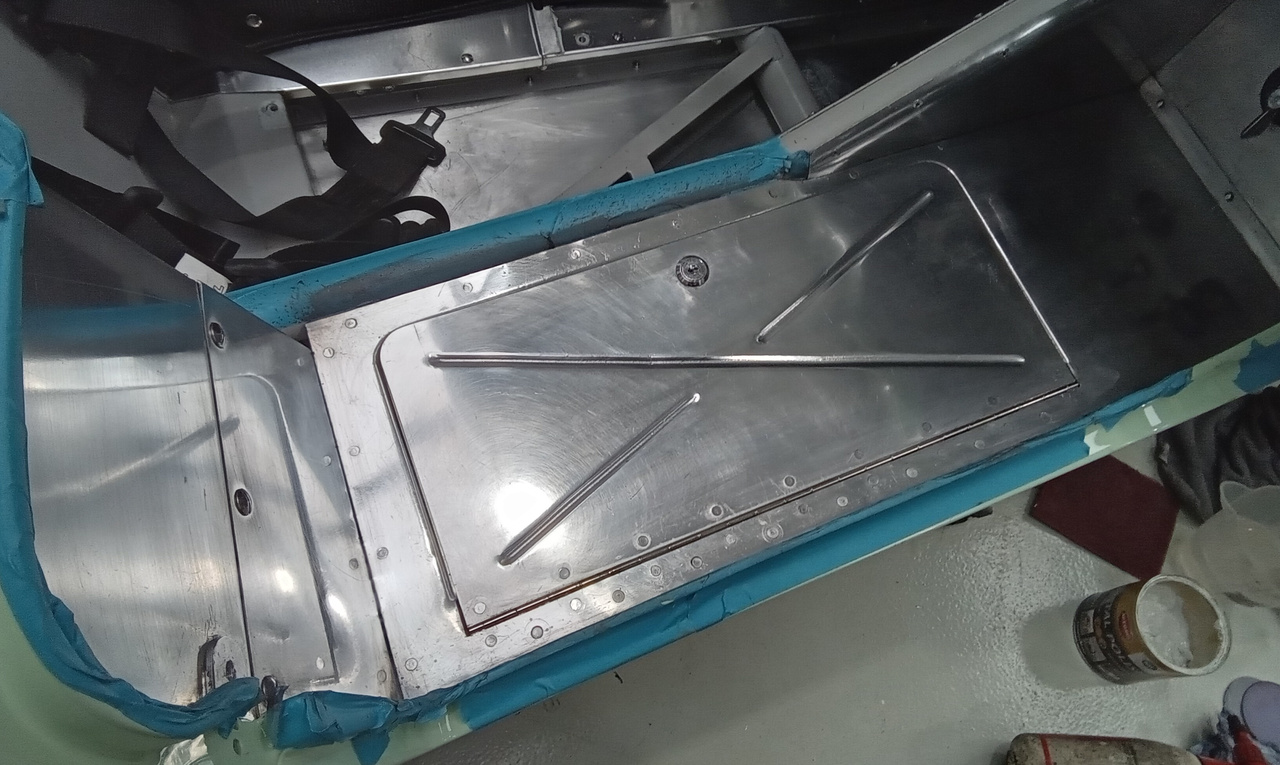
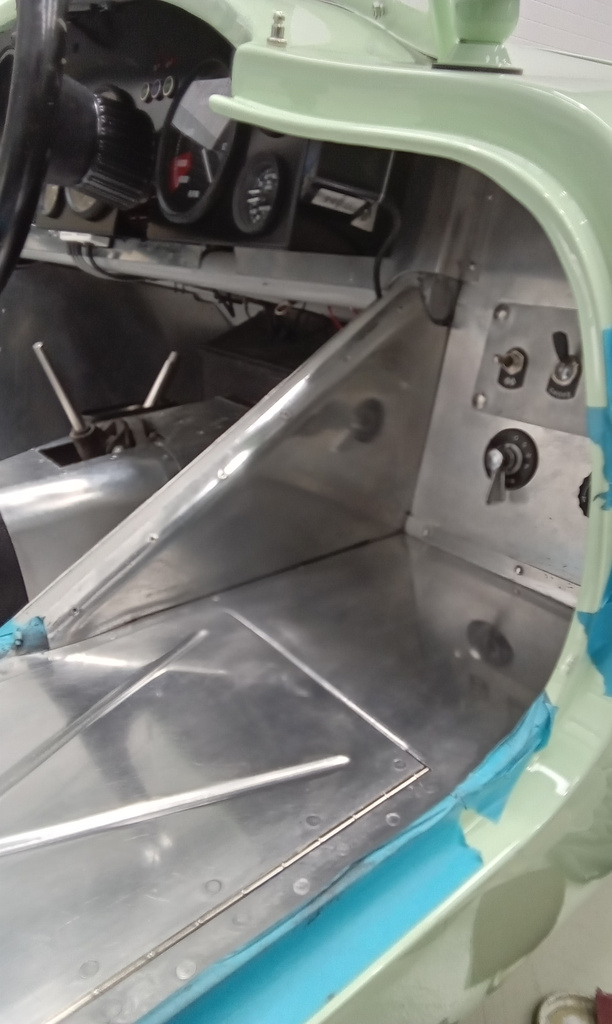

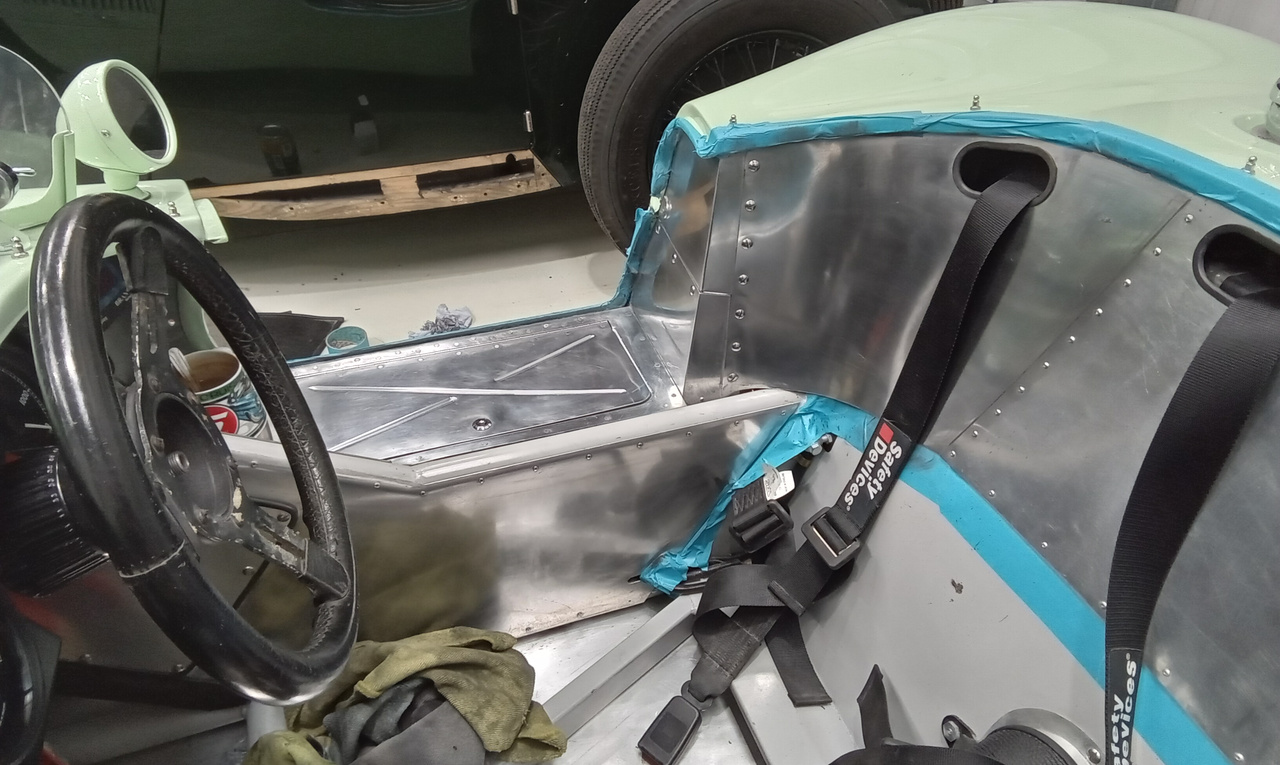
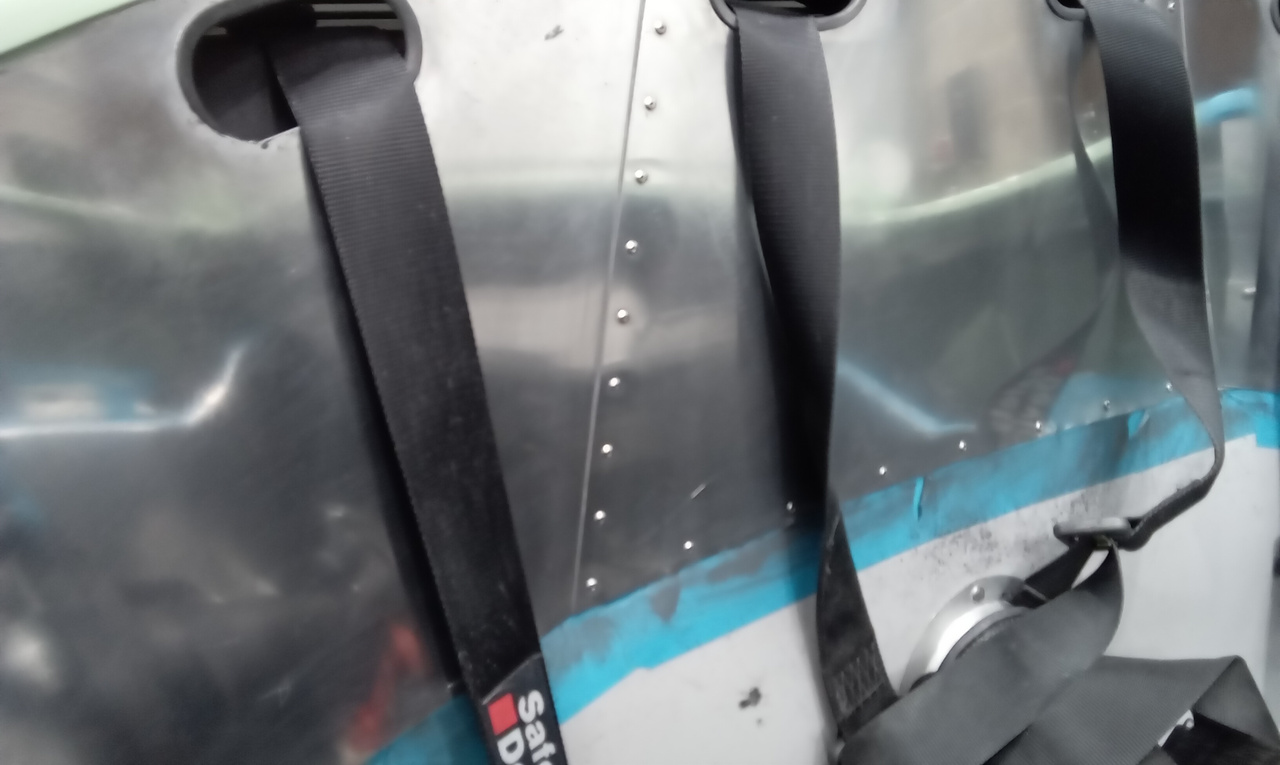

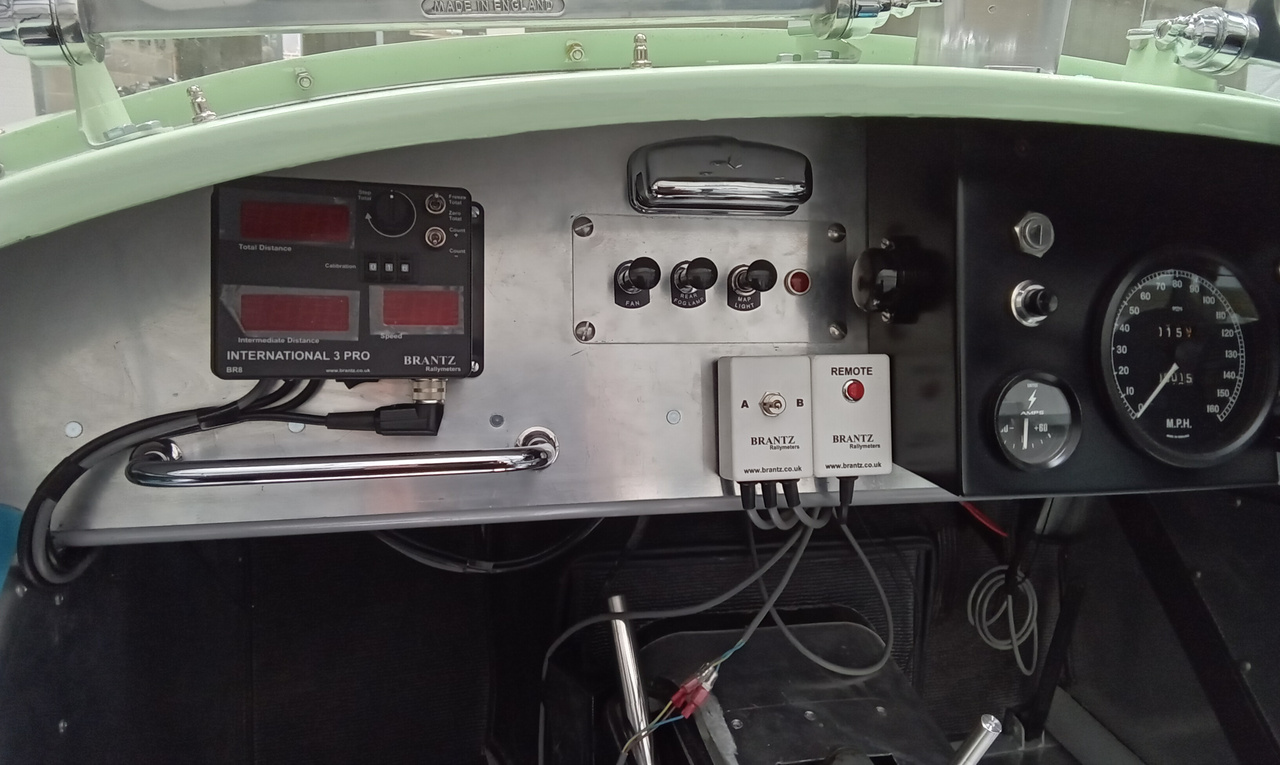
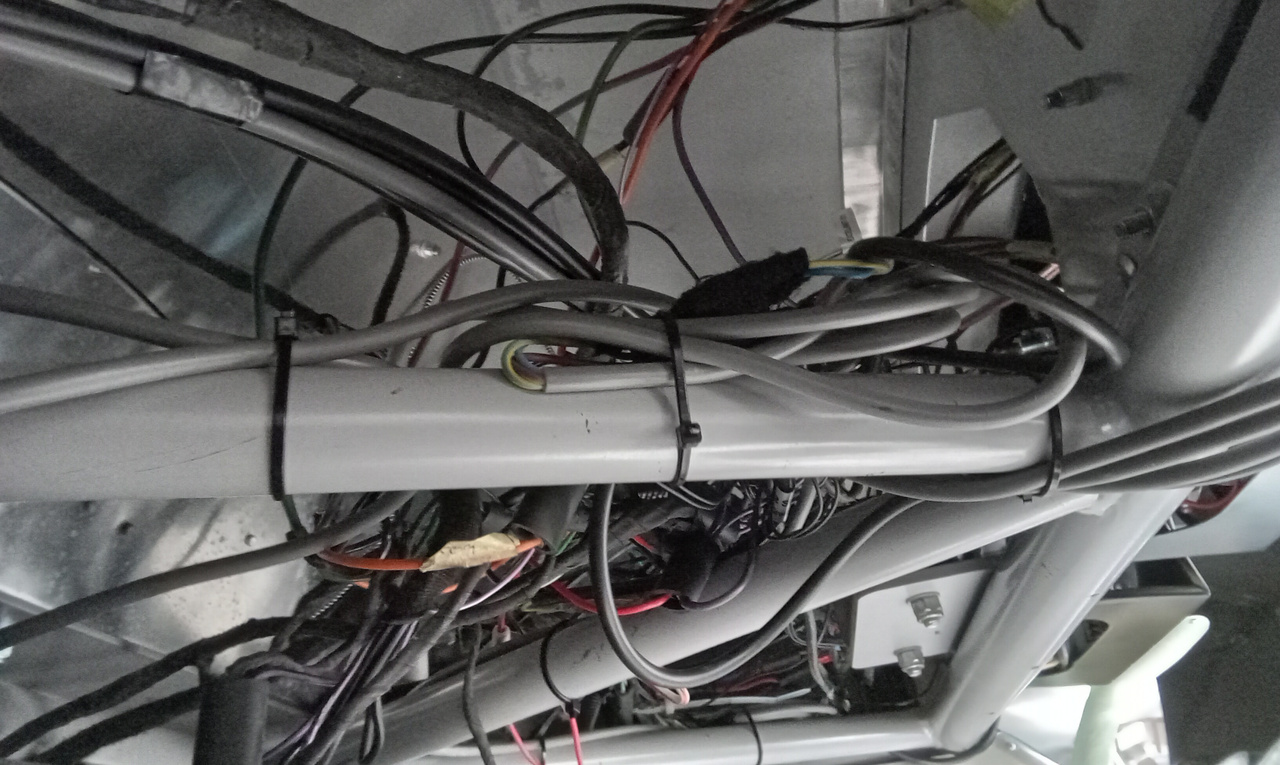
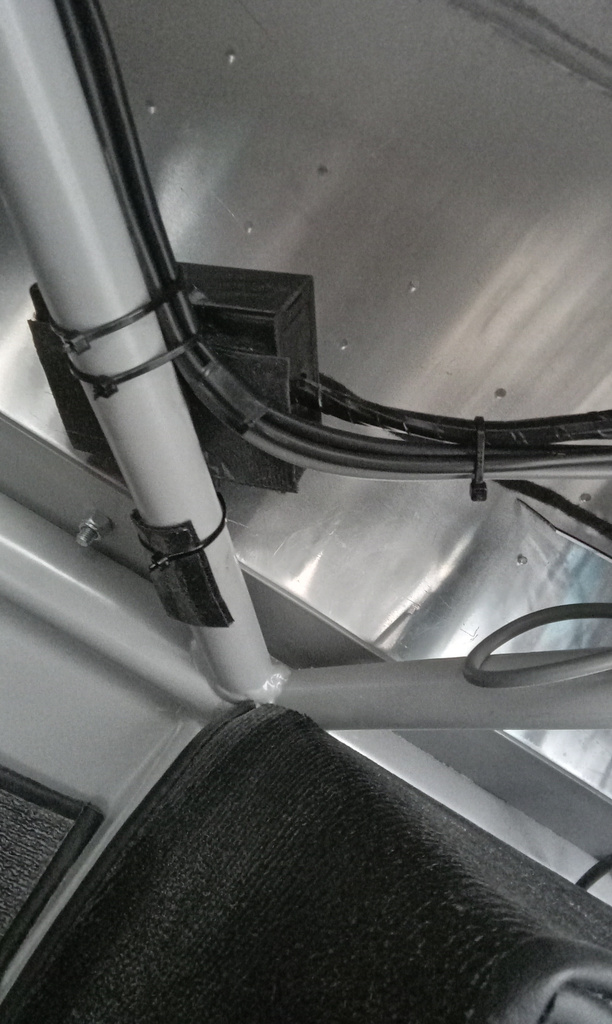
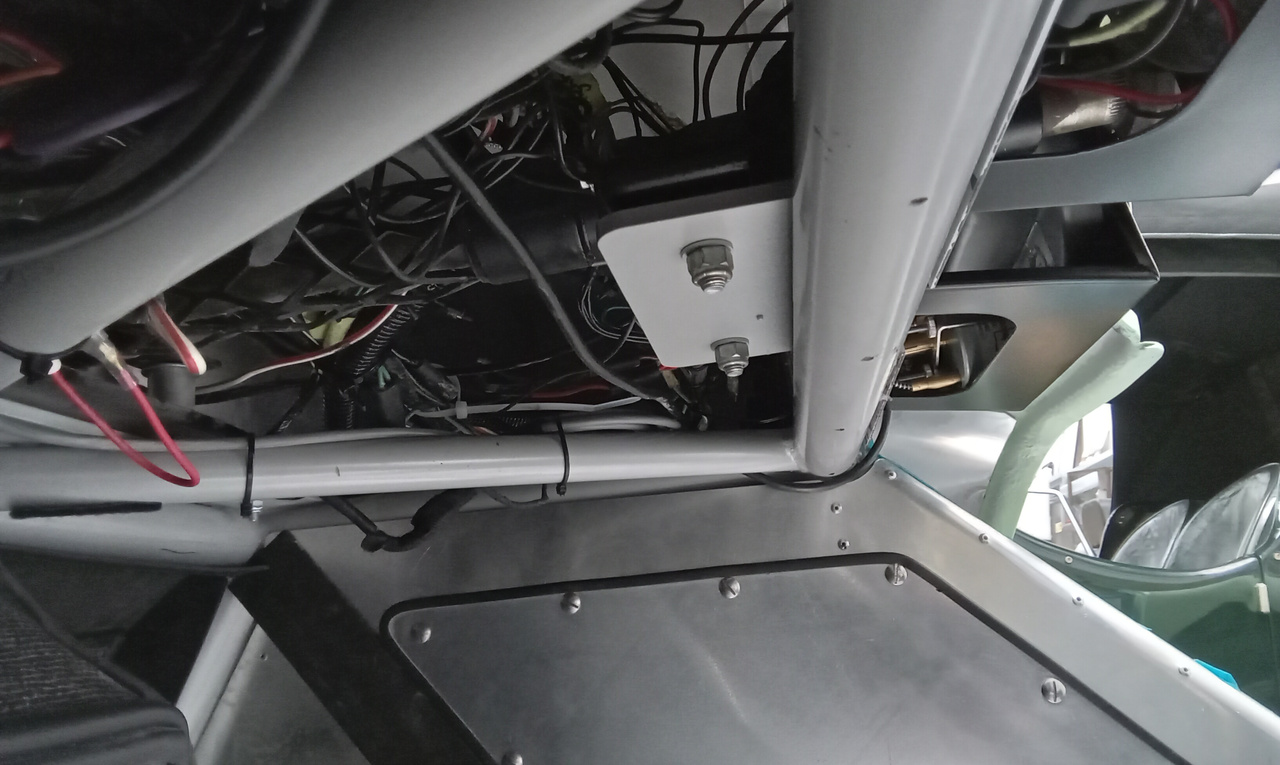
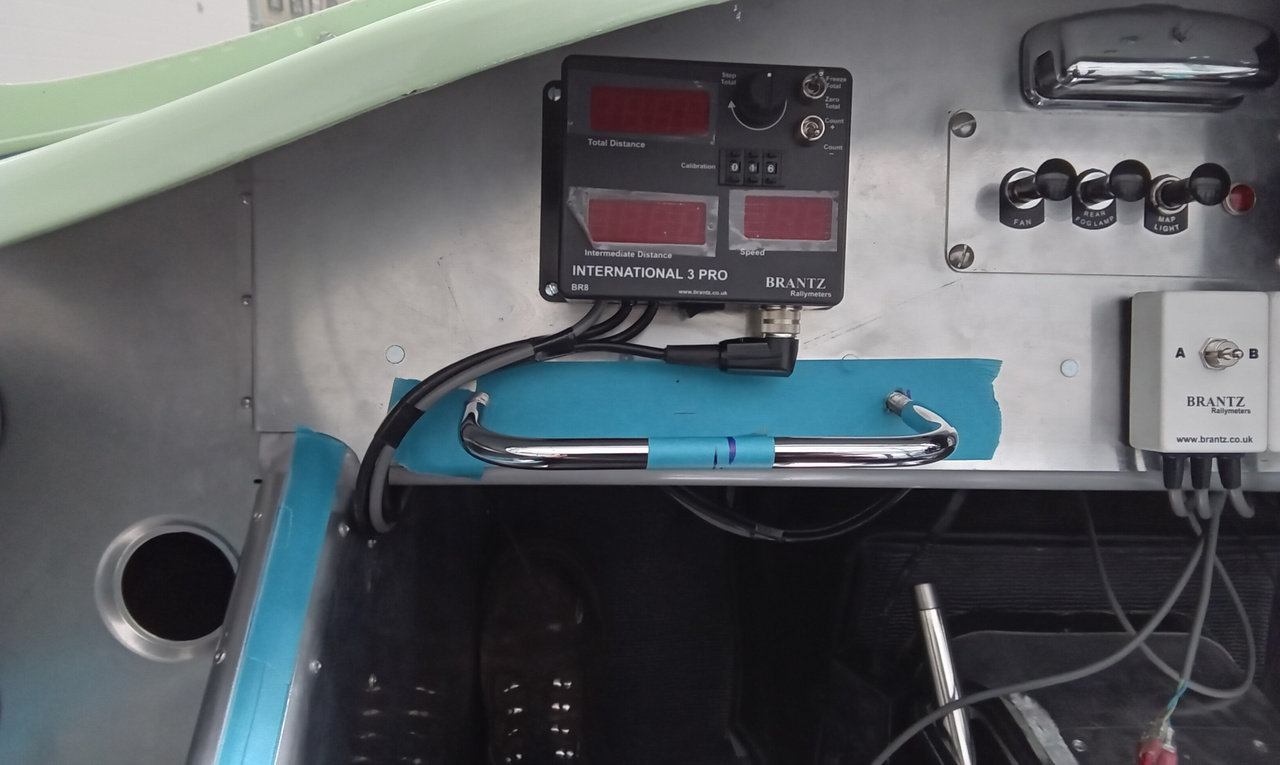
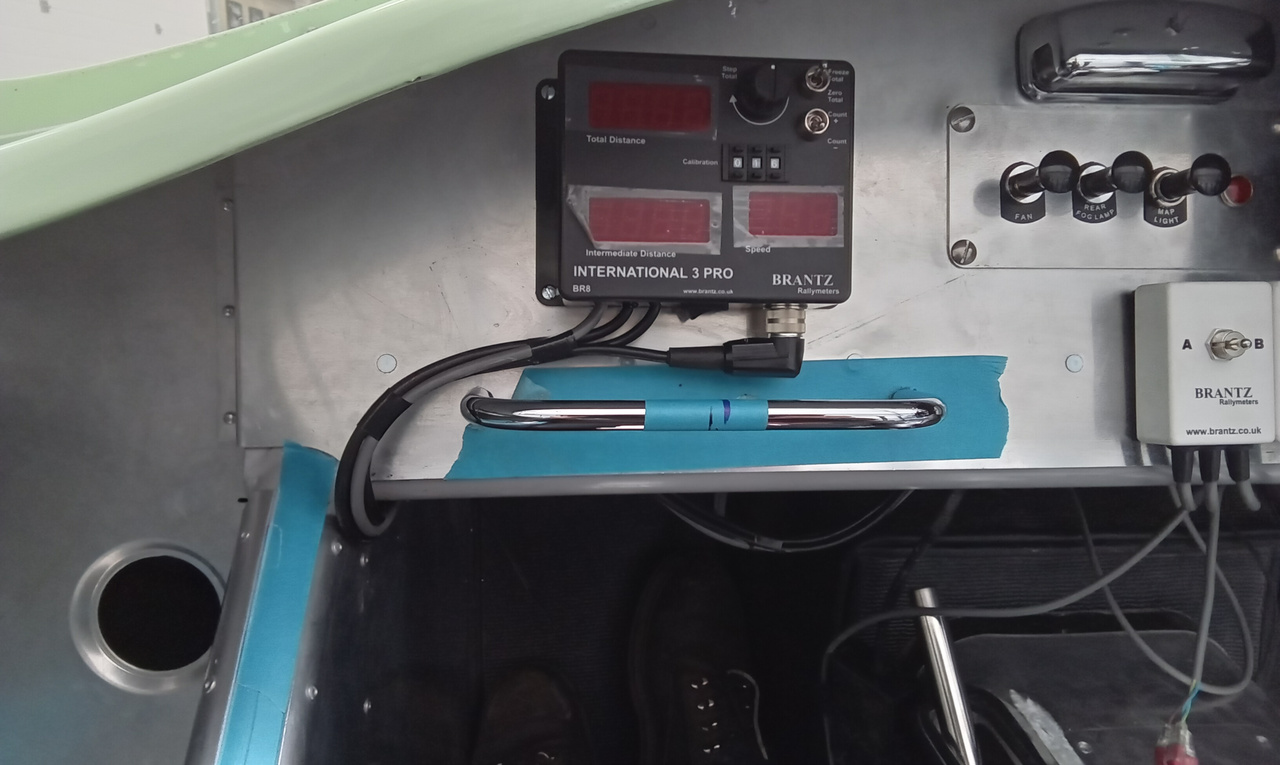

Both Paul and Lydia have been working on our 1956 Jensen 541.
Once Paul had changed over the rear suspension leaf springs to the correct ones, he carried on fitting the door trim.
Lydia then made a glove box for our classic Jensen. It’s small in size as it has to fit into the dash around an air duct and wiper motor linkage. Lydia fitted the box she had previously made, then covered the front panel with red leather.
Unfortunately, due to the unique nature of the Jensen, the passenger seat didn’t fit next to the tunnel. Because it was made so long ago before the tunnel was ever fitted, we could not envisage this problem occurring. Lydia has test-fitted the seat into the vehicle and made alterations so that it will no longer fall on the gearbox tunnel, even when it is in its most forward position.
The door surrounds were then finished and the dash and extra wiring were also fitted for the fan motor and screen washer pump.
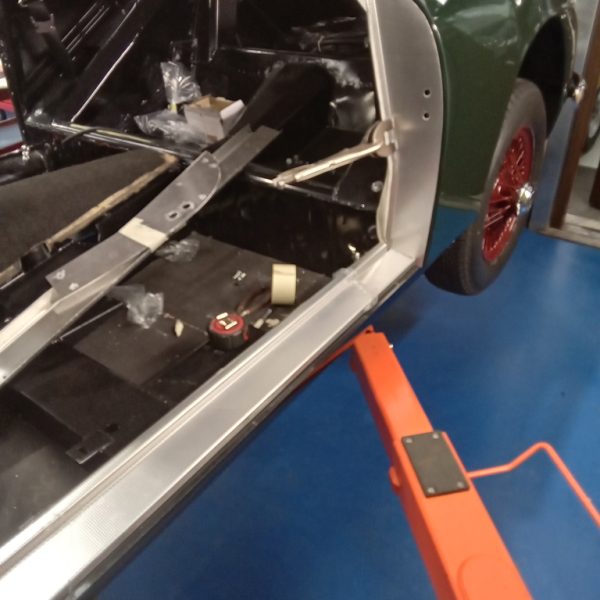
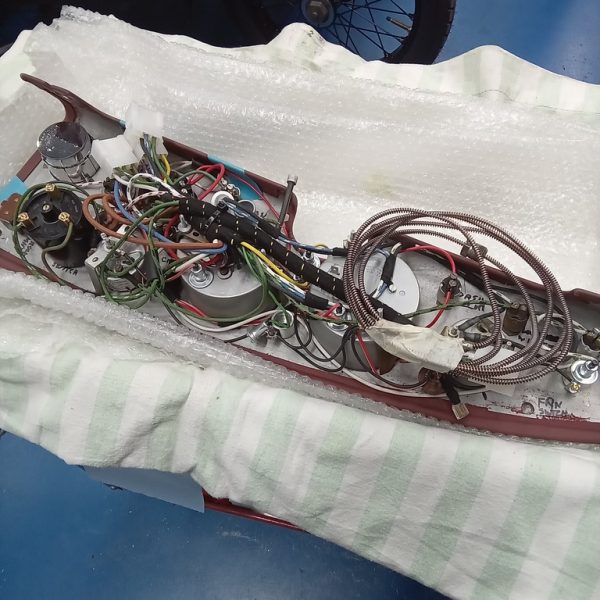

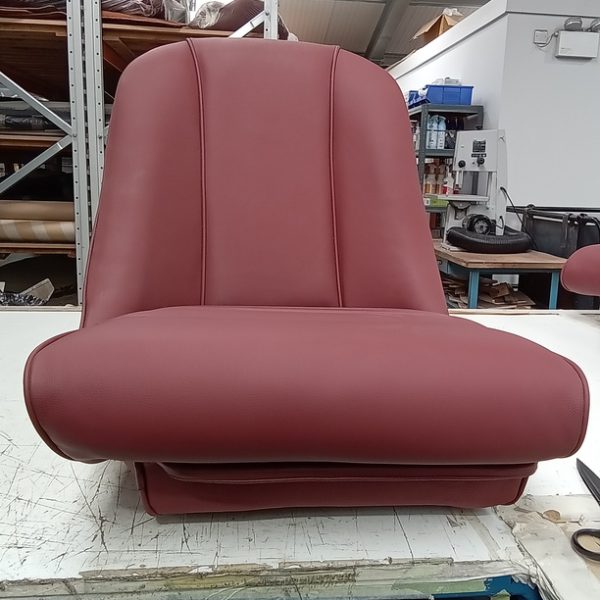
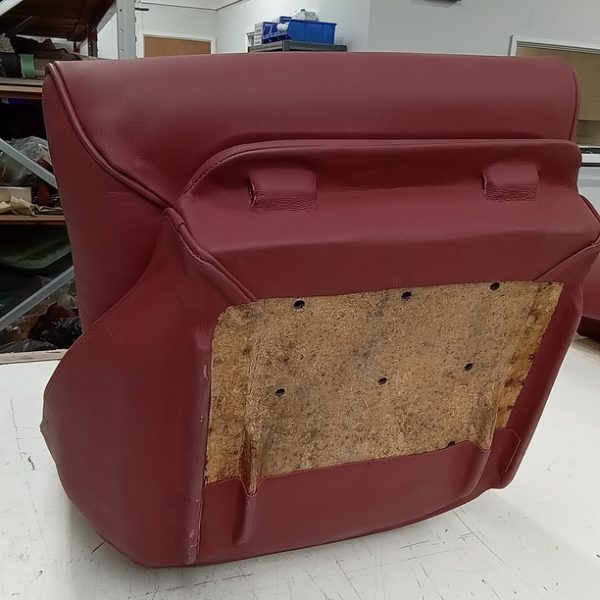
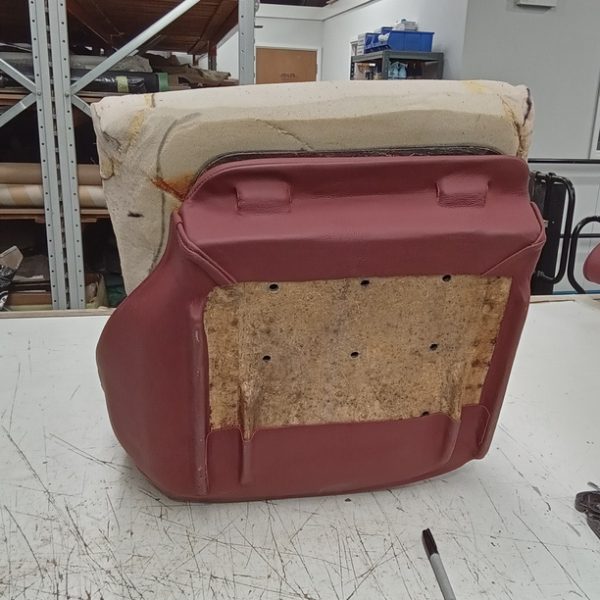

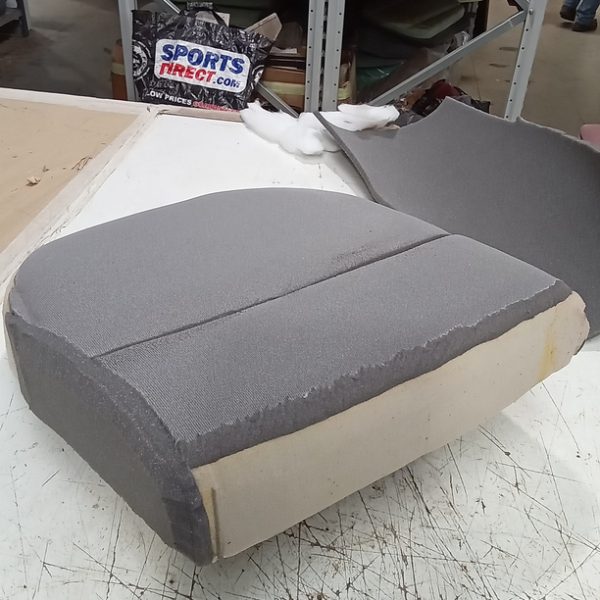

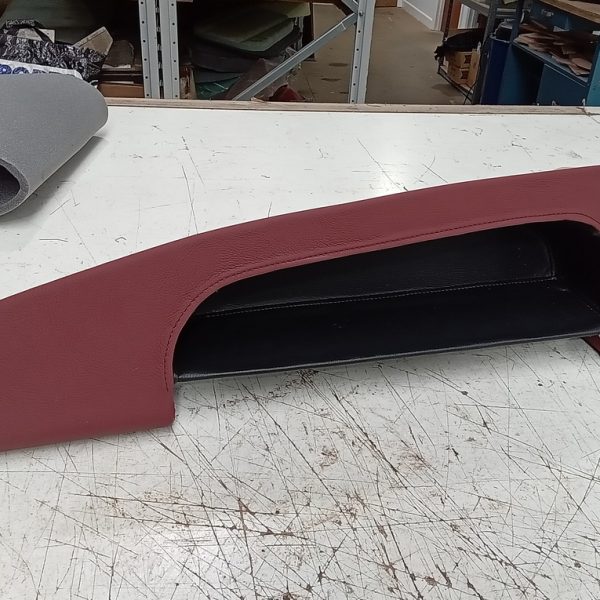
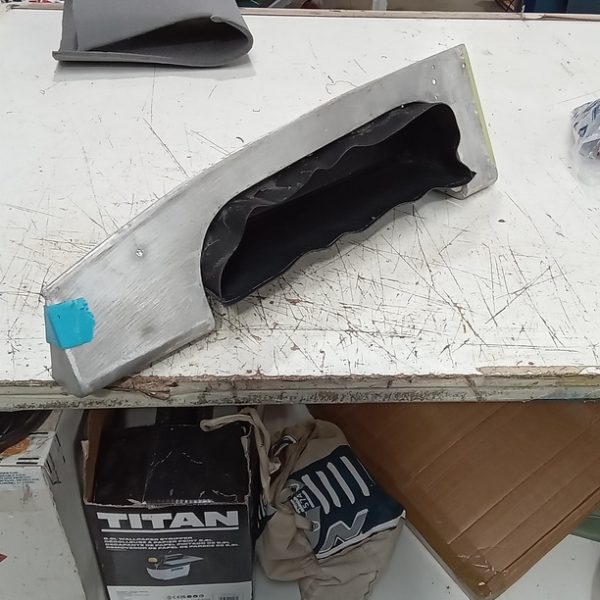
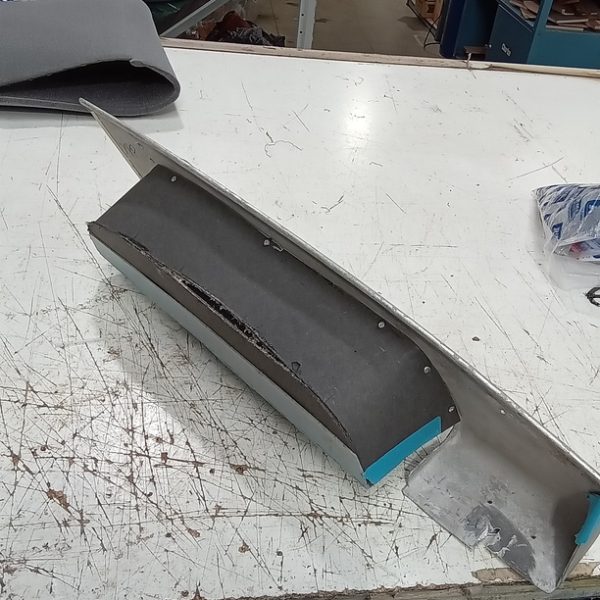
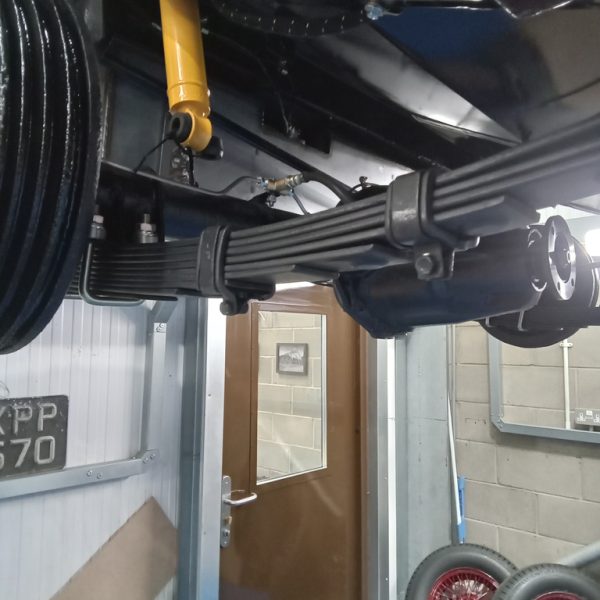

Steve has removed the power steering box of our 1988 Mercedes 300SL. Once it was removed, it was stripped and cleaned ready for new seals before being reassembled.
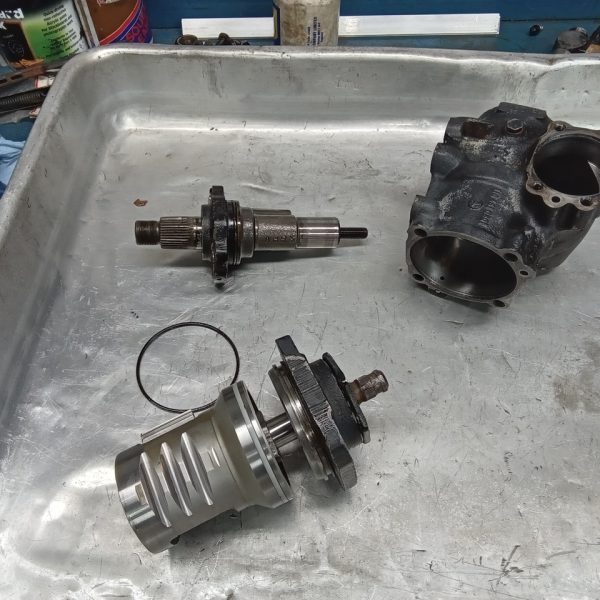
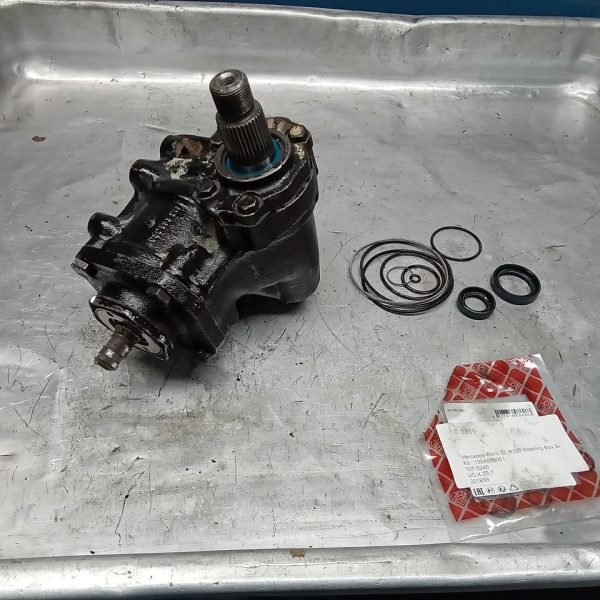
Our 1960 MGA has been in the Bridge Classic Cars paintshop.
After being stripped to bare metal, Mauro applied epoxy primer to the front wings, rear wings, bonnet, and boot.

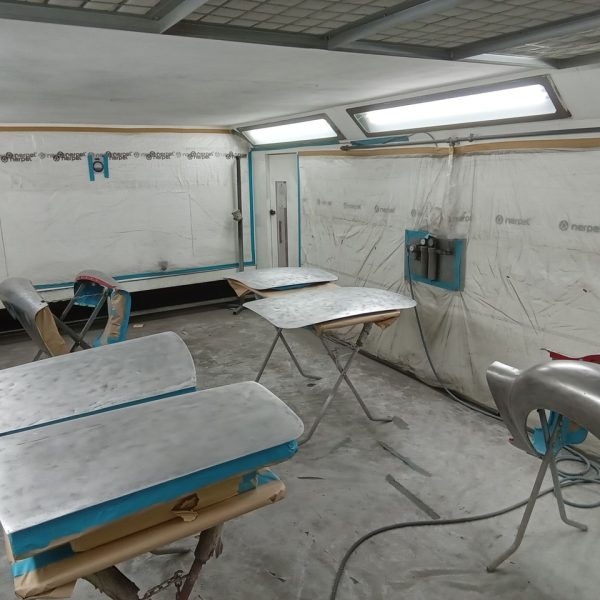
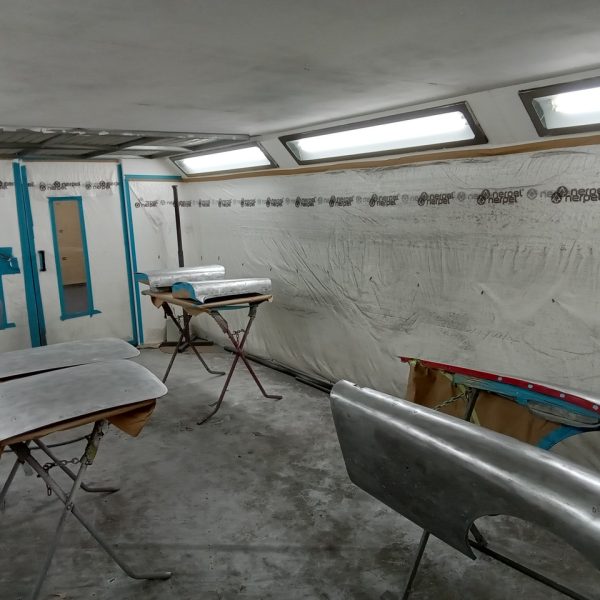
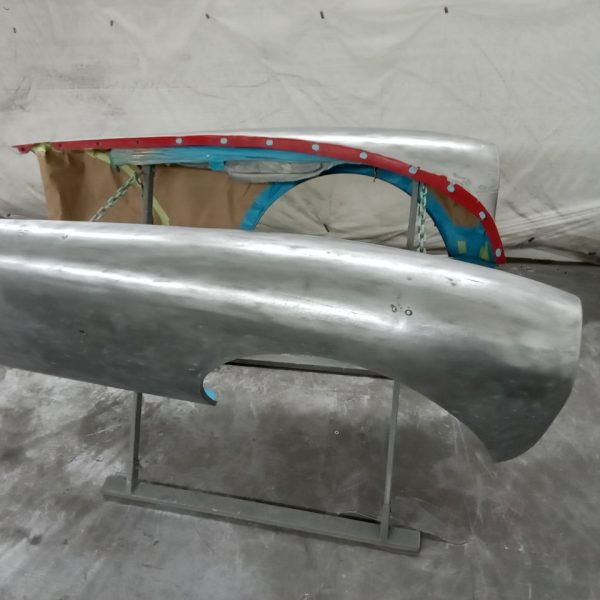
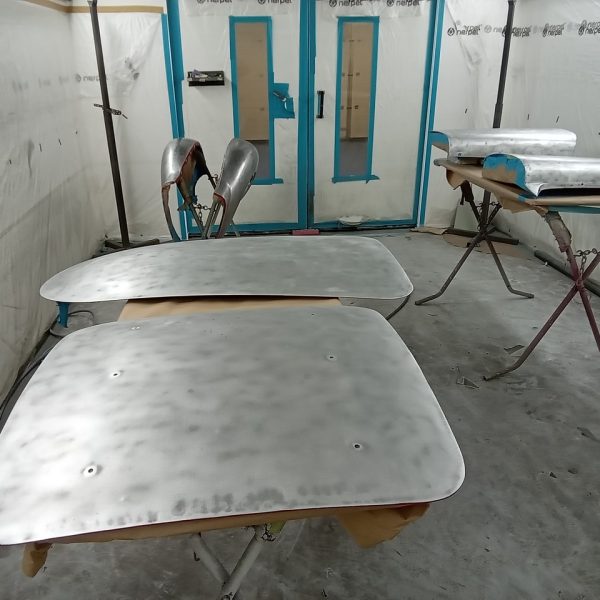
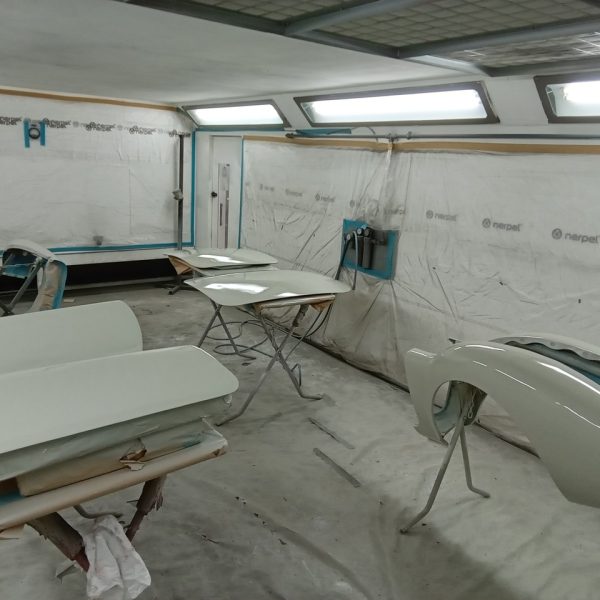
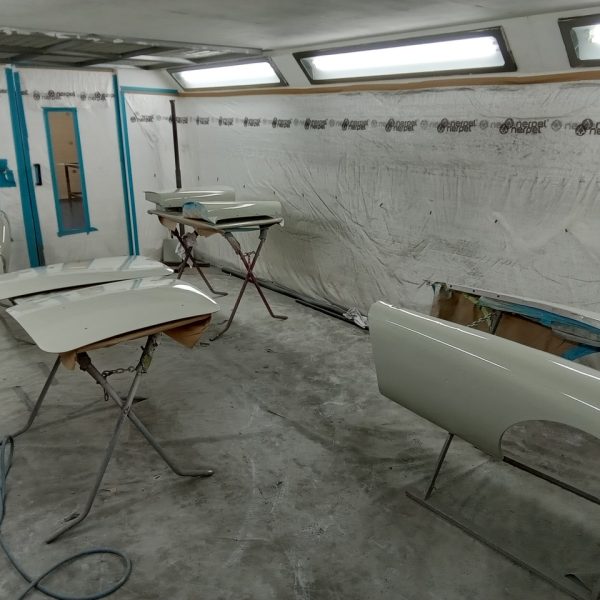
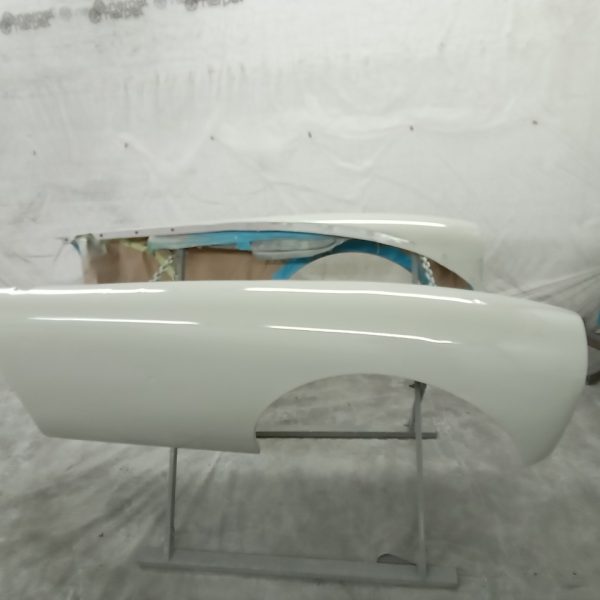

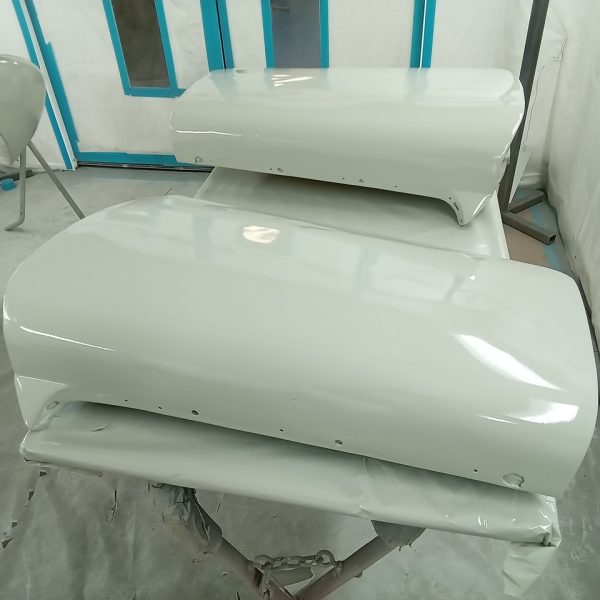
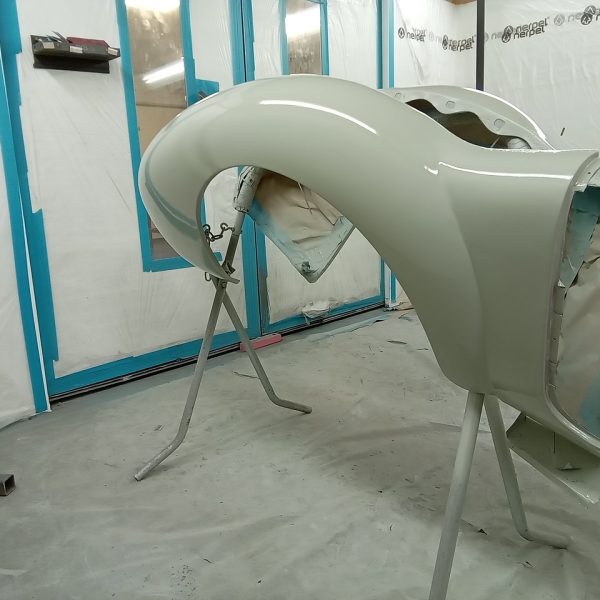
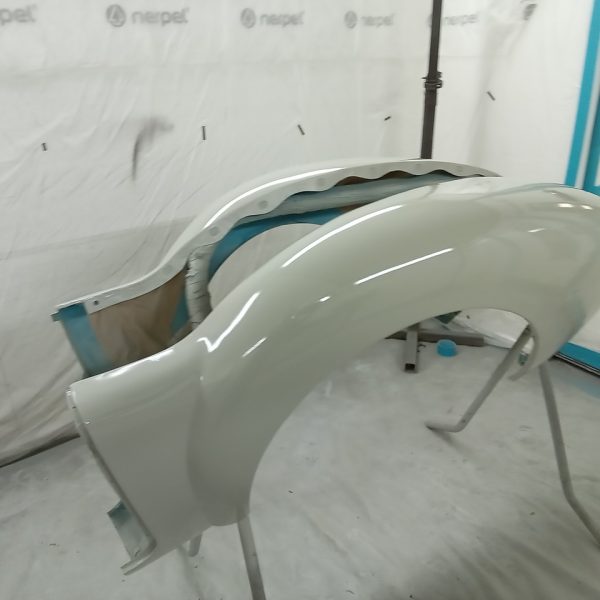


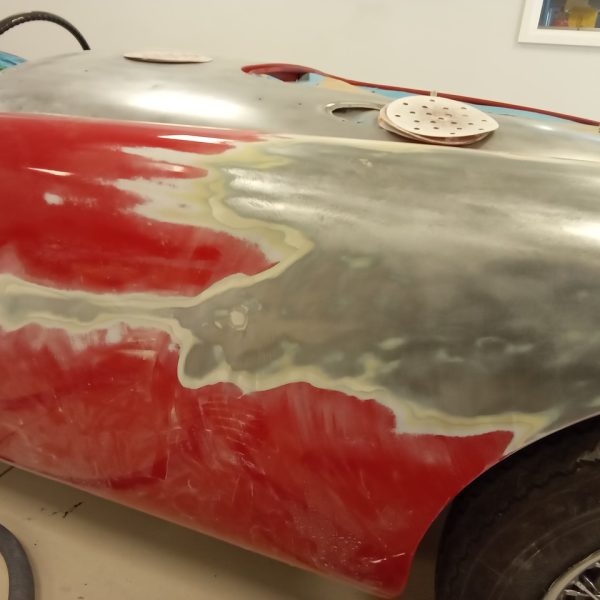
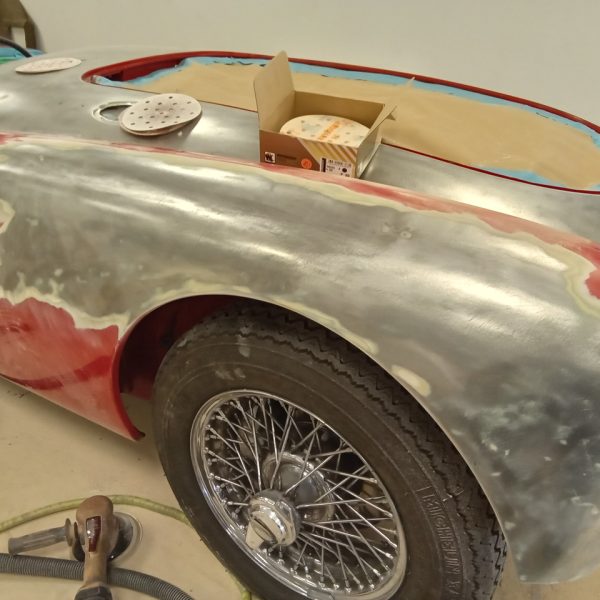
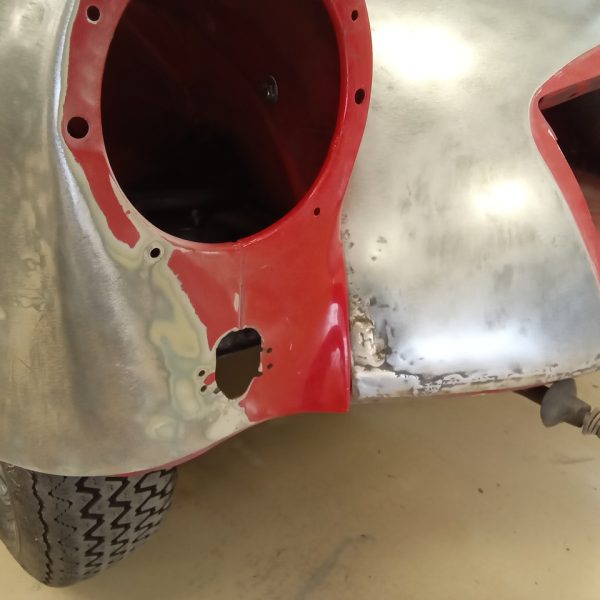
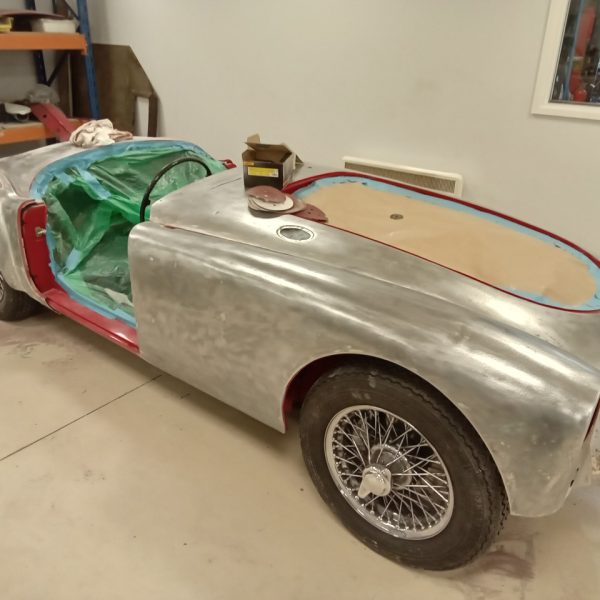

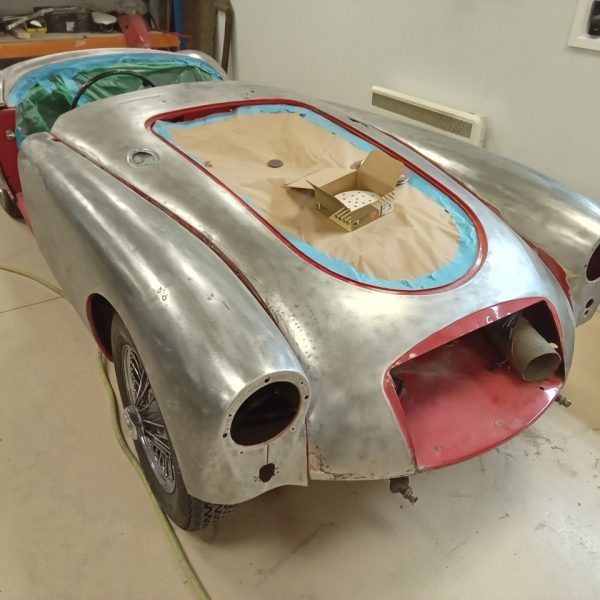

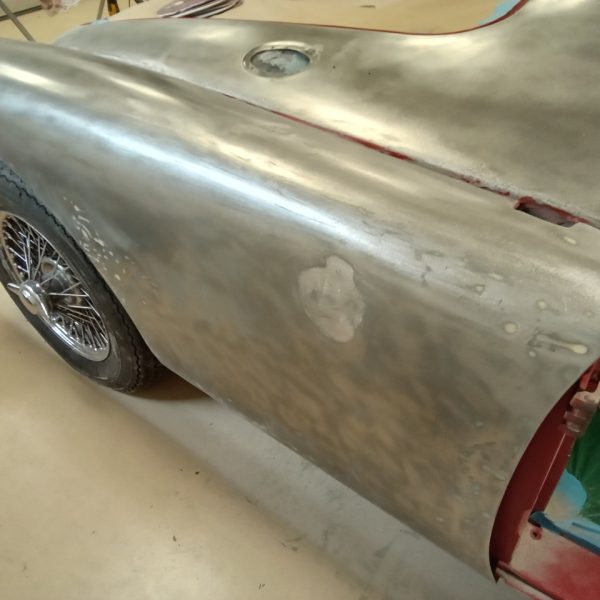
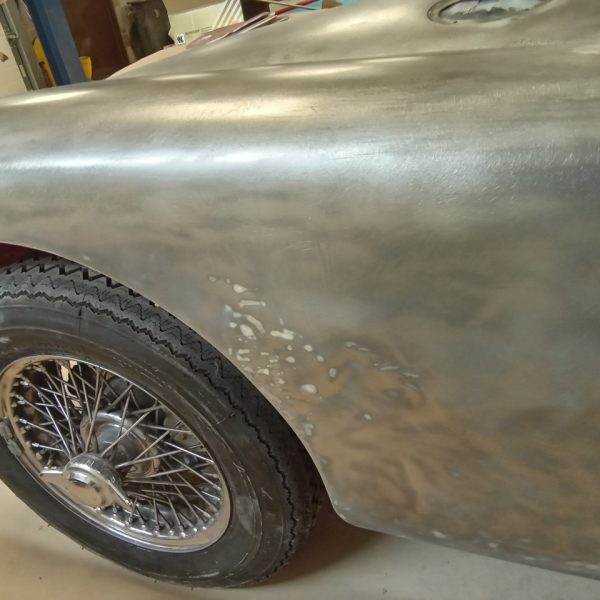
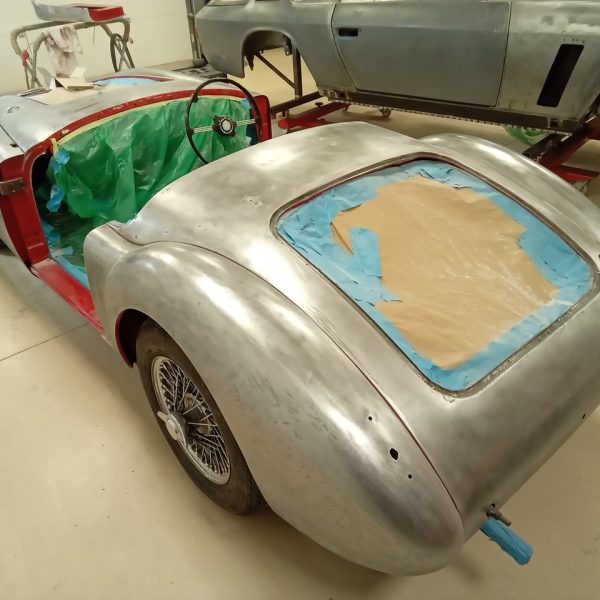
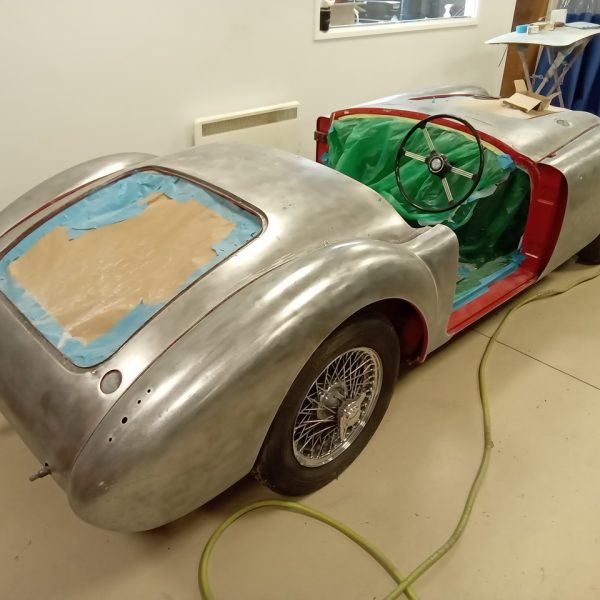
As our 1989 Daimler Double Six is being prepared to be won through Bridge Classic Cars Competitions, Jon has been completing some repairs. Here is what he has been up to:
Reassemble after paint job. Refit boot trims and panels. Remove battery and charge. Reassemble removed parts from paint job. Clean battery tray and paint black. Fit modified battery hold down brackets and fit battery and secure. Help Lydia refit sunroof. Particularly awkward to get aligned. Lubricate and keep adjusting until satisfied with operation. Leave in the shut position to settle new seal in place. Refit wiper arms and wipers and test.
Investigate horn not working when refitting steering wheel centre push. Trace to earth fault but leave for now. Carry out full inspection and report. Grease all points. Reposition nearside driveshaft covers to gain access to grease nipples.

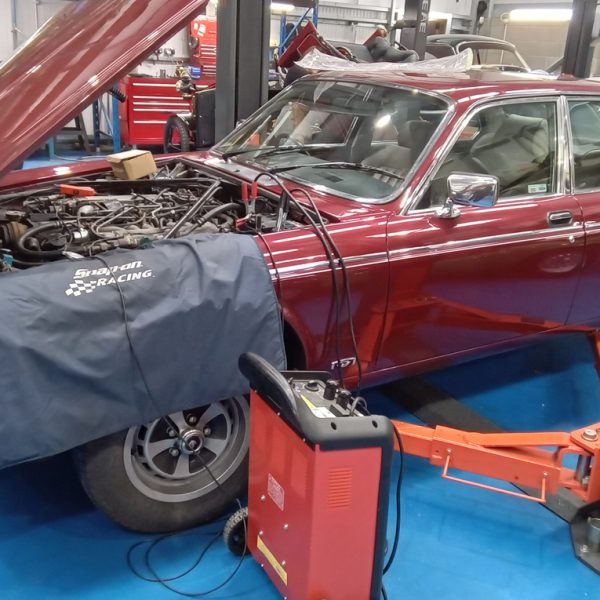
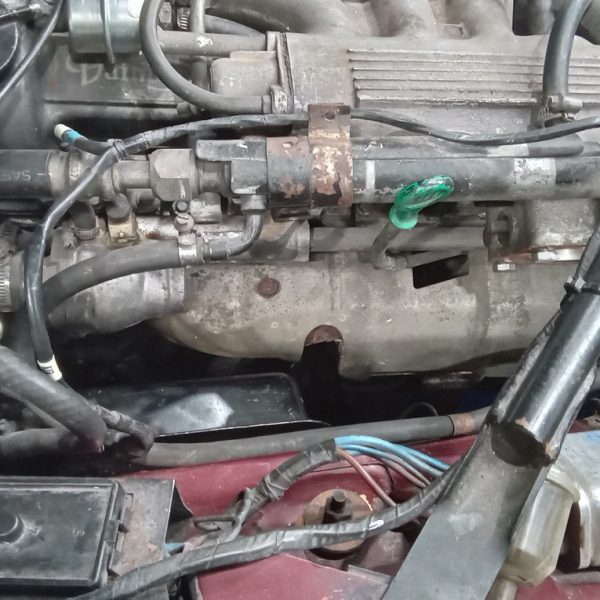

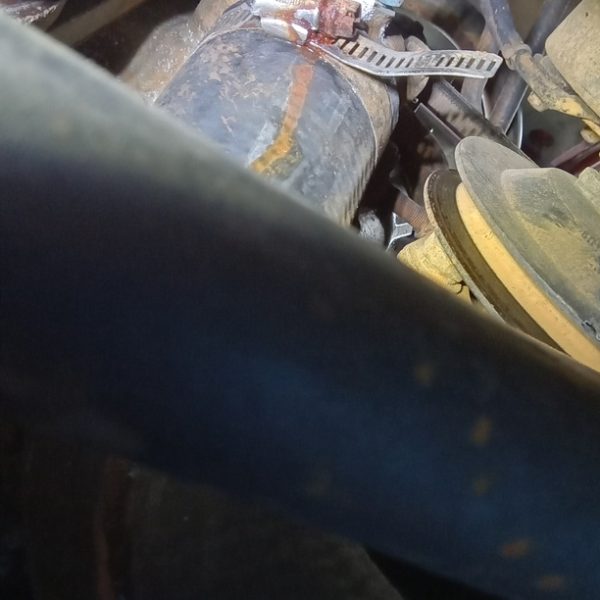

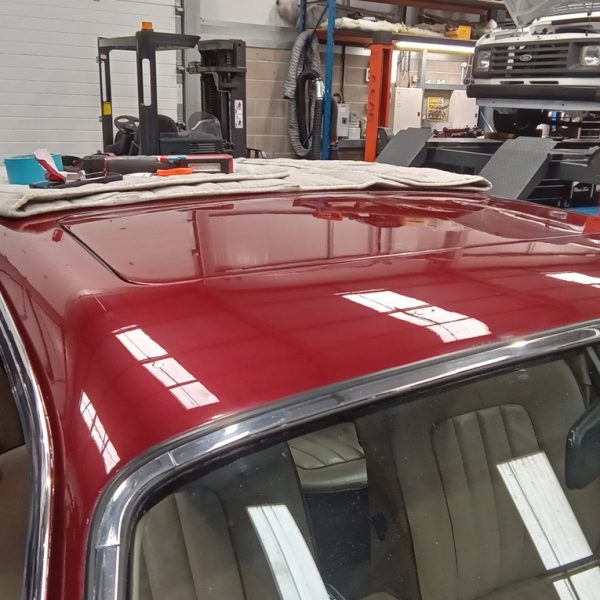
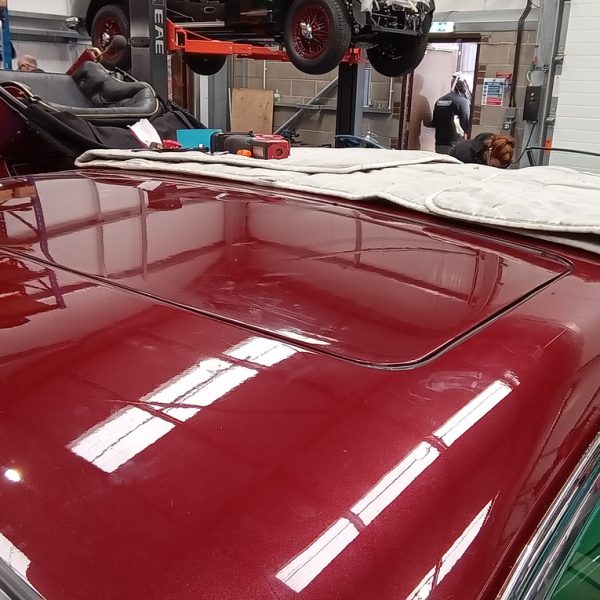
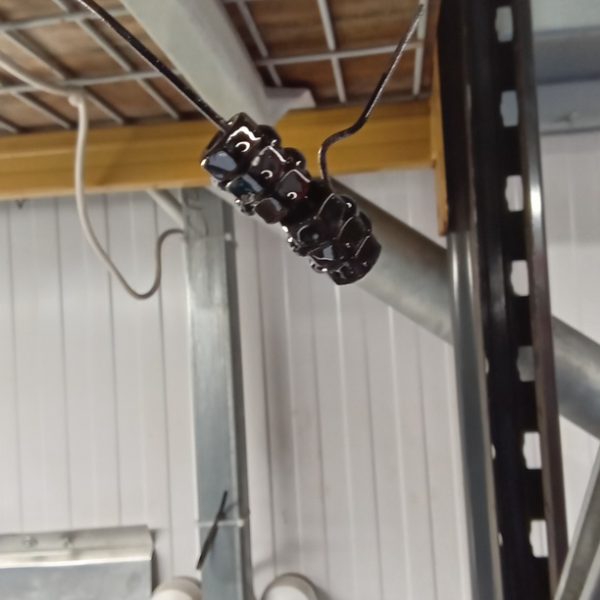
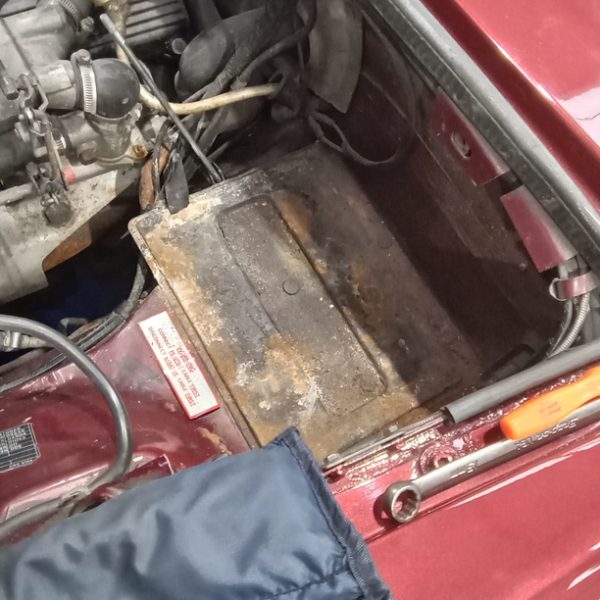
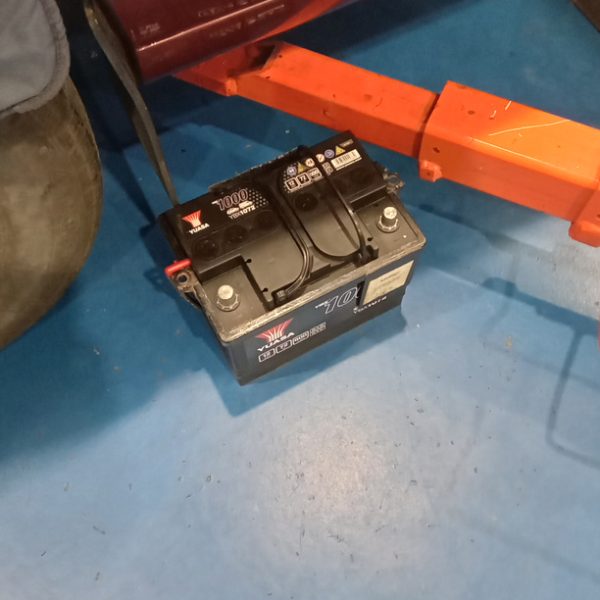
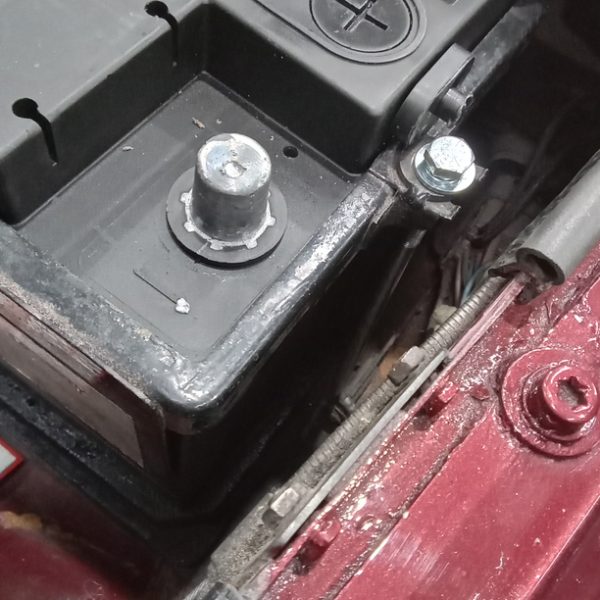
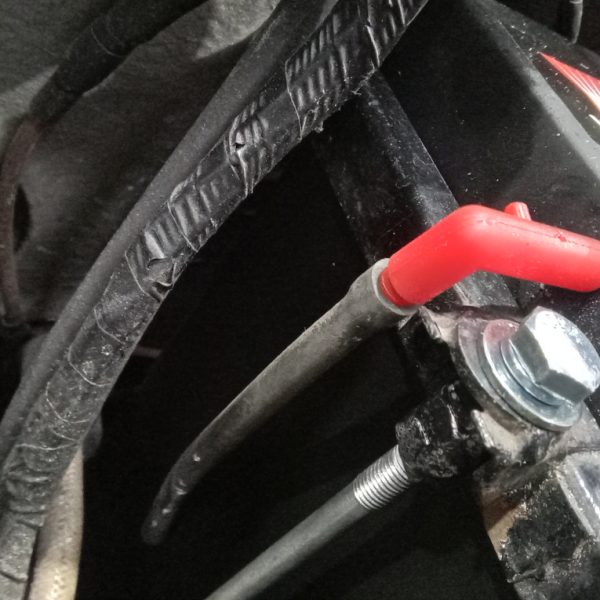
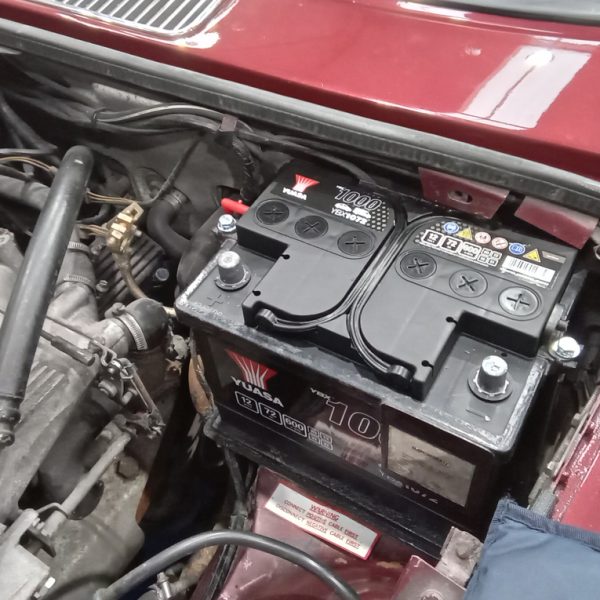
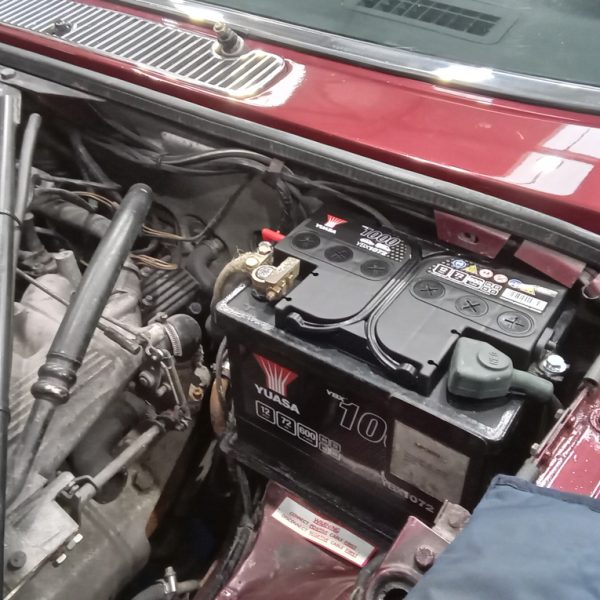
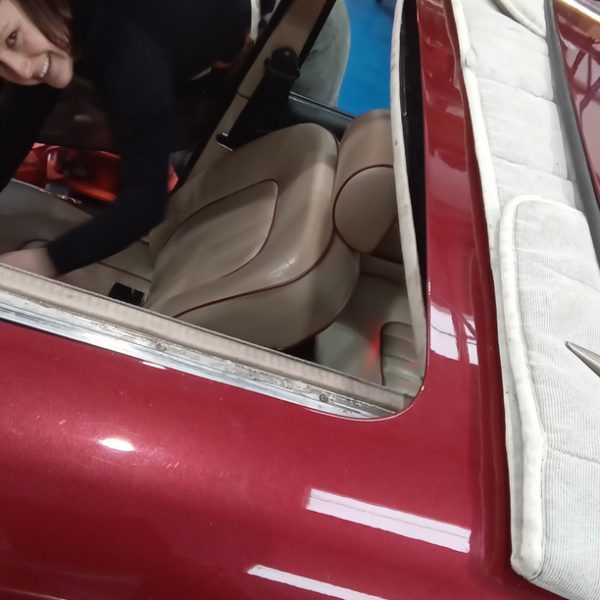
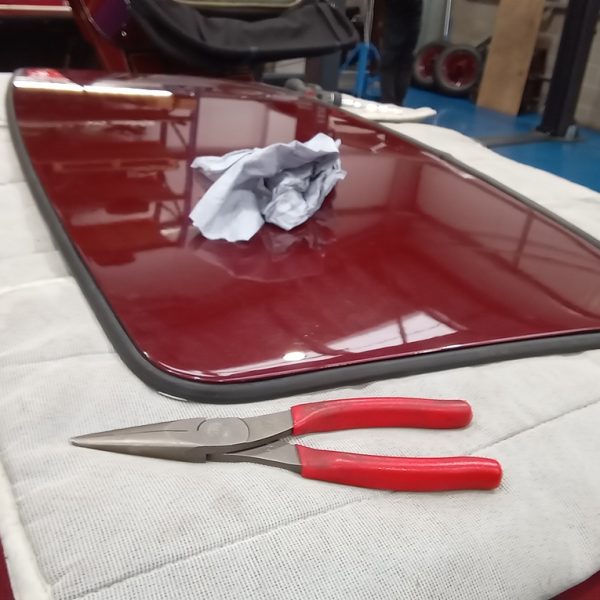
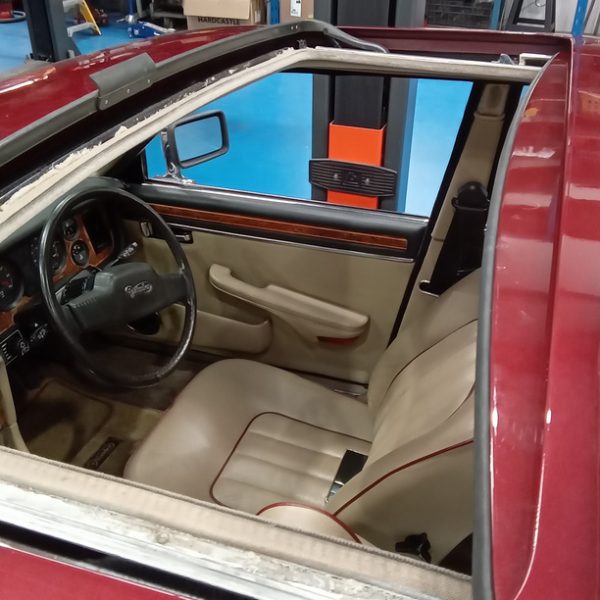

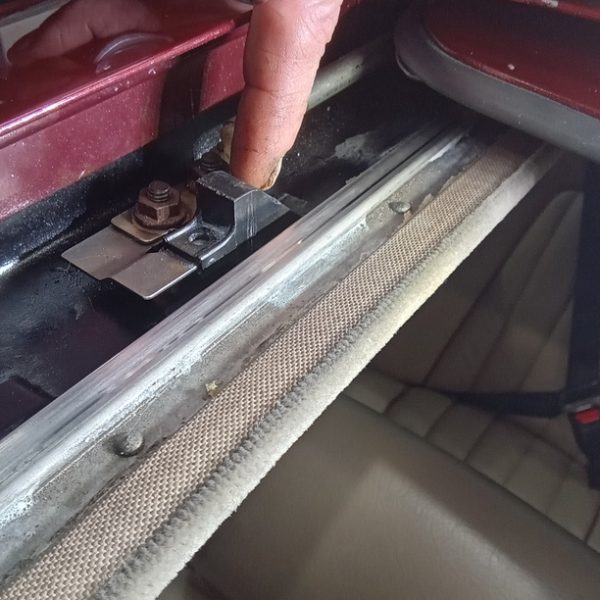
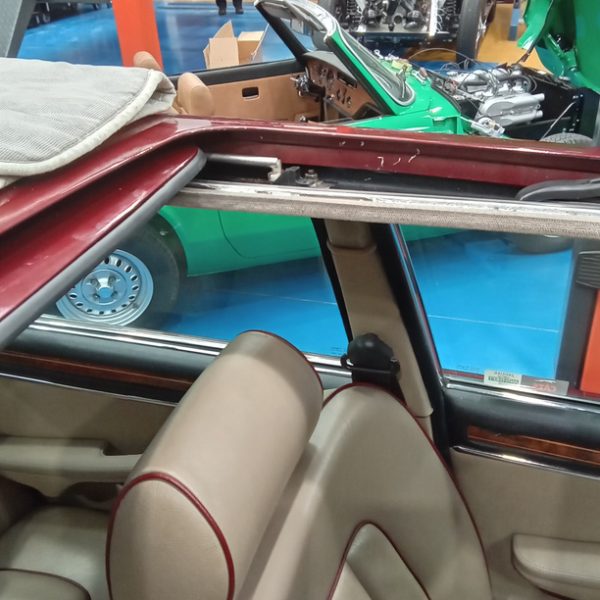


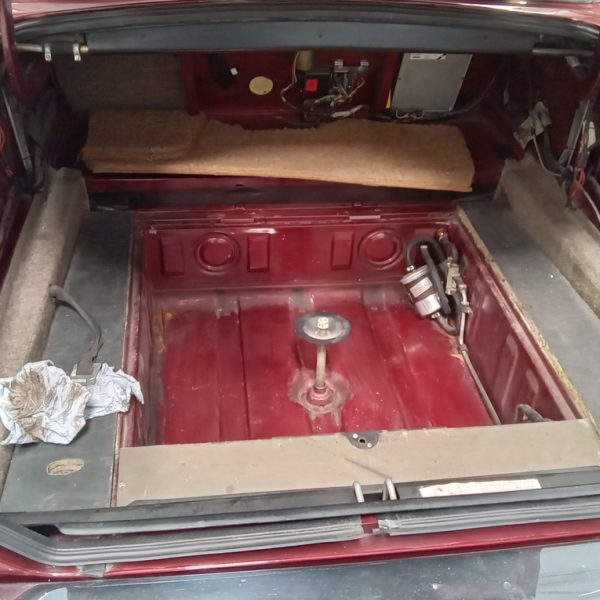
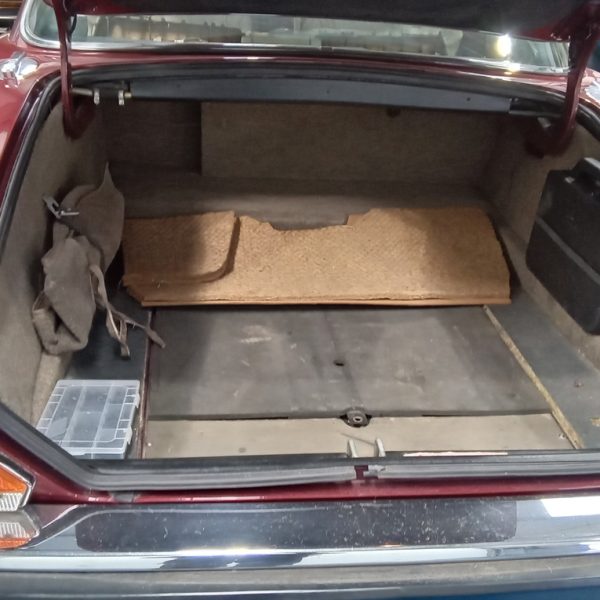
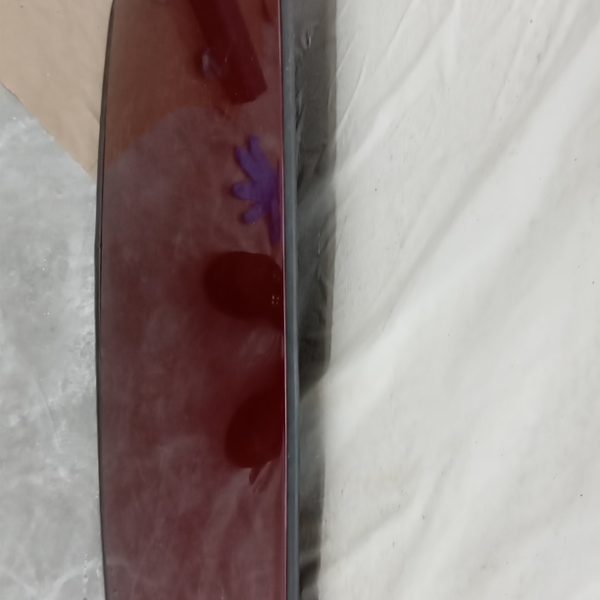

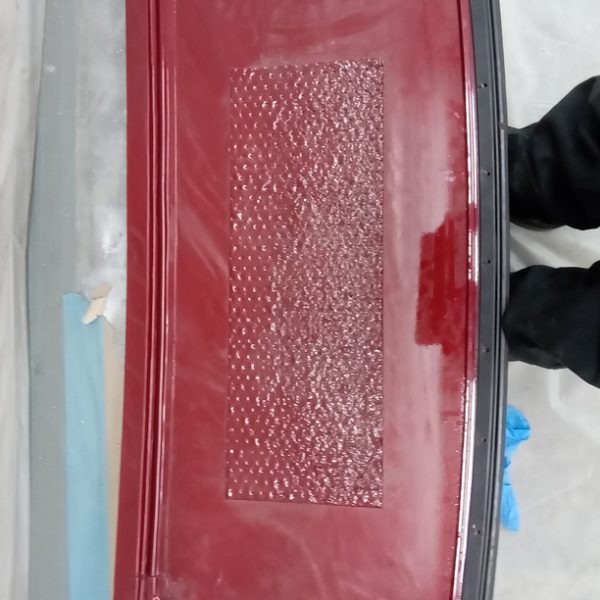

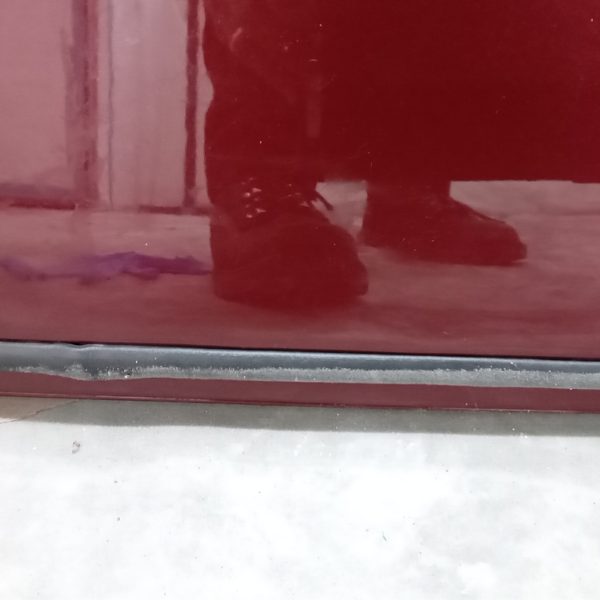
Formula 1 legend and three-time World Champion, Ayrton Senna’s personal Honda NSX has recently become available for purchase on Auto Trader, for the price of £500,000.
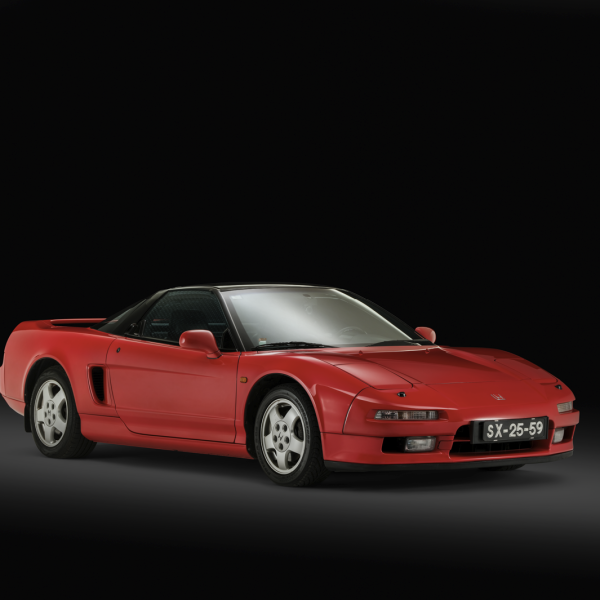
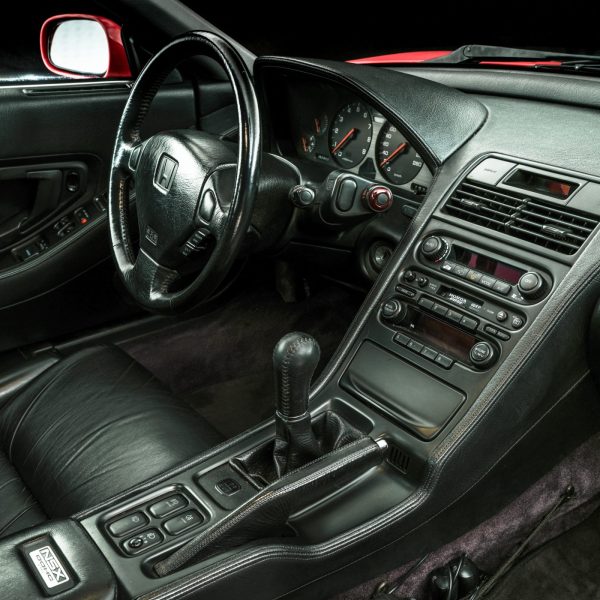
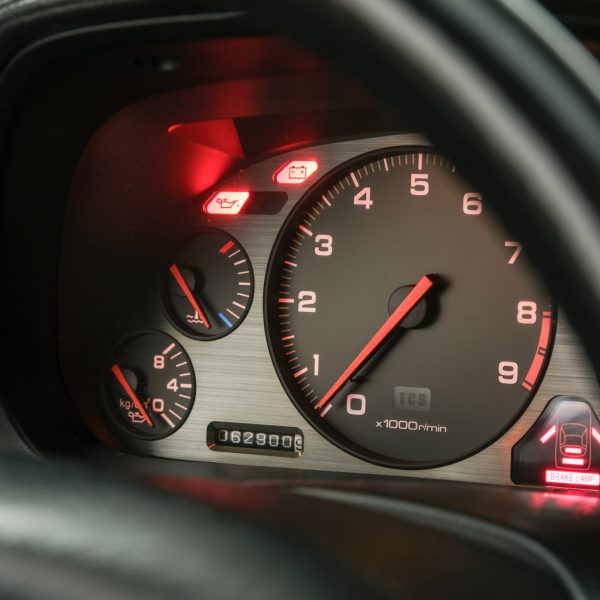

Widely regarded as one of the greatest drivers in the history of motorsport, Senna dominated Formula One during the late 1980s and early 1990s, taking 41 race victories and securing three consecutive world titles with McLaren. Despite his tragic passing at the Imola circuit during the San Marino Grand Prix on May 1st, 1994, Senna’s legacy is far from over, particularly in his native Brazil, where he is still idolised to this day. His remarkable life story was also the feature of a biographical film released in 2010.
The Red Honda NSX, now up for sale and currently in the possession of Robert McFagan, from East Sussex, held a special place in Senna’s collection of NSX cars. It was kept at his Portuguese residence while he was in the country, and Senna himself was captured on camera washing the car in 1991. It also made an appearance in the film “Racing Is In My Blood.”
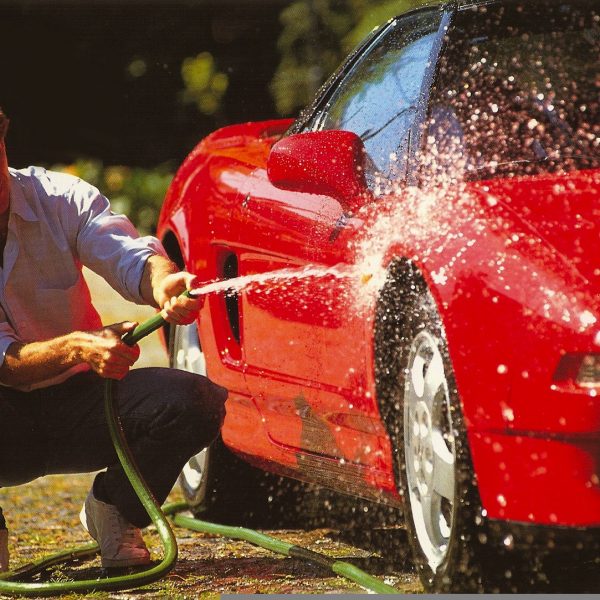
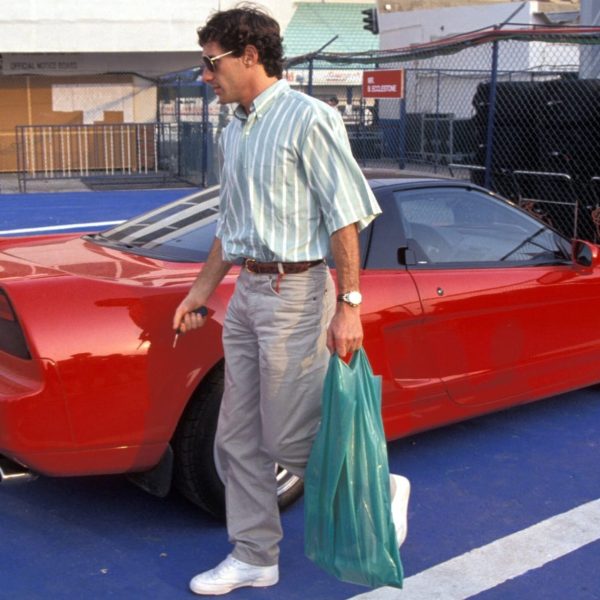
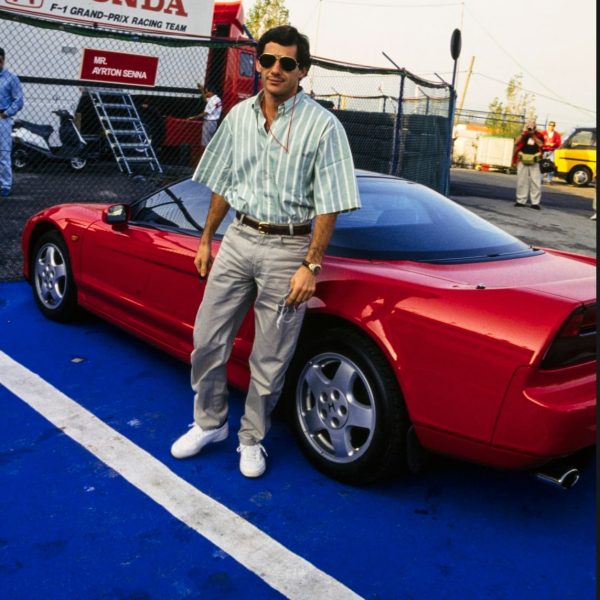
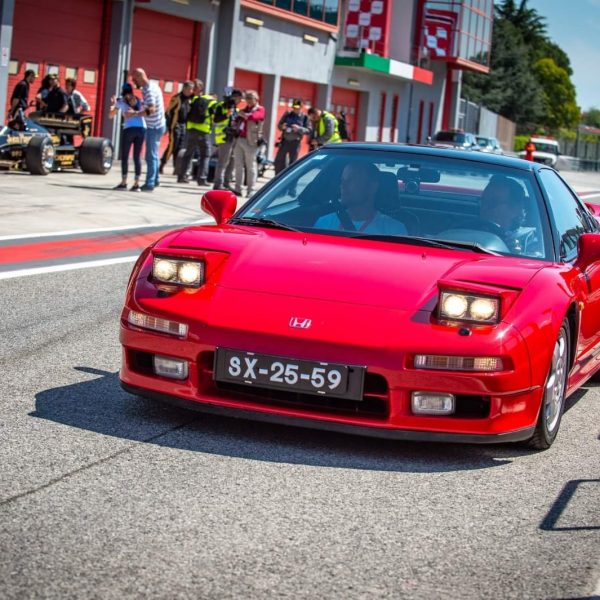
Robert McFagan, current owner of Senna’s Honda NSX said, ‘I first bought the car in 2013 during a trip to the Algarve in Portugal and have owned it ever since where it has sat proudly at my estate in East Sussex. Senna’s red NSX was given to him by Honda who he had a commercial partnership with and Senna frequently used and was photographed with the car during his stays in Portugal.
‘Being a huge Senna fan myself, I was delighted when I was able to get my hands on the NSX which was crafted to perfection and features a sleek and powerful machine to give an incredible experience on the road. It’s been a real pleasure owning what is one of the most famous cars belonging to a true sporting legend and the thrill of driving Senna’s car never goes away.’
Senna actually owned two other NSX cars—a black one he had in Brazil and another black NSX bought for him by his manager, Antonio Braga. On the 25th anniversary of Senna’s death, in 2019, the red Honda NSX was brought to the Imola circuit, where it was driven by Giancarlo Minardi in front of a packed crowd of Senna fans.
With only a select few of these models left in existence, whoever is fortunate enough to acquire this NSX will own a true piece of automotive and racing history.
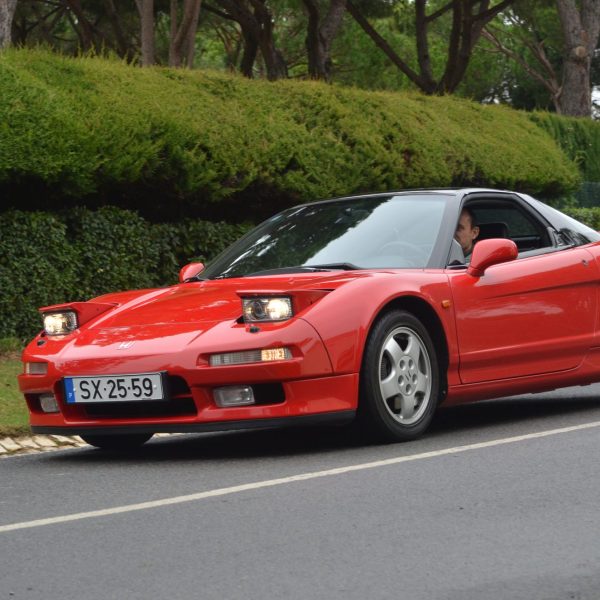
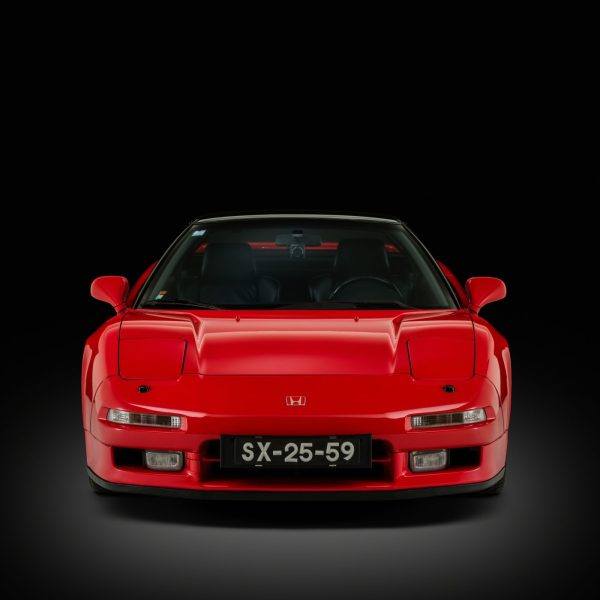

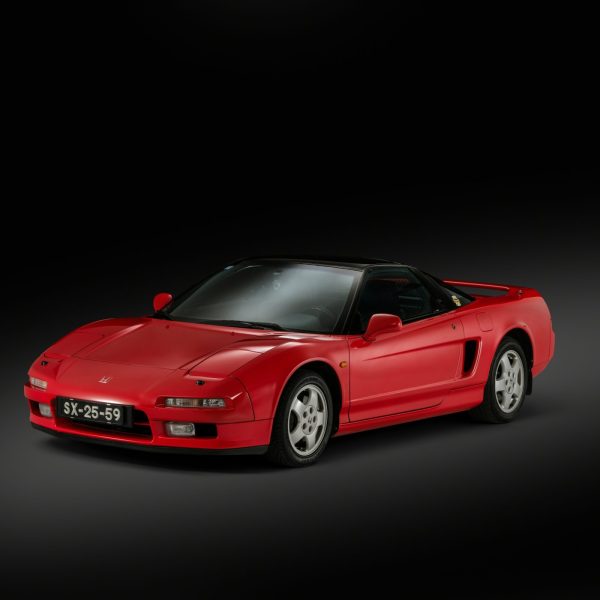
Erin Baker, Editorial Director at Auto Trader added, ‘As the UK’s largest automotive marketplace for used and new cars we sell c.450,000 vehicles every day of different sizes, styles and price points and we often see cars once owned from celebrities to royalty being listed on our site. Senna’s impact on Formula One and the world of motorsport was immeasurable and Senna’s iconic Honda NSX is a chance to own a rare piece of sporting history which will no doubt turn heads and spark conversations amongst friends, family and neighbours.’
The car currently has just over 39,100 miles on the clock and was first registered in 1991.
The full listing on the Auto Trader website can be viewed online here.
Another year of Drive It Day, another brilliant turnout. Unlike last year, the weather remained dry and bright. There was a massive variety of cars spanning the eras, from pre-war to more modern fast Fords. We were delighted to welcome the Lowestoft Car Club as well as members from many other local classic car clubs. Some of our guests travelled great distances to be with us, including a 1960s Aston Martin which was an absolute show stopper, this was driven all the way from Clapham.
Prestige Catering returned and provided a tasty array of Mediterranean food which went down well. Lots of guests were kind enough to donate towards the fundraising efforts for NSPCC, this is what this event is all about. All in all it was a lovely day.
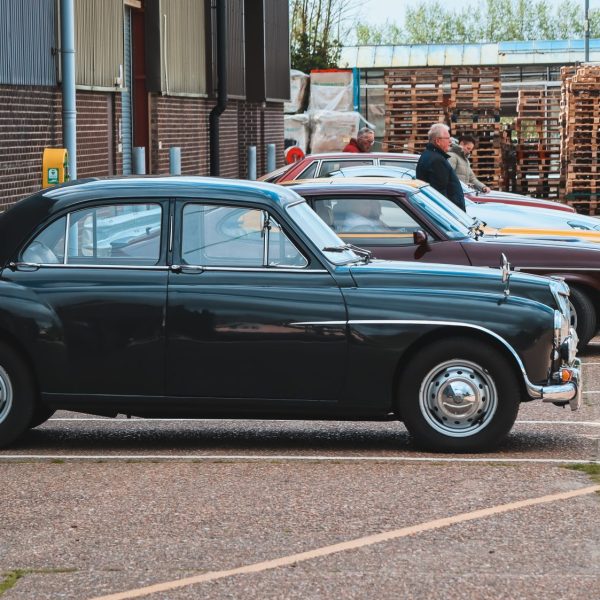
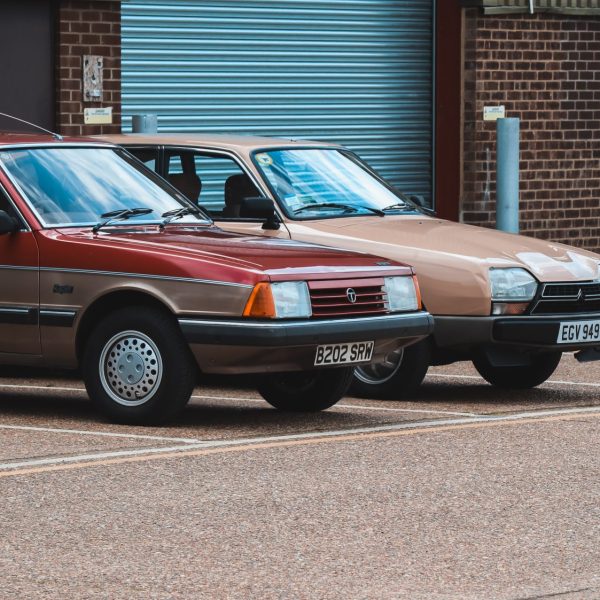

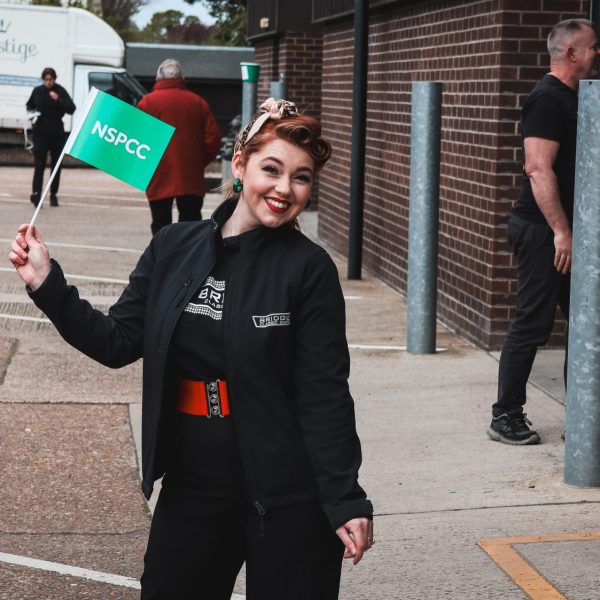
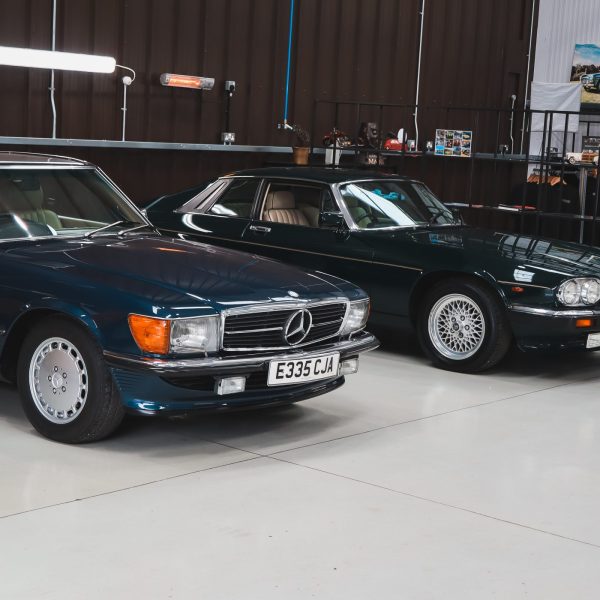
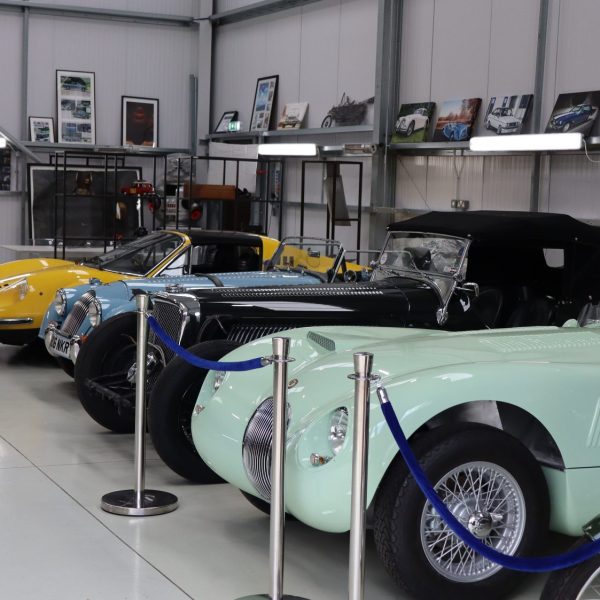
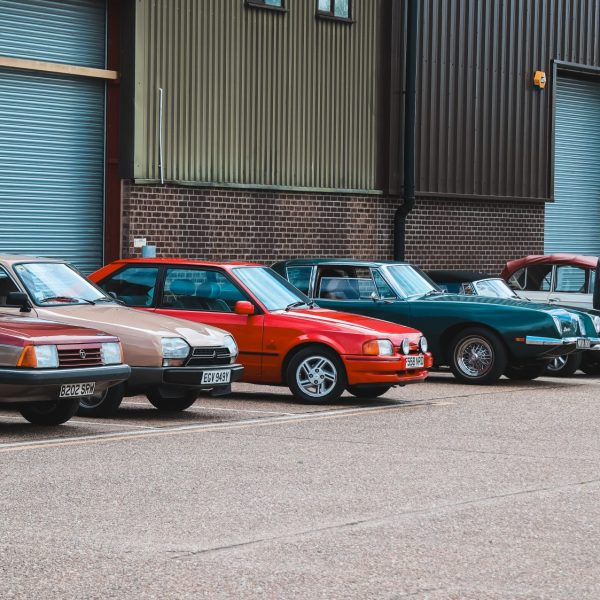

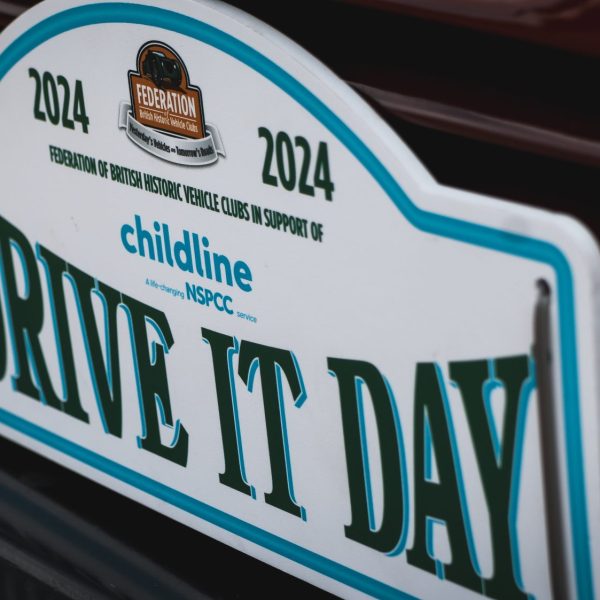



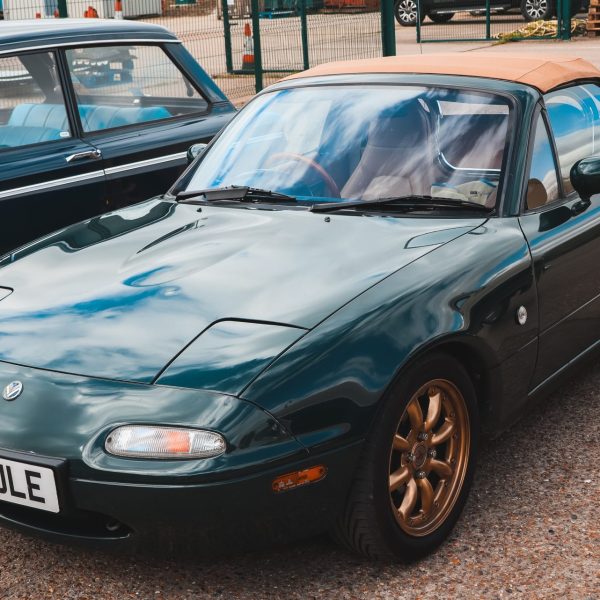
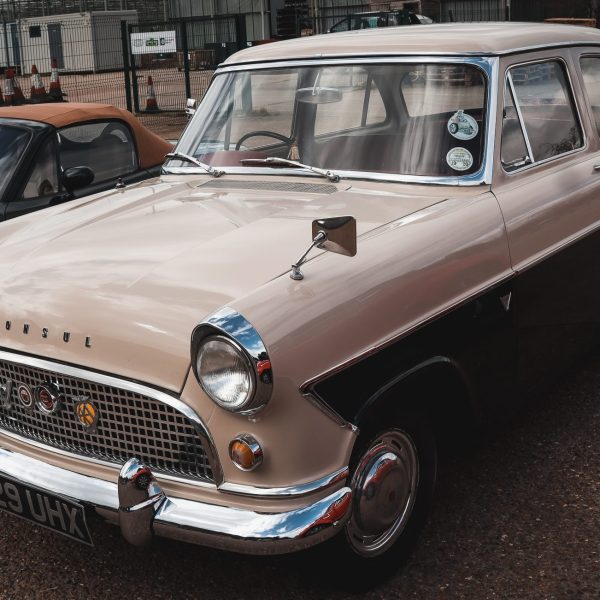

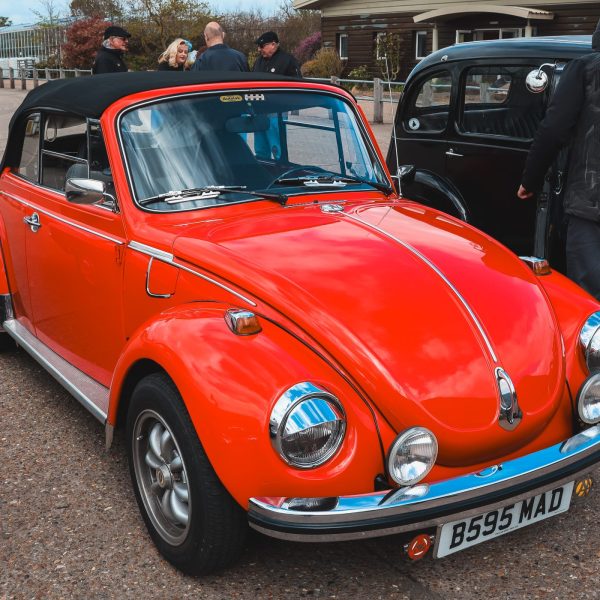
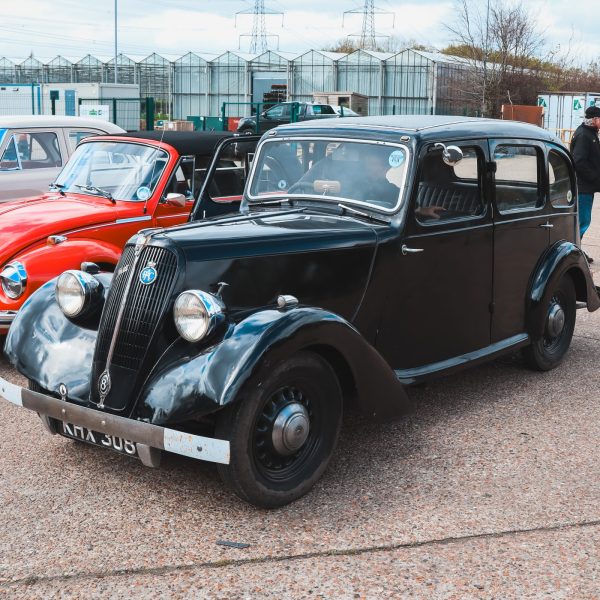
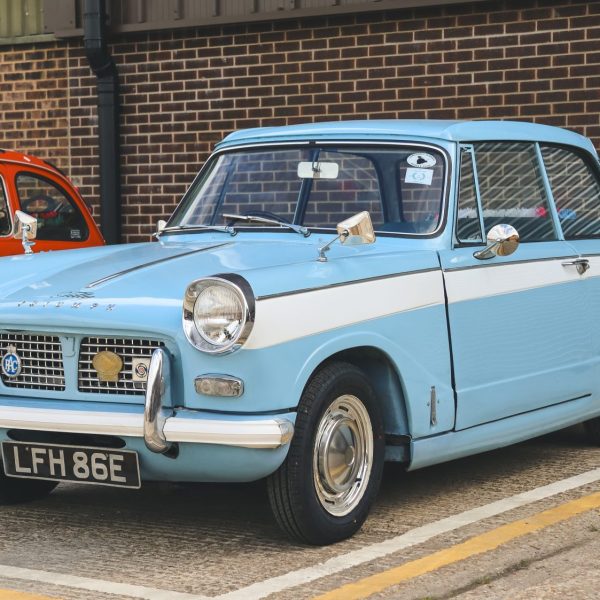
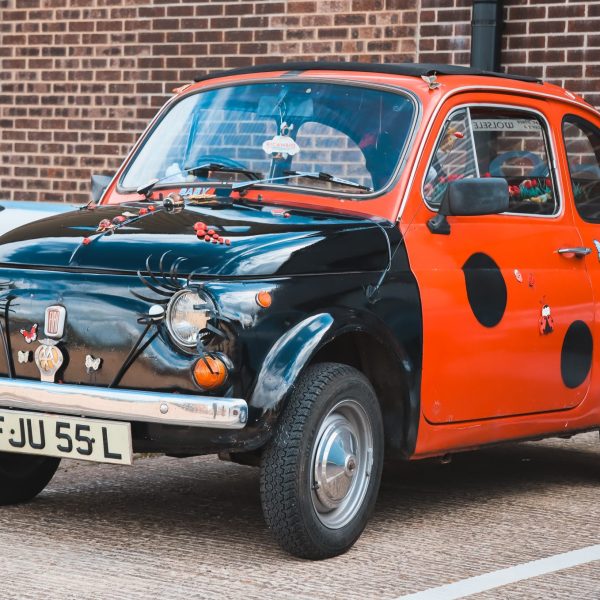

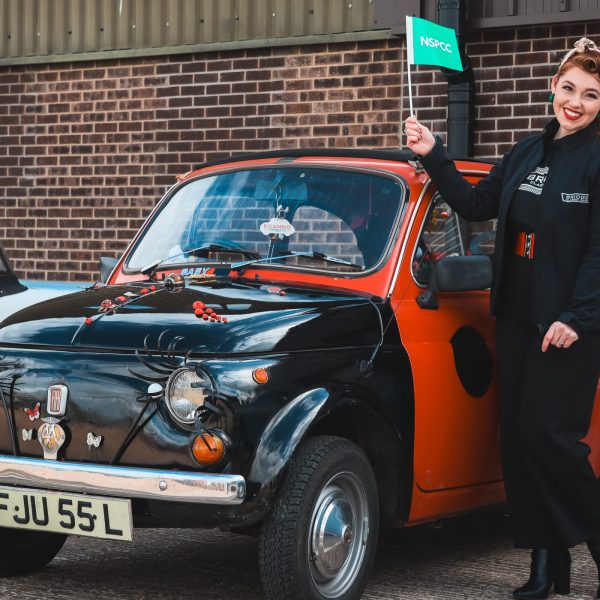
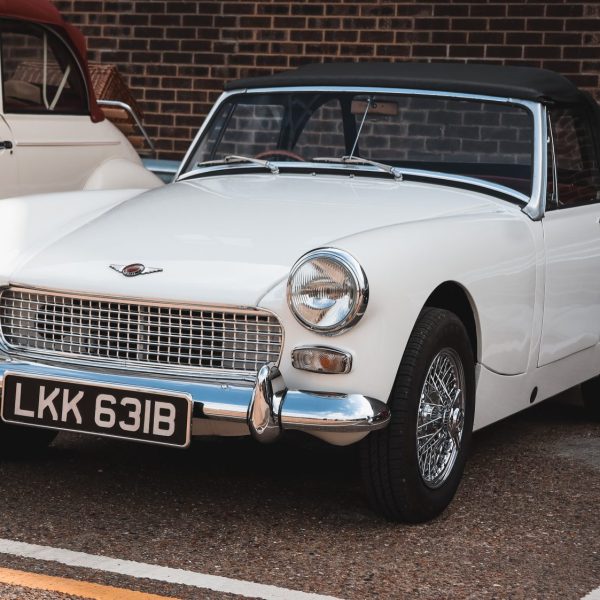
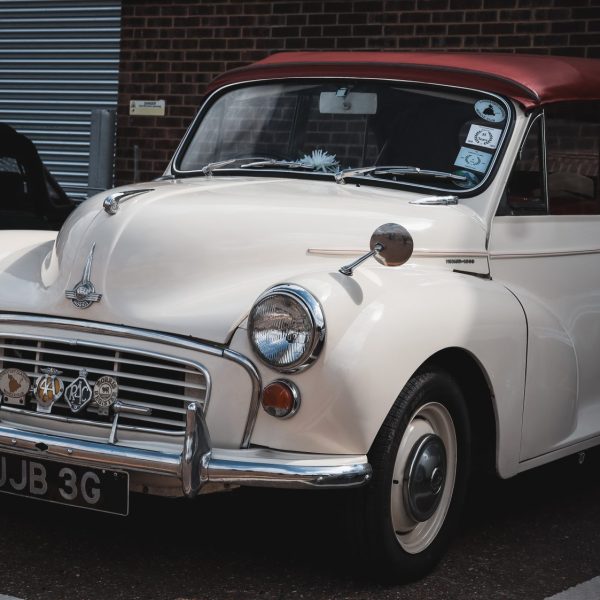


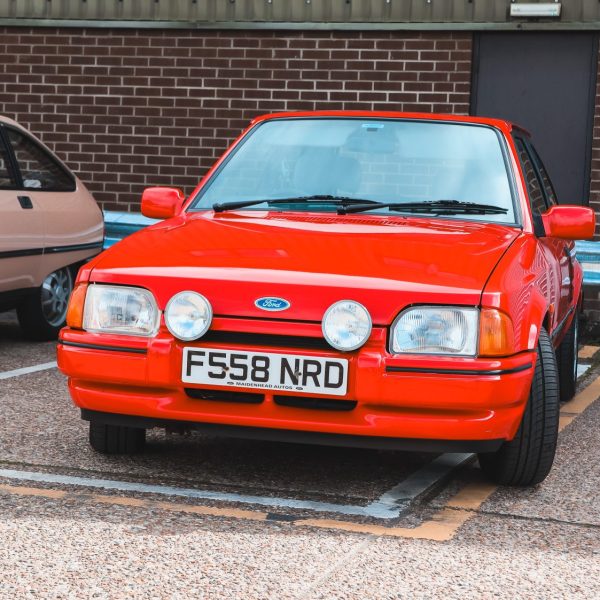

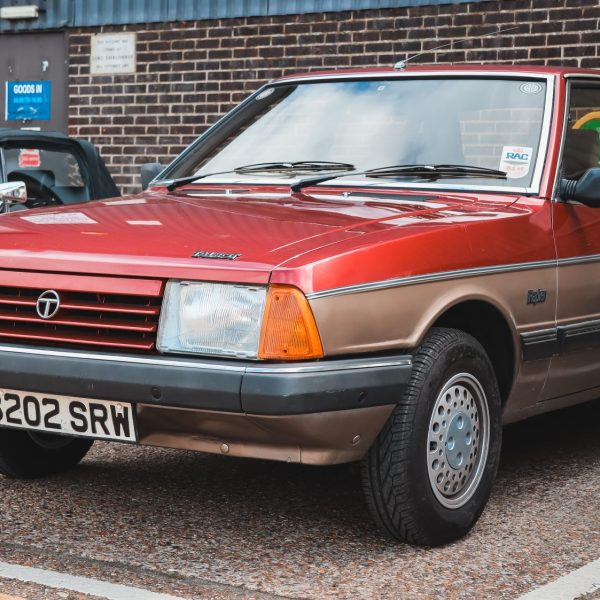
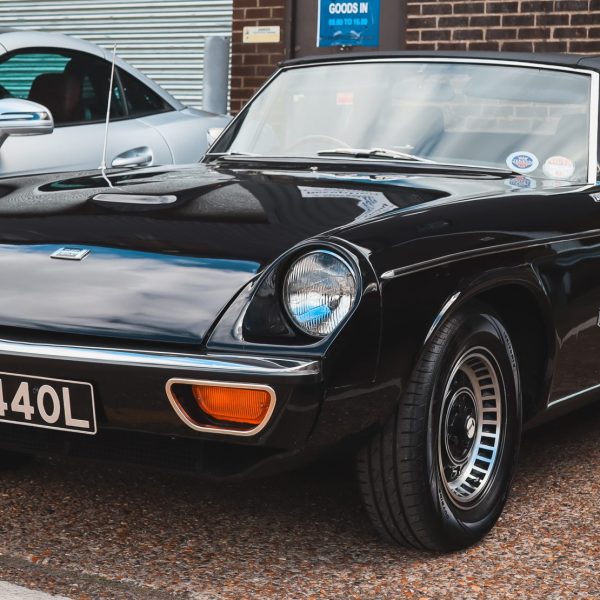

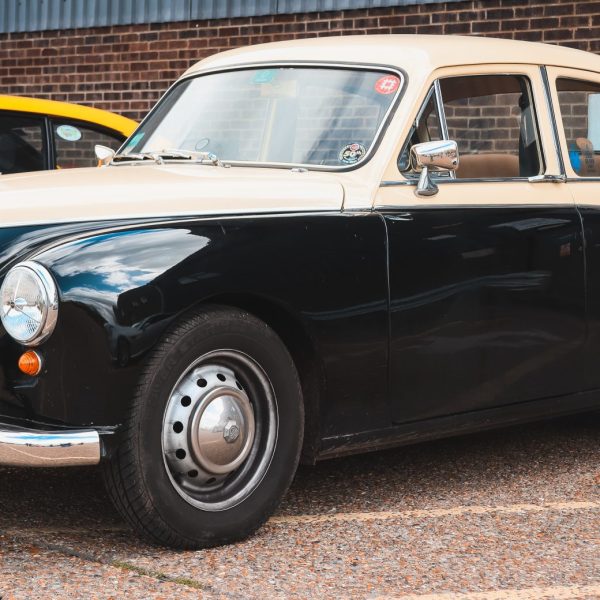

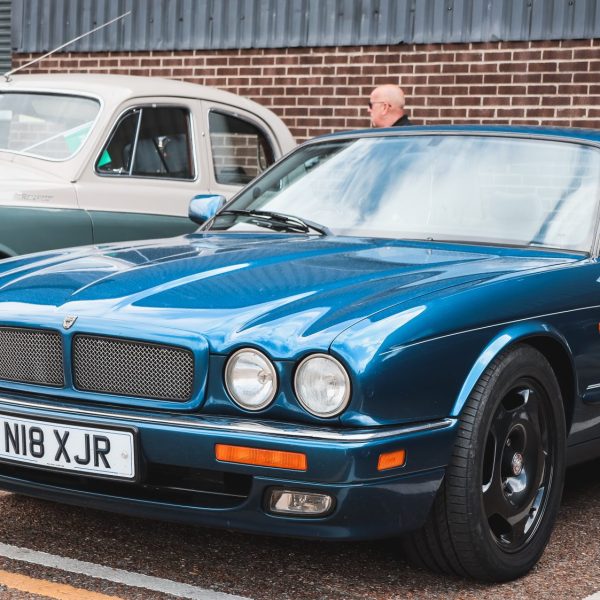
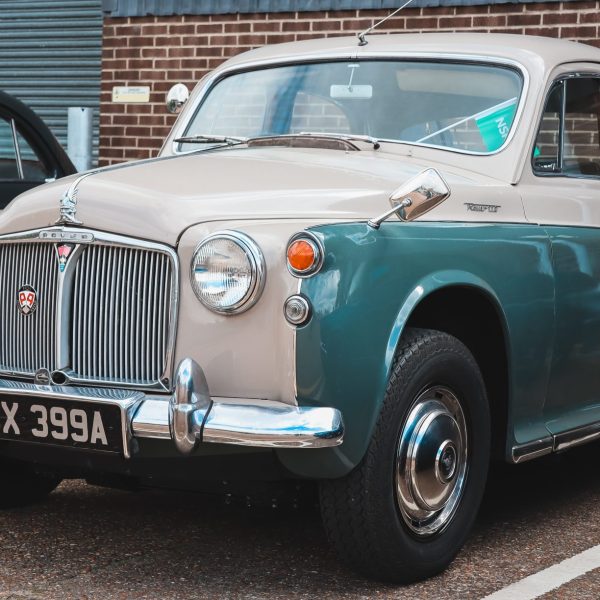
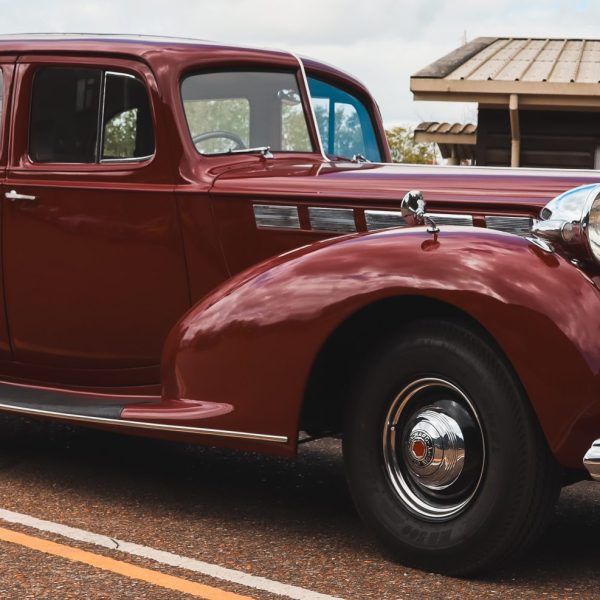
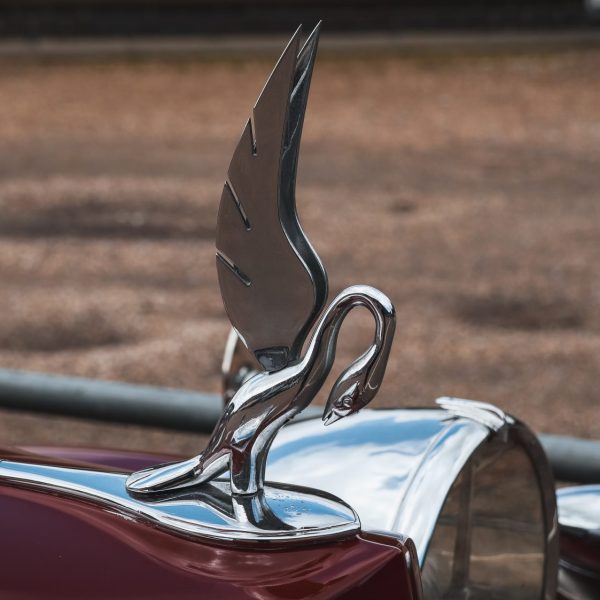

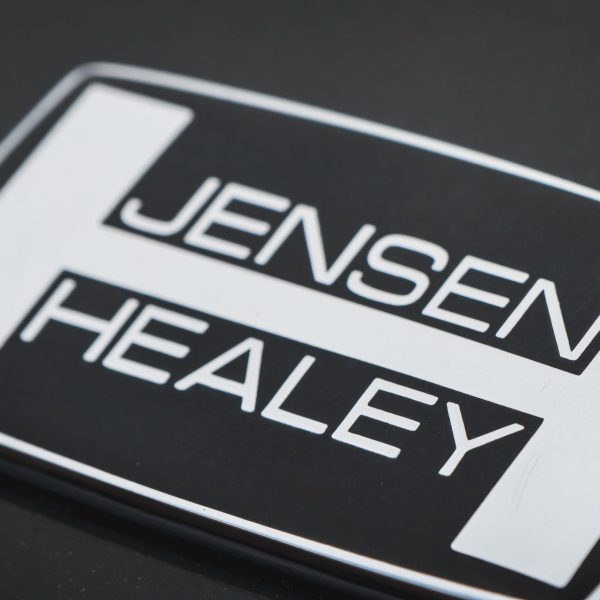
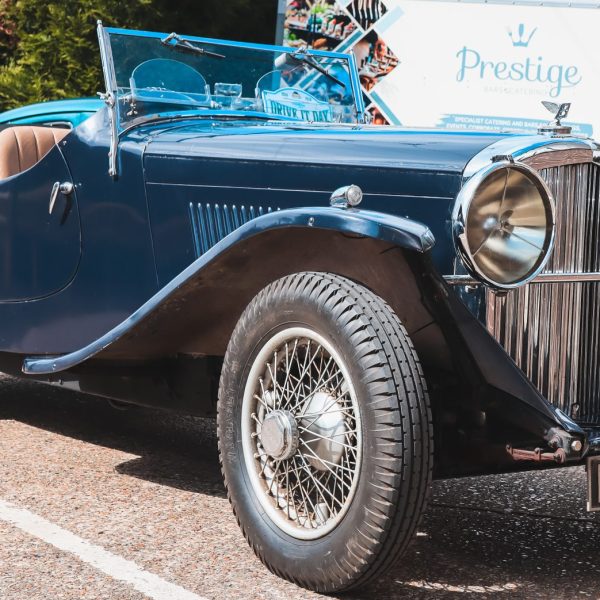
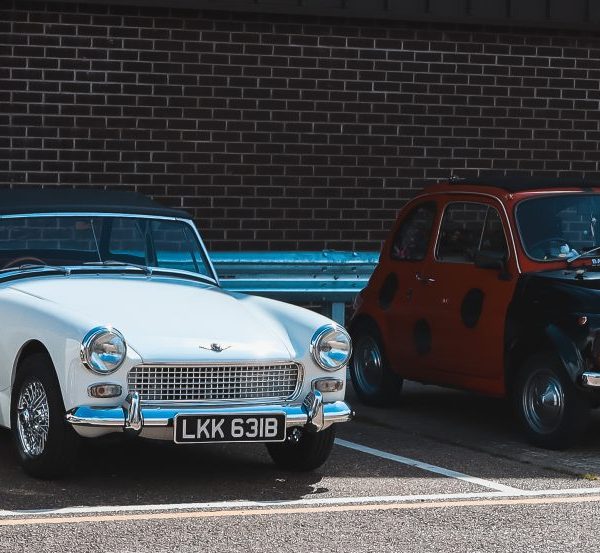
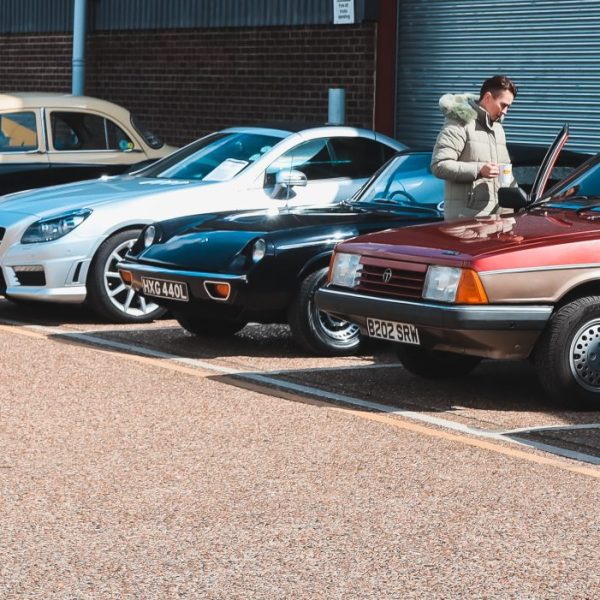
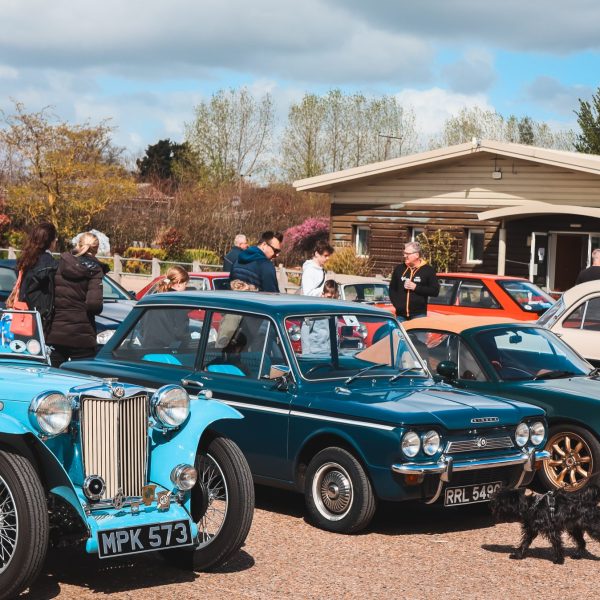
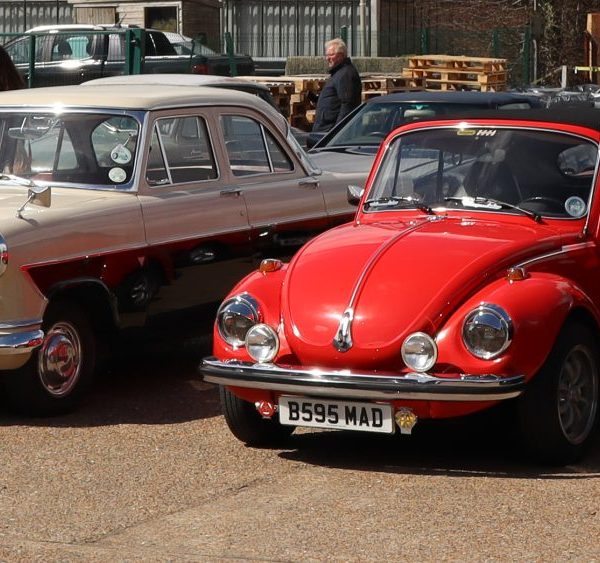
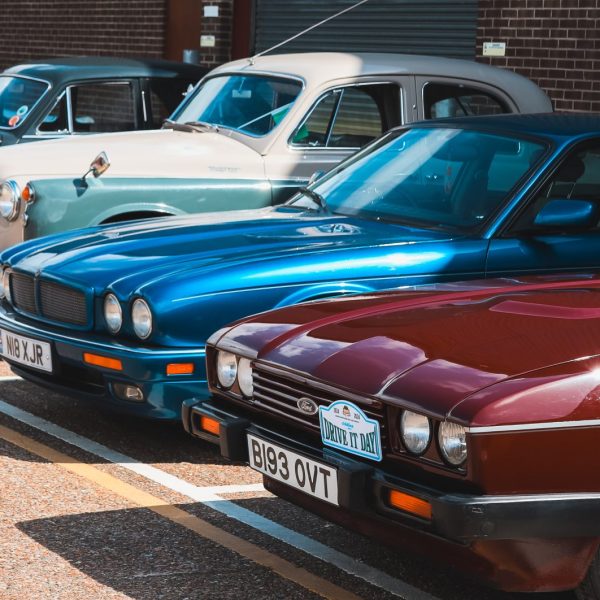
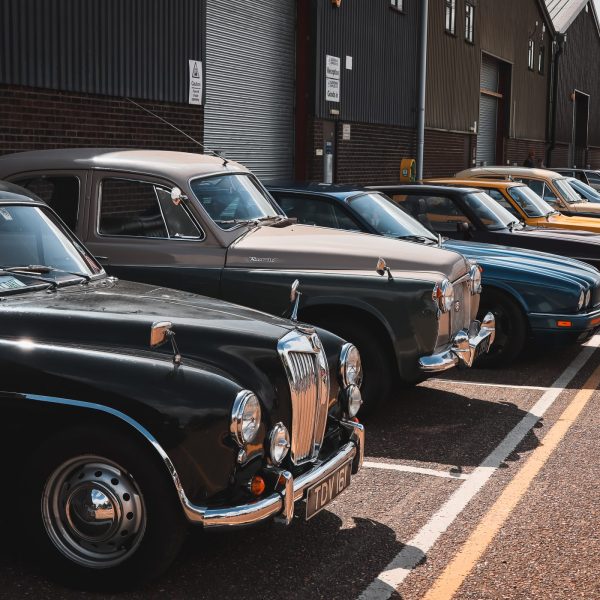

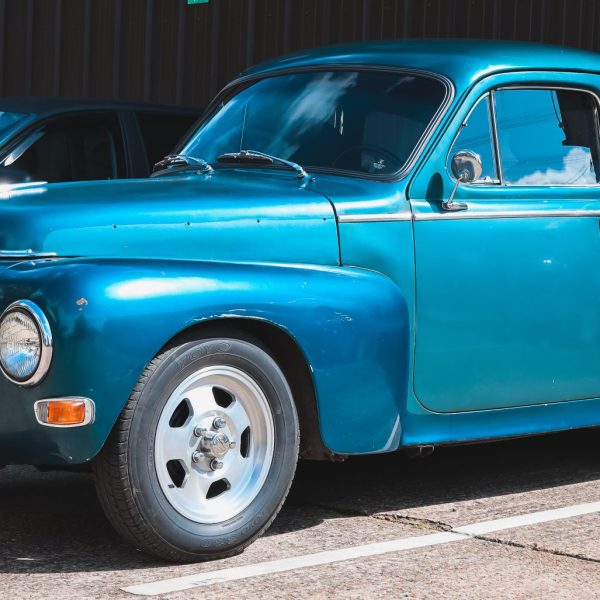
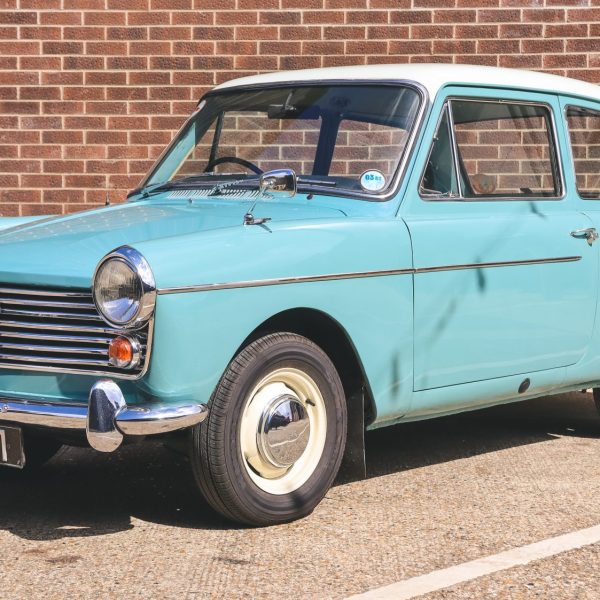
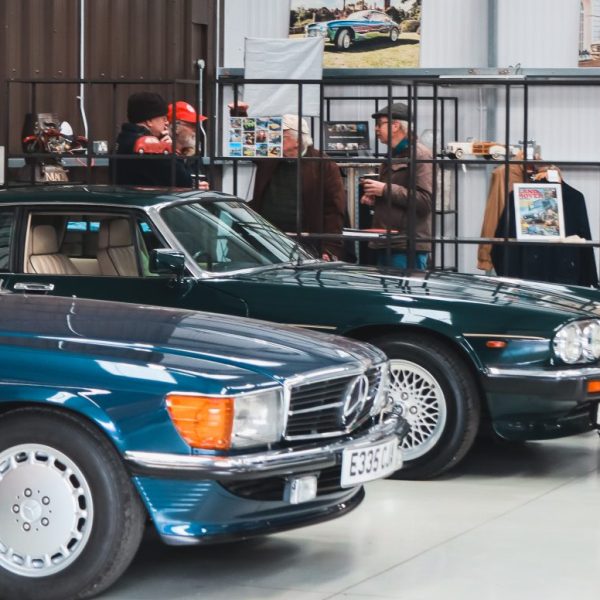
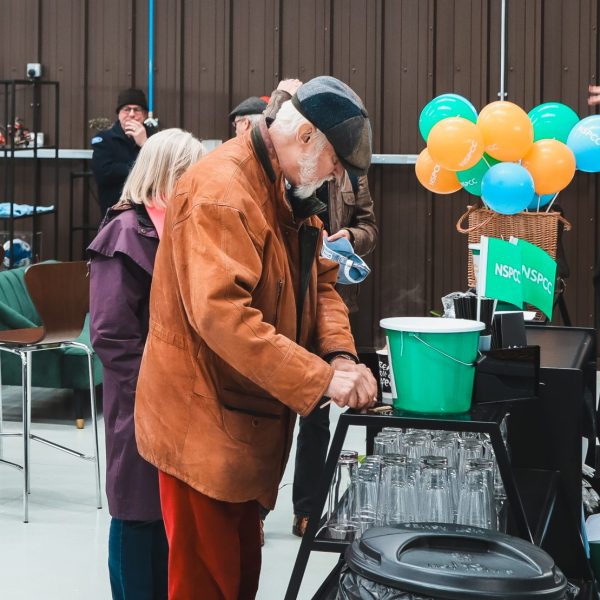
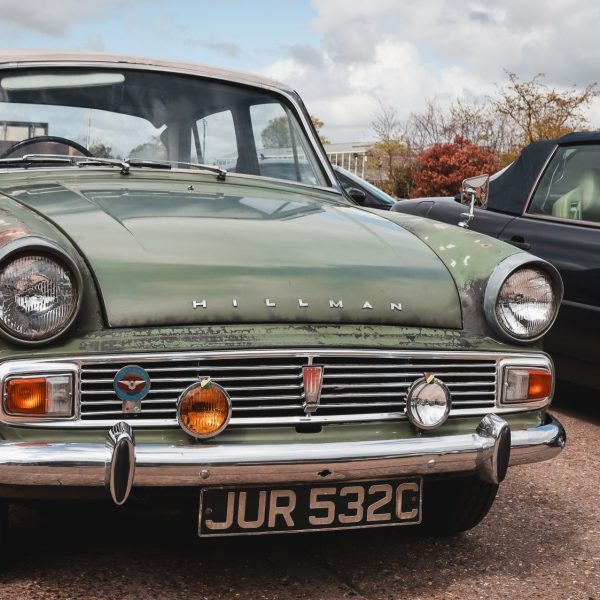

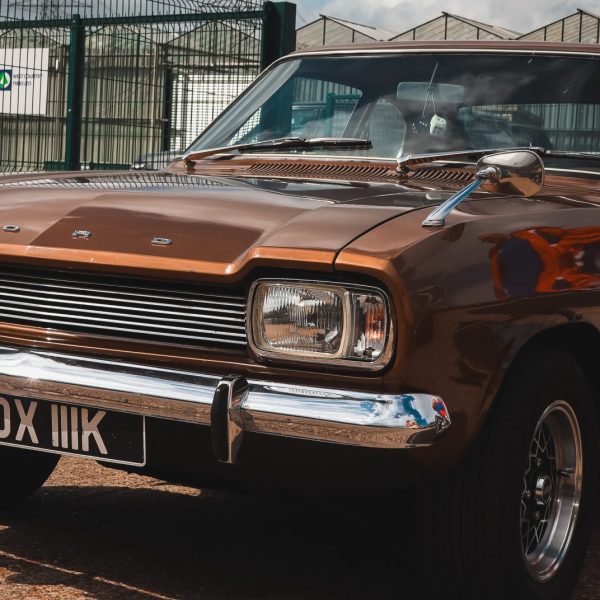
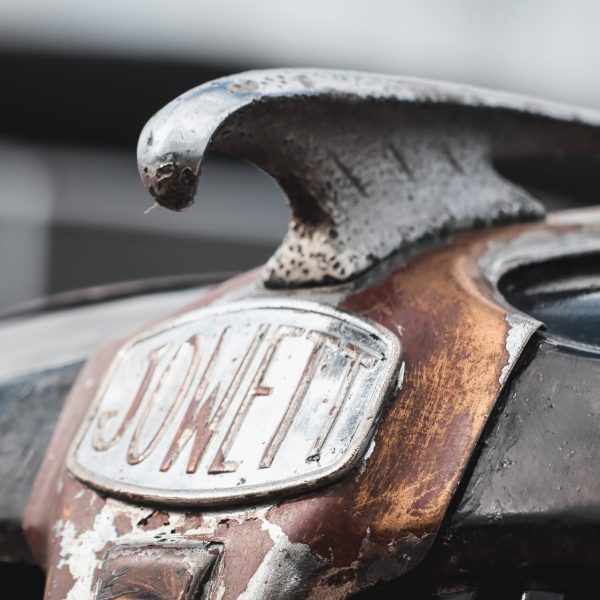
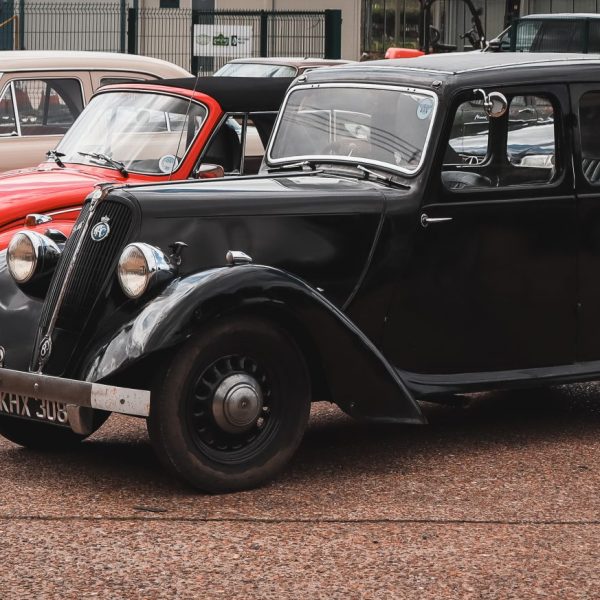
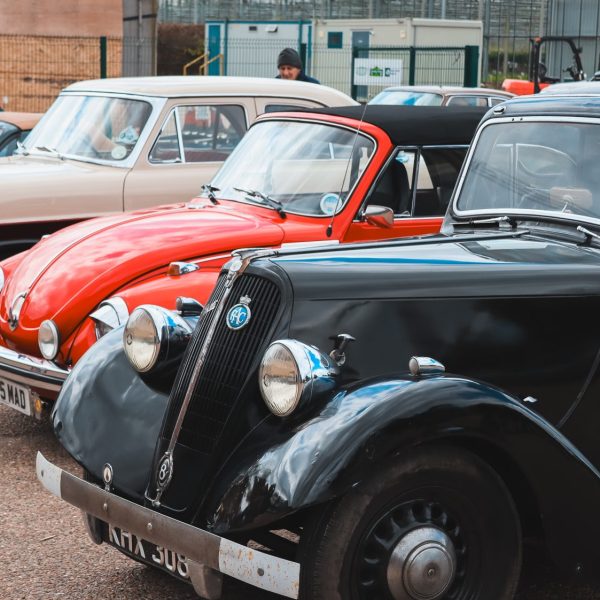
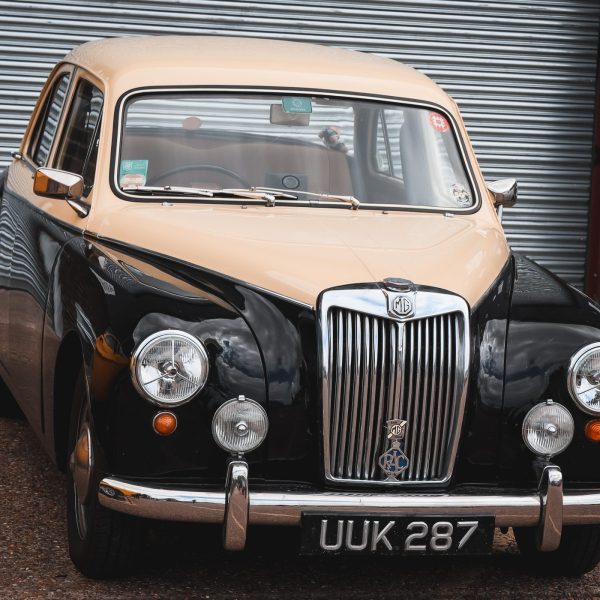


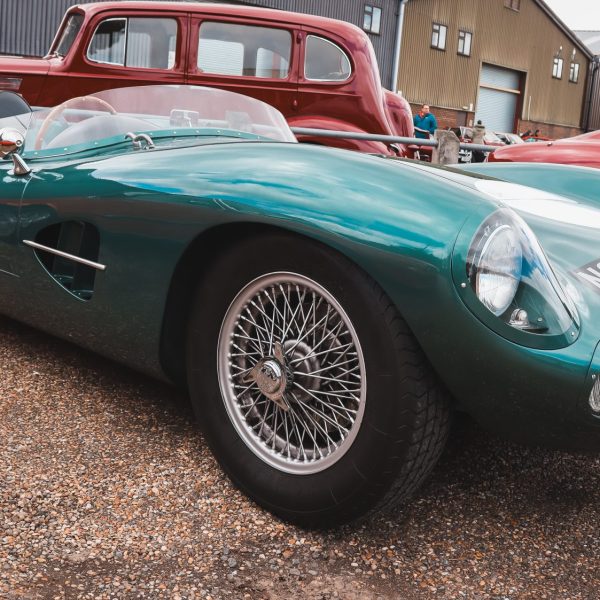


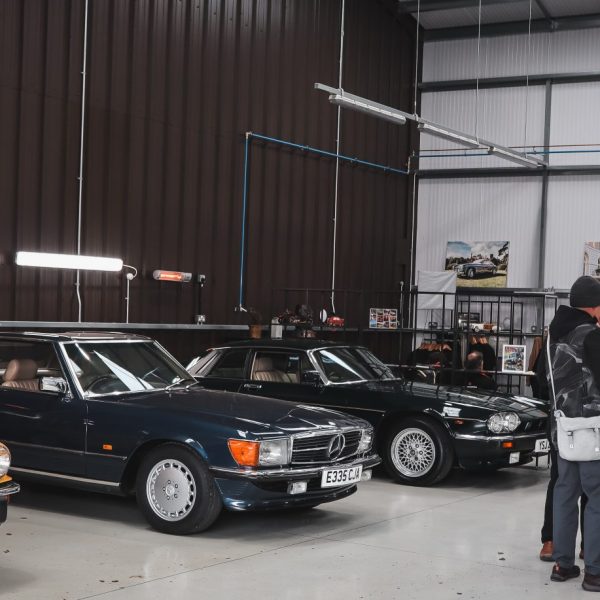

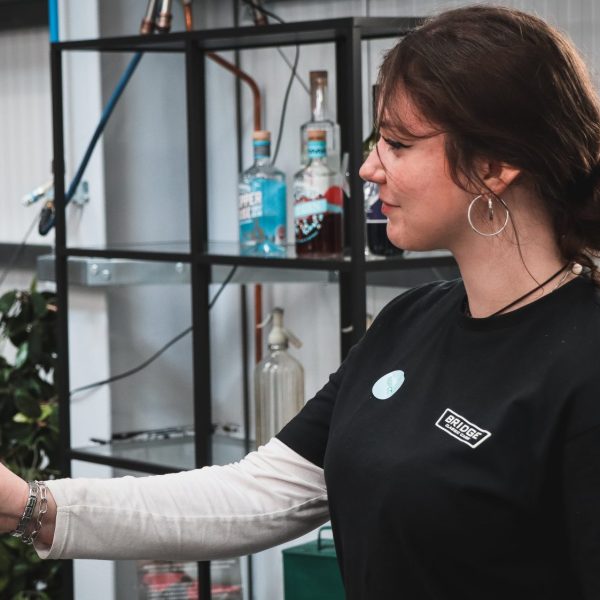
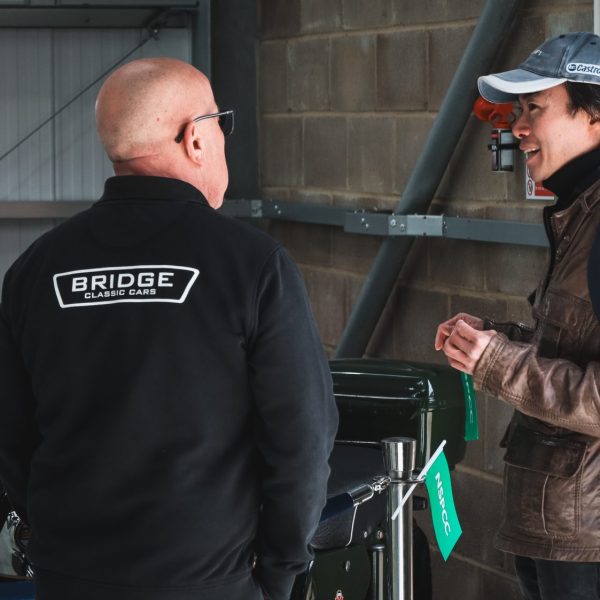
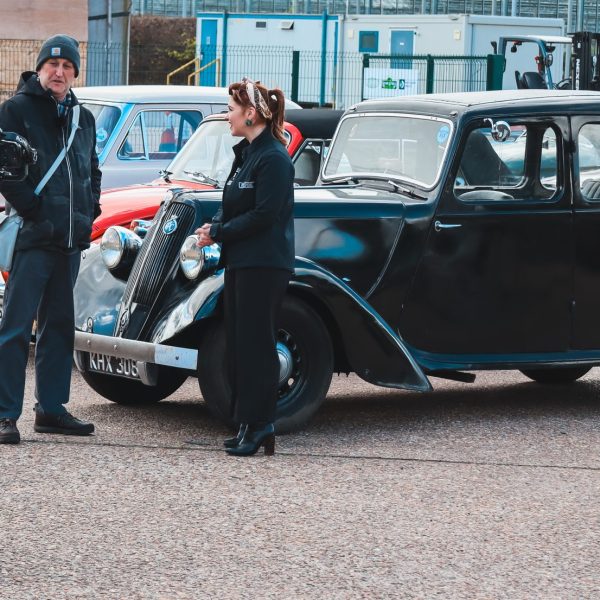
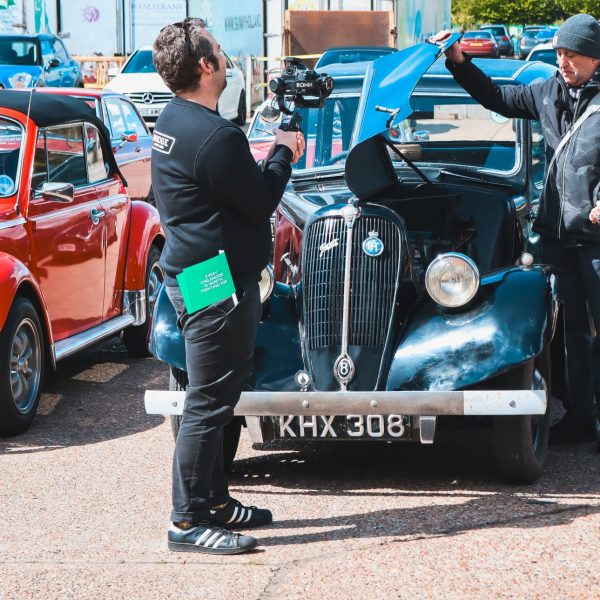
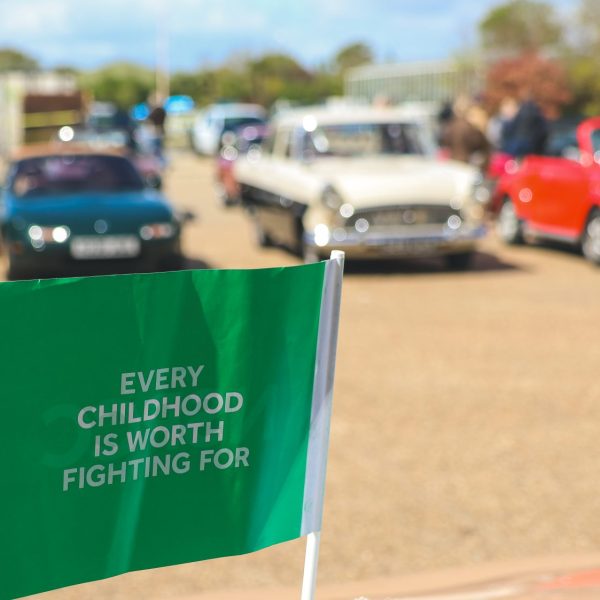




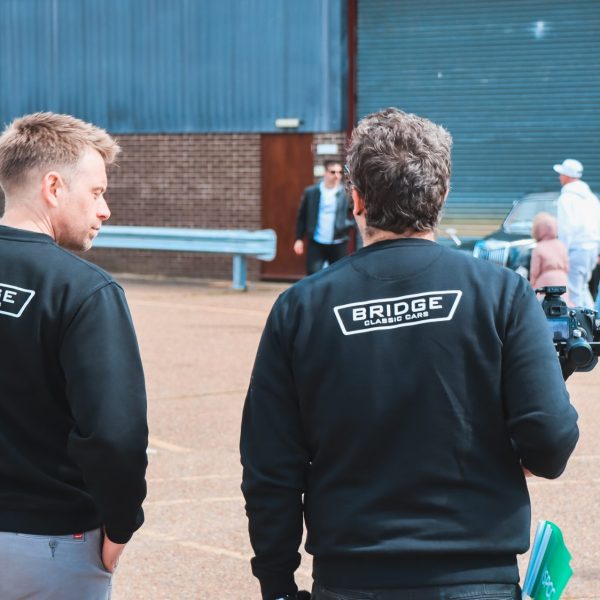
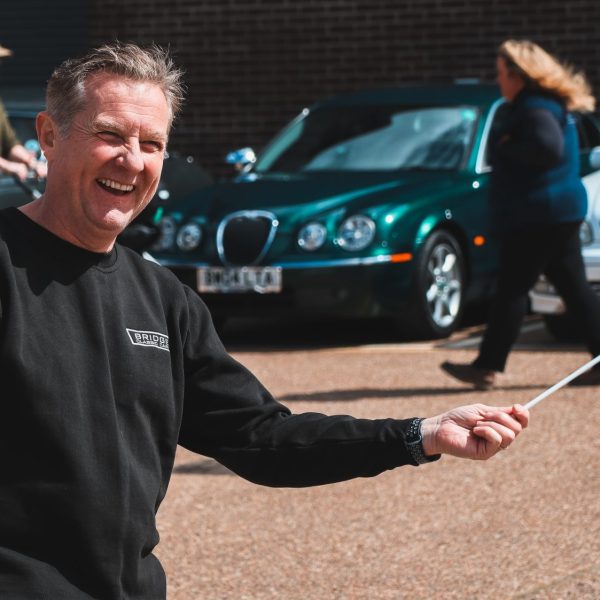

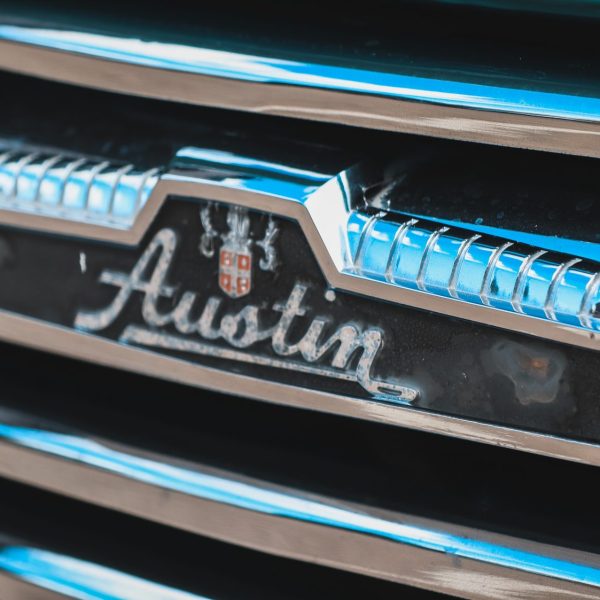
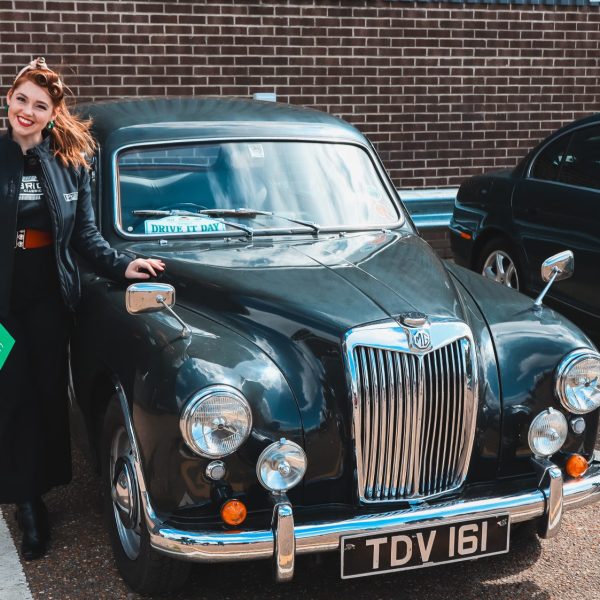
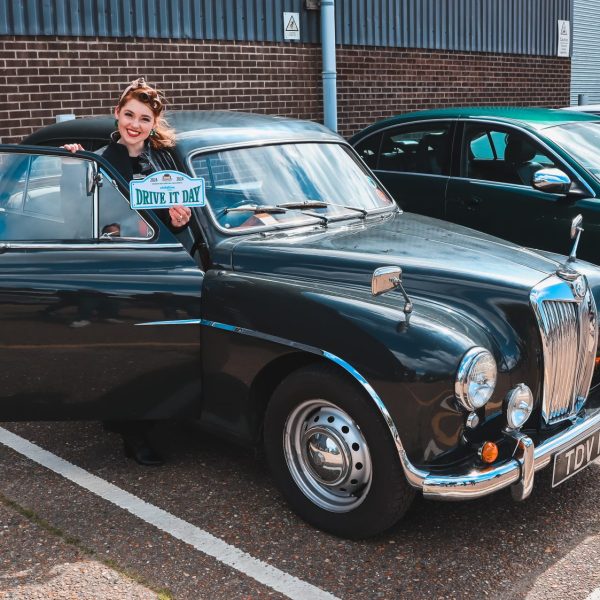
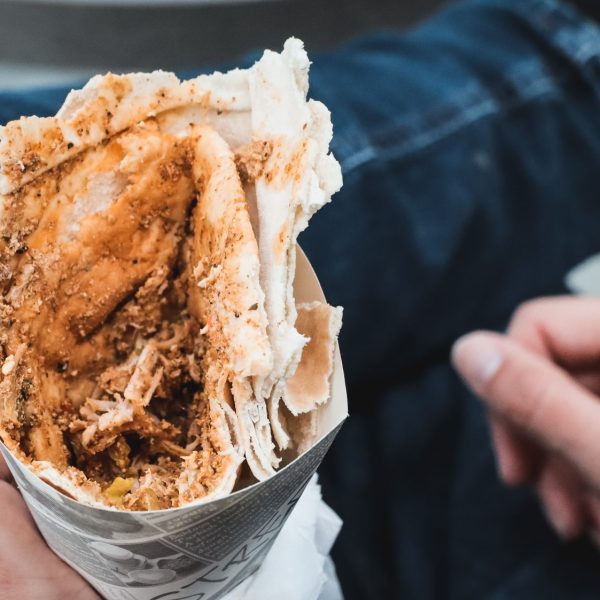

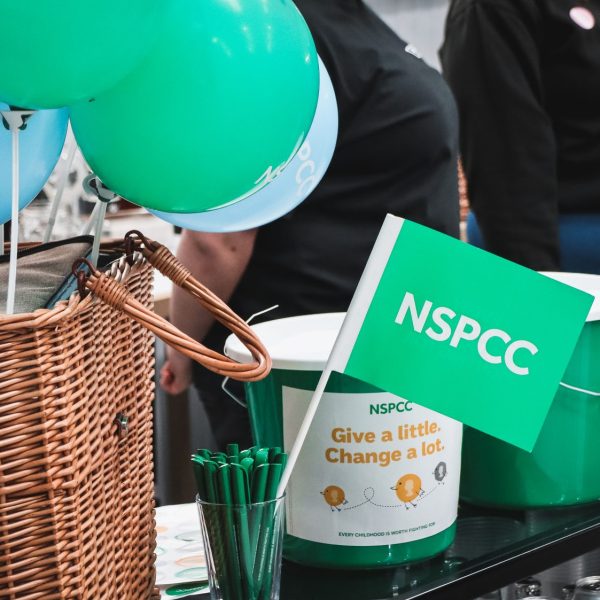
Our 1958 Austin Healey 100/6 has just arrived at the Bridge Classic Cars workshop.
Once it has been inspected and assessed, with any repairs being made, it will go on to be available to win through Bridge Classic Cars Competitions.
This classic already looks great so we can only imagine how incredible it will look as it leaves the workshop in the near future.
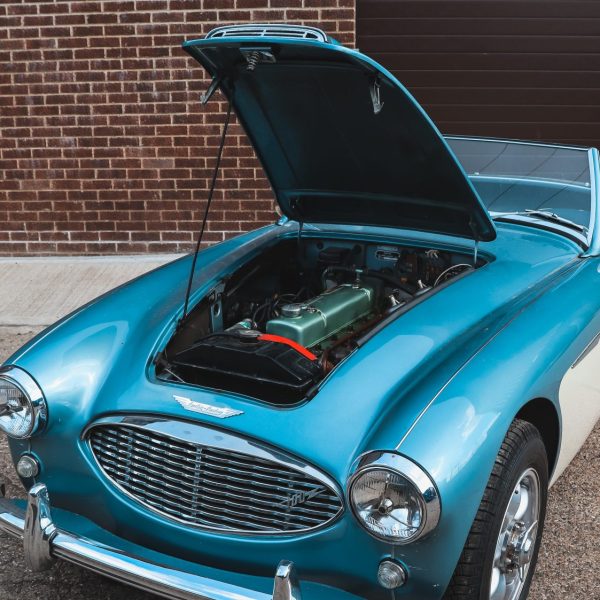
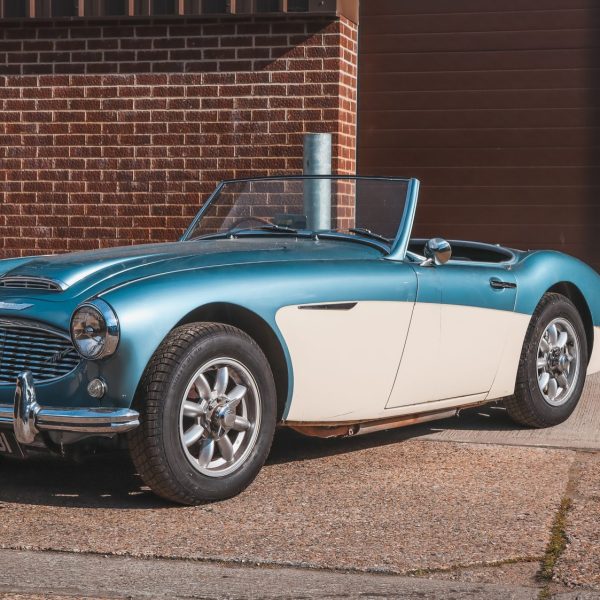
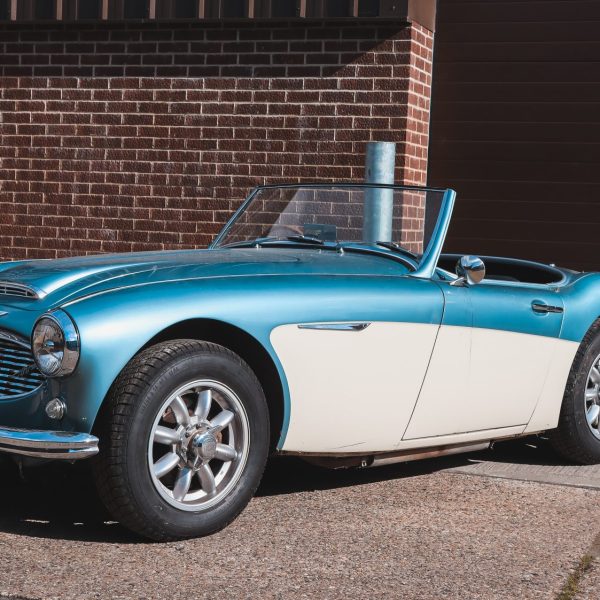

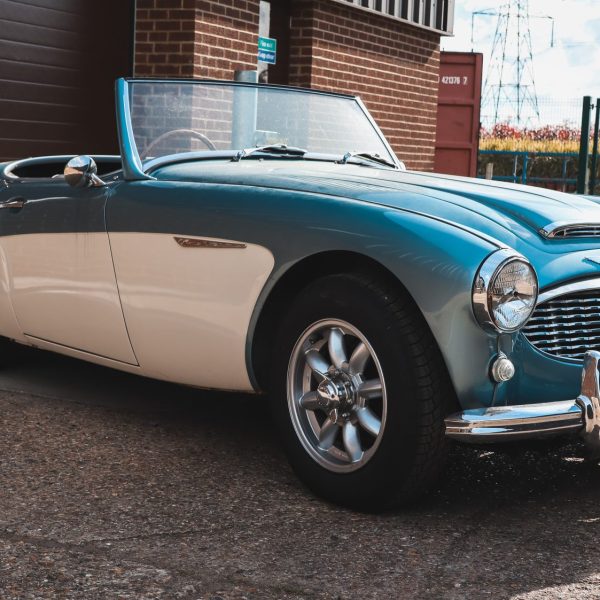
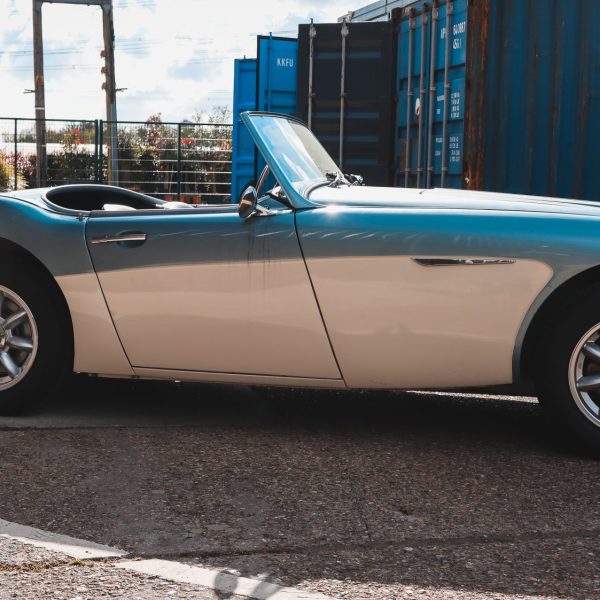


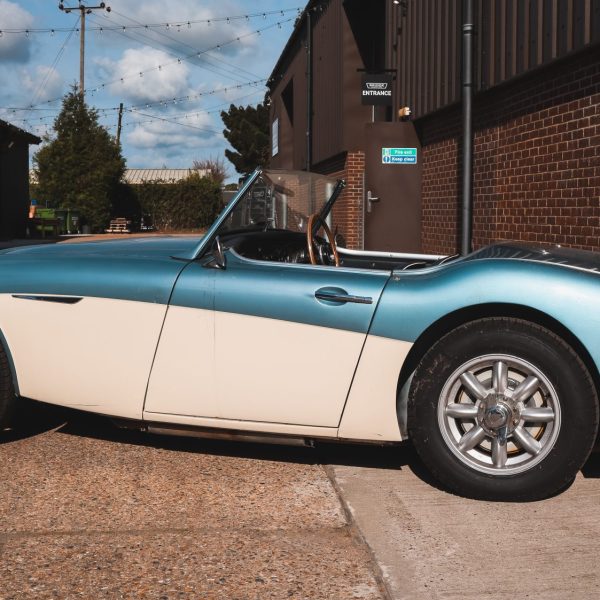
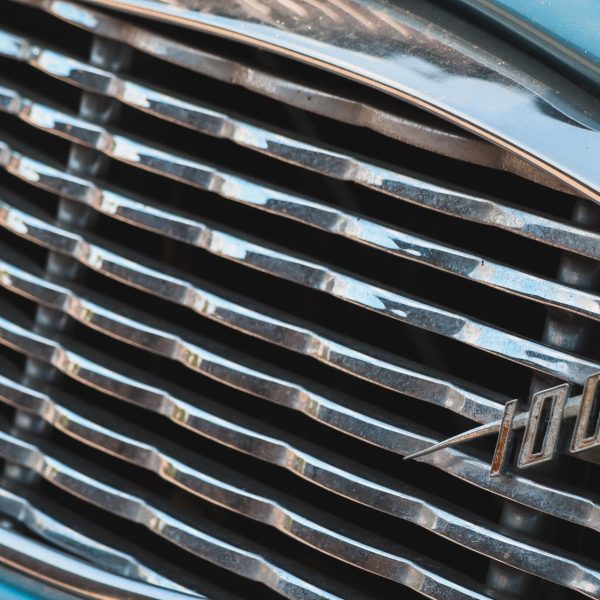
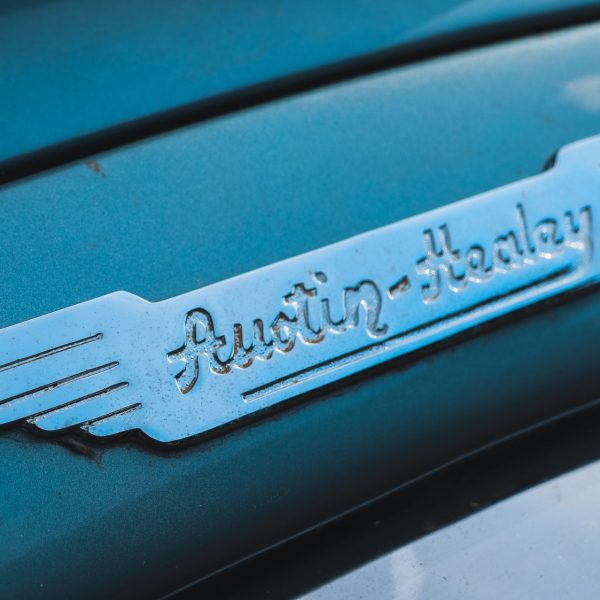
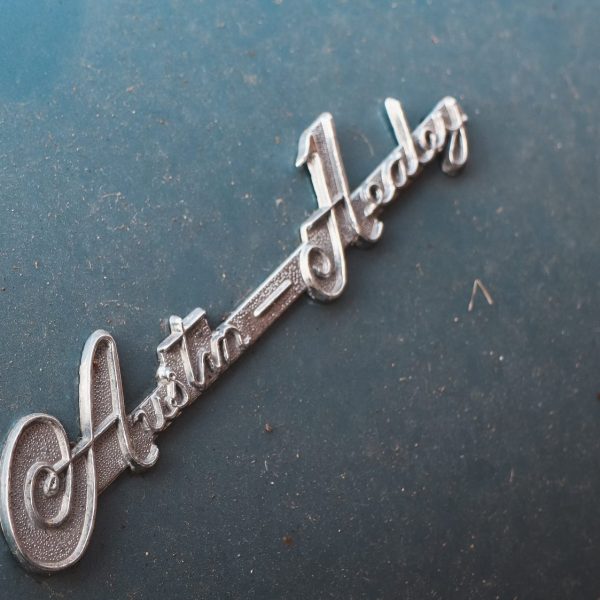
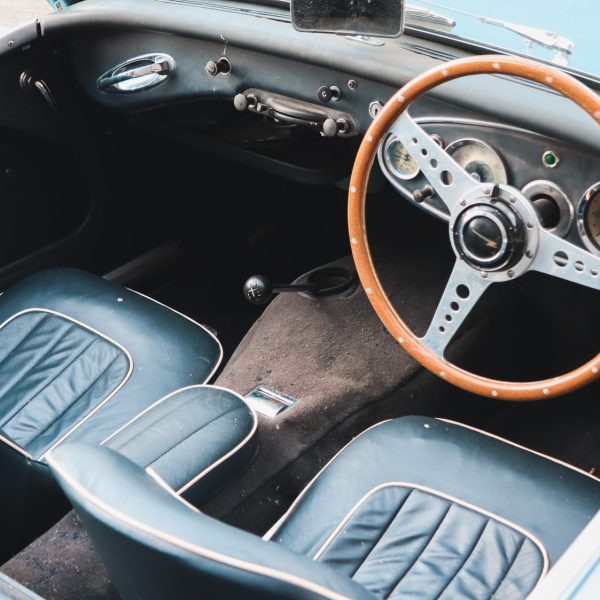




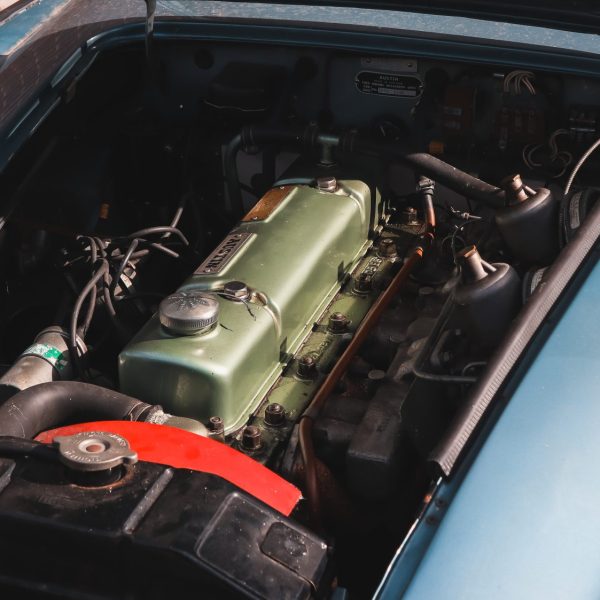

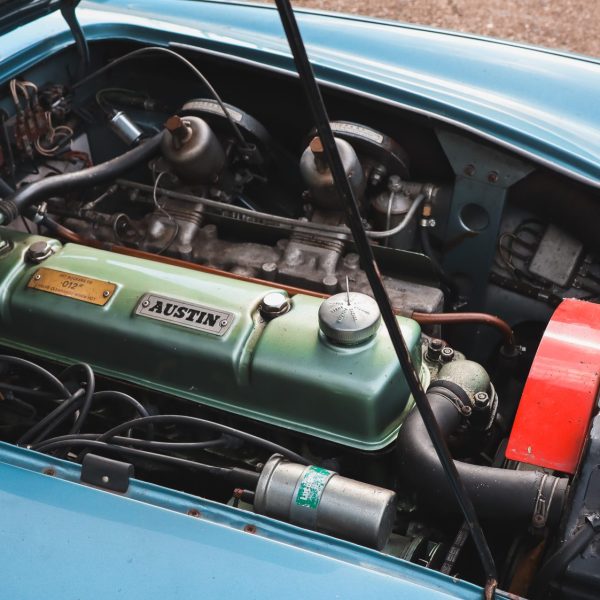
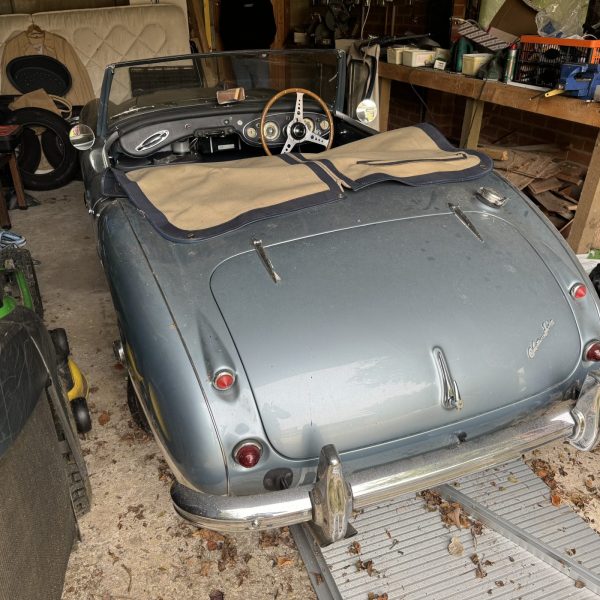
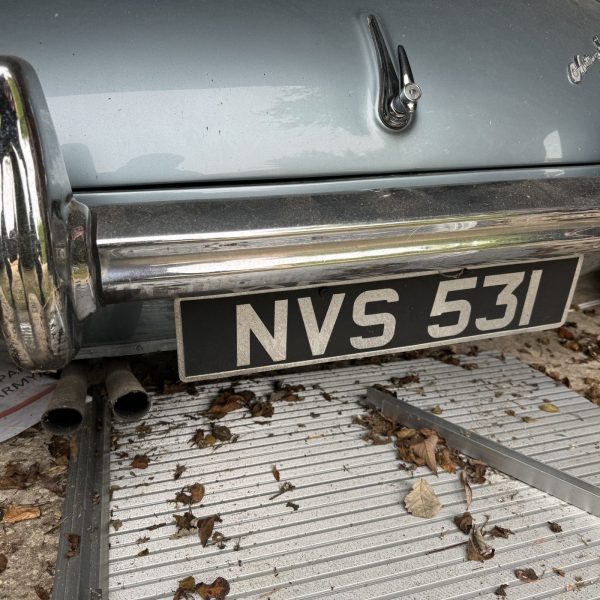

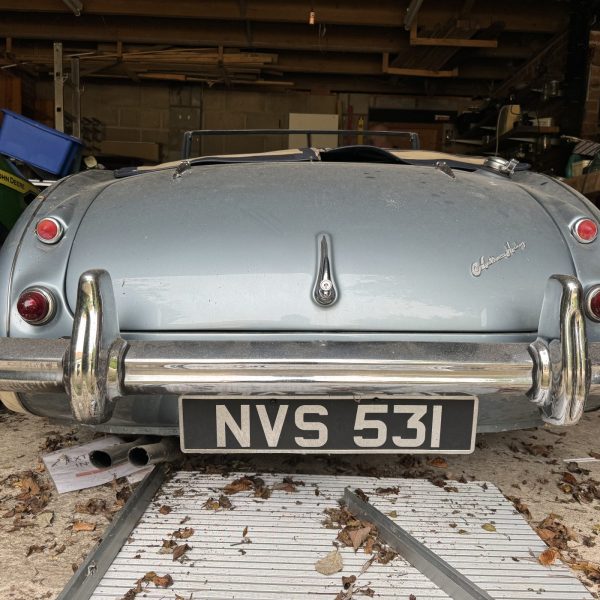



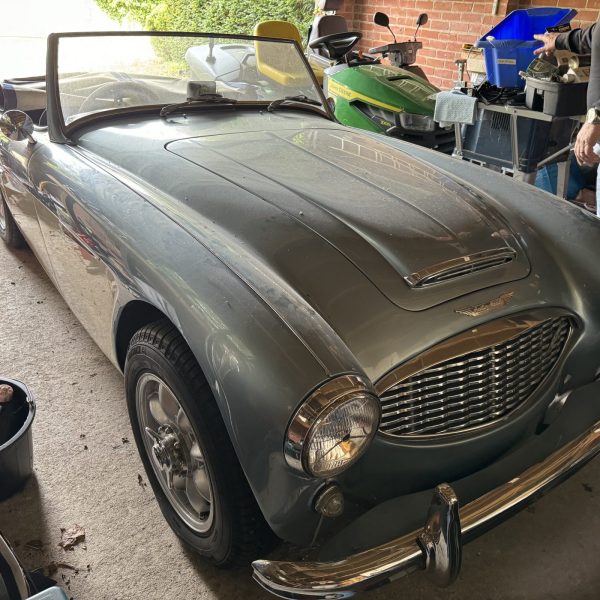
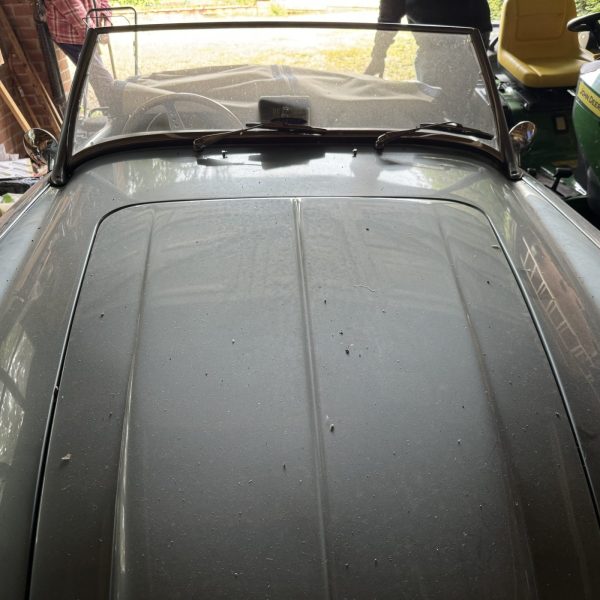
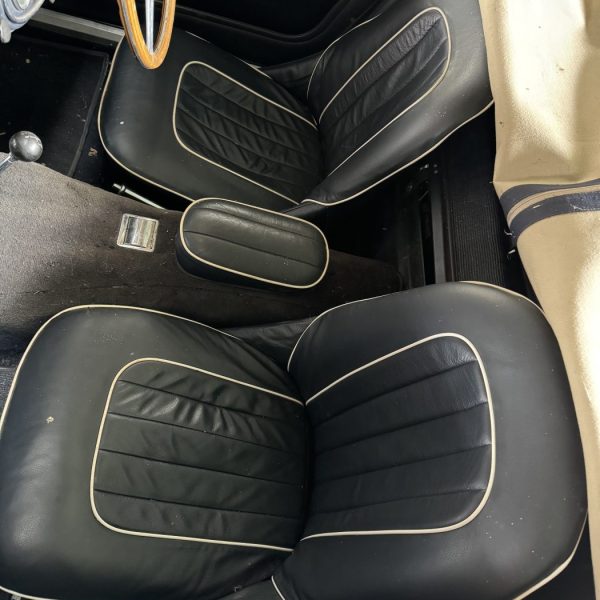
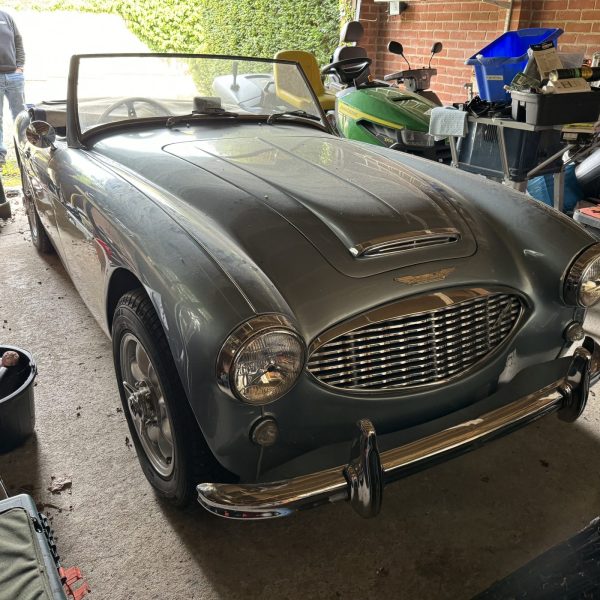

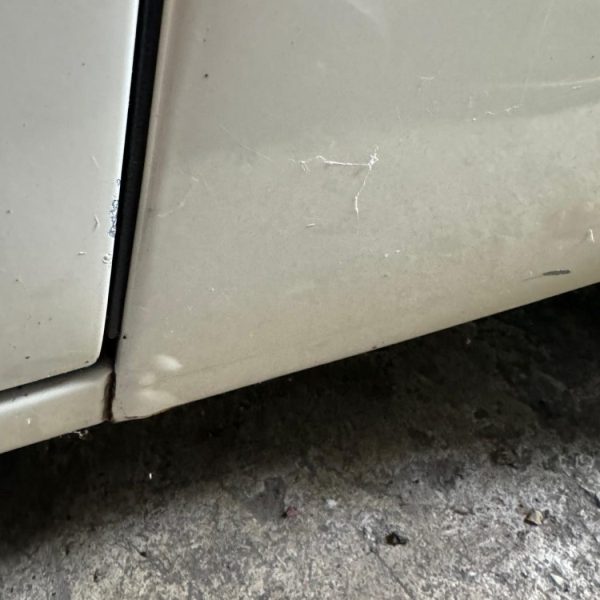
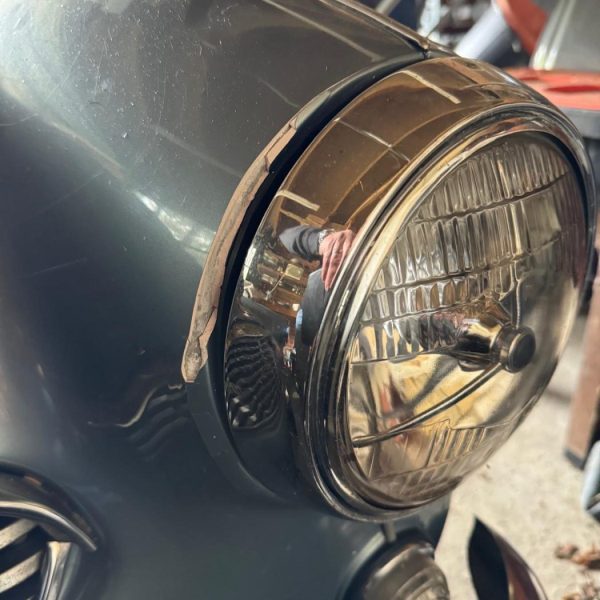
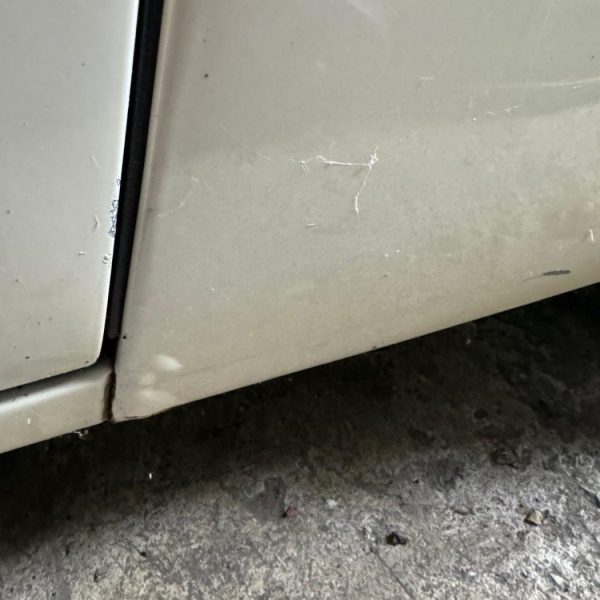
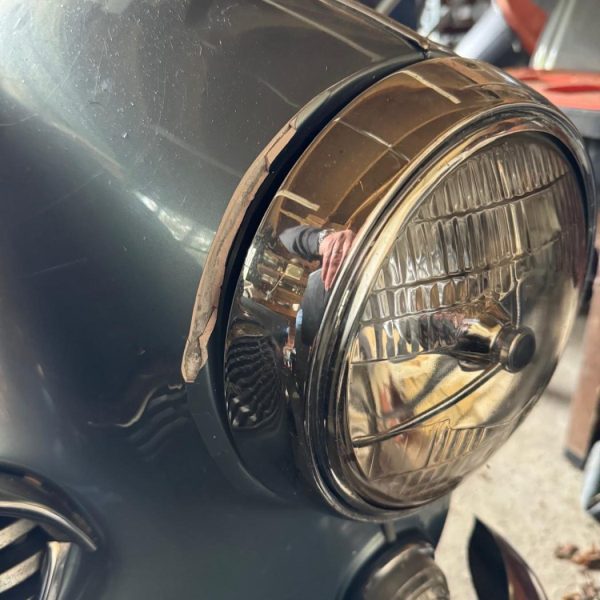


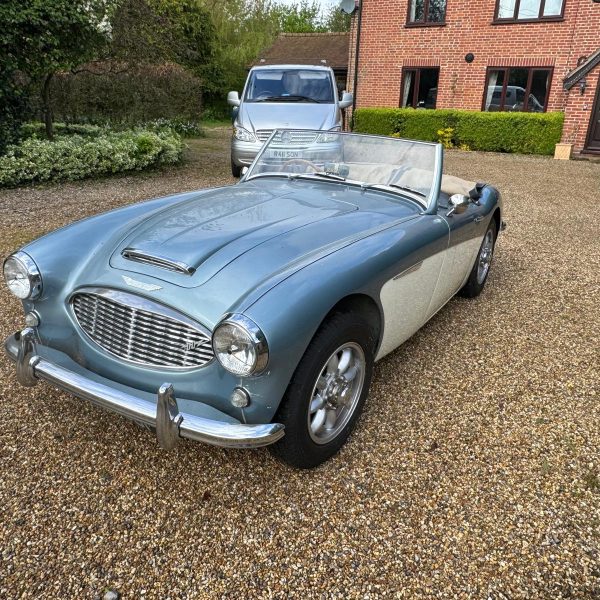
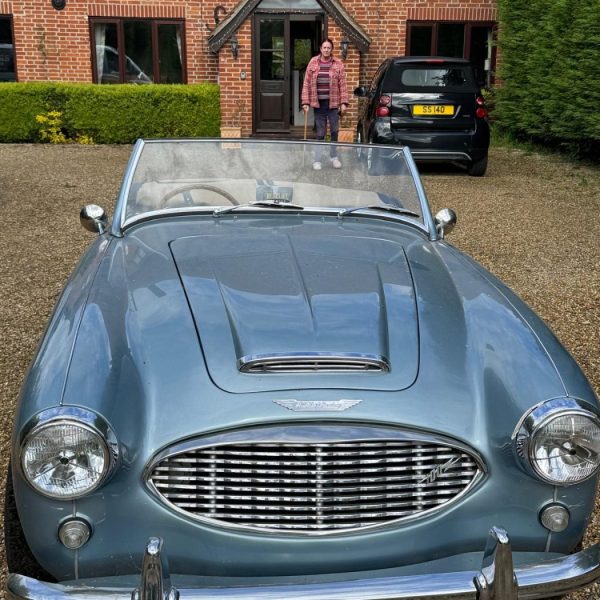
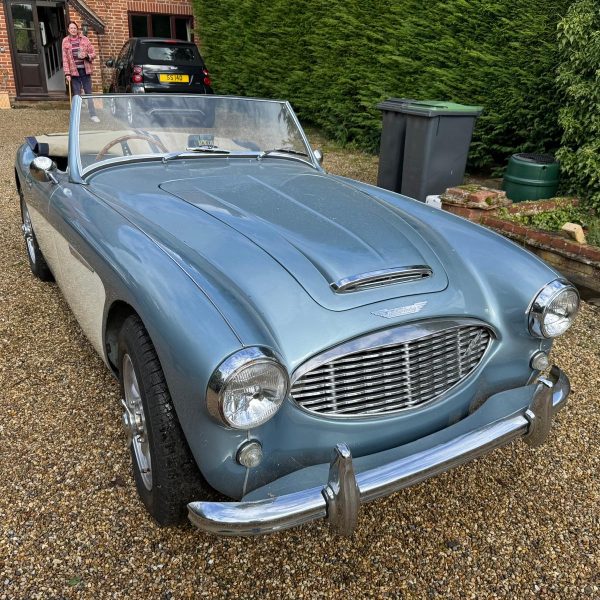
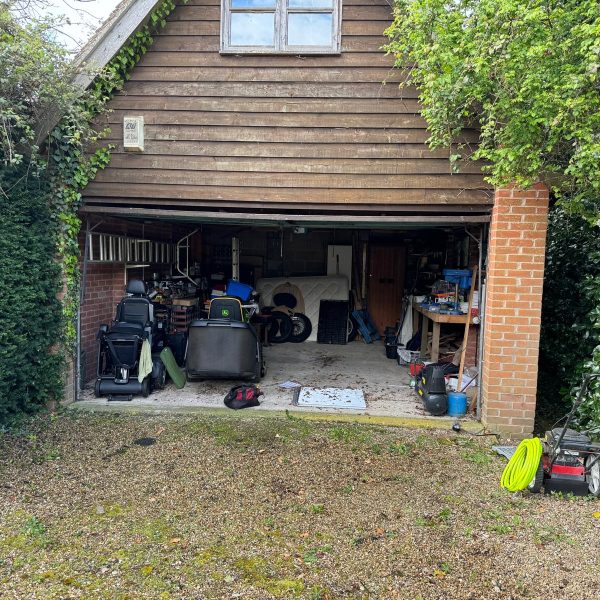
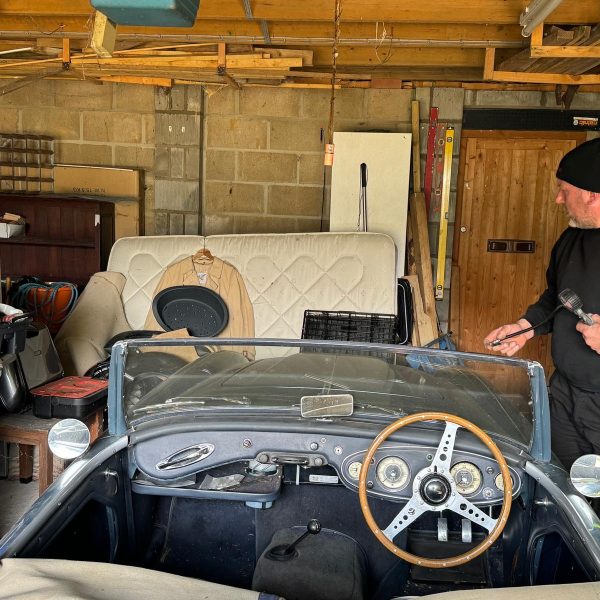
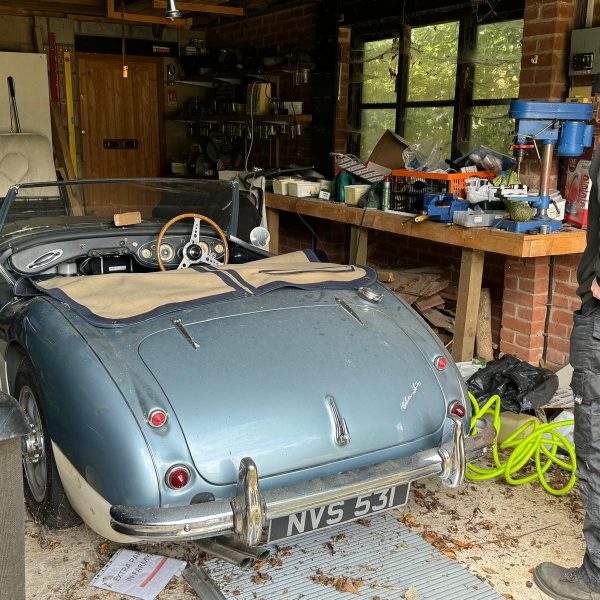
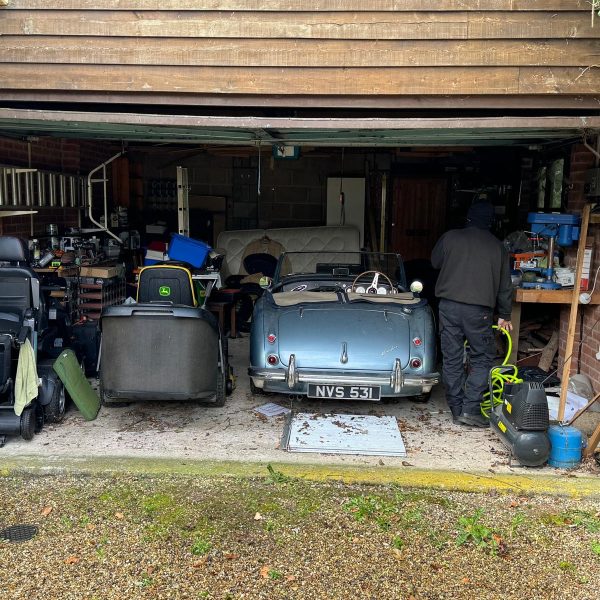
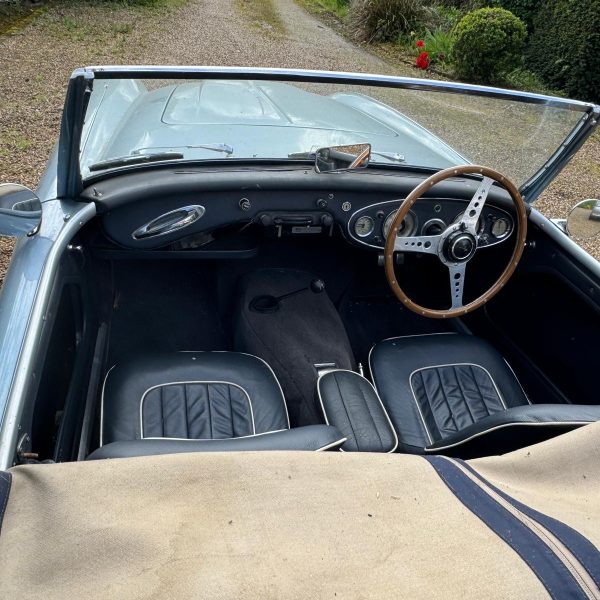
Bob Wilkinson created the Classic Car Loan Project (CCLP) which is proving itself to be very successful at bringing younger generations into the world of classic cars. We recently asked Bob some questions about his love of cars and the project.
This is how our conversation went:
The CCLP is a scheme which loans out classic cars for a whole year, with support, to budding classic car enthusiasts. This is designed to give a supported and realistic experience of classic car ownership in the hope that this will lead to classic car ownership. It works!
Mine began as a teenager …..an Austin 7 (in need of a lot of TLC ) infected me for life! As a teenager, it also bonded me with my father…I learned much from him which has lasted a lifetime.
Years later I am still restoring and enjoying classic cars.



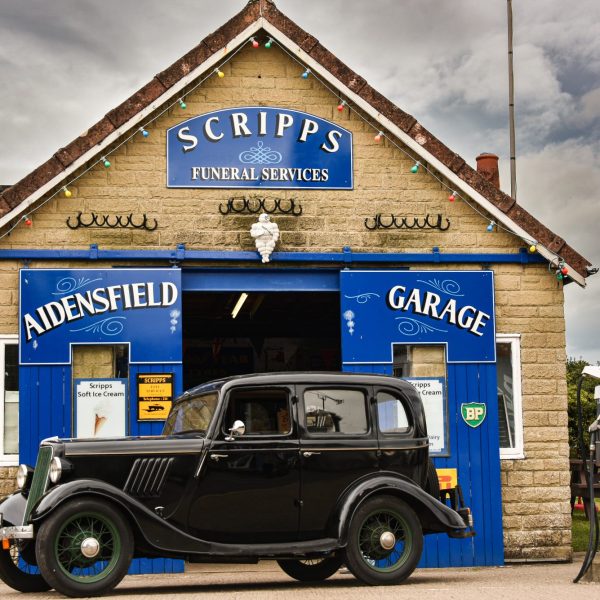
Through the supported experience the hope is that the recipients will become classic car owners to carry forward the classic heritage and tradition. This is more likely to happen if the experience is positive and enjoyed through interacting with the classic club scene and sensing the achievement of successfully meeting the challenge of driving a car from a different era.
About 20 of the almost 100 participants have bought their own classic as a direct result of an enjoyable, shared, experience in the CCLP.
Many of the participants have developed basic mechanical skills and knowledge (some applicable to their modern car) and also report that they have better driving skills too.
We have cars from the 1930’s to the 1990’s….saloons, sports and even 3-wheelers! Currently, I would like to see more of the traditional family cars of the 1950’/60’s, eg. Austin Cambridge, Morris Oxford and some of the inexpensive (of the day) sports cars = Sprites, Midgets and MGB’s. Starter classics would help to acheive our goals too. For various reasons, I prefer to not have high value or high performance cars on offer.
We have grown from 1 car to around 25 cars currently ….with more in the pipeline. Several classic car clubs, having been involved, have gone on to run their own “in-house” schemes…..a trend I would support.
The CCLP started as a project to test whether loaning out classics would work…it has; hence clubs following our blueprint would enable greater numbers to be involved.


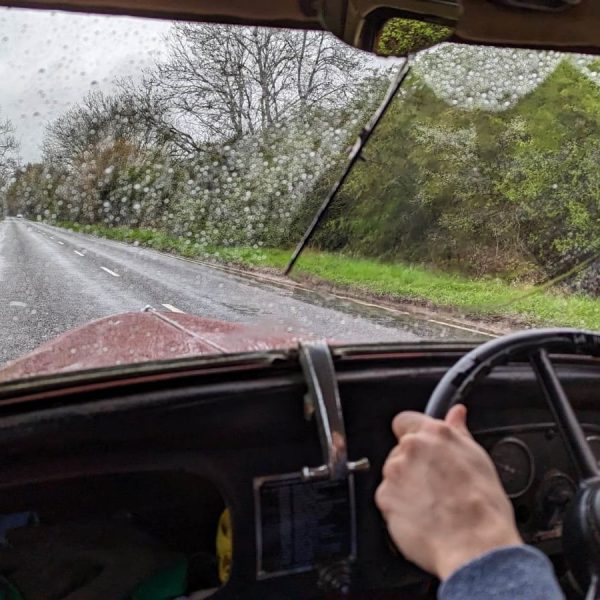
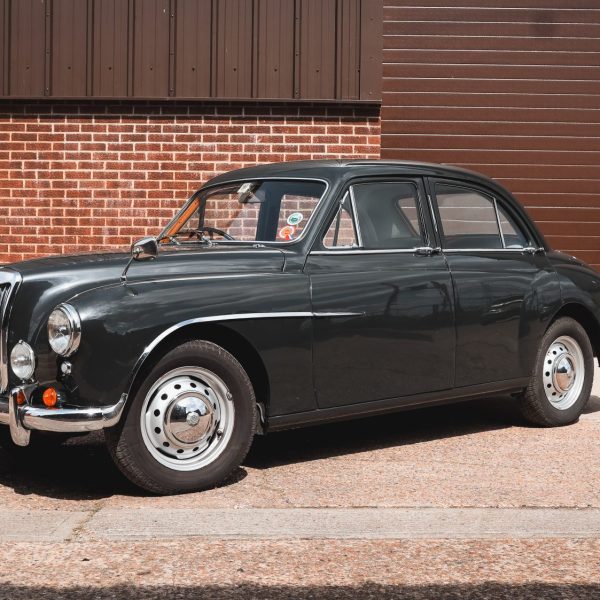
There will always be an interest in classic cars ….how this develops is unknown. Steam trains still command an interest.
Currently, according to FBHVC research, the classic industry contributes around £8 billion annually to the UK economy and employs around 40,000. This vested interest, along with the growth of apprenticeship schemes, will maintain a presence in the automotive industry for some years.
Respond to posts on website, social media and classic magazines. Offer a car, apply to have one on loan, become a sponsor …….become a support mentor.
Visit www.classiccarloanproject.co.uk
Enjoyed Talking Classics With Bob Wilkinson?
Take a look at the entire Talking Classics series for more interviews with other influential people.
Tony recently transported our 1965 Land Rover Series 2a from our secure storage facility back to the Bridge Classic Cars workshop before delivering it to Cult 4×4.
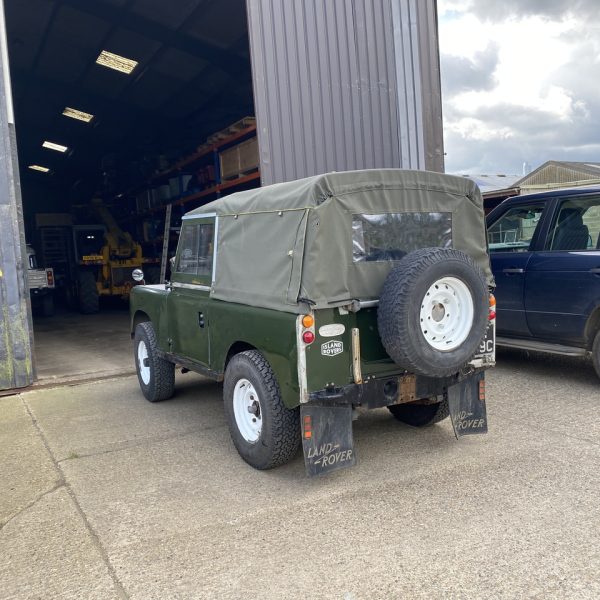

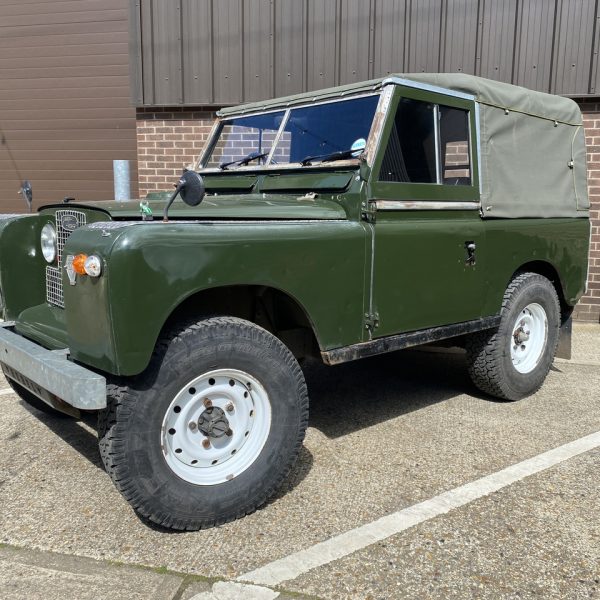


In preparation for our 1979 Triumph Spitfire to be delivered to its new owner (who won it through Bridge Classic Cars Competitions), Jonn has been conducting a pre-delivery inspection and road test.
Here are his notes:
Finish pdi and carry out road test. Choke not picking revs up enough when operated. Adjust quadrant bolts on throttle spindle and retry, ok. Drives ok when warmed up properly. Throttle pedal a bit stiff again like before. Remove cable and lubricate. Refit and test, better. Just waiting for spare tyre yo be fitted to spare wheel and the ready to go.
Jonn also stripped and adjusted the nearside front wheel bearing before refitting the wheel and torquing it to spec.



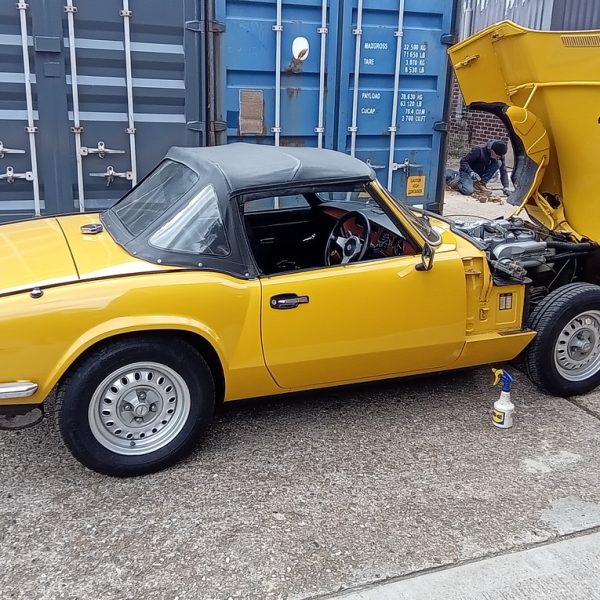
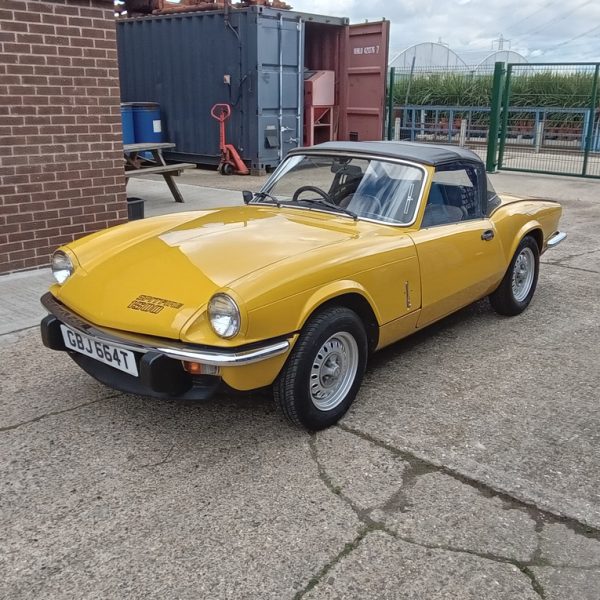
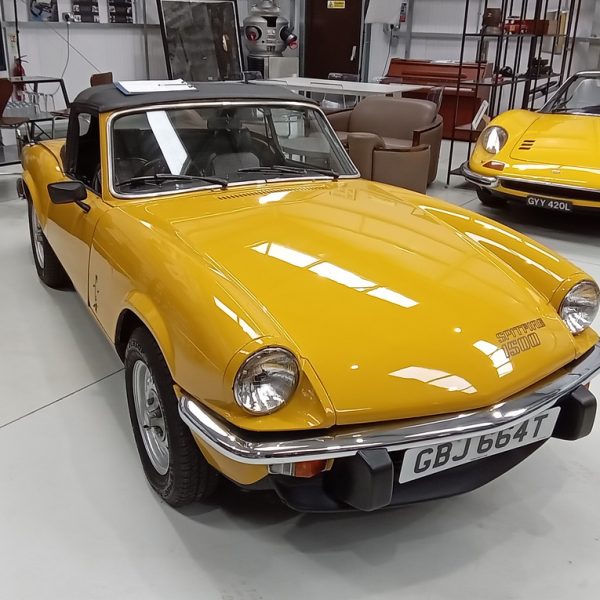
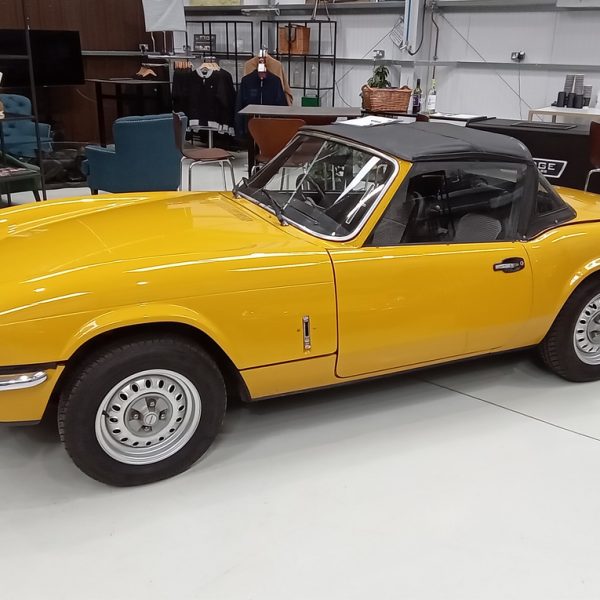
Earlier today, our 1955 MG Magnette arrived at the Bridge Classic Cars workshop. This new arrival is a little bit different though – it’s actually my new classic (sort of!).
Through the Classic Car Loan Project, I am the custodian of this beautiful classic for the next 12 months.
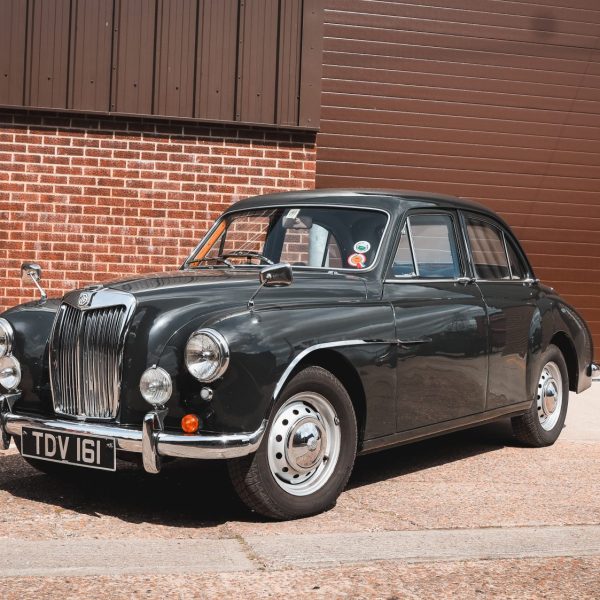

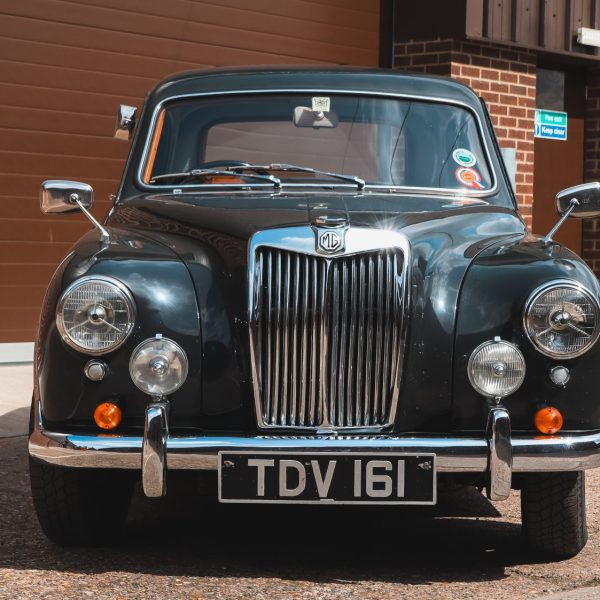

While the car is in my care, I will be taking it to all of our events and car shows. I will also be using it regularly for the pure enjoyment of doing so!
Peter, who is the owner of the car, drove it to the workshop and spent lots of time showing me around it. I obviously returned the favour by showing him around the workshop and all of our current projects.
Thank you to Peter and everyone at the Classic Car Loan Project who helped organise the handover – I look forward to making the most out of my time with the beautiful MG Magnette.

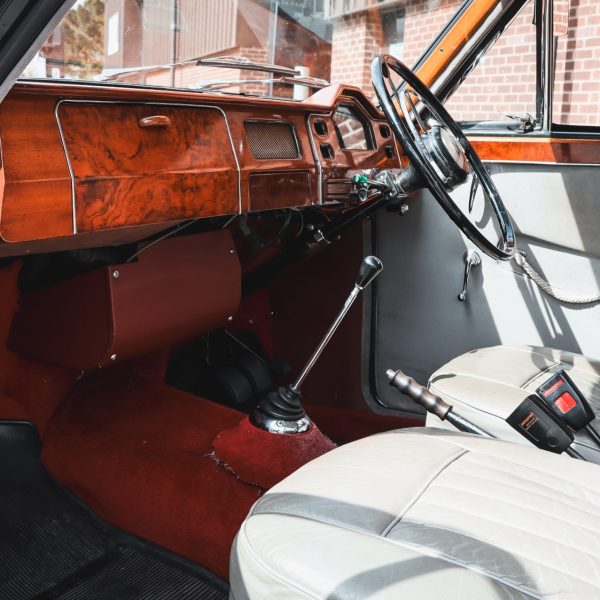
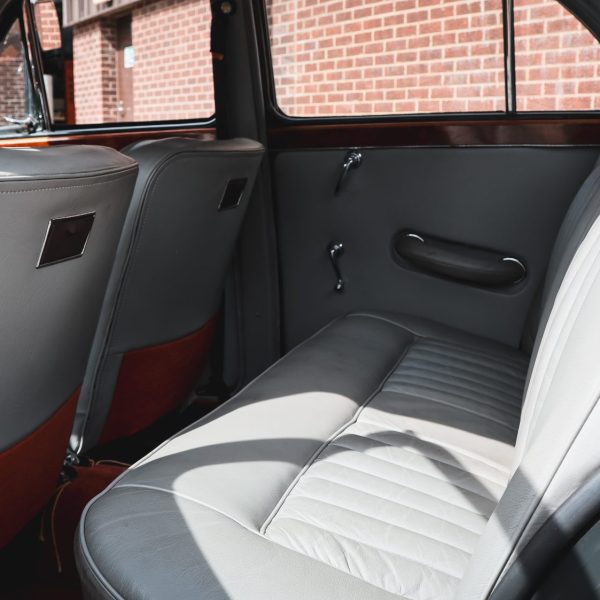
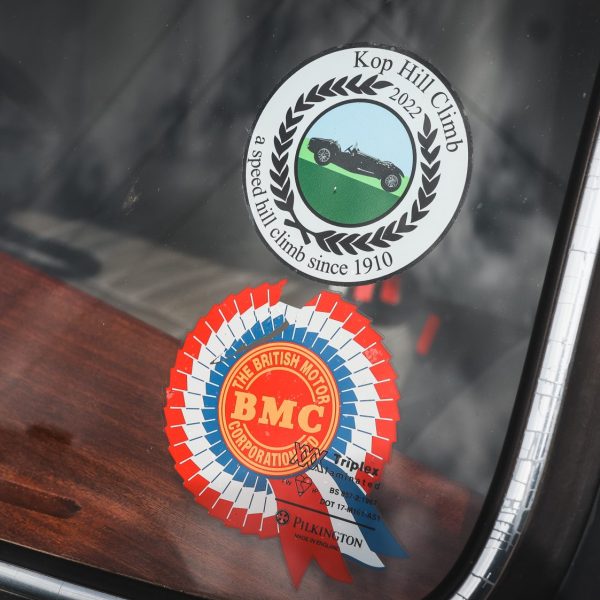
Following the sale of Led Zeppelin manager Peter Grant’s Ferrari Dino GTS, Car & Classic has announced the auction of another legendary vehicle with a history full of rock’n’roll – Sir Paul and Linda McCartney’s 1972 Wings Over Europe tour bus.
The vintage double-decker bus was the vehicle chosen for Sir Paul McCartney and Wings during their 1972 summer tour. It travelled over 7,500 miles across nine countries and 25 cities, grabbing huge amounts of attention wherever it went. The 1972 tour proved to be an important one for Wings, as it put the band in the world media and marked their rise after the glory days of The Beatles. There is also the possibility that songs were written on the bus. For example, “Live and Let Die”, as featured in James Bond, was recorded in 1972, after the tour.
Today, the bus still turns heads with its psychedelic paint job, reminiscent of The Beatles’ Yellow Submarine album cover. It’s got all the original features, offering a glimpse back in time to the 1960s. Sir Paul’s idea to have an open-top upper deck for the European tour shows his vision and attitude towards life on the road. He said: “If we’re gonna be in Europe in the summer going to places like the south of France, it’s just silly to be in some little box all day gasping for air so we came up with this idea to have an open deck, upper deck kind of thing. We’ve got some mattresses up there so we can just cruise along, fantastic, it’s great, just lie around and get the sun.”



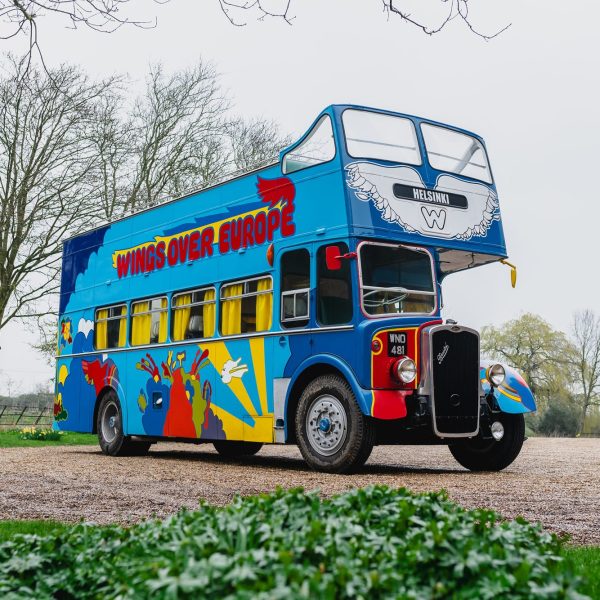
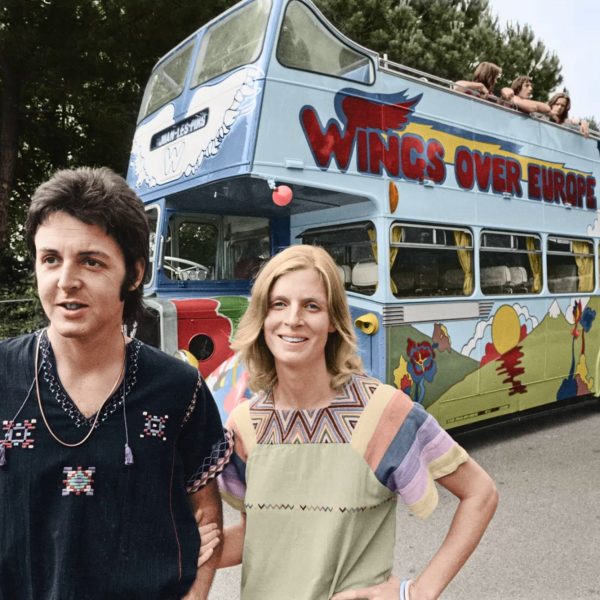
After the successful sale of ex-Led Zeppelin manager Peter Grant’s 1973 Ferrari 246 Dino GTS back in February this year, head of editorial at Car & Classic, Dale Vinten, said: “These rock ‘n’ roll hall-of-fame vehicles just keep coming! It’s incredible to play a small part in their histories, and we believe this bus will be just as popular as the Dino was, not least because of how unique it is.”
“Just as John Lennon’s Rolls-Royce and the notable cars of other Beatles members carry the weight of history, tour buses tell a different story, and bear witness to the behind-the-scenes magic that fuels the onstage brilliance. This essence is perfectly encapsulated in the Wings tour bus, still adorned in its psychedelic colours, and restored to how it would’ve been when the McCartneys and the rest of the band toured Europe over the summer of ’72. Let’s also not forget that out of all the other Beatles cars, this vehicle is one that can actually be owned, driven and enjoyed, too! It’s easy to imagine this eye-catching bus drawing the crowds anywhere it went, whether it be a trip into “London Town” or to the “Heart of the Country”, its arrival with us at auction means it’s now time for the bus to find its next home – with a little luck ending up with a true fan who will appreciate the history and rarity of this incredibly special double-decker. We really do love all vehicles – big or small – here at Car & Classic!”
Today, the bus looks just like it did back in 1972 after being fully restored. Inside, they’ve paid close attention to every little detail to make it feel like you’ve stepped back in time. They’ve even put in wooden bunk beds like the ones the band’s kids used to sleep in. The bottom part of the bus has bright yellow curtains, standing out from the crazy colours outside. And up top, they’ve turned it into a stage for performances, calling it “The McCartney Stage,” inspired by The Beatles’ famous rooftop concert.
This bus still has plenty of miles left in it and is powered by a Gardner 5LW 7-litre diesel engine and manual transmission.

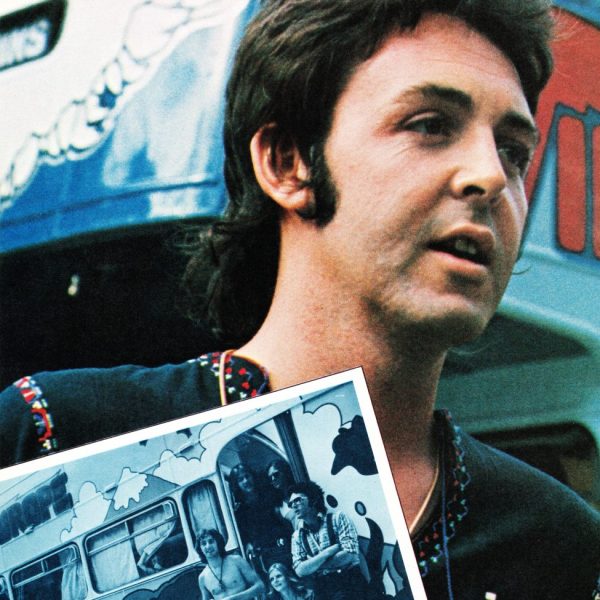

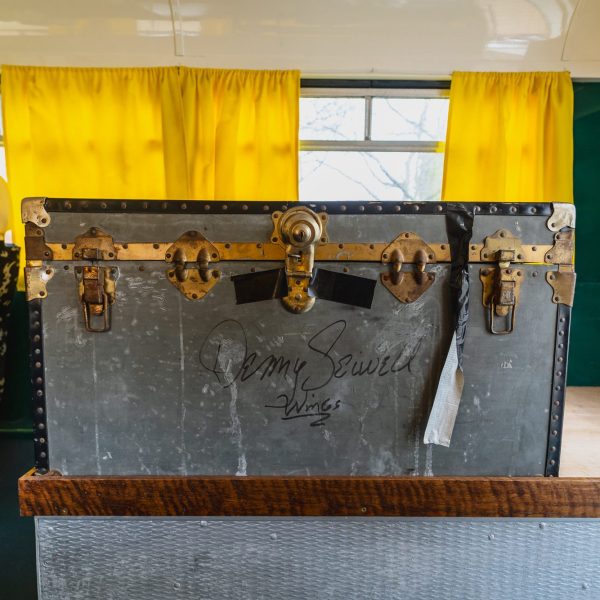
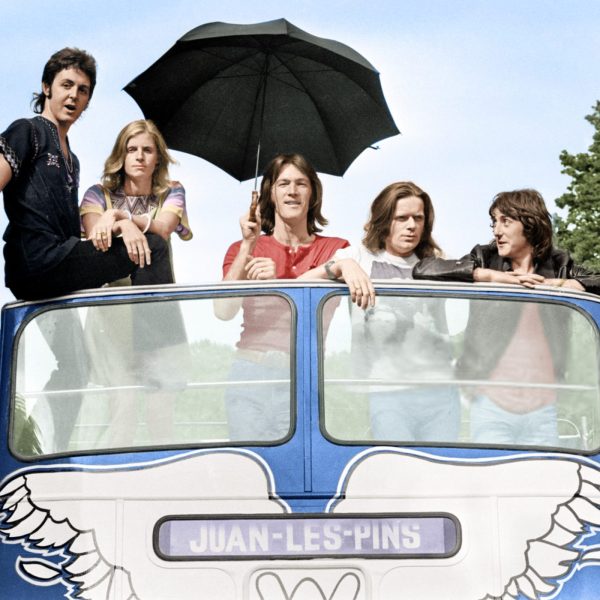
Having played a crucial role in the success of the Wings Over Europe Tour, the bus is now set to be auctioned, giving fans and collectors a rare opportunity to own a piece of music and automotive history. Presented for sale with extensive history, including documentation of the time it was used to celebrate the 50th anniversary of the pivotal 1972 Wings Over Europe Tour at The Classic Motor Show at the NEC, Birmingham, in November 2022, it will be sold with artefacts and memorabilia including the Wings tour trunk donated by Denny Seiwell, a founding member of the band. The bus is further accompanied by an official license that permits the display of artwork, logos, the names of Paul and Linda McCartney, family photos taken on the bus and more, with the license transferring to the new owner upon successful purchase.
Car & Classic’s online auction will begin on 22 April and run until 29 April. The auction team estimates that it will sell for between £150,000 – £200,000 and invites all interested parties to register their pre-bids via the auction link here.
Our 1989 Daimler Double Six has arrived at the Bridge Classic Cars workshop.
It will now be inspected and assessed before we decide its future.
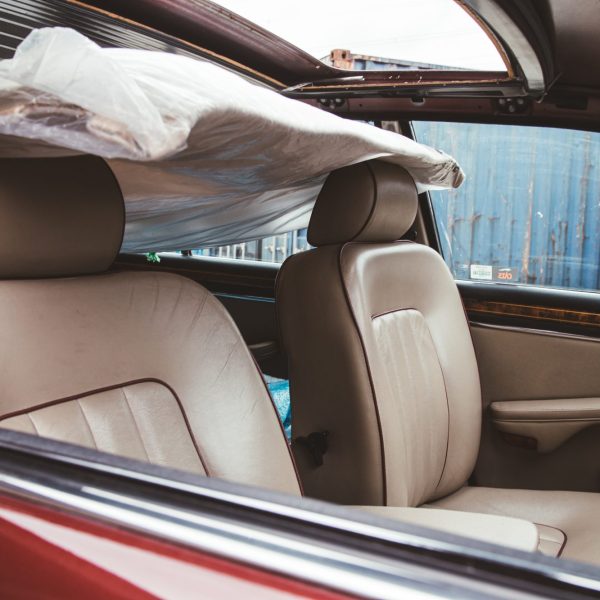
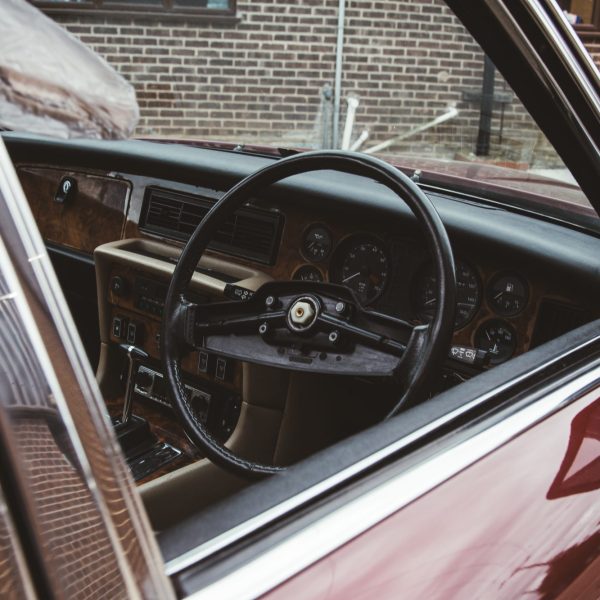
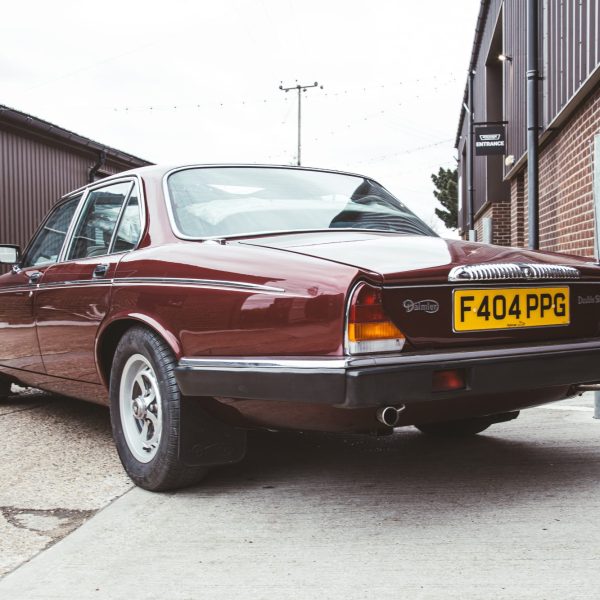
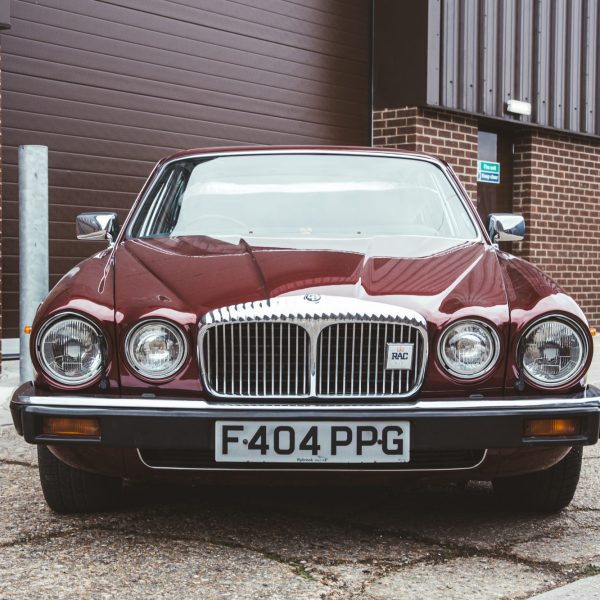

Our 1954 Jaguar XK120 has made some great progress as of late.
As you can see from the pictures below, things are starting to come together.

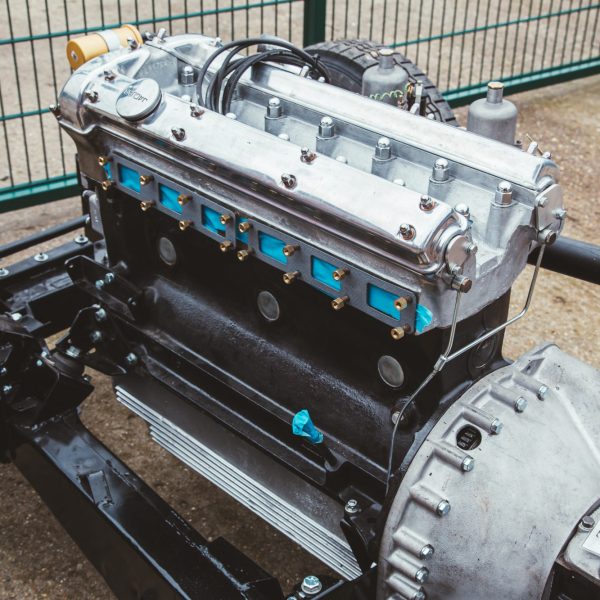

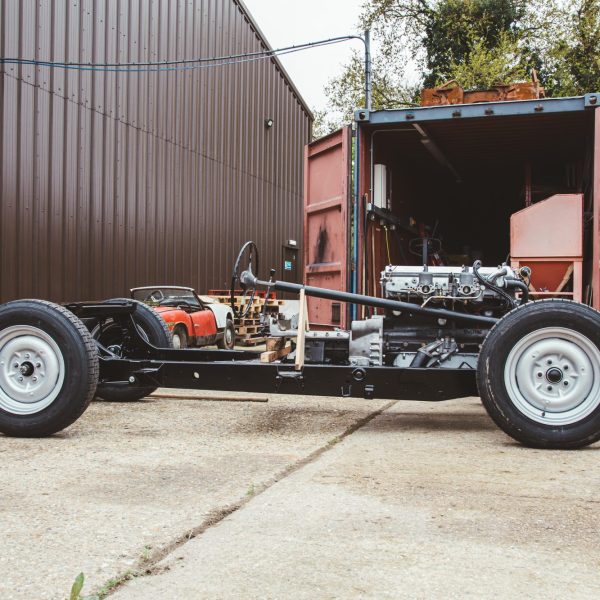
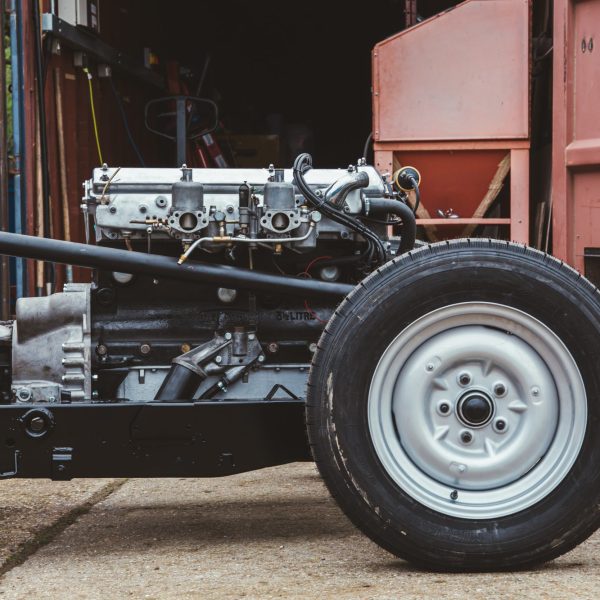
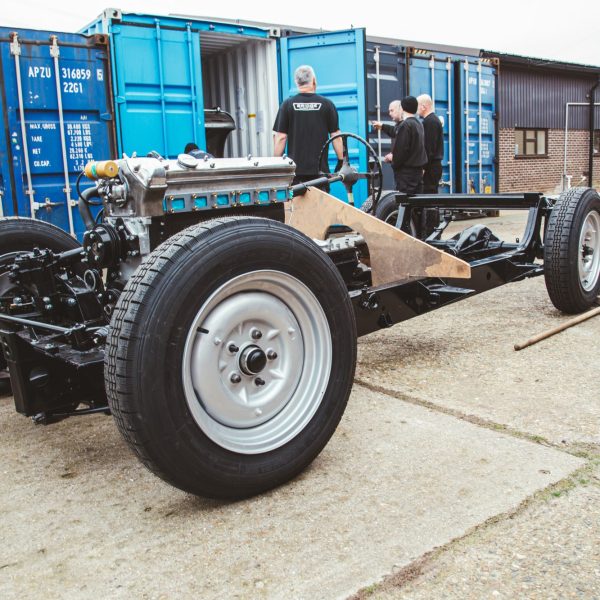
We recently welcomed our 1982 Citroen GSA into the Bridge Classic Cars workshop for a service.
Technician Jonn checked all of the lights and levels and topped them up where needed. The handbrake linkage was lubricated and the air filter was removed, blown out, and refitted.
The car was raised up on the ramp so Jonn could drain the oil and inspect the underside. He stripped and checked the rear brakes which were fine. The front inboard brakes were also fine but the gearbox oil was slightly low. This was topped up before Jonn tested the battery. The battery failed so a new one was fitted along with a new oil filter and spark plugs.
New oil was put in before it the car was run up to temperature and tested. All tyres were checked and inflated where necessary and the wheel nuts were torqued. Once all this was complete, a road test was carried out which Jonn was happy with.
Some points that Jonn noted were:
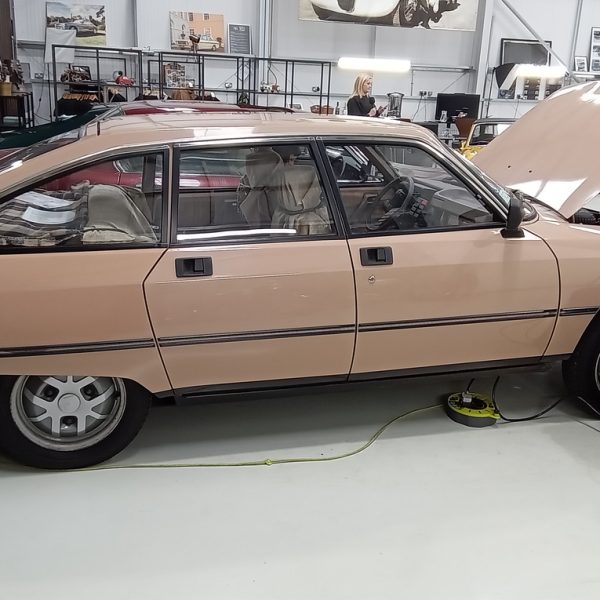
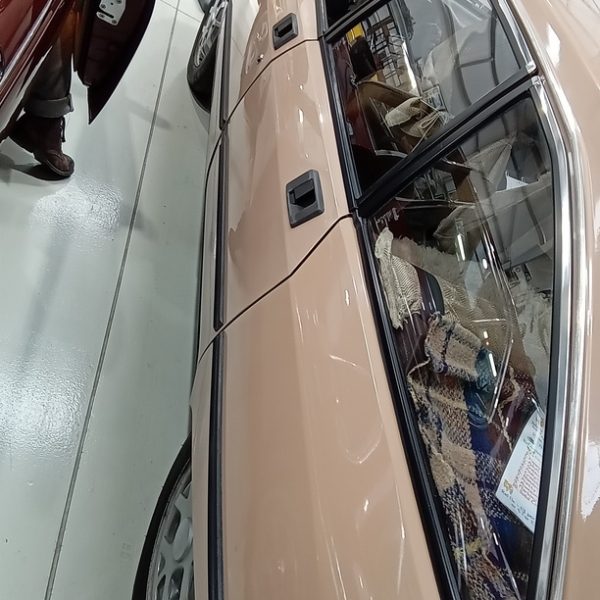

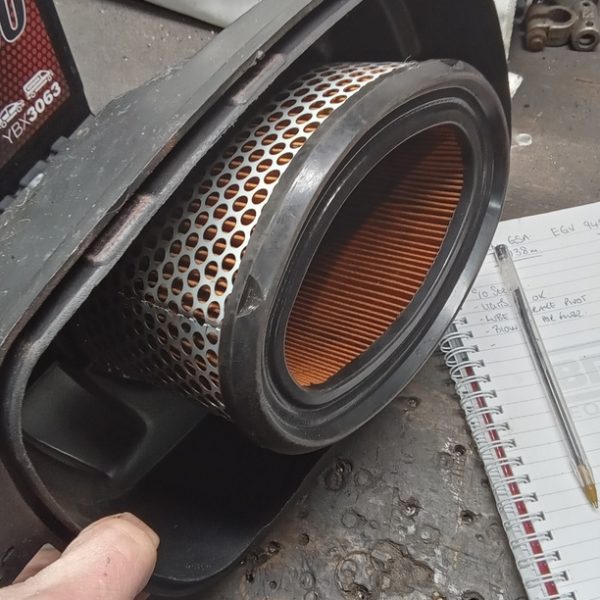
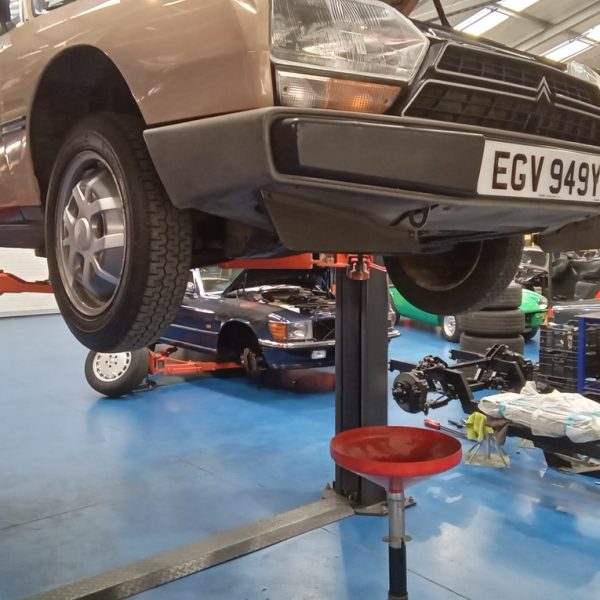

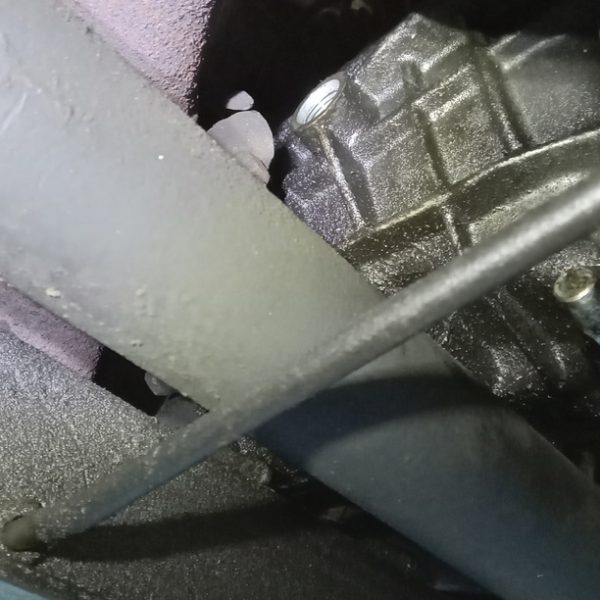
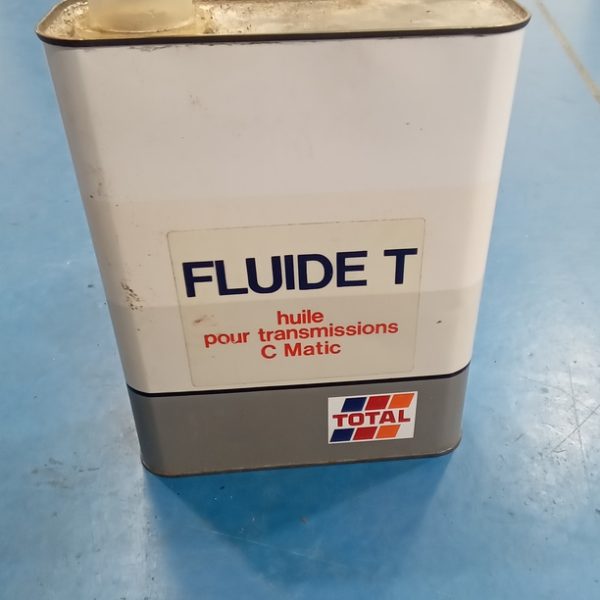

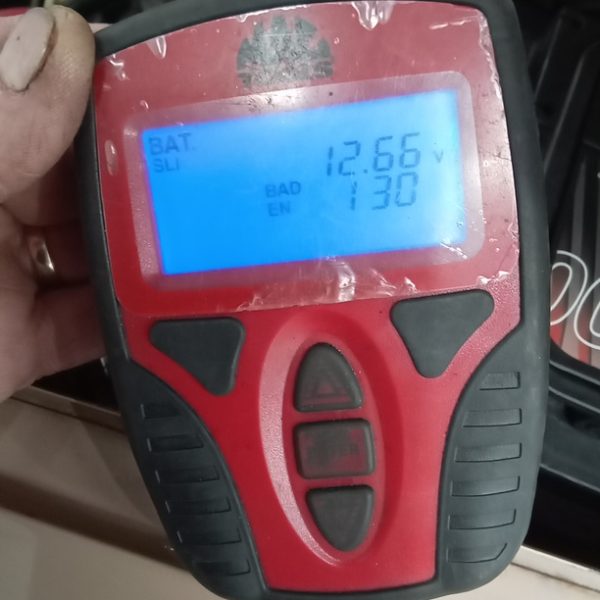
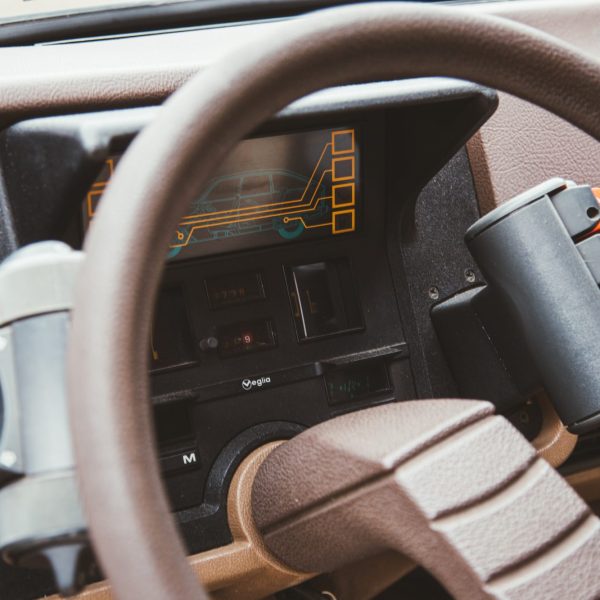
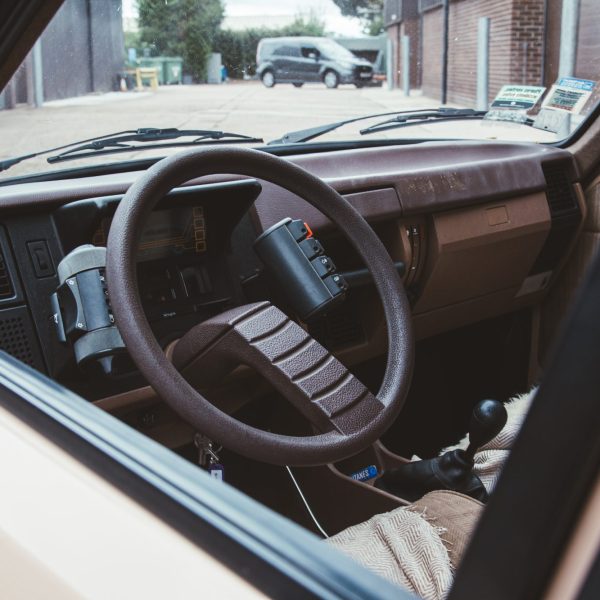

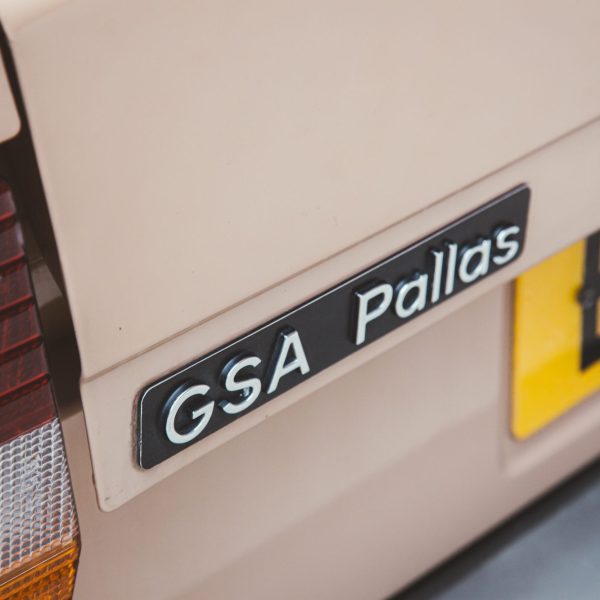

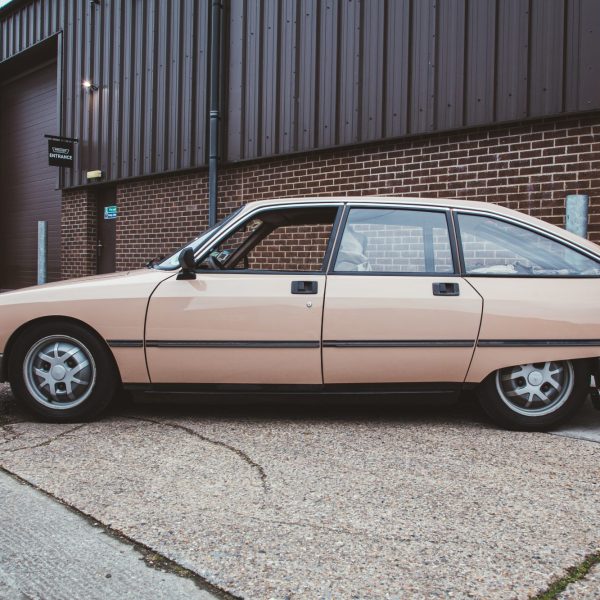
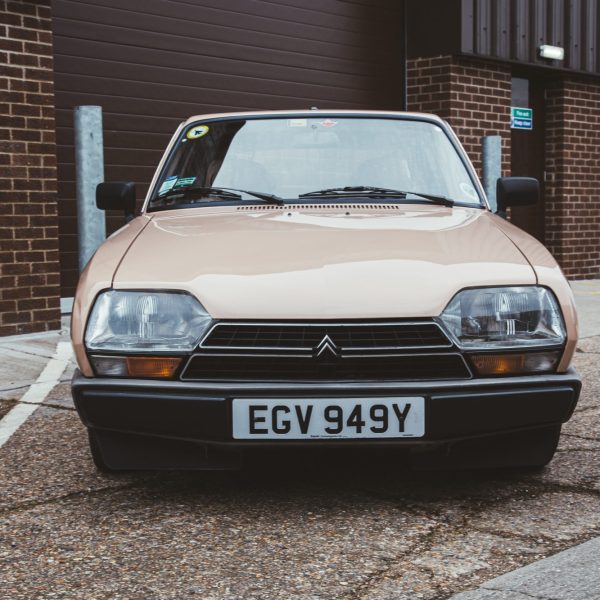
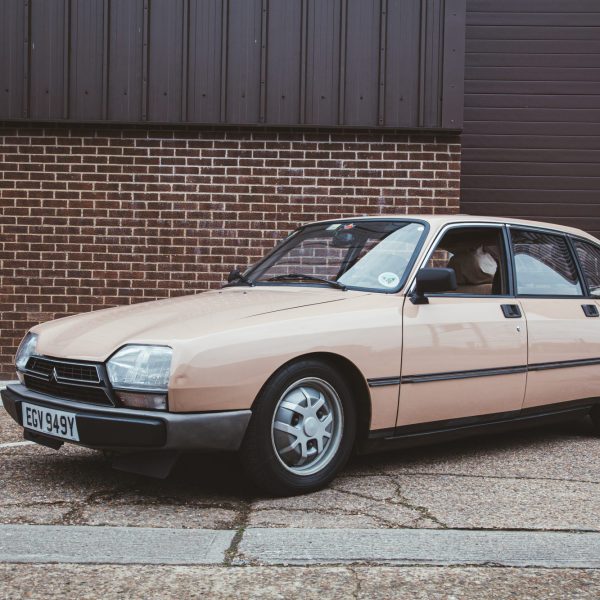
“Hi Craig, I have just seen your recent blog post regarding spotting the red TR3A you gave away in 2021…. well, after you guys took her to the Silverstone auctions at the NEC, she ended up in Aberdeen, where the buyer never ended up using the car. Step in us, who purchased it last August in memorial of my father who passed away earlier that year. It’s truly fantastic, and I have more pics of her recent adventures in the highlands. I will send them through to you.”
Our 1951 Austin Devon has been with Christian in the fabrication bay for more work recently. He painted the roof, modified the roof and mounting point, and fitted up and welded on the guttering, before welding the roof onto the truck.
Christian also fitted up the front end.

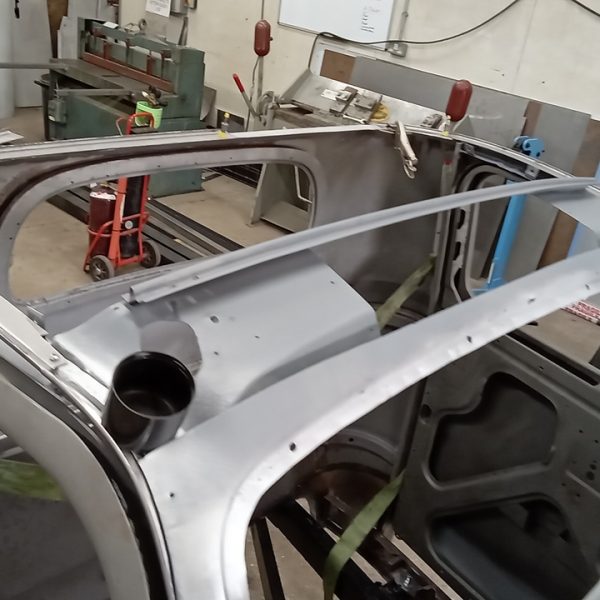
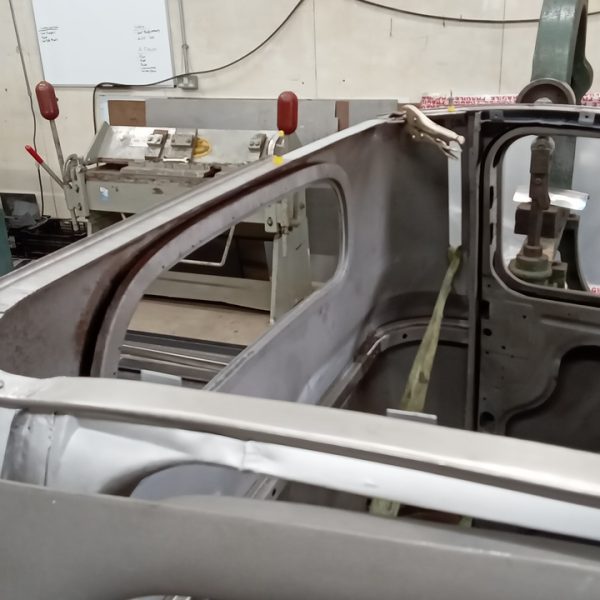
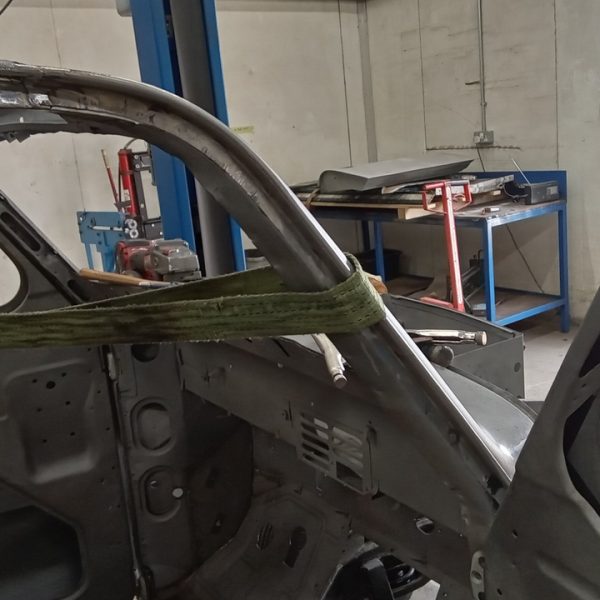
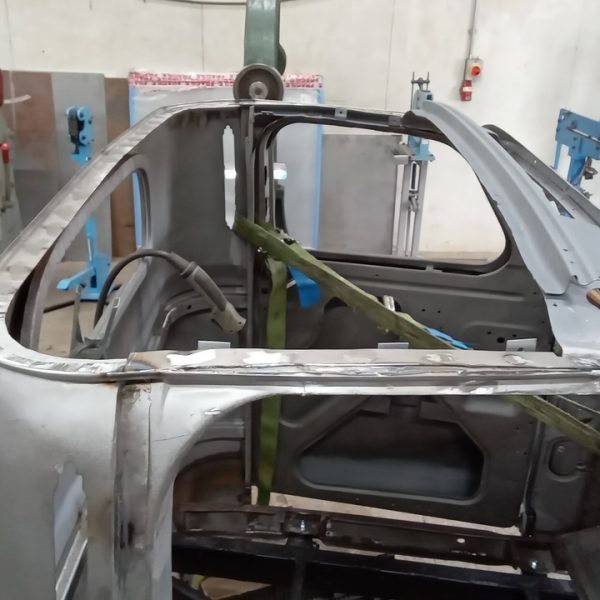
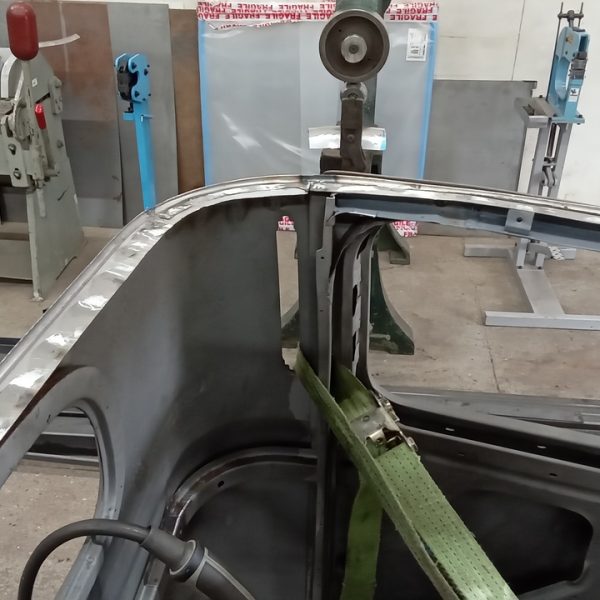


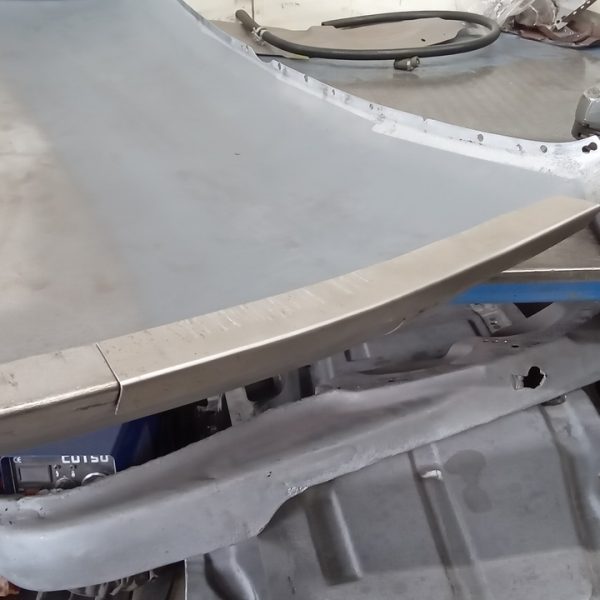
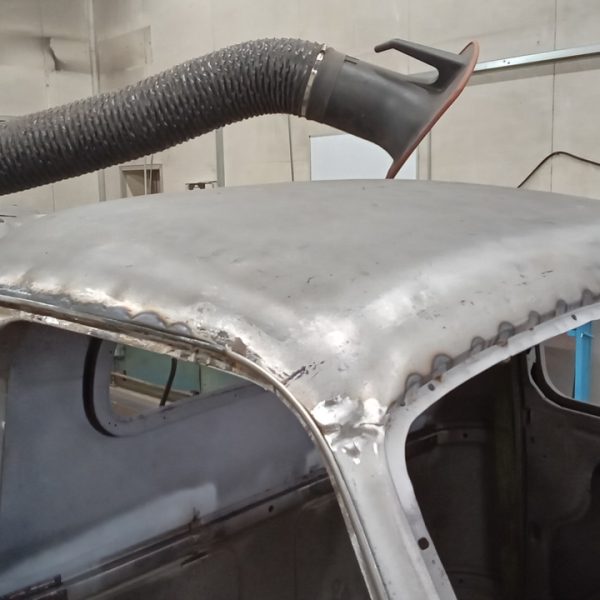
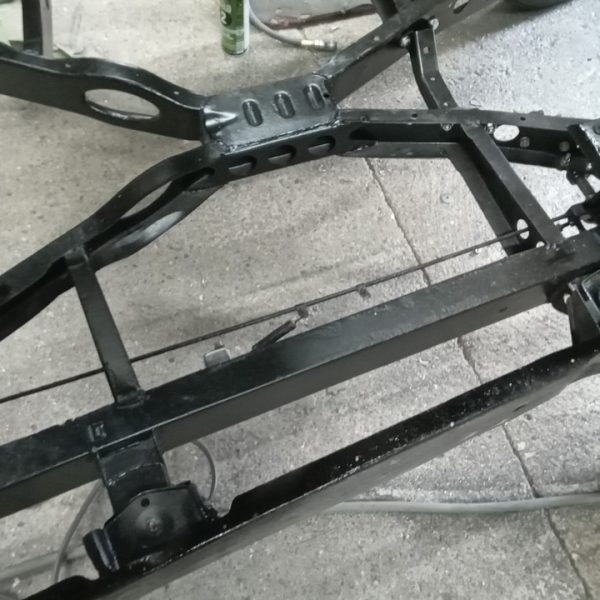


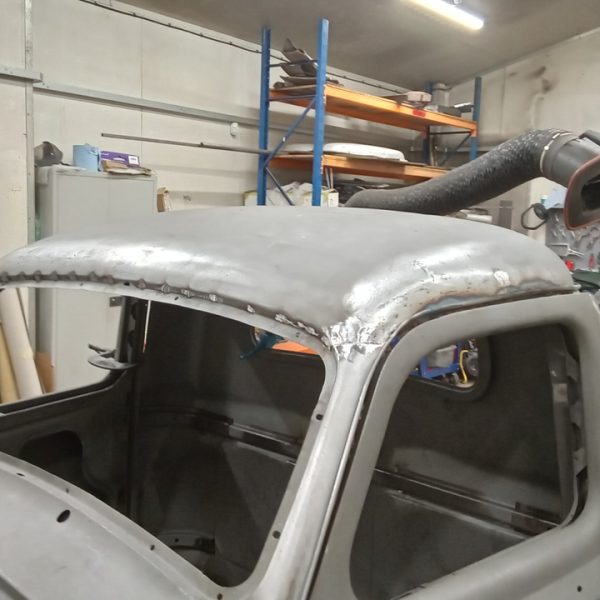
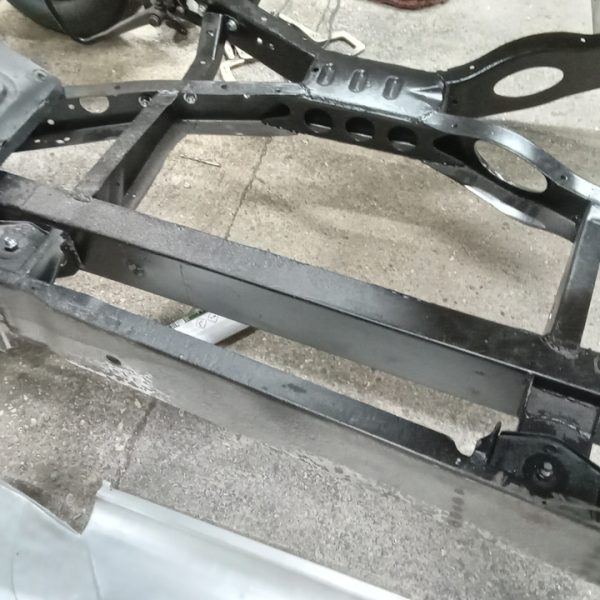
Our 1989 Porsche 928 S has been collected by Tony and transported back to the Bridge Classic Cars workshop.
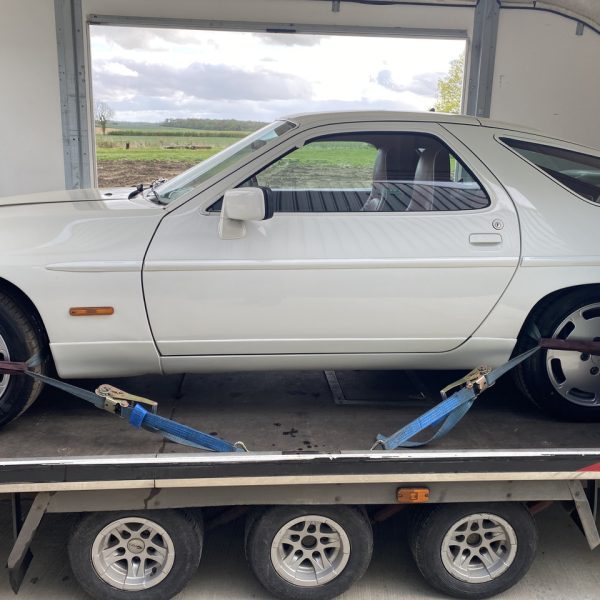
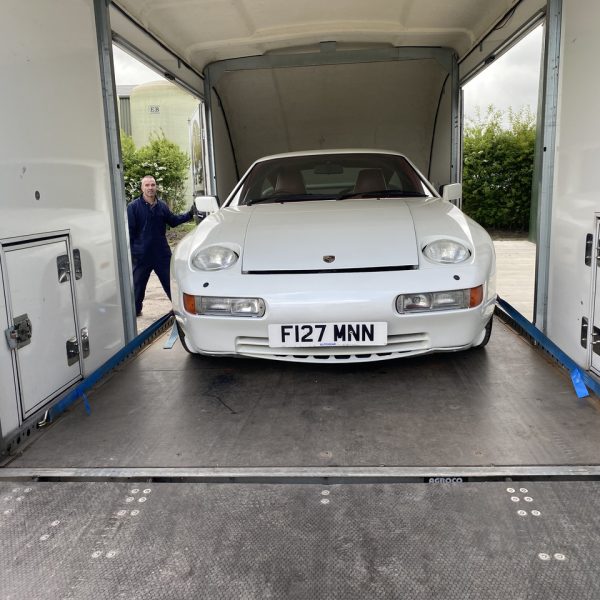
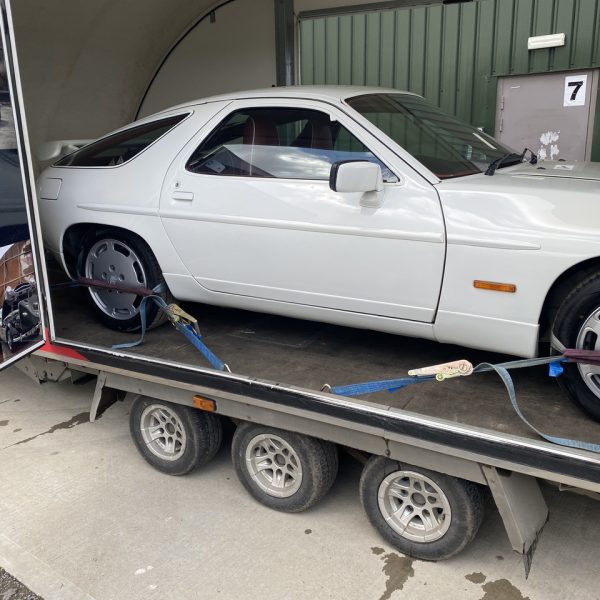


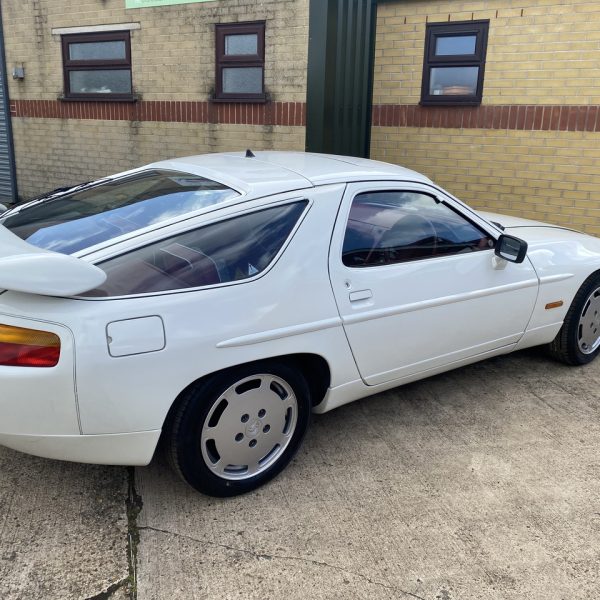
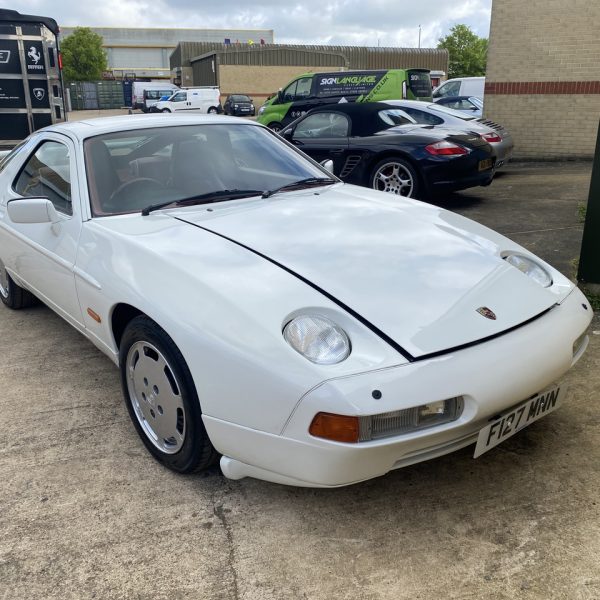
As our 1956 Jensen 541 continues to make good progress through its restoration journey here at Bridge Classic Cars, Paul has been assembling the seat runners and drilling the mounting holes for these. The seat belt mounts have been fitted to the gearbox tunnel and the work has begun on fitting the door trim and the fabrication of a cage for the striker plate bolts.
Paul also fitted the chrome trim to the roof edge and aligned and pre-drilled the rear window hinges. He then went on to fit and align the front side panels before fitting the rear side window hinges. He also started fitting the aluminium ground panels.
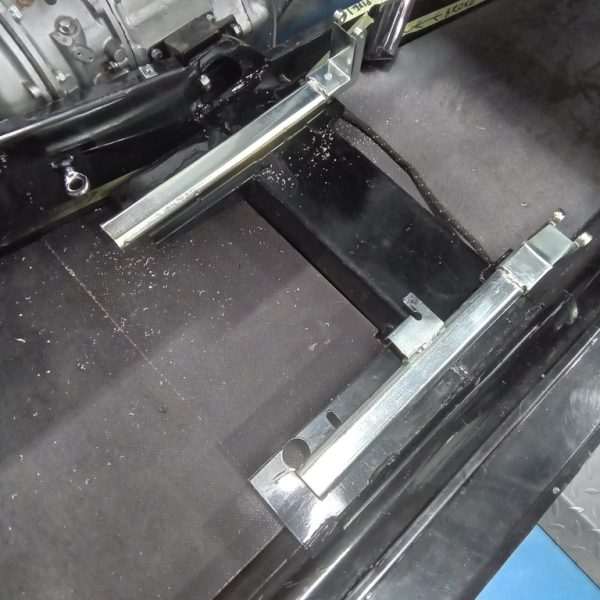
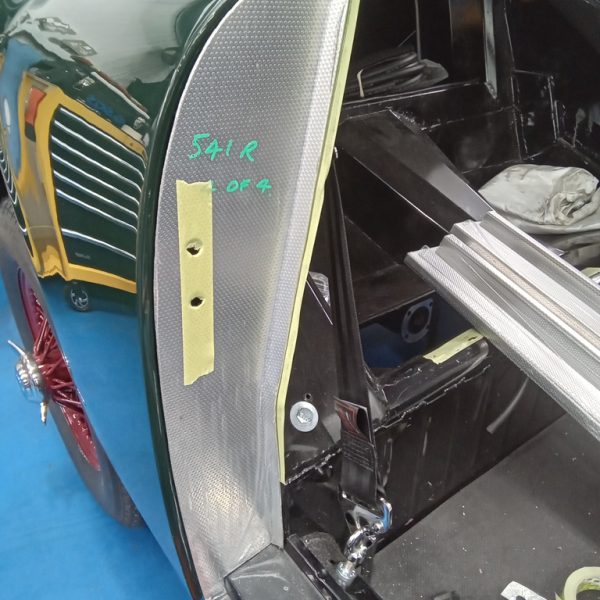
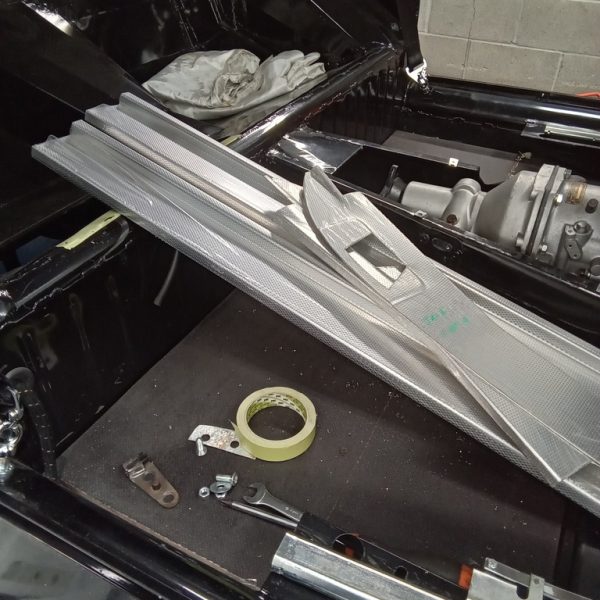
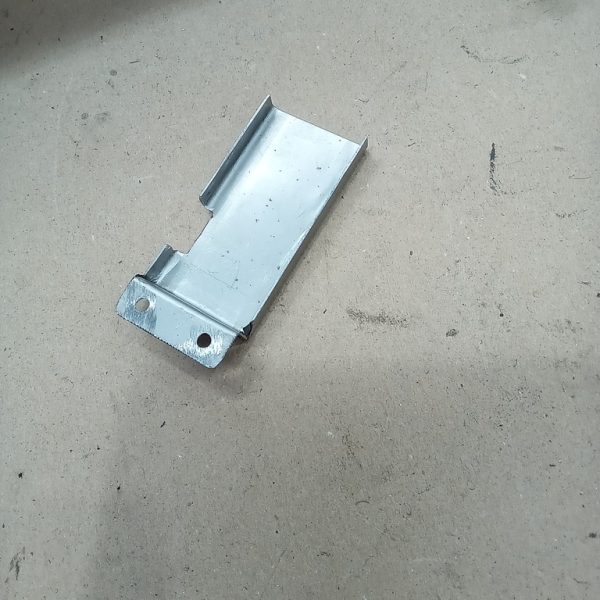
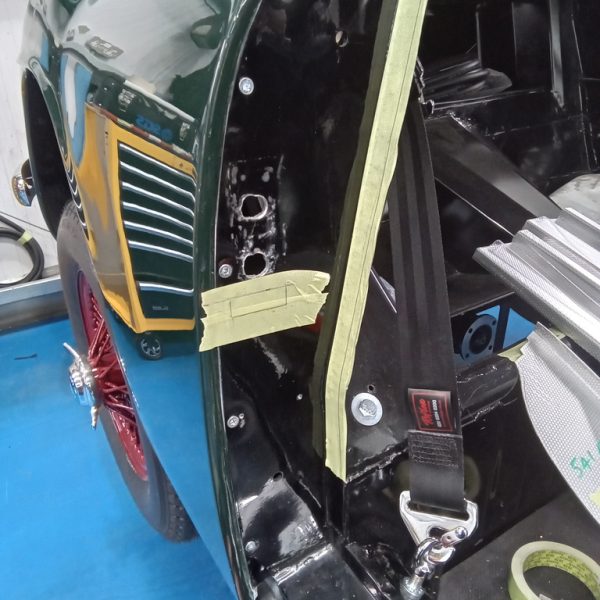
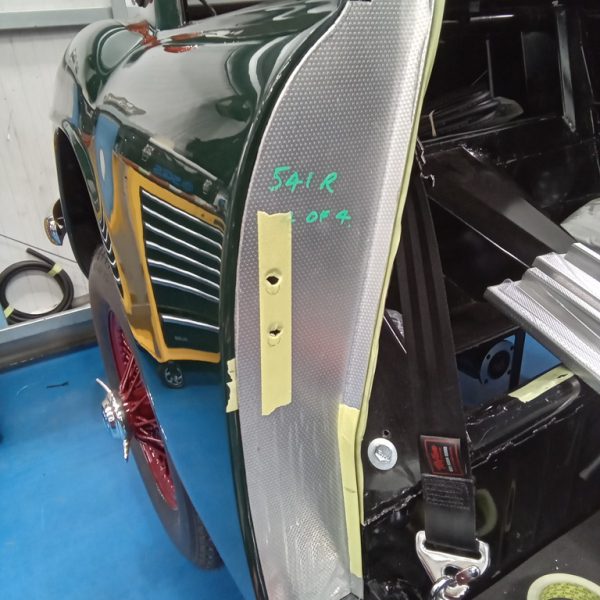
Bridge Classic Cars are award winning Classic Car Restoration and Maintenance specialists. Your pride and joy is in safe hands with our expert Classic Car Technicians. Take a look at our awards here.
Leave a Reply